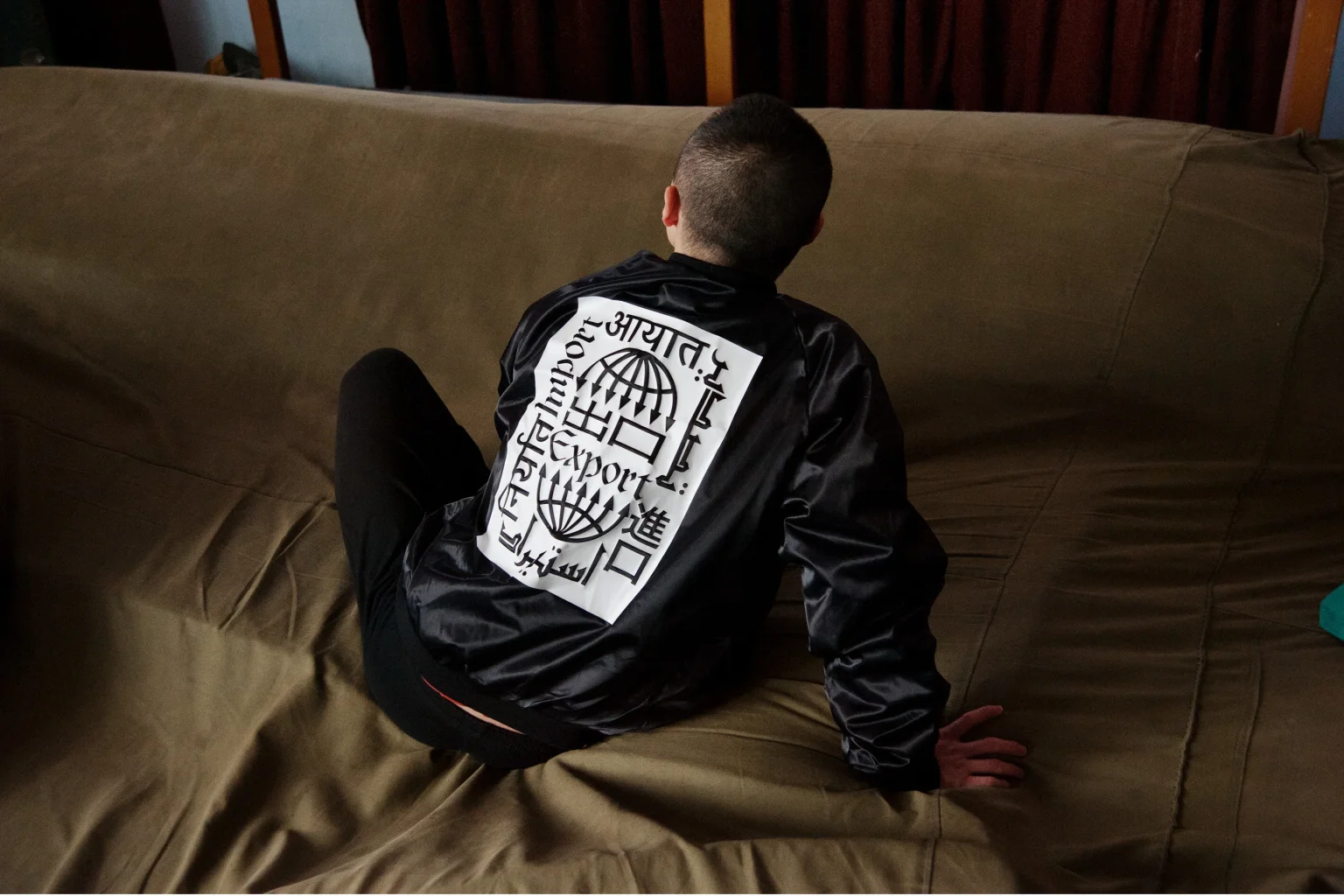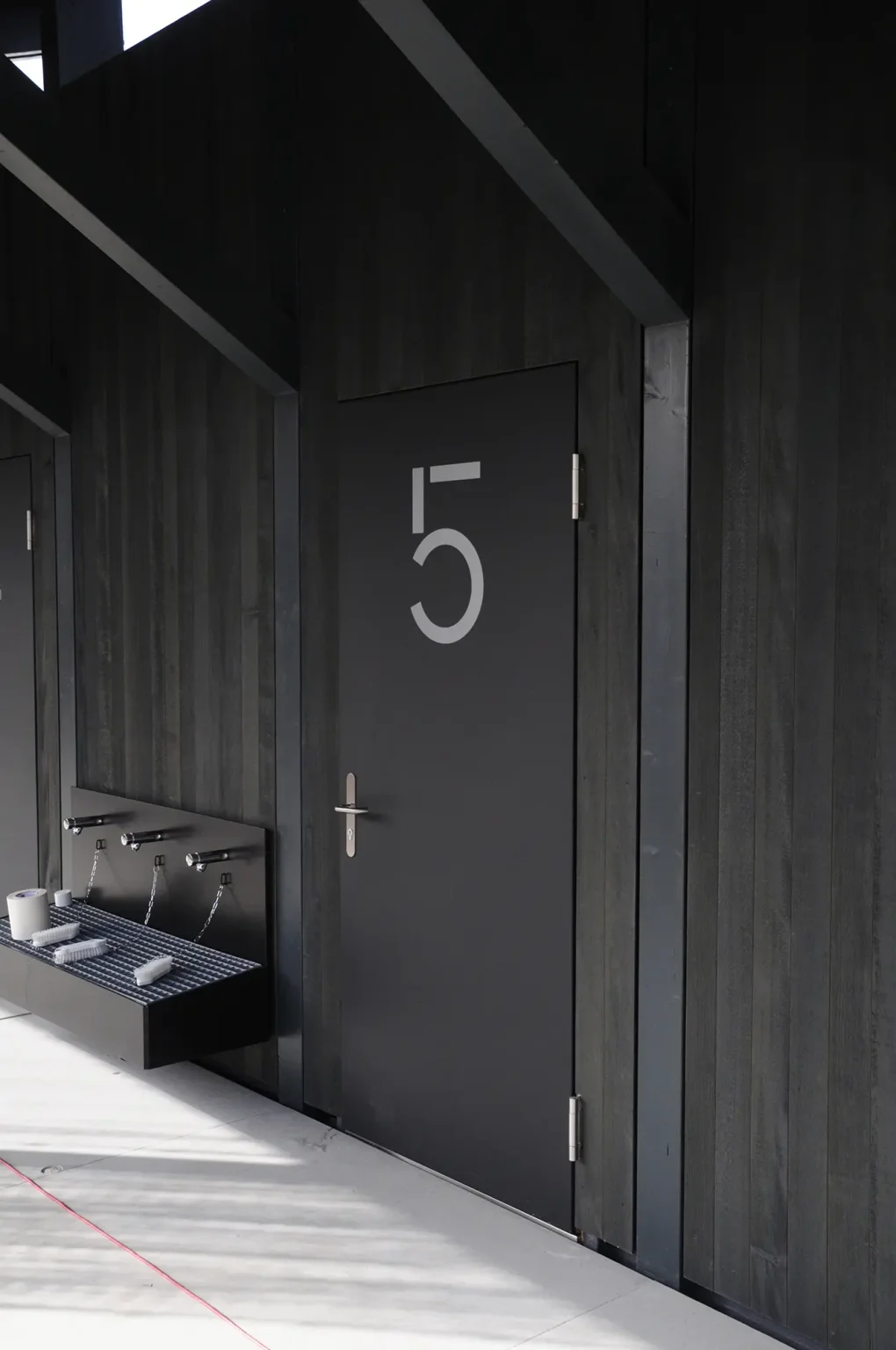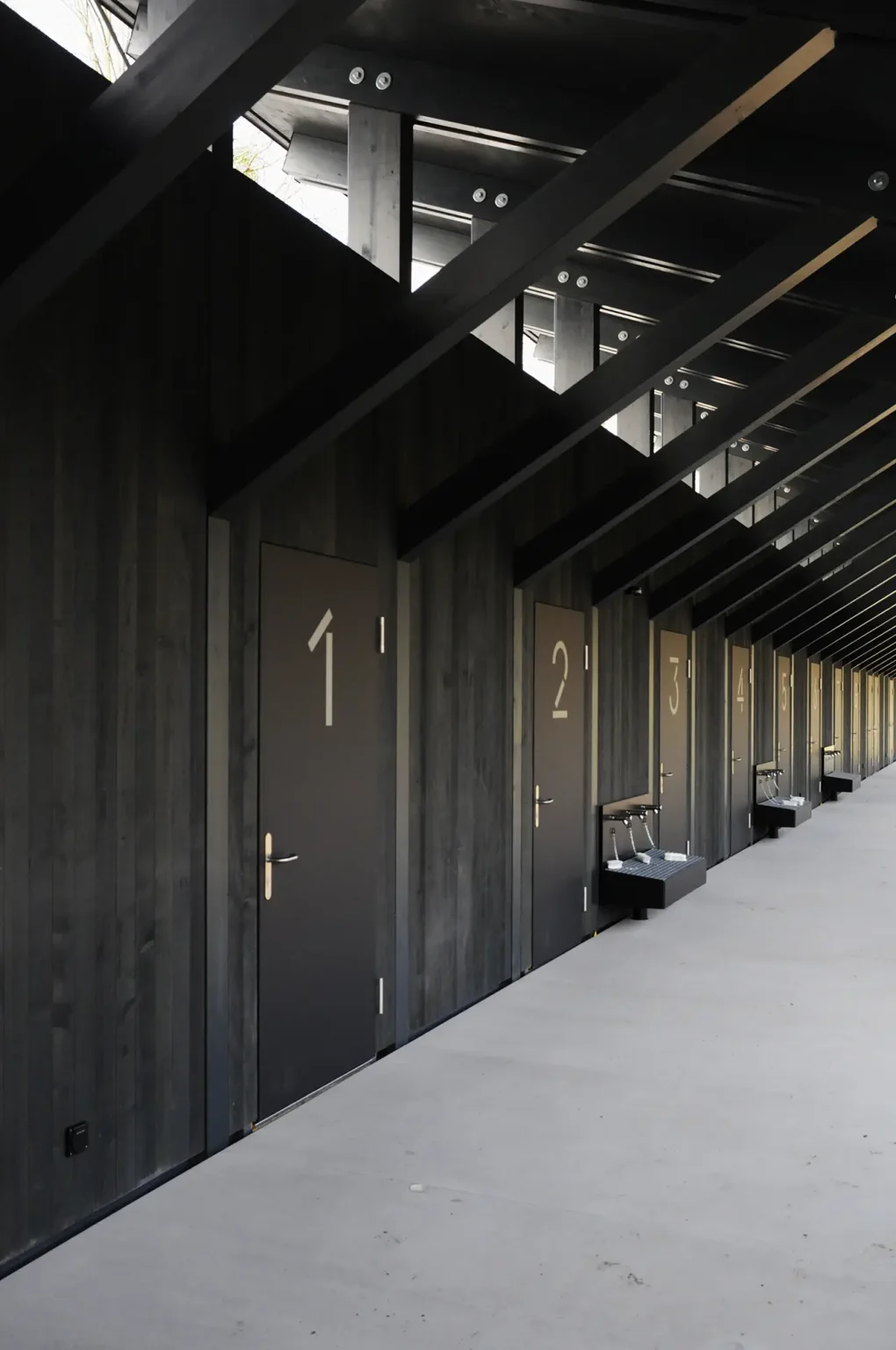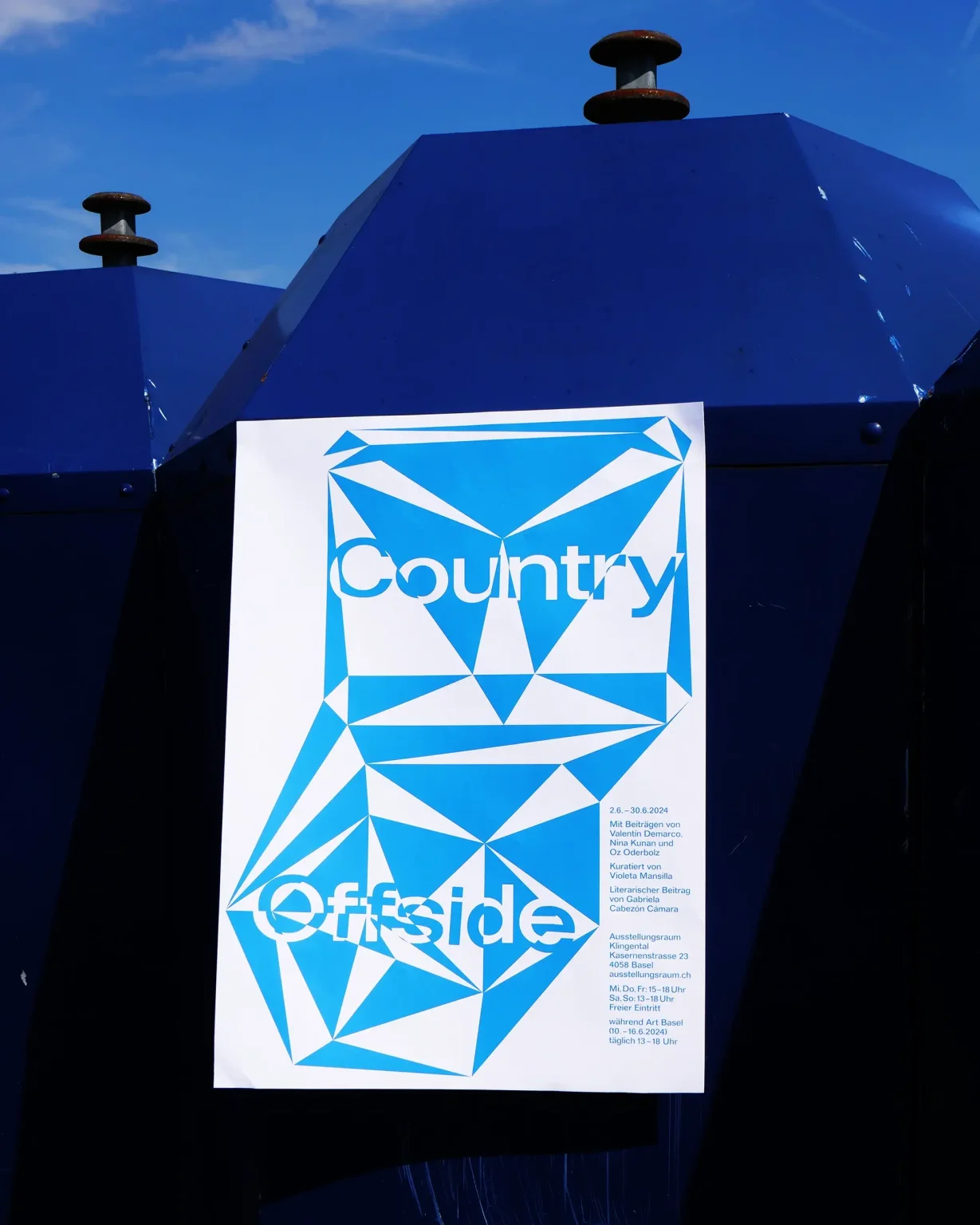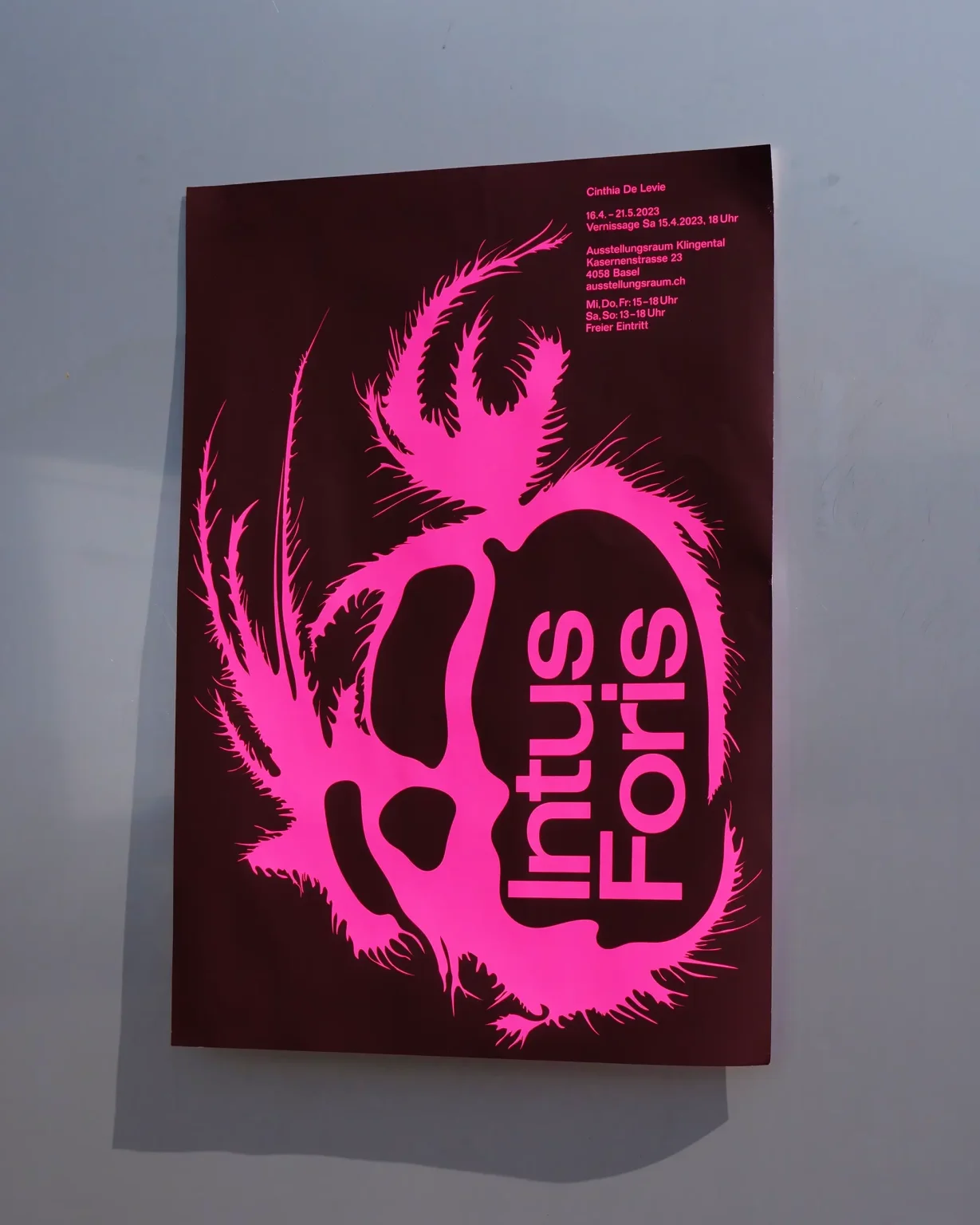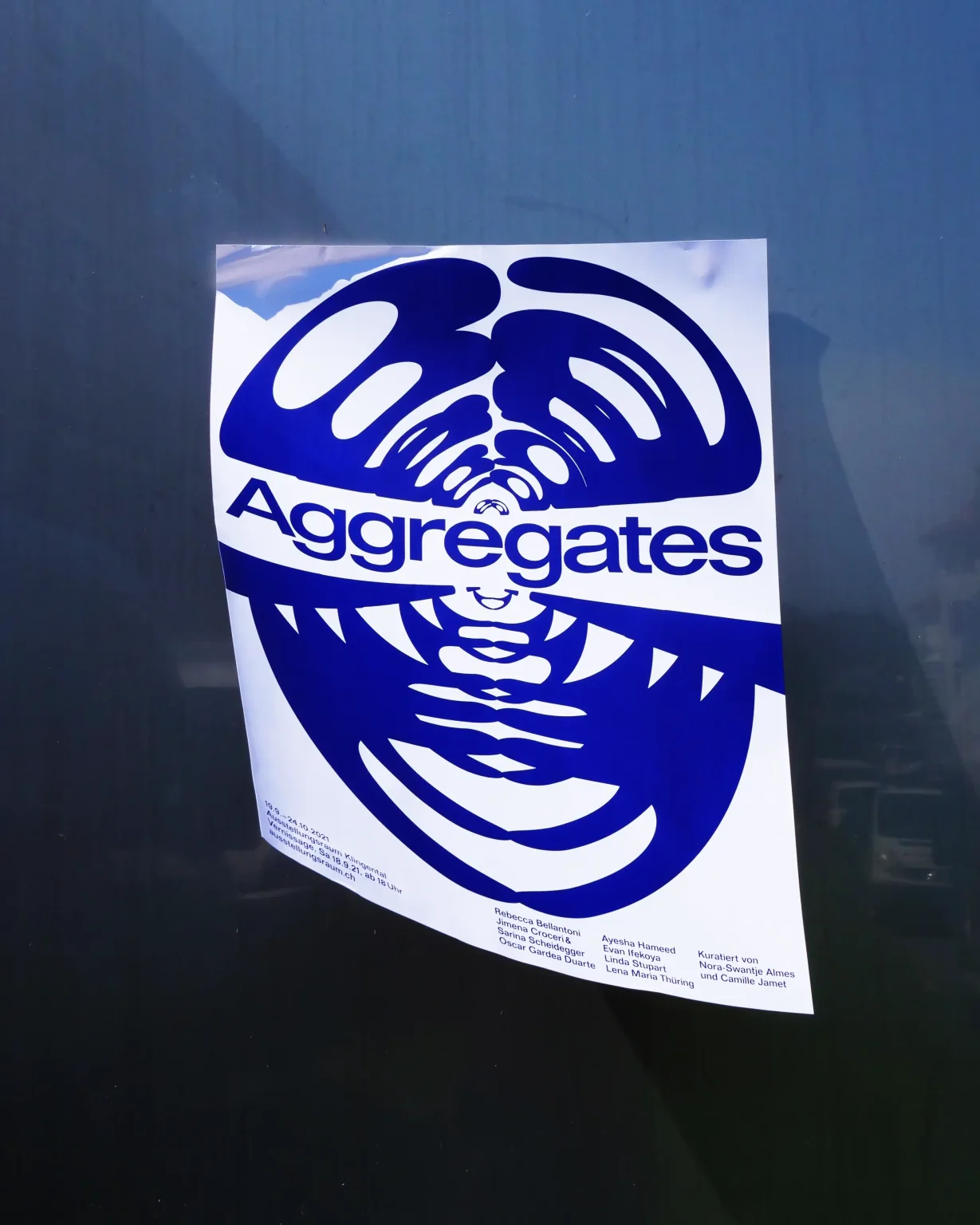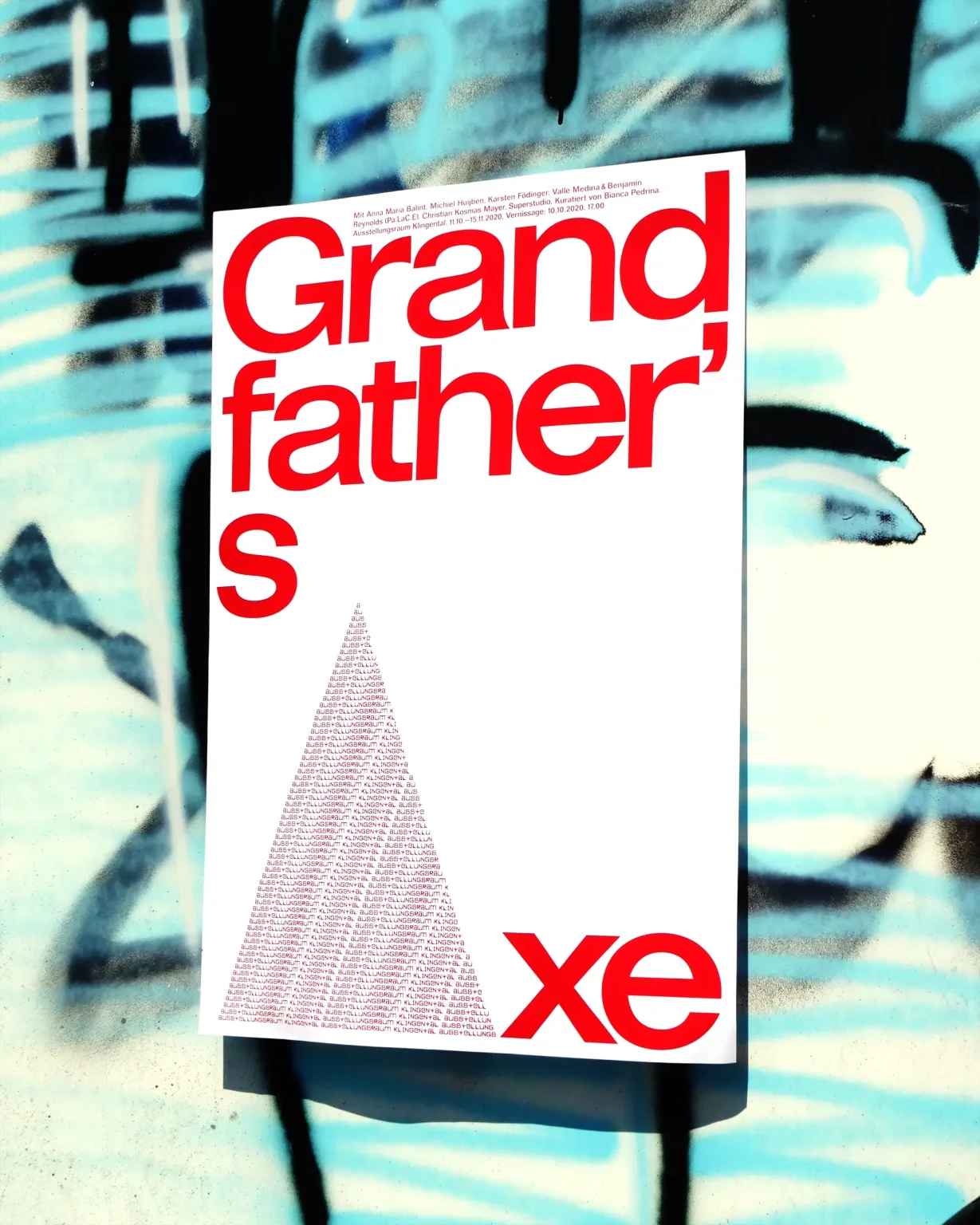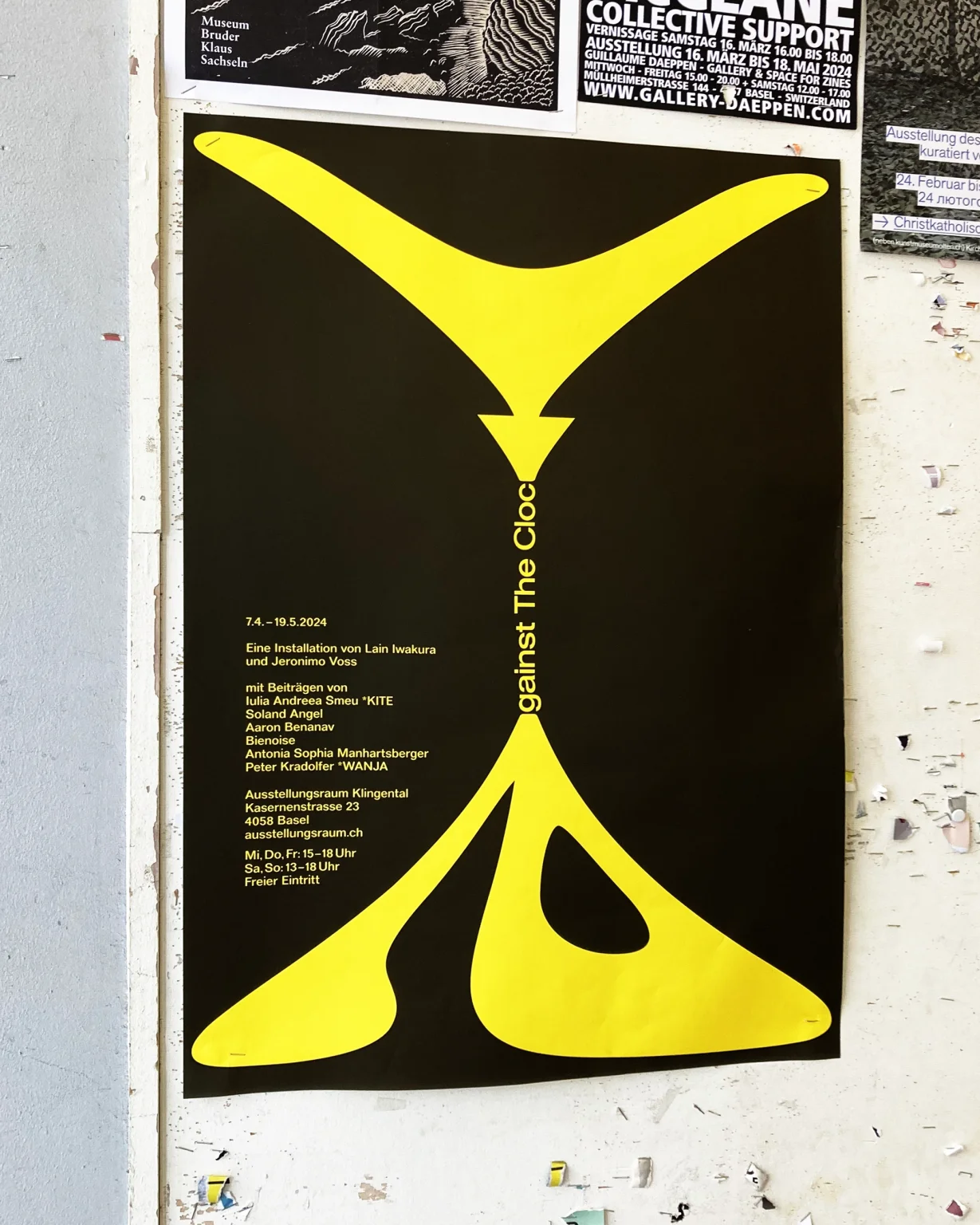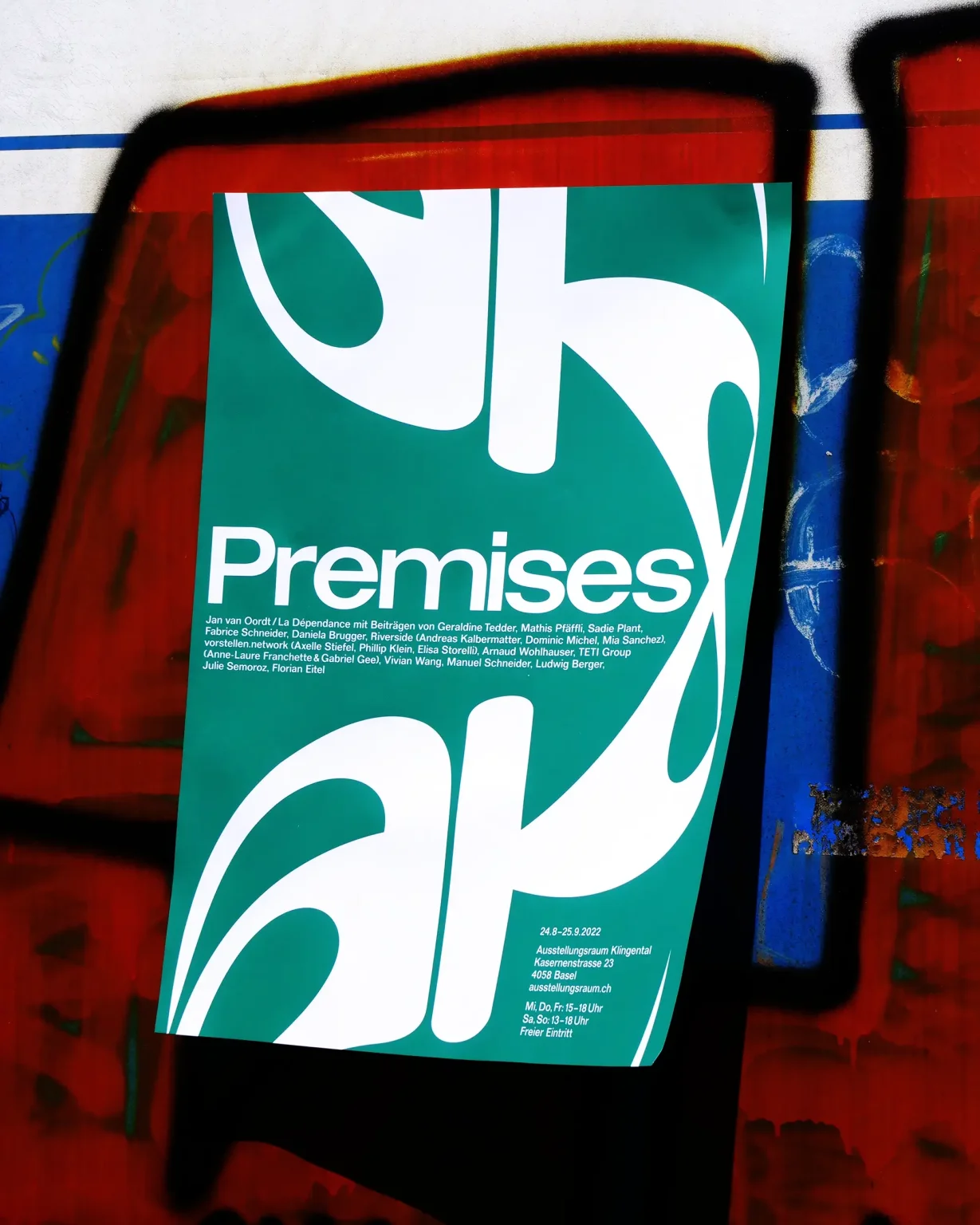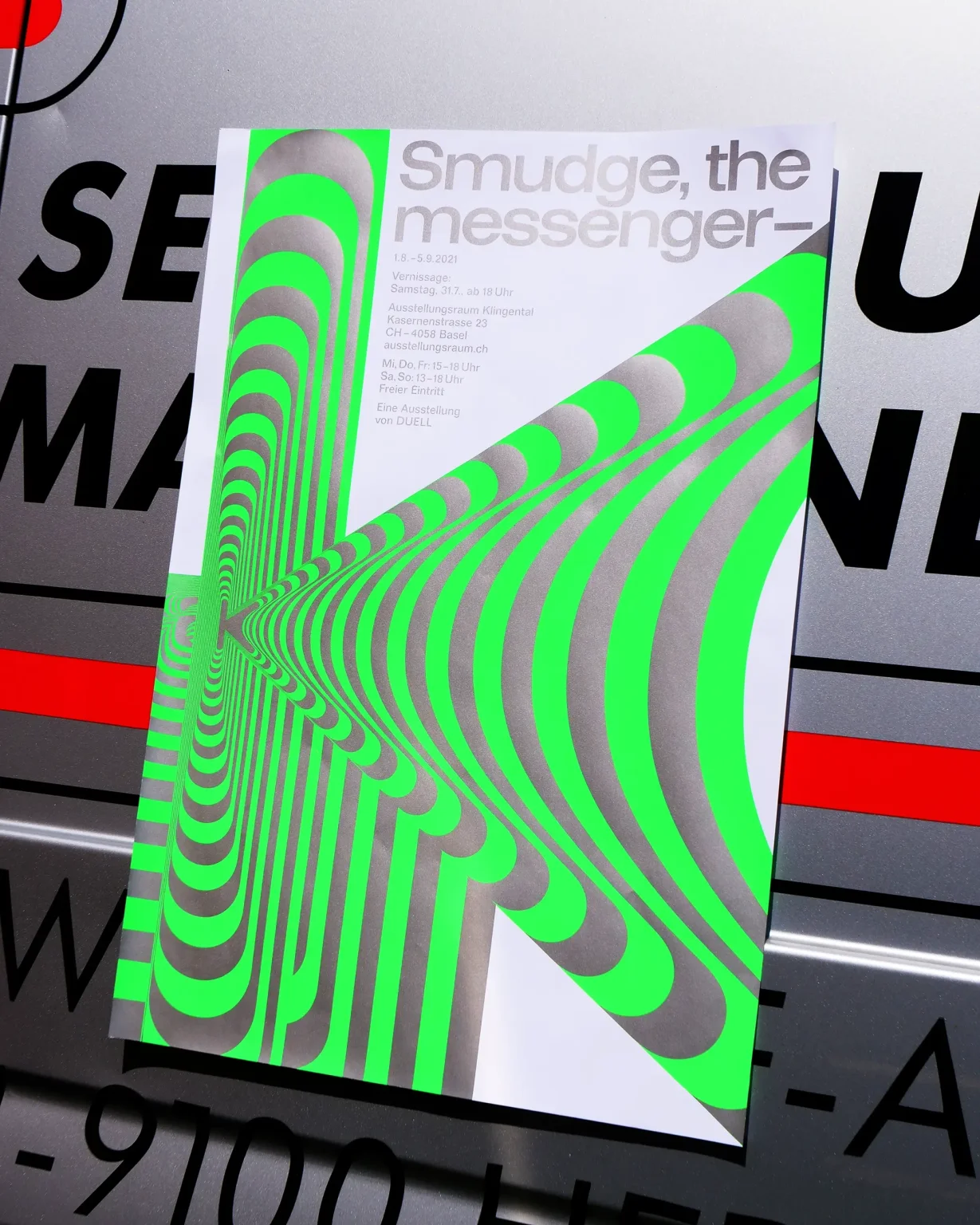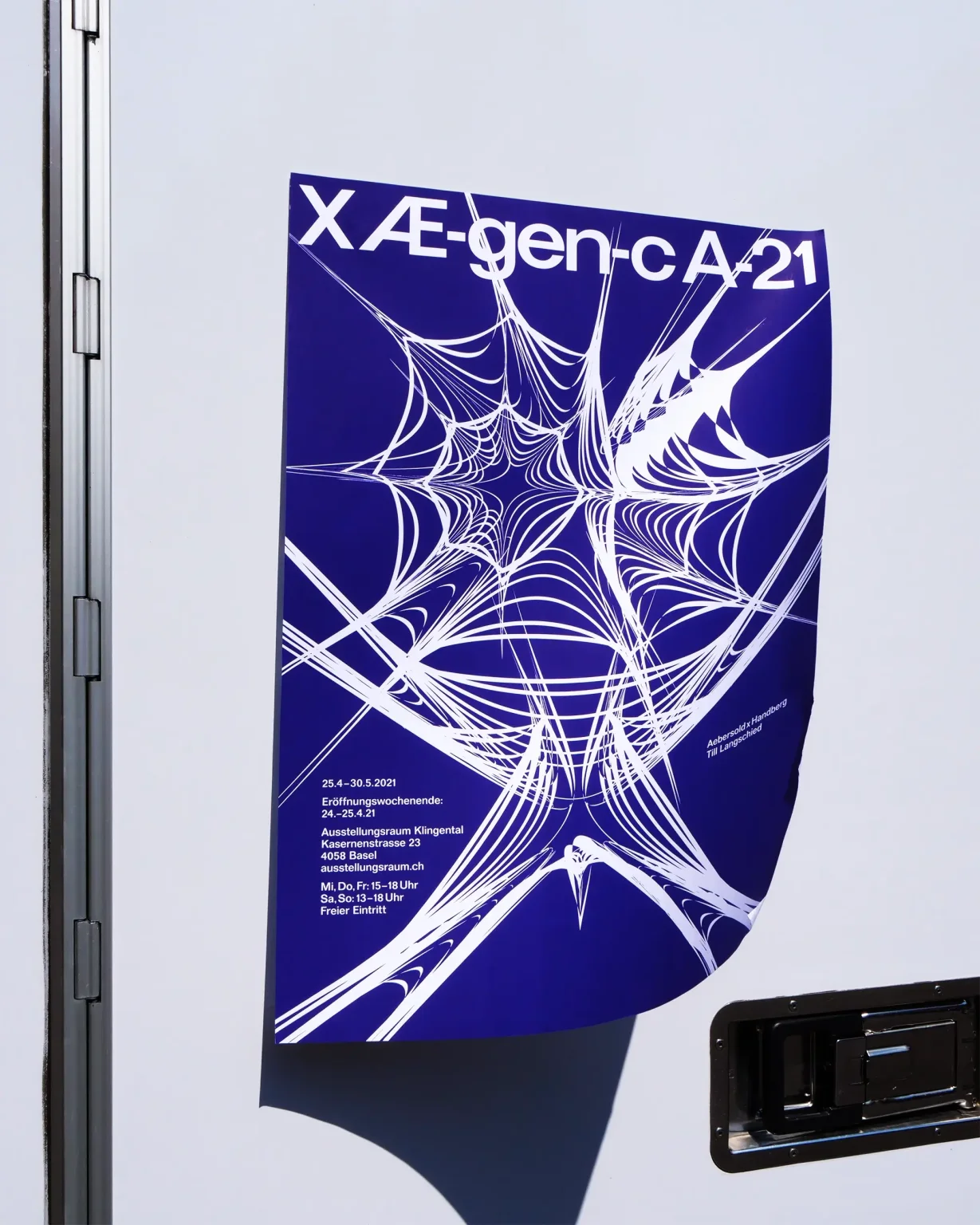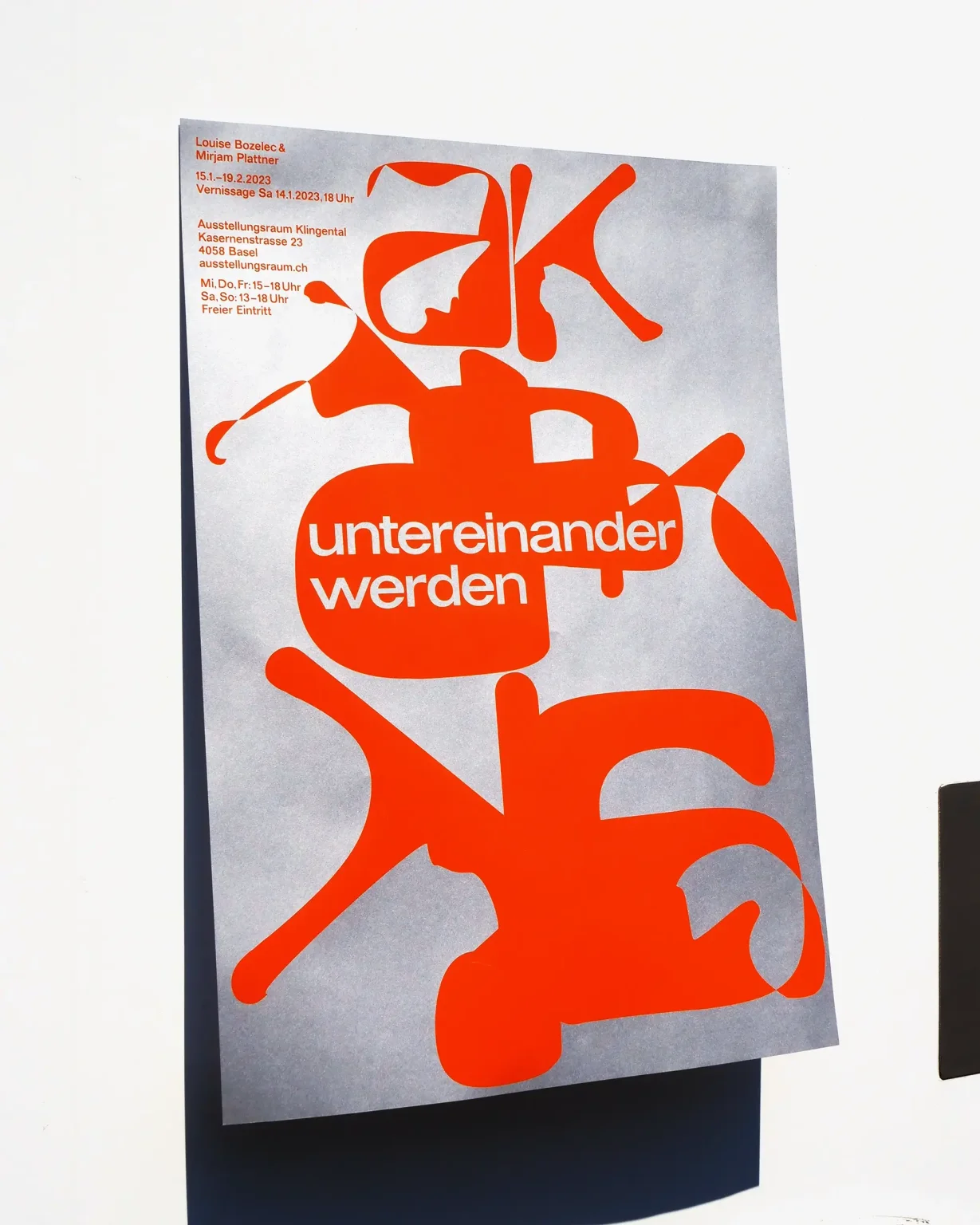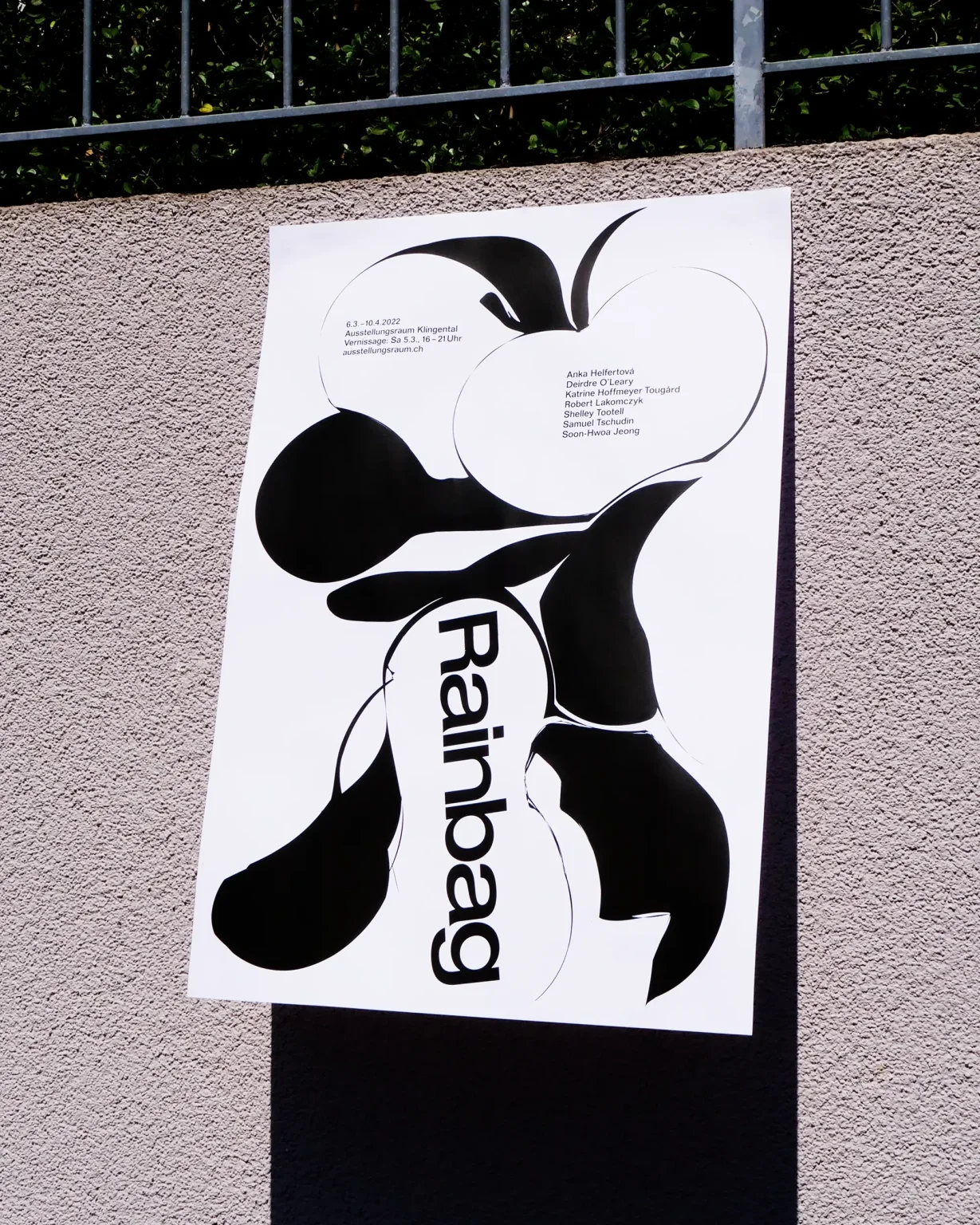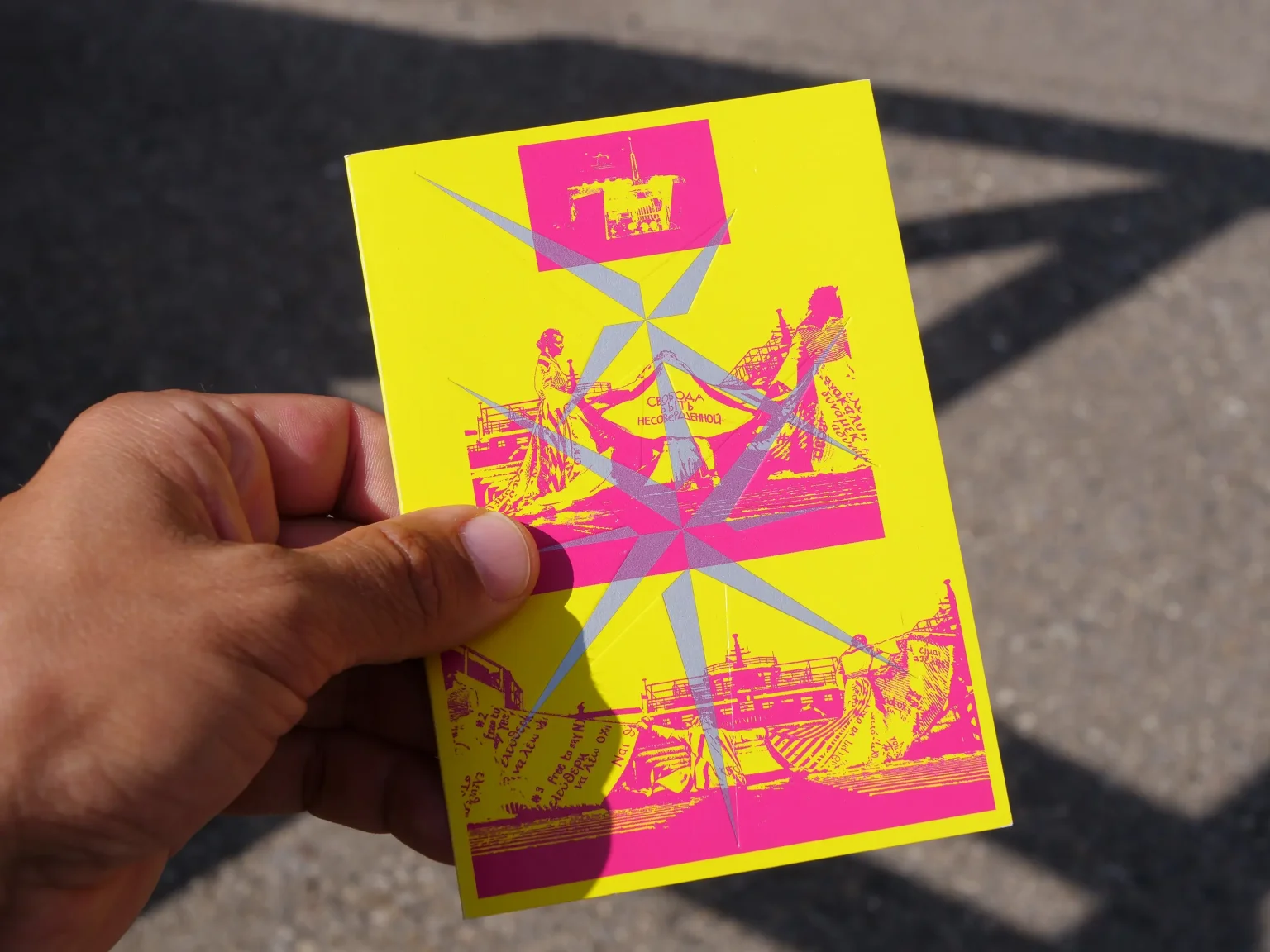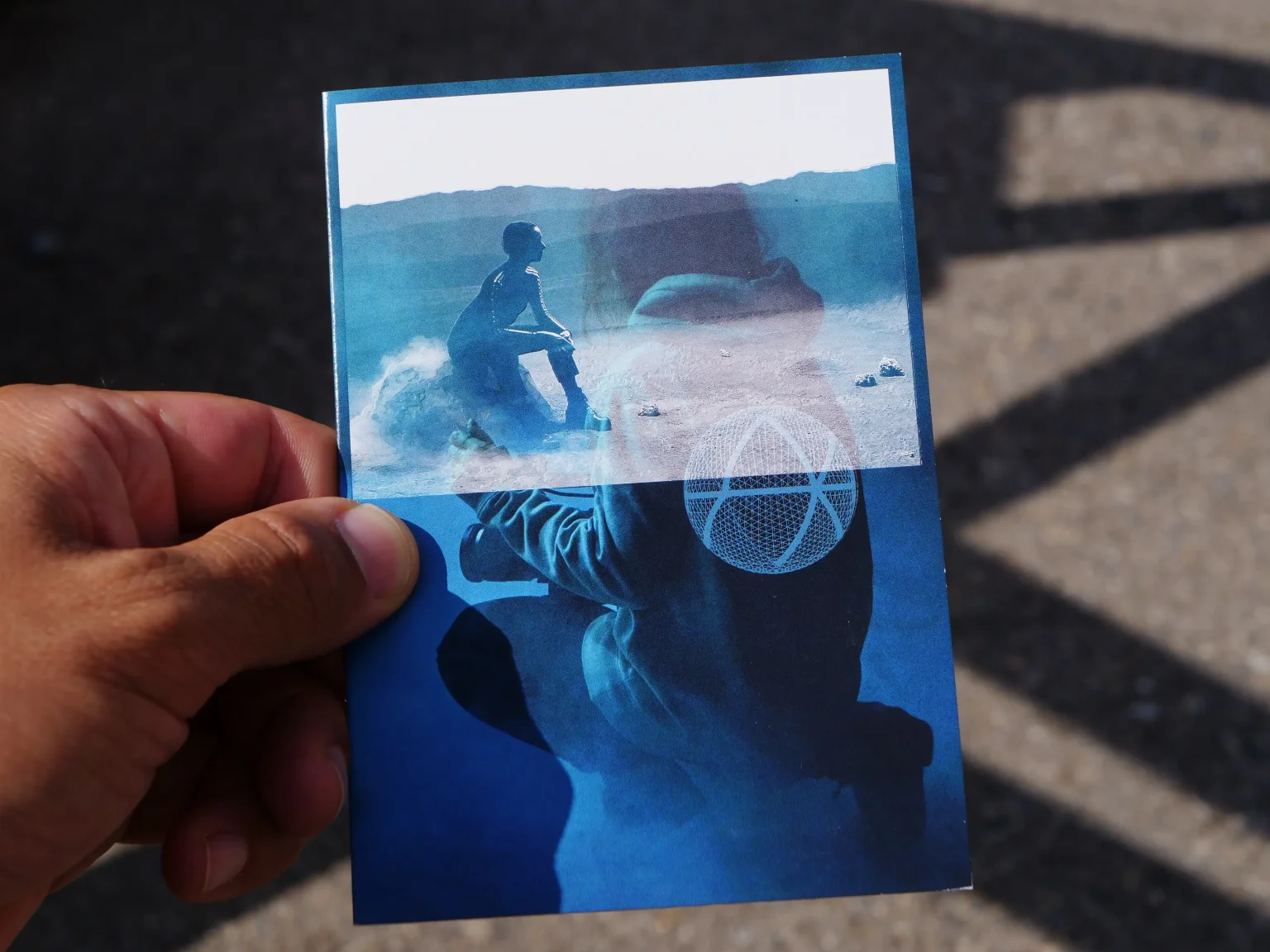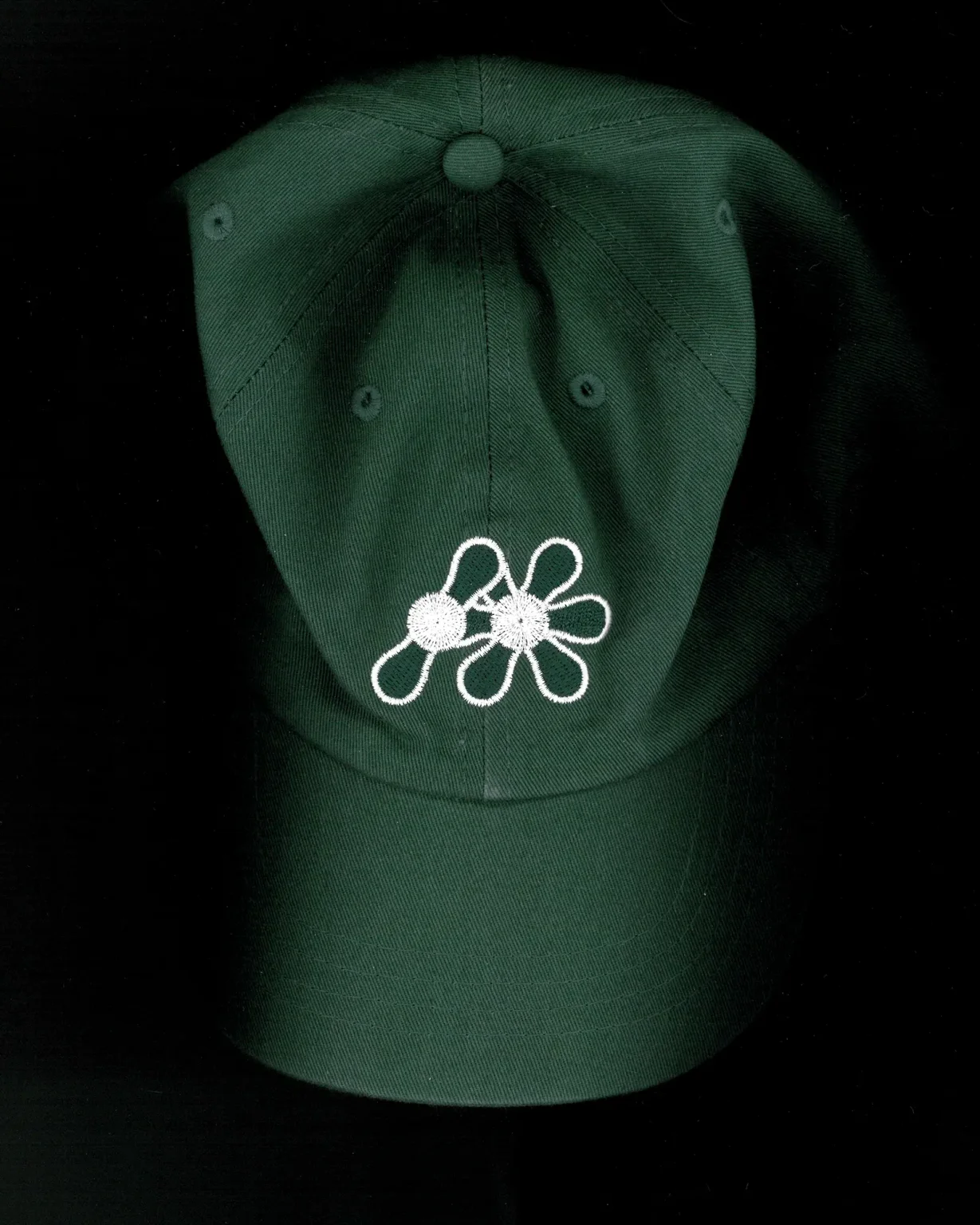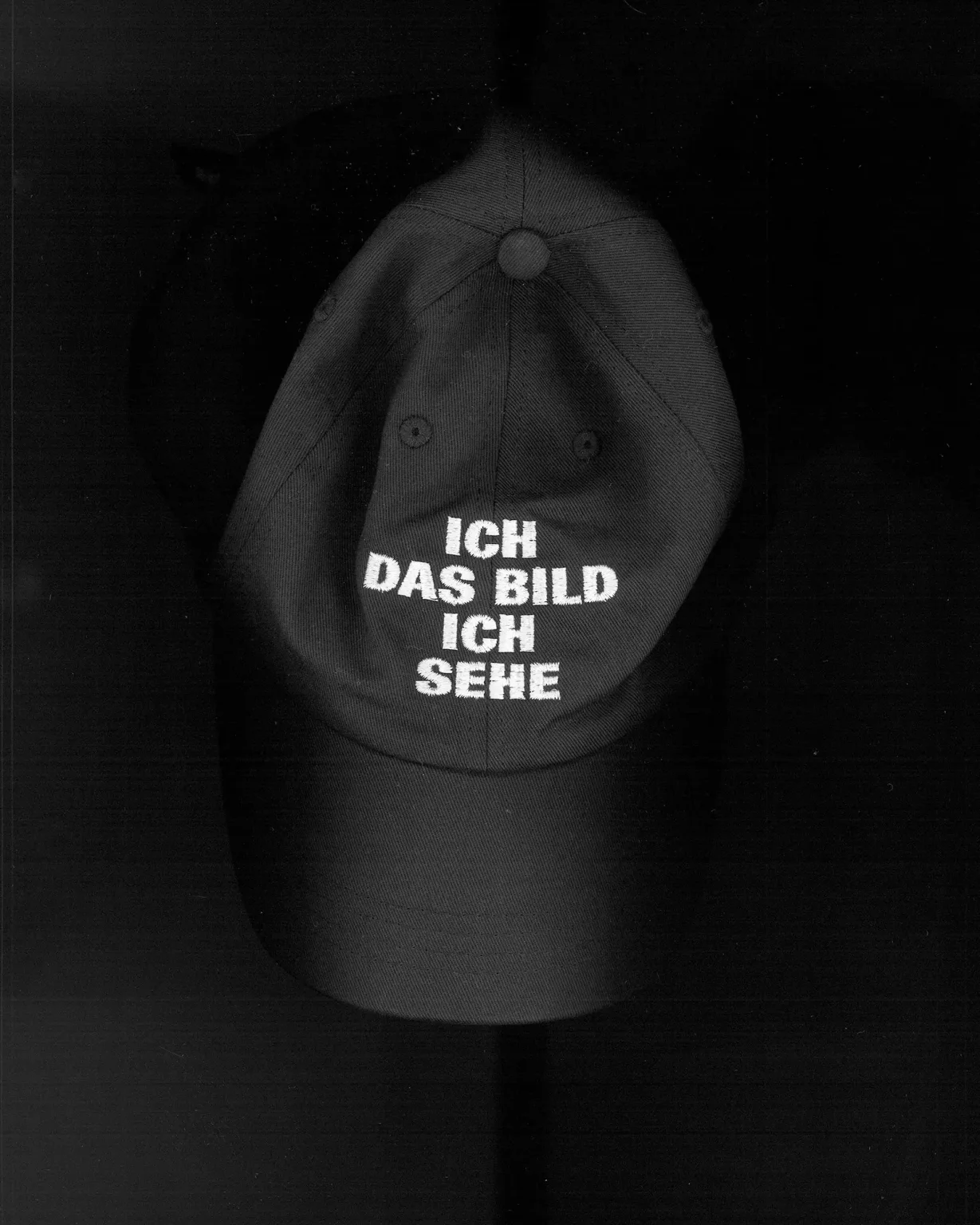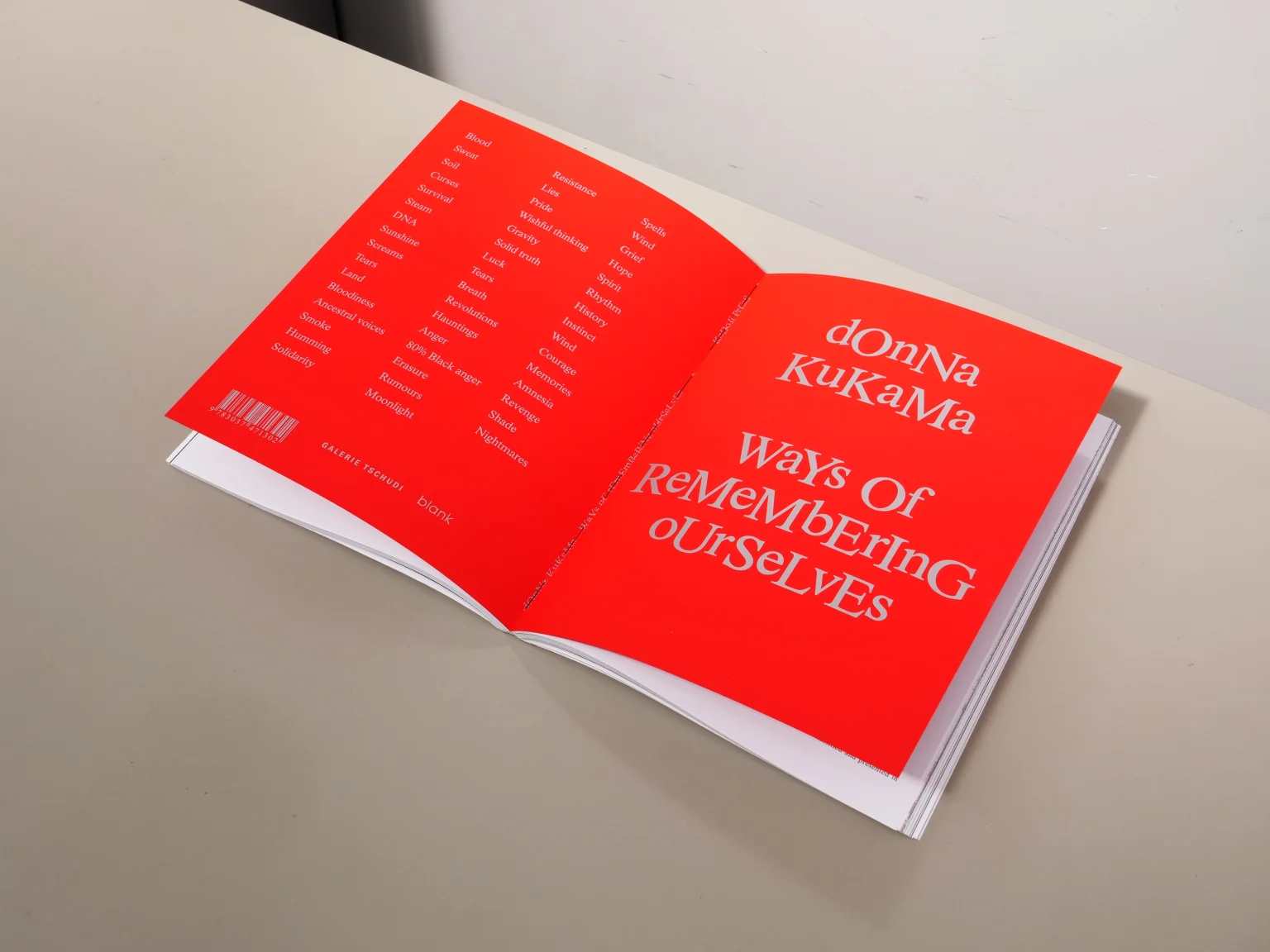
Donna Kukama – Ways of Remembering Ourselves, Galerie Tschudi & blank projects, Kodoji Press
(read moreless)donna Kukama’s diverse artistic practice is informed by history: «it’s history with a small h», says the artist in her interview with Khwezi Gule, «and it’s looking at ways of remembering ourselves». The publication includes a selection of her multi-disciplined work dating from 2006 to 2024. It is presented as a non-chronological survey that challenges the conventional book format in and of itself – opening at page 93, continuing to the colophon and title page before recommencing at page 1 in the middle of the binding – in the same way as Kukama routinely unravels accepted narratives around the institutions of art, education and documentation.
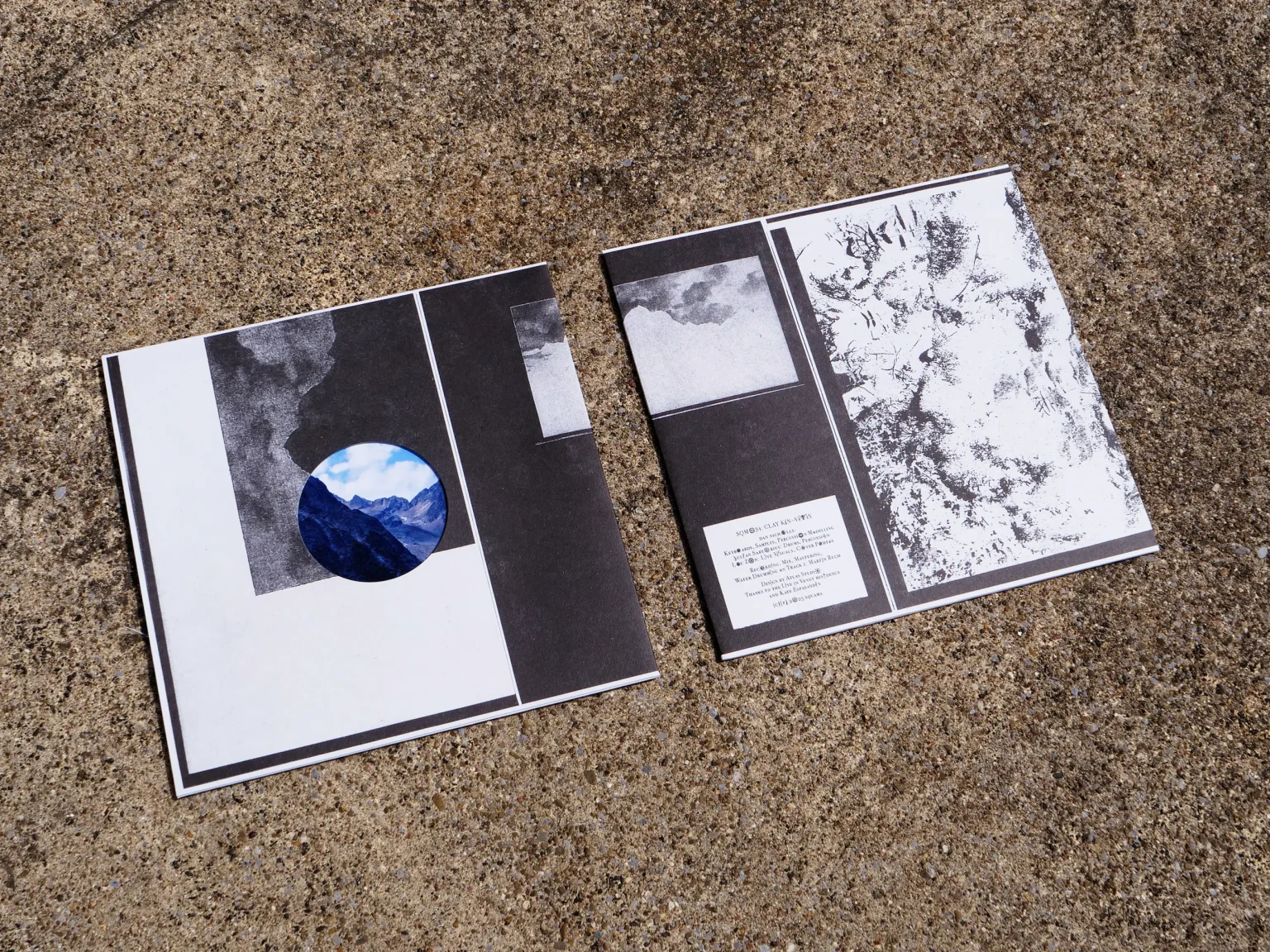
Clay Kin – Vevey, Squama Recordings
(read moreless)Clay Kin was born from a serendipitous meeting between Swiss percussionist Julian Sartorius and UK electronic artist Dan Nicholls. Sartorius is known for his intricate, tactile approach to percussion and his ability to create complex textures using only acoustic instruments. His previous work includes collaborations with Matthew Herbert, Valentina Magaletti, and Kae Tempest, as well as recording his own experimental albums and collections of field recordings. Nicholls, whose electronic manipulation of sound explores the boundaries between human expression and processed soundscapes, has worked with the likes of Squarepusher, Tom Skinner and Goldie, alongside public installation and live performance which explores the connections between sound, movement and community.
Invited to participate in a residency for Live in Vevey, Switzerland, they saw it as an opportunity to fully embrace their shared love for experimentation. Booked to play shows in the evenings, Sartorius and Nicholls set out to record in various outdoor locations during the day, documented on film by Louise and recorded by Martin Ruch in surround sound. Over several days, the group embarked on a sonic pilgrimage, recording in diverse, unpredictable environments. The first day saw them drifting on a pedalo boat on a lake. The next day, they took Sartorius’ van into the mountains, setting up in a dense forest. With a 50 meter cable running from the van to Nicholls’ synths, along with Sartorius’ percussive explorations resonating through the trees, the forest became their studio. Ruch moved with the music, sometimes approaching from 20 or 30 metres away, giving the listener the visceral sensation of walking into the sound; a feeling captured at the start of the album’s opening track.
They had never planned to make an album yet through pure improvisation and spontaneity, Clay Kin have crafted Vevey. An album of seven tracks, distilled from over seven hours of improvised percussion and electronics. Recorded mostly outdoors––on pedalo boats, up mountains and deep in forests near the namesake Swiss town of Vevey, it is imbued with the soft fascination of birdsong, rushing water and chattering children.
Keyboards, Samples, Percussion Modelling by Dan Nicholls
Drums, Percussion by Julian Sartorius
Recording, Mix and Mastering, Water Drumming on Track 1 by Martin Ruch
Live Visuals by Lou Zon
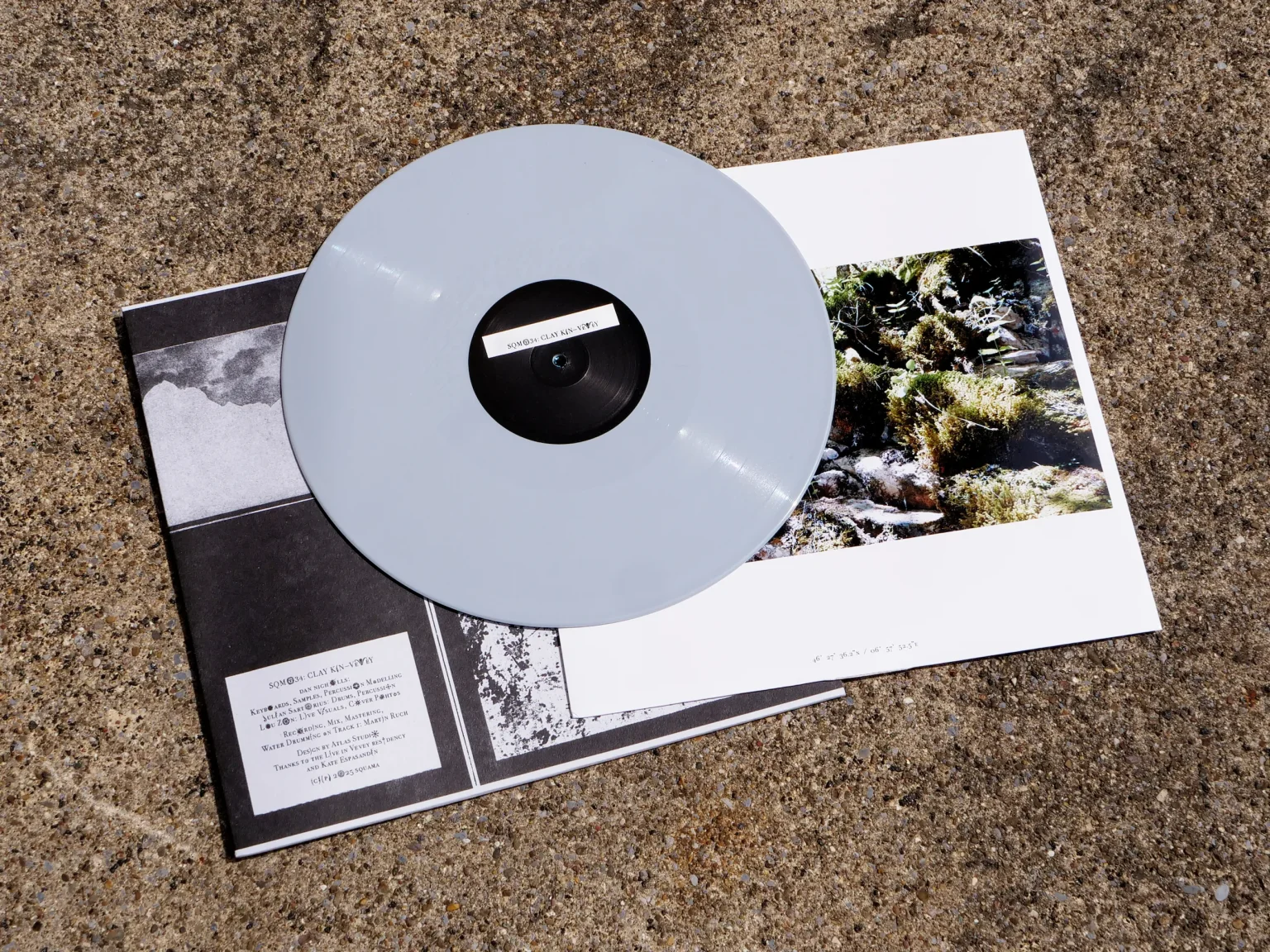
Clay Kin – Vevey, Squama Recordings
(read moreless)Clay Kin was born from a serendipitous meeting between Swiss percussionist Julian Sartorius and UK electronic artist Dan Nicholls. Sartorius is known for his intricate, tactile approach to percussion and his ability to create complex textures using only acoustic instruments. His previous work includes collaborations with Matthew Herbert, Valentina Magaletti, and Kae Tempest, as well as recording his own experimental albums and collections of field recordings. Nicholls, whose electronic manipulation of sound explores the boundaries between human expression and processed soundscapes, has worked with the likes of Squarepusher, Tom Skinner and Goldie, alongside public installation and live performance which explores the connections between sound, movement and community.
Invited to participate in a residency for Live in Vevey, Switzerland, they saw it as an opportunity to fully embrace their shared love for experimentation. Booked to play shows in the evenings, Sartorius and Nicholls set out to record in various outdoor locations during the day, documented on film by Louise and recorded by Martin Ruch in surround sound. Over several days, the group embarked on a sonic pilgrimage, recording in diverse, unpredictable environments. The first day saw them drifting on a pedalo boat on a lake. The next day, they took Sartorius’ van into the mountains, setting up in a dense forest. With a 50 meter cable running from the van to Nicholls’ synths, along with Sartorius’ percussive explorations resonating through the trees, the forest became their studio. Ruch moved with the music, sometimes approaching from 20 or 30 metres away, giving the listener the visceral sensation of walking into the sound; a feeling captured at the start of the album’s opening track.
They had never planned to make an album yet through pure improvisation and spontaneity, Clay Kin have crafted Vevey. An album of seven tracks, distilled from over seven hours of improvised percussion and electronics. Recorded mostly outdoors––on pedalo boats, up mountains and deep in forests near the namesake Swiss town of Vevey, it is imbued with the soft fascination of birdsong, rushing water and chattering children.
Keyboards, Samples, Percussion Modelling by Dan Nicholls
Drums, Percussion by Julian Sartorius
Recording, Mix and Mastering, Water Drumming on Track 1 by Martin Ruch
Live Visuals by Lou Zon
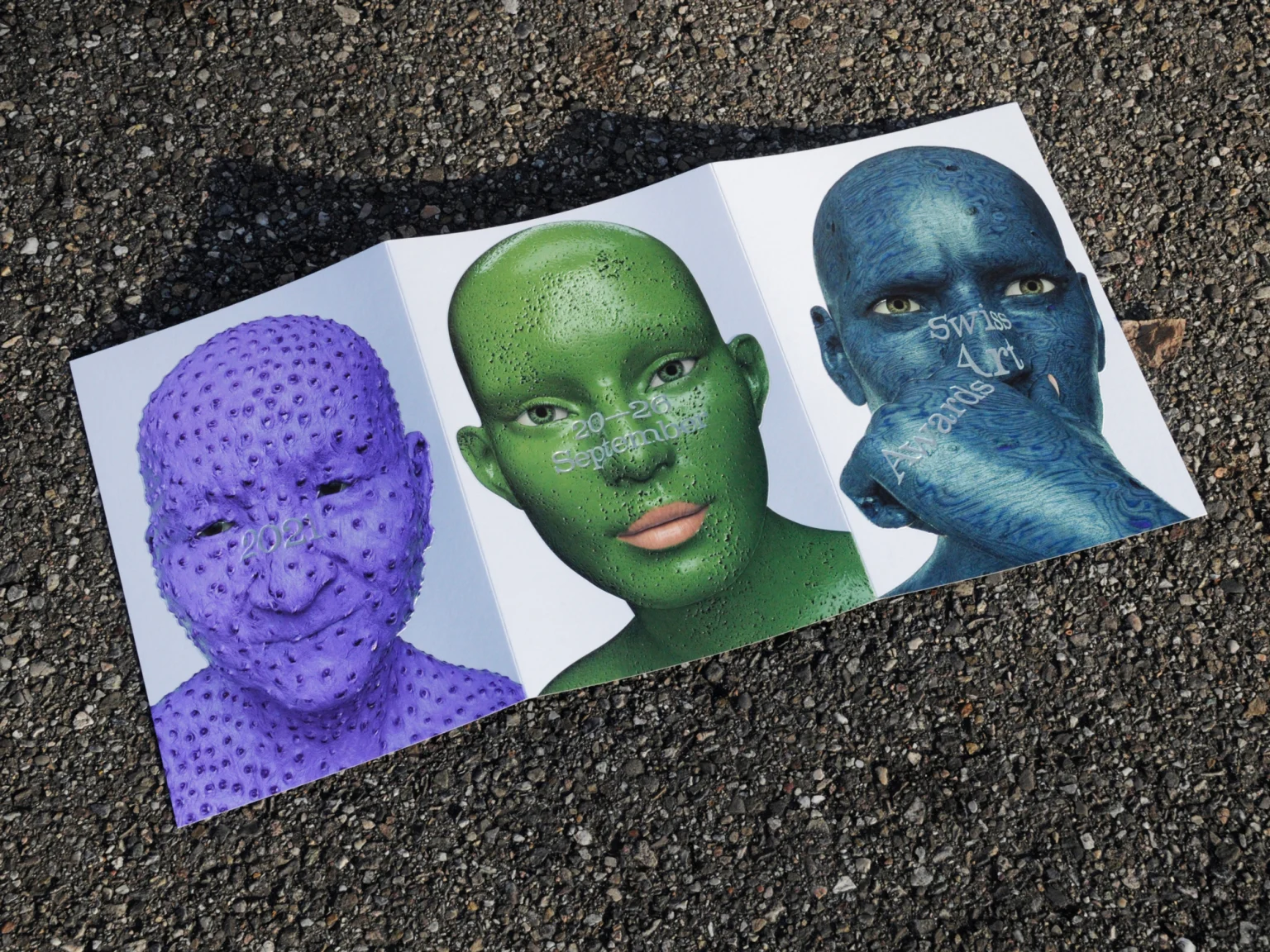
Swiss Art Awards 2021, visual identity and printed matter, Swiss Federal Office of Culture FOC
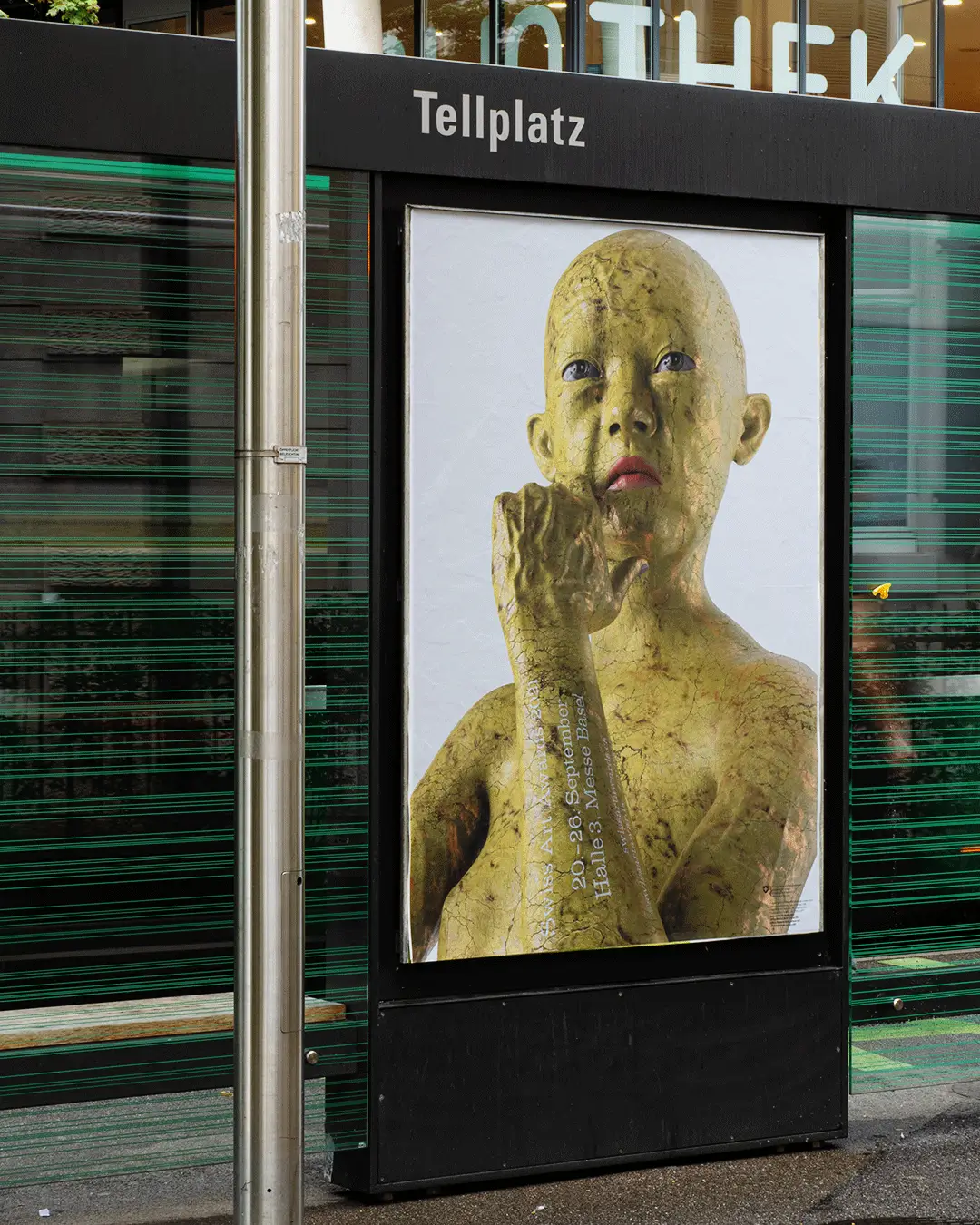
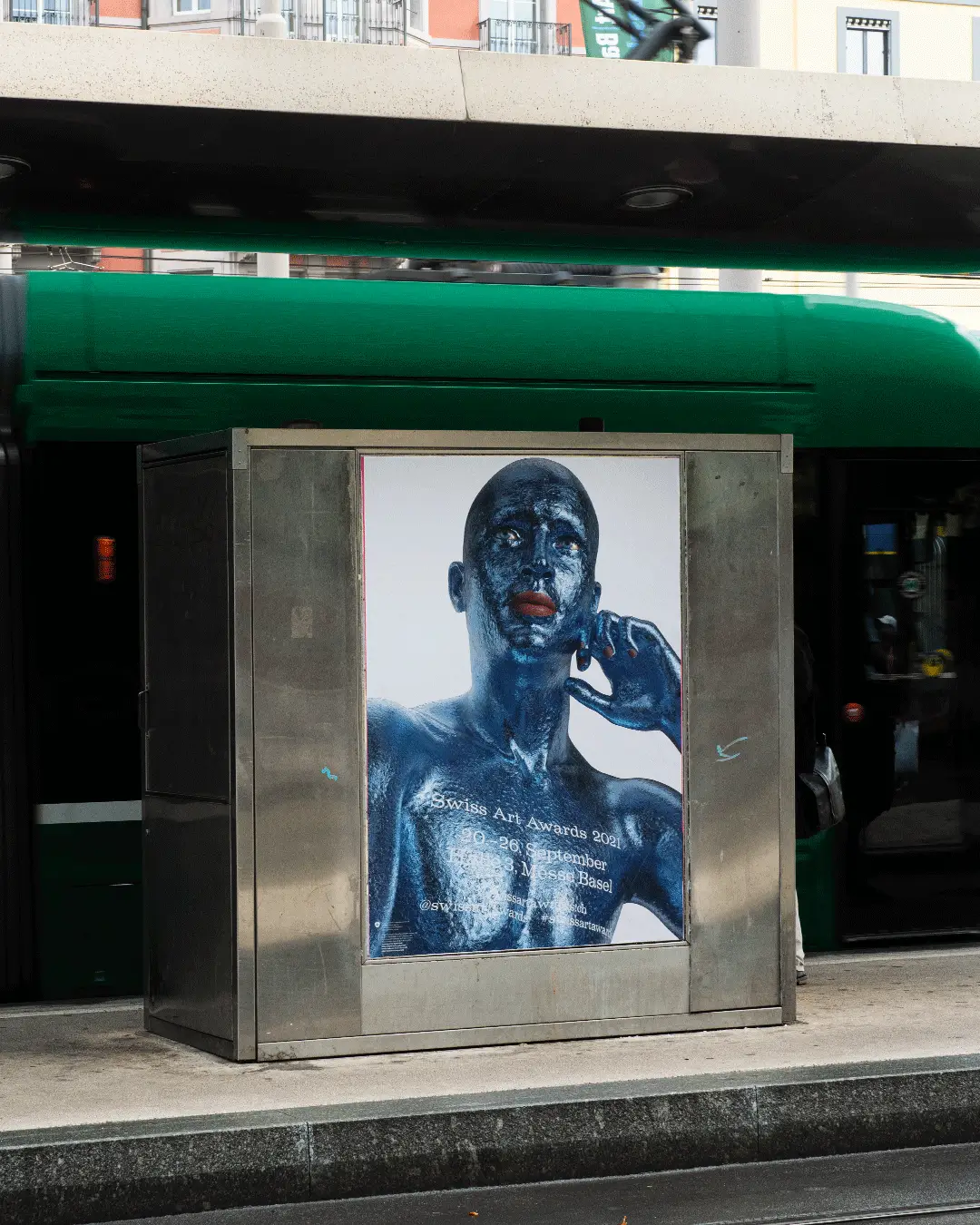
Swiss Art Awards 2021, visual identity and printed matter, Swiss Federal Office of Culture FOC
Swiss Art Awards 2021, visual identity and printed matter, Swiss Federal Office of Culture FOC
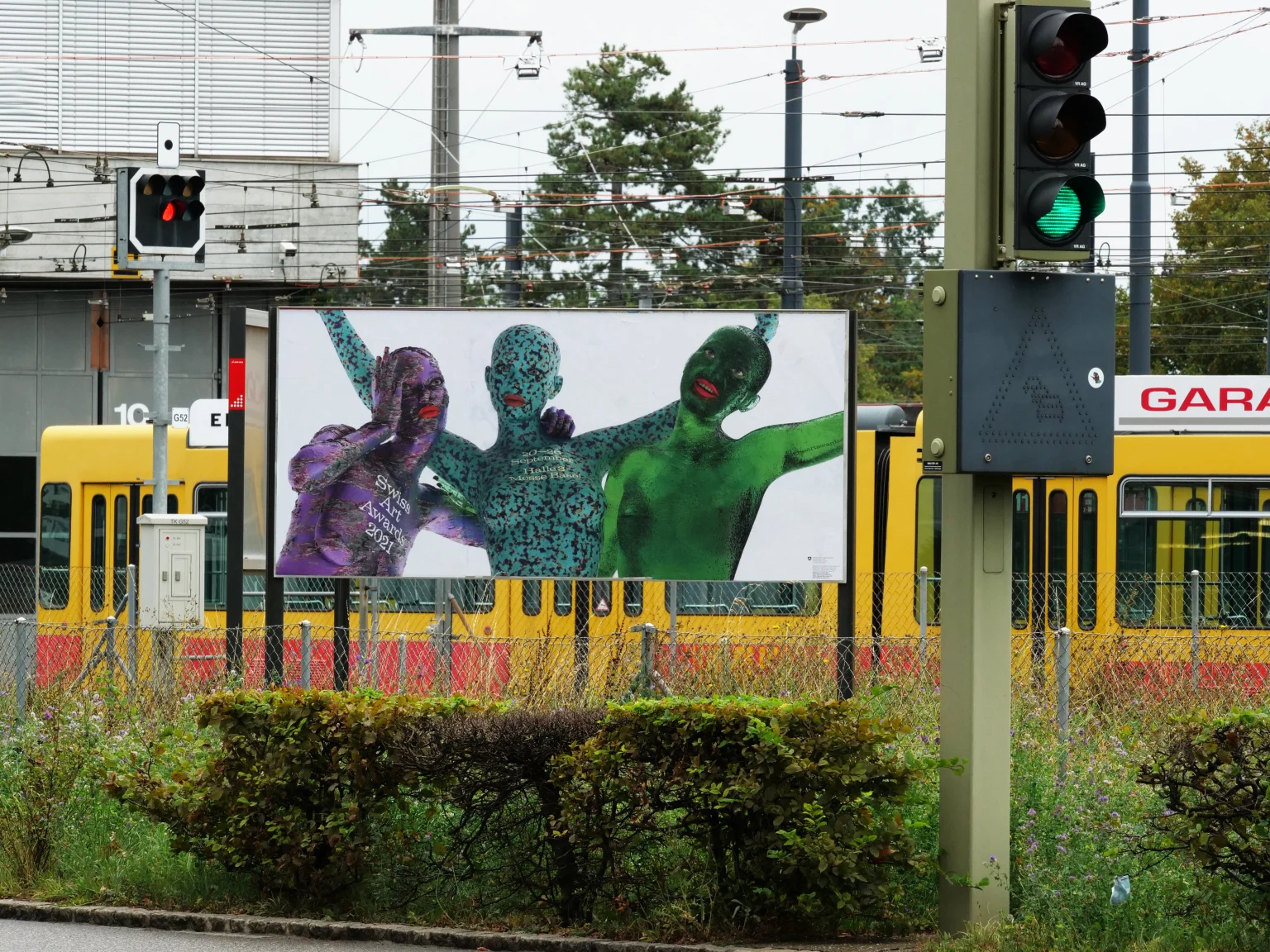
Swiss Art Awards 2021, visual identity and printed matter, Swiss Federal Office of Culture FOC
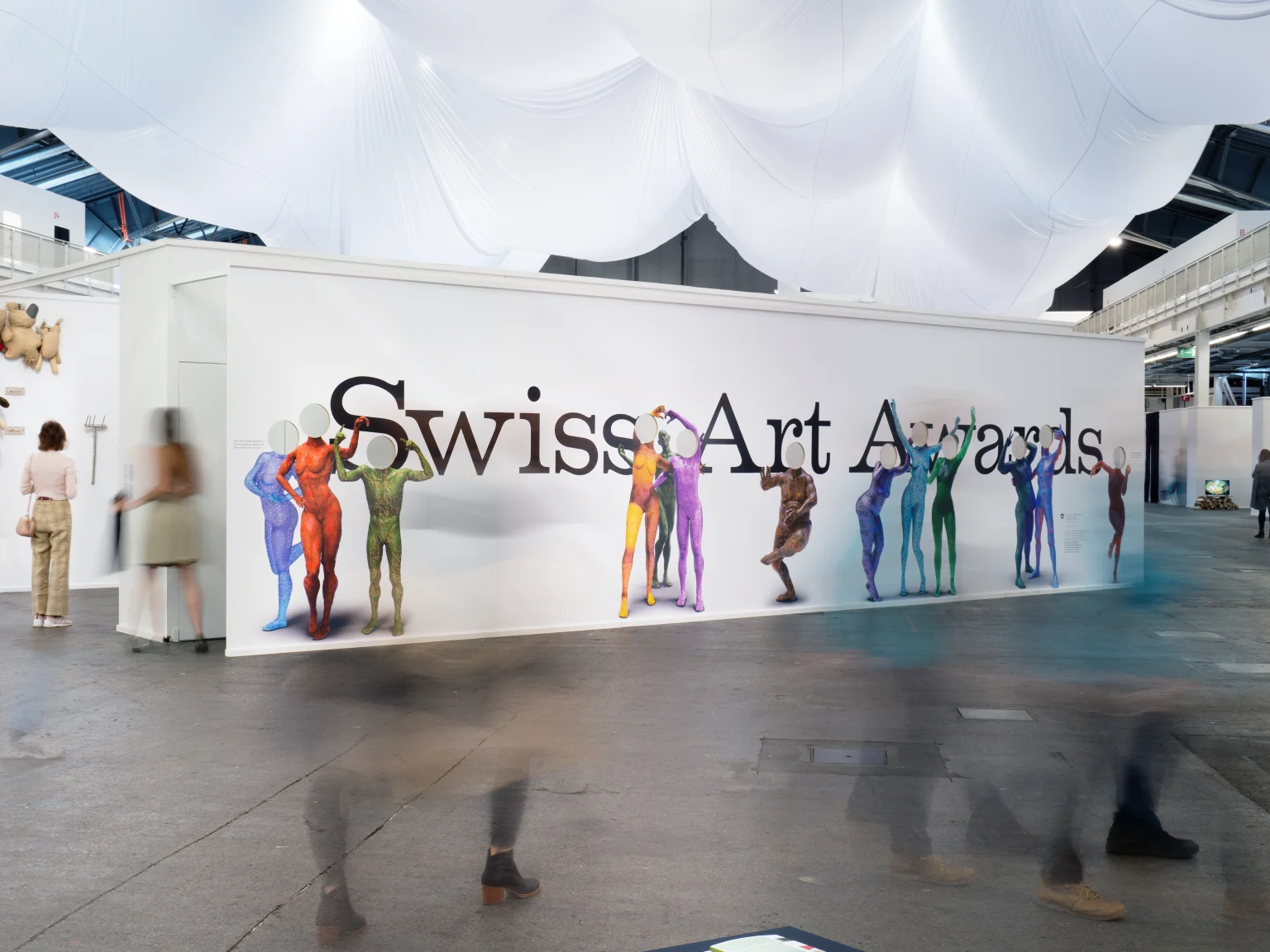
Swiss Art Awards 2021, visual identity and printed matter, Swiss Federal Office of Culture FOC
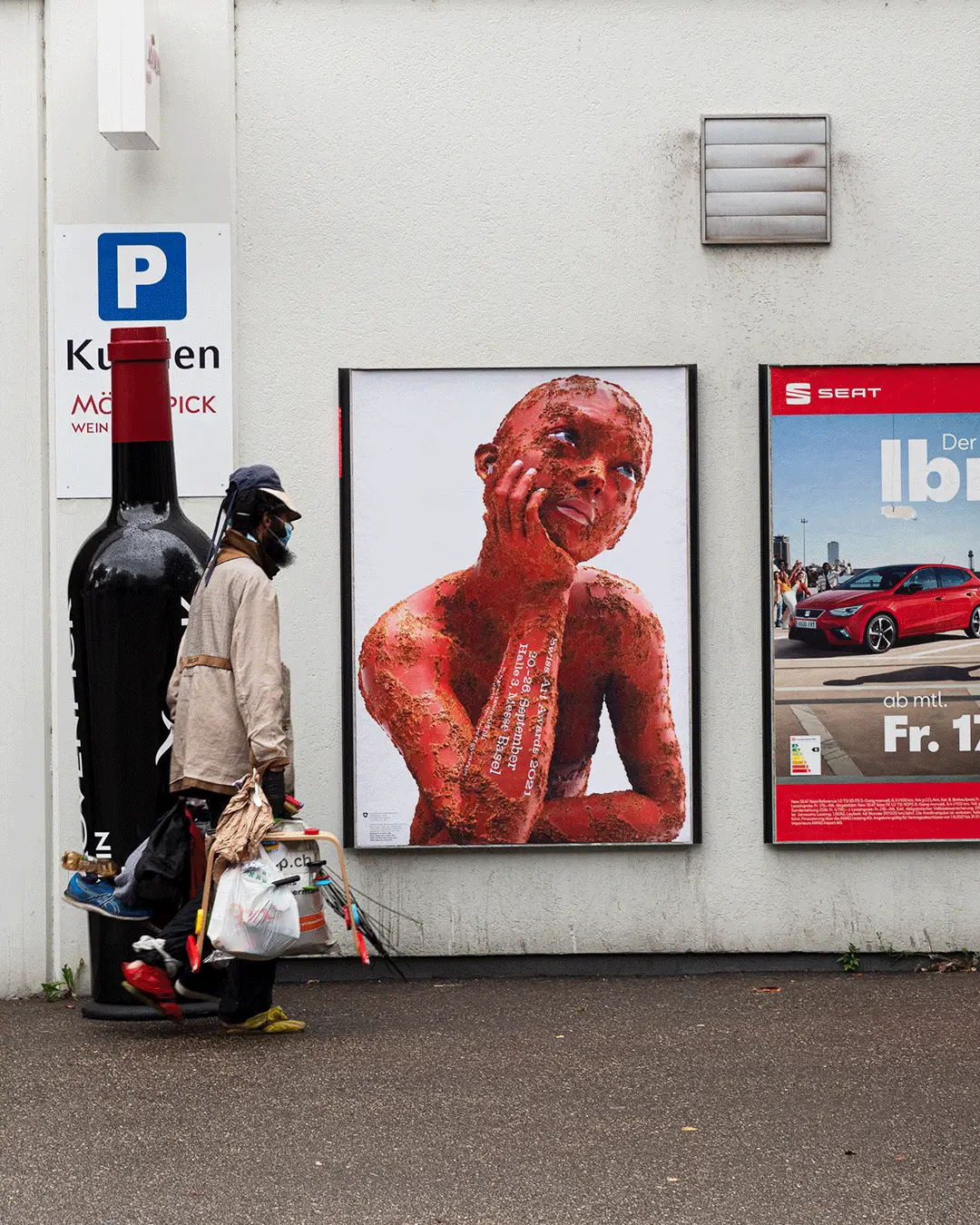
Swiss Art Awards 2021, visual identity and printed matter, Swiss Federal Office of Culture FOC
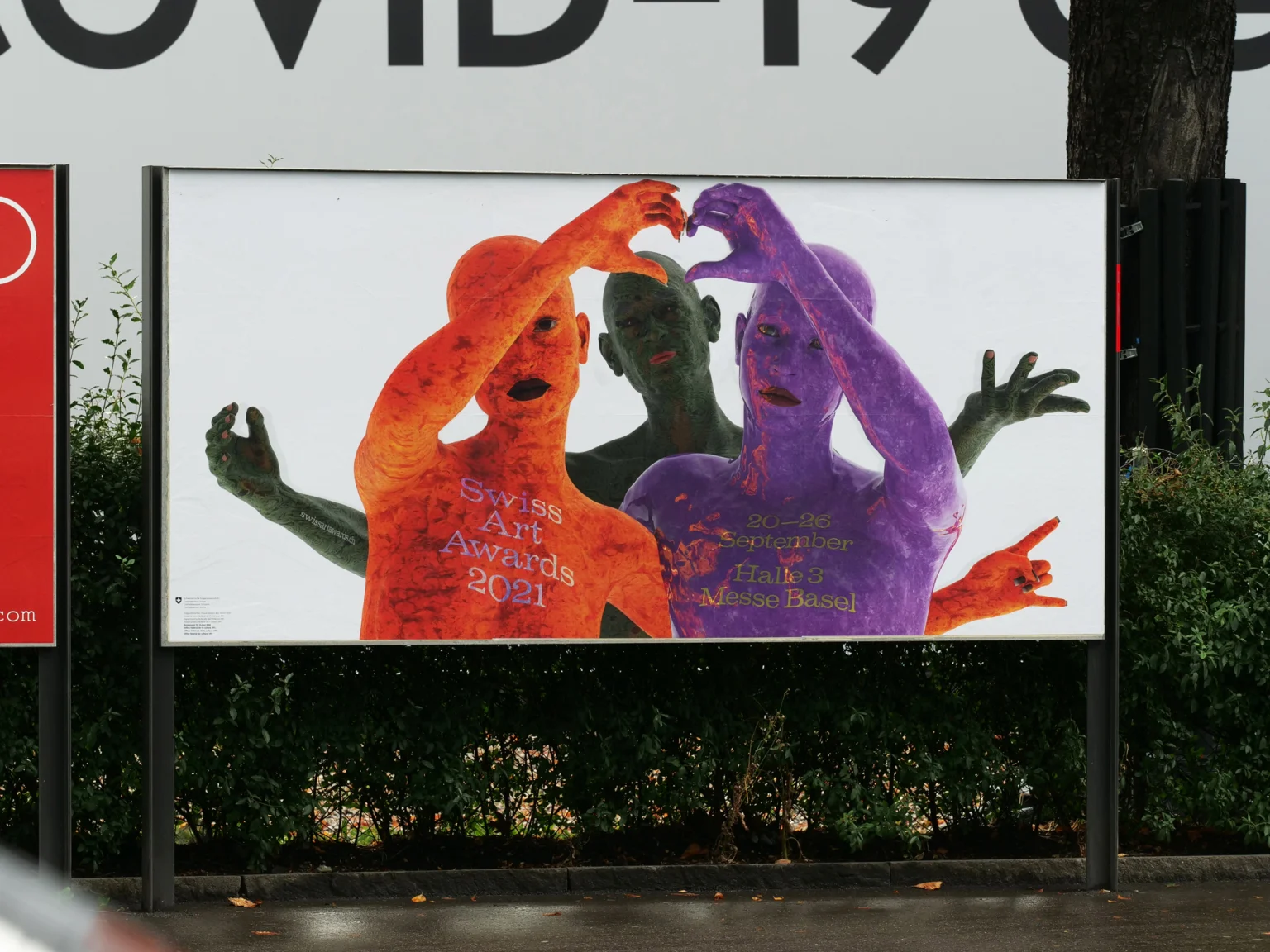
Swiss Art Awards 2021, visual identity and printed matter, Swiss Federal Office of Culture FOC
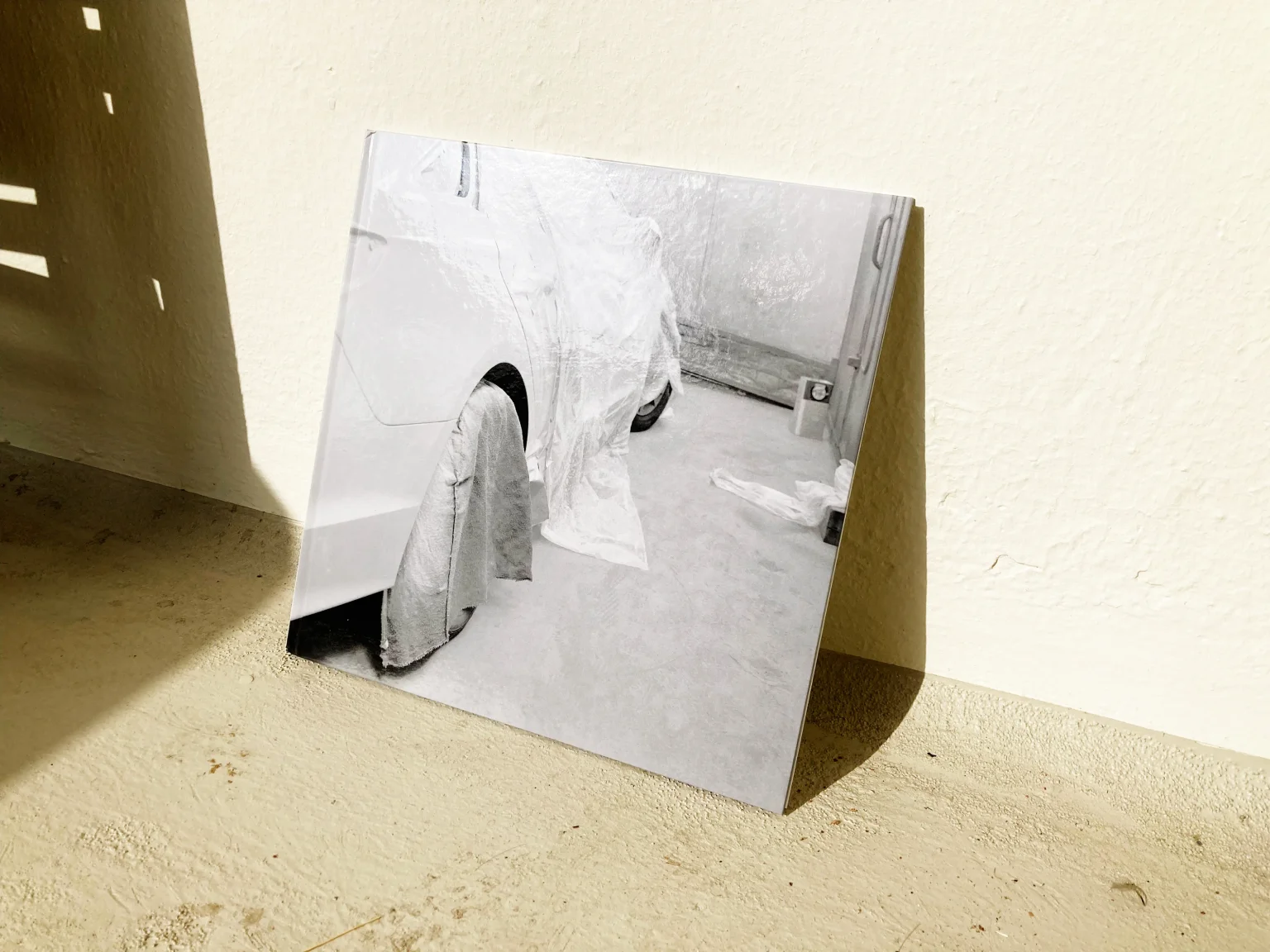
Naho Kubota – Foundations, Dog Years Publishing
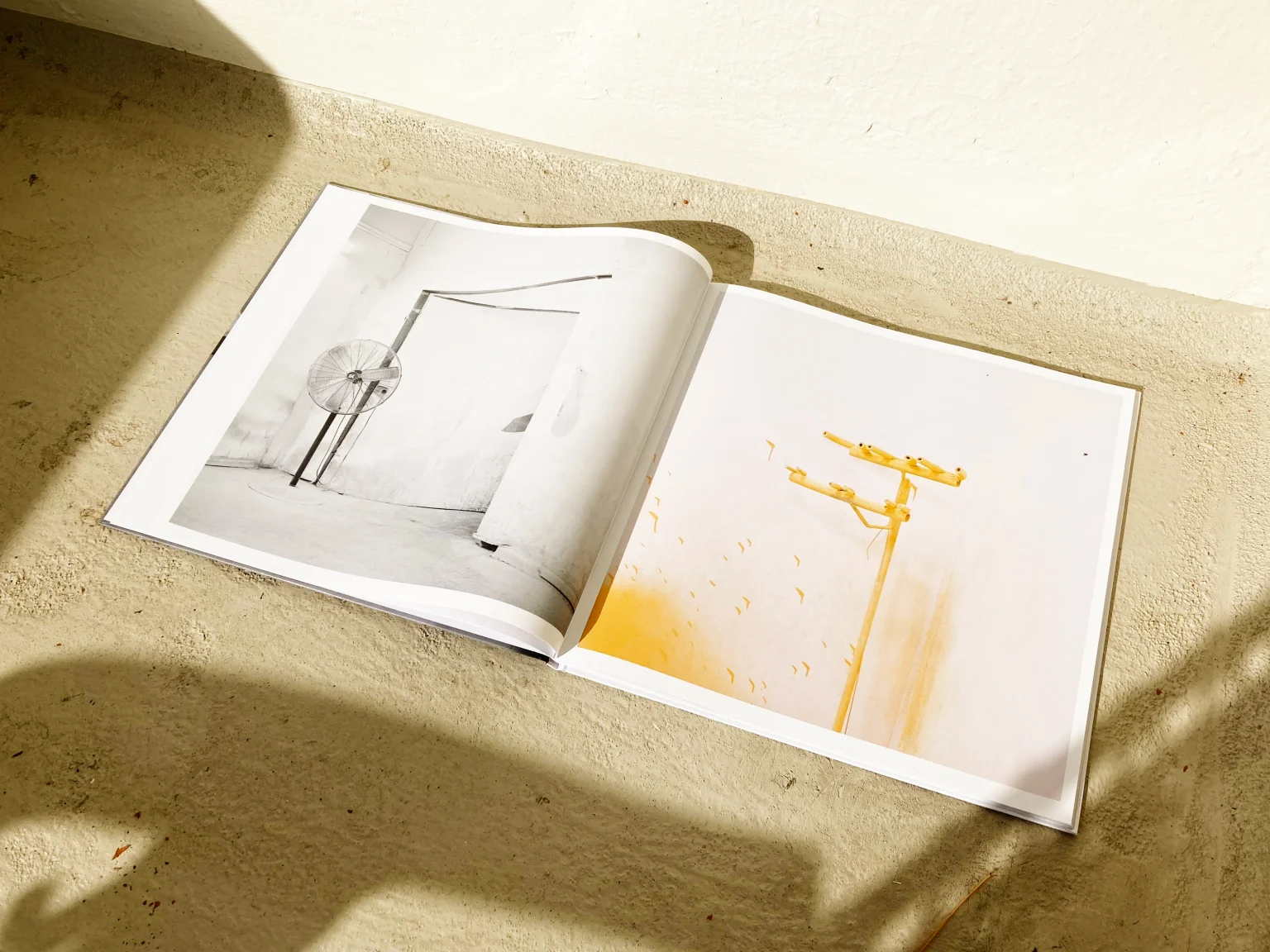
Naho Kubota – Foundations, Dog Years Publishing
Stiller Projects, website and identity
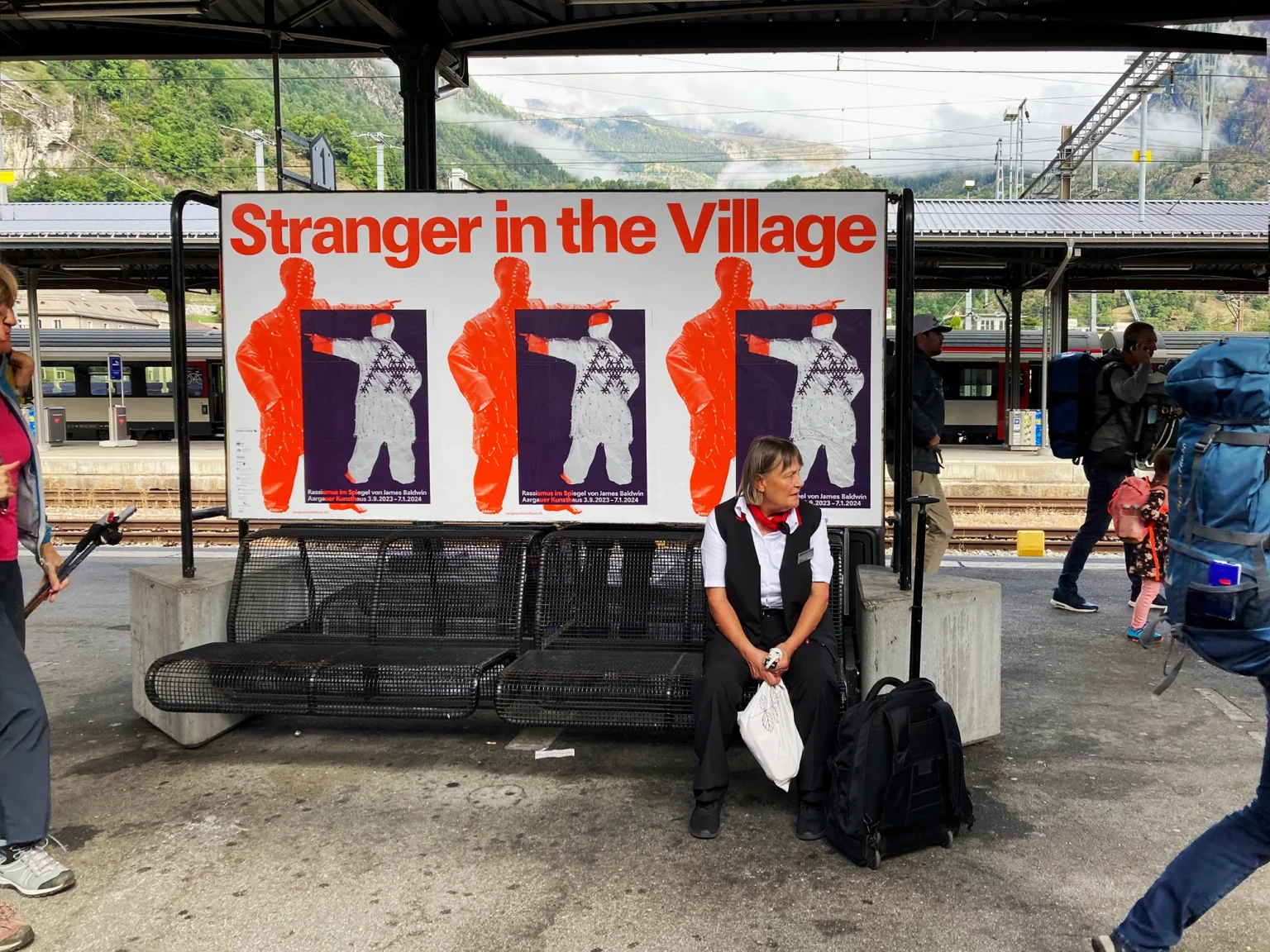
Stranger in the Village, exhibition campaign and printed matter, Aargauer Kunsthaus
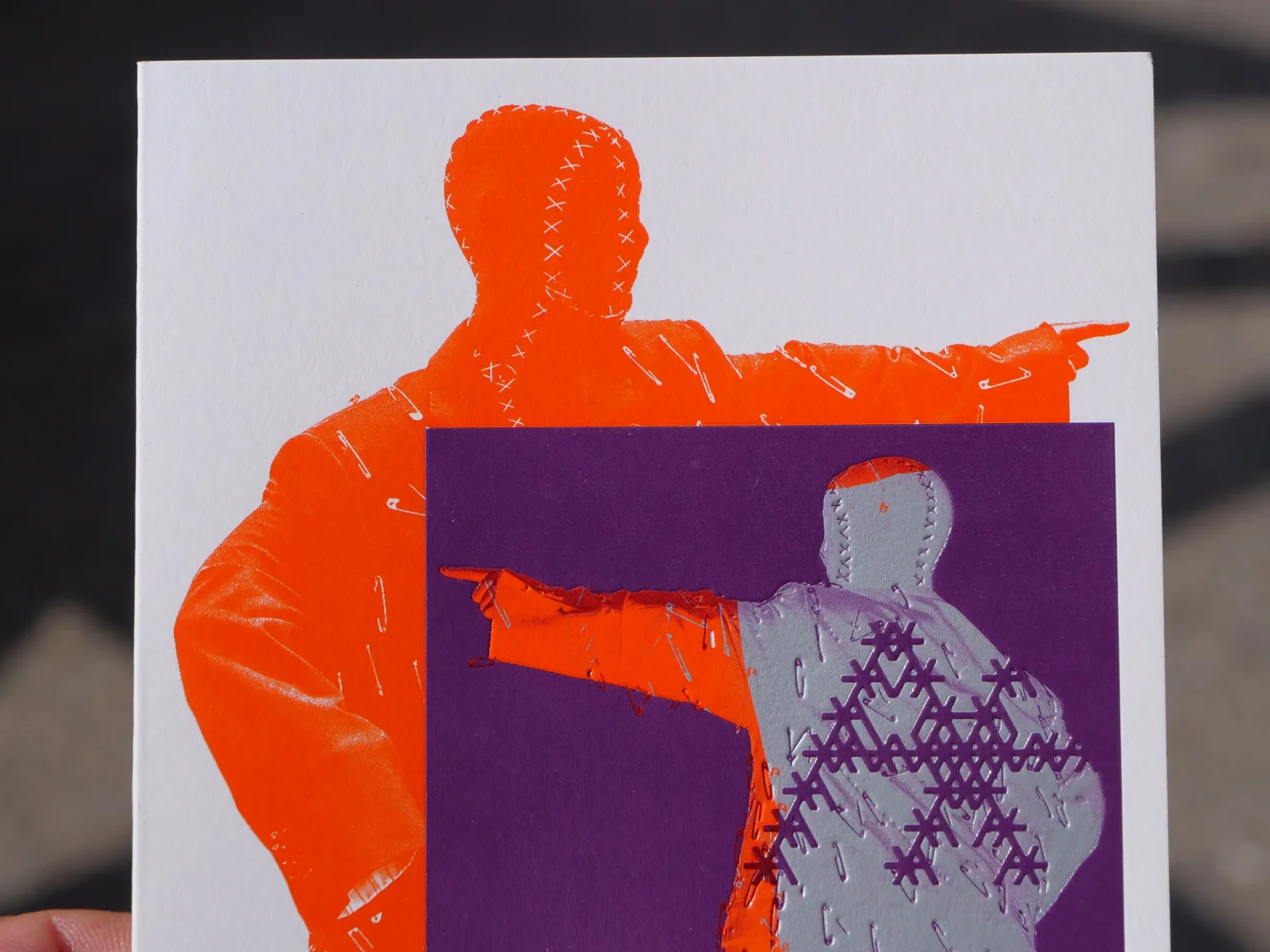
Stranger in the Village, exhibition campaign and printed matter, Aargauer Kunsthaus
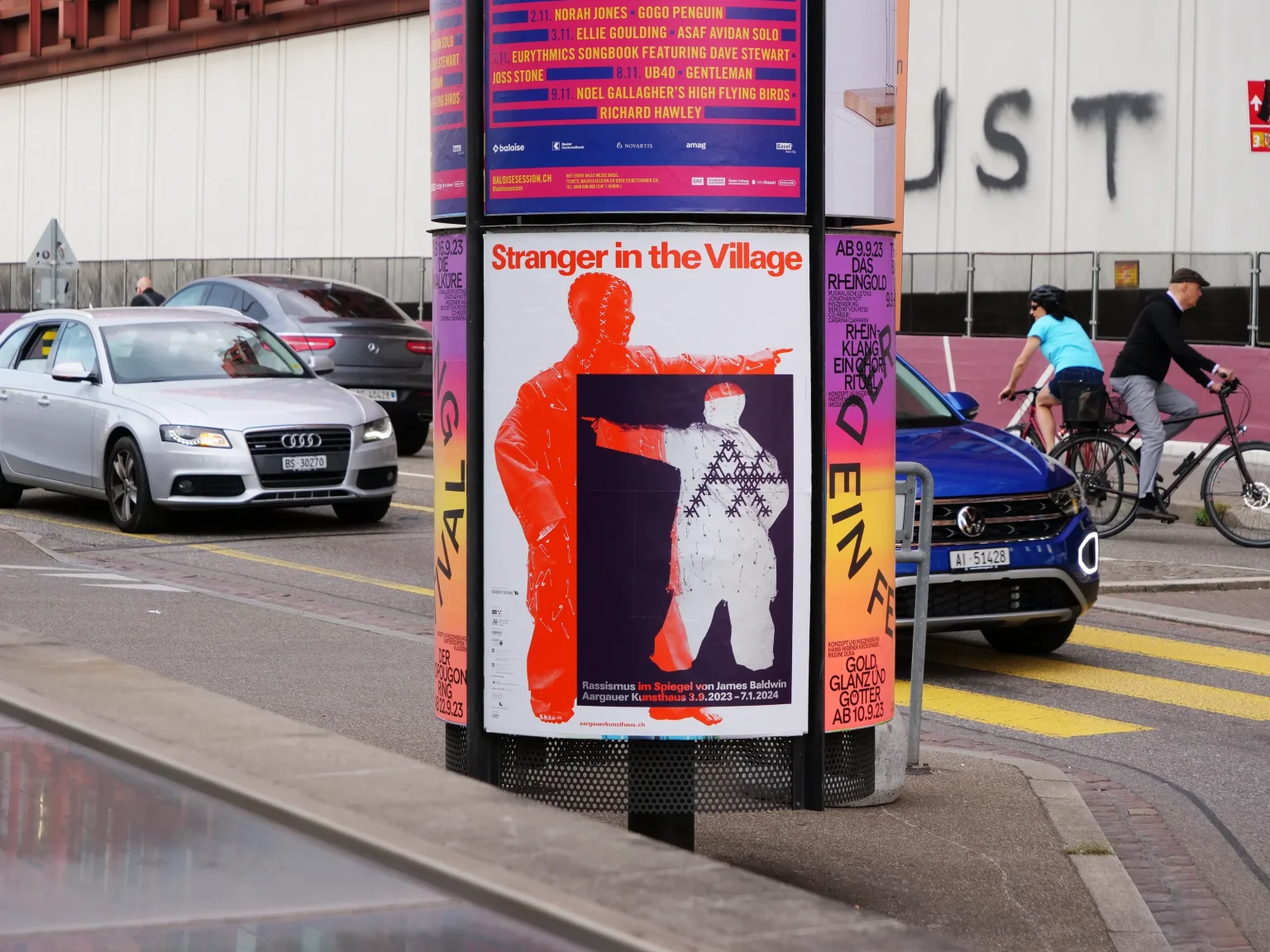
Stranger in the Village, exhibition campaign and printed matter, Aargauer Kunsthaus
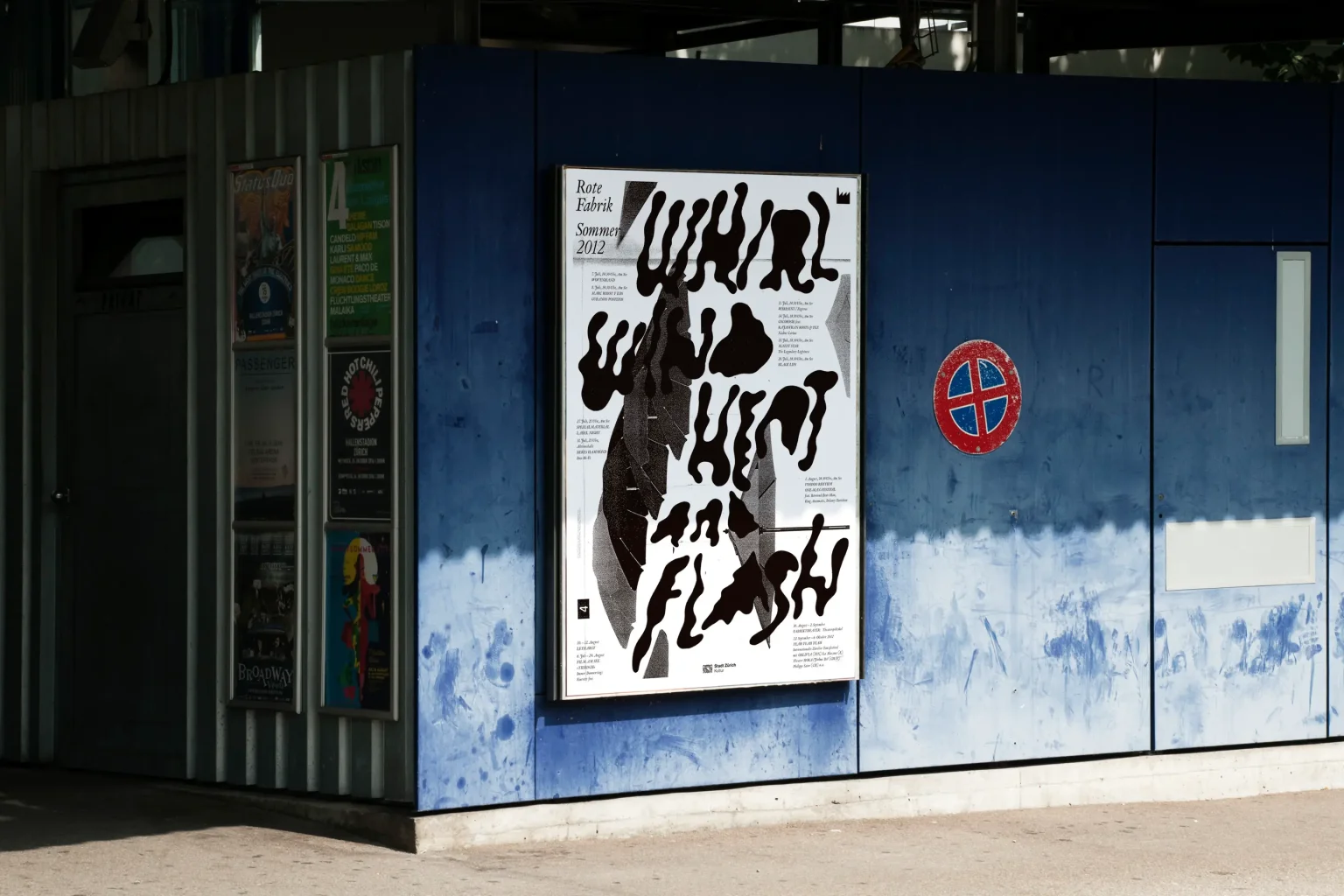
Fabriksommer 2012, Rote Fabrik Zürich
Vreni Spieser, website
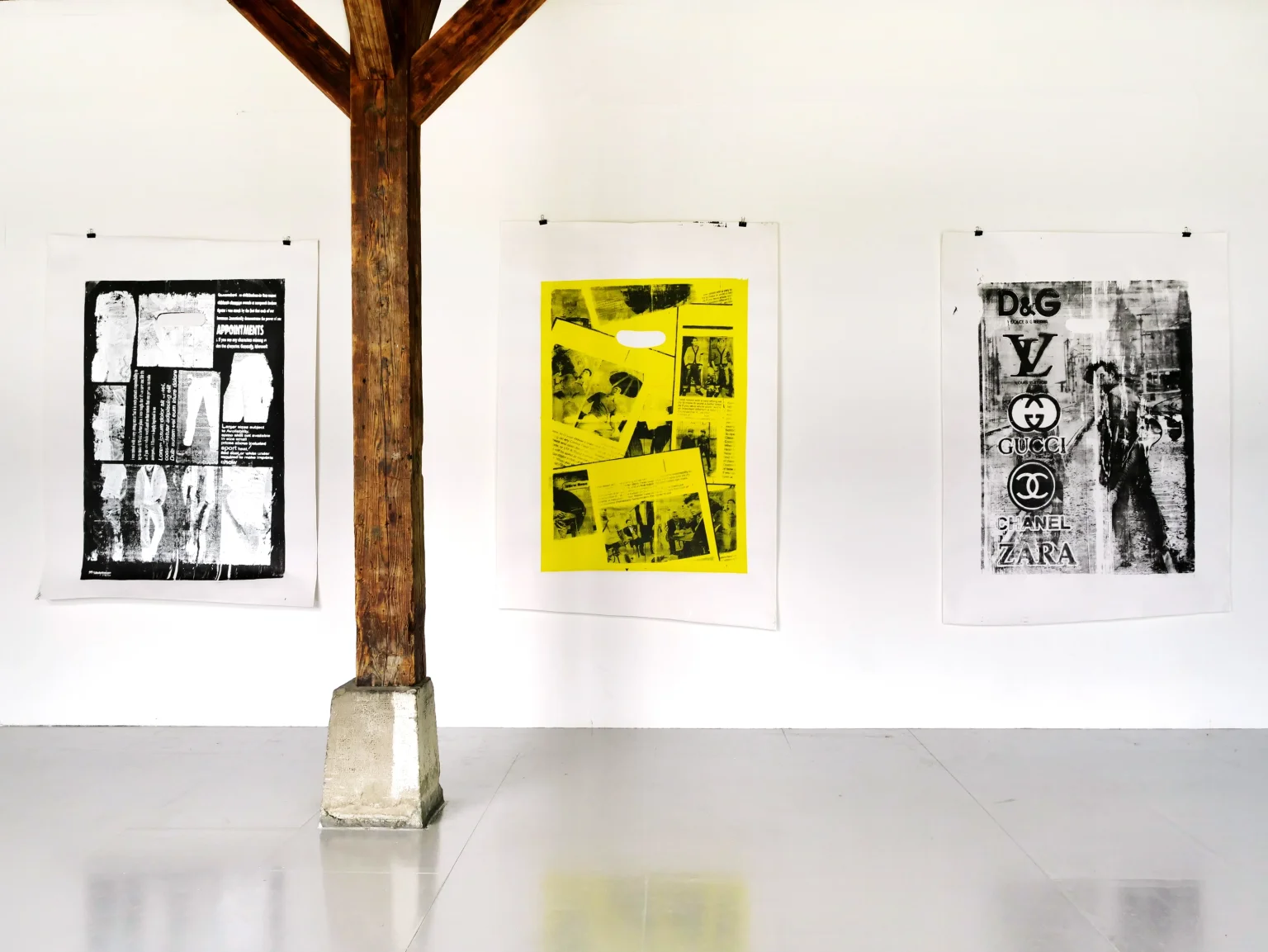
Lonely Planets, exhibitions at Walcheturm Zurich and Indiana Vevey, publication with Kodoji Press, initiated by Focus Association
Corsin Raffainer Architect, identity and website
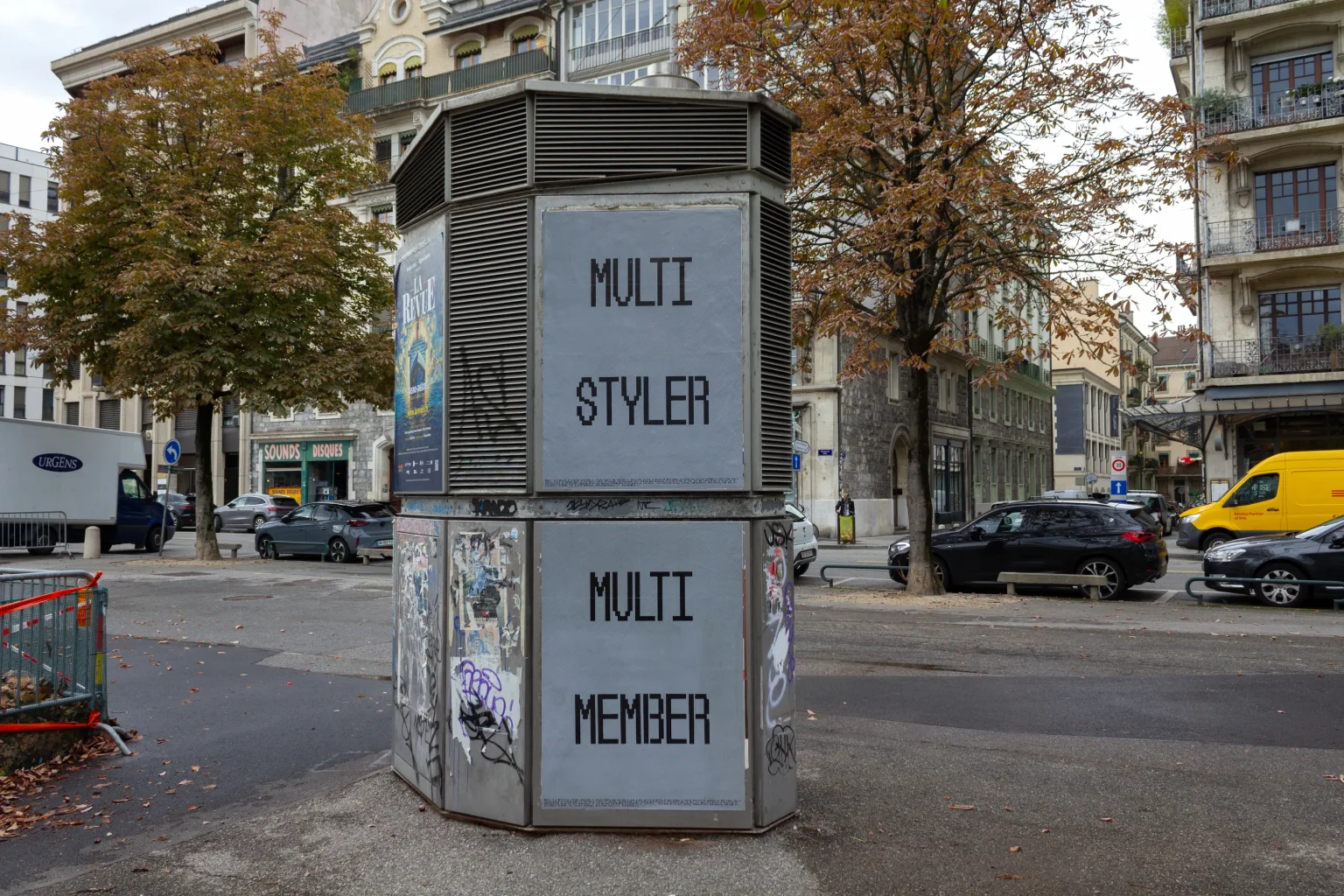
Multitude, poster series, affichage public, 2024
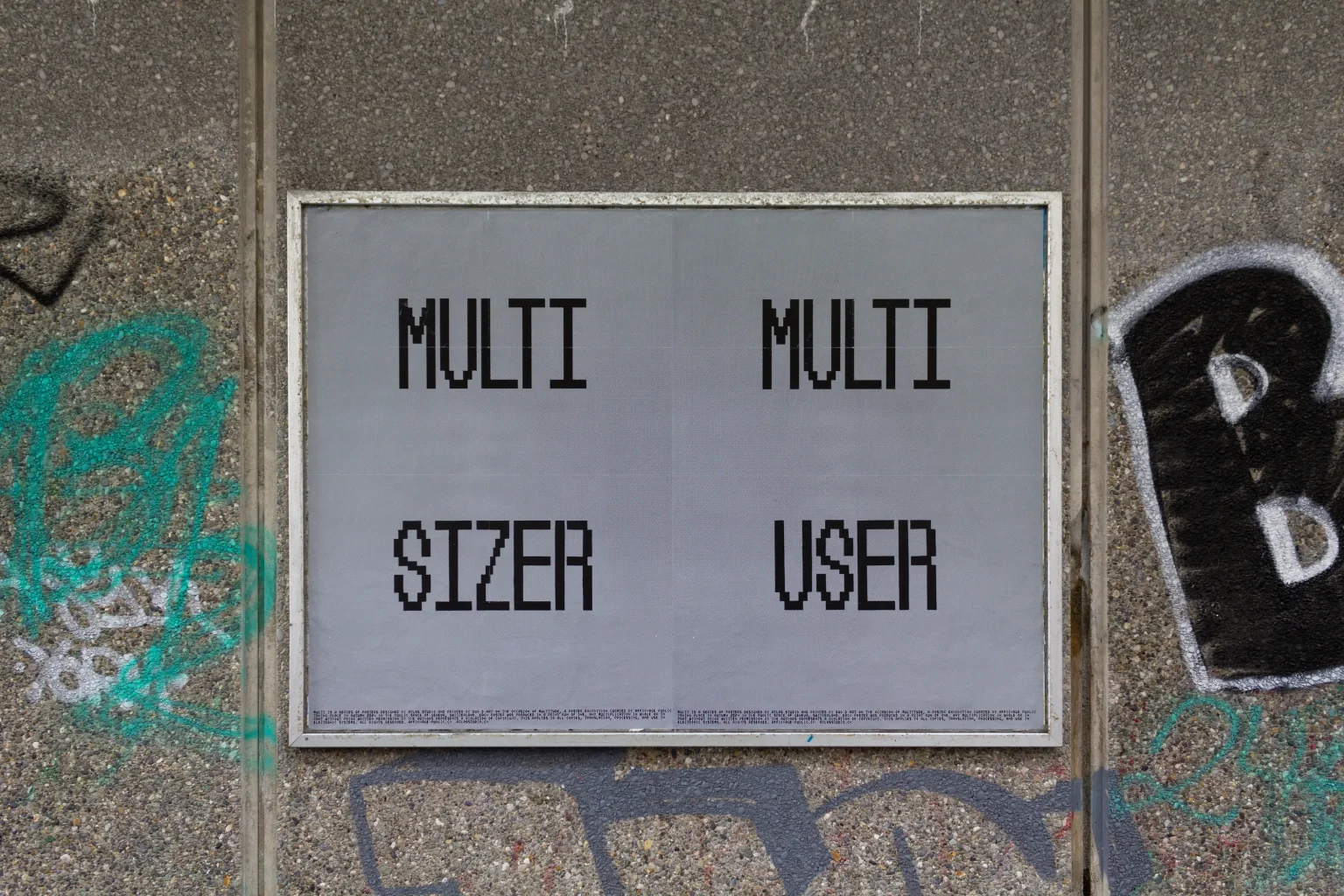
Multitude, poster series, affichage public, 2024
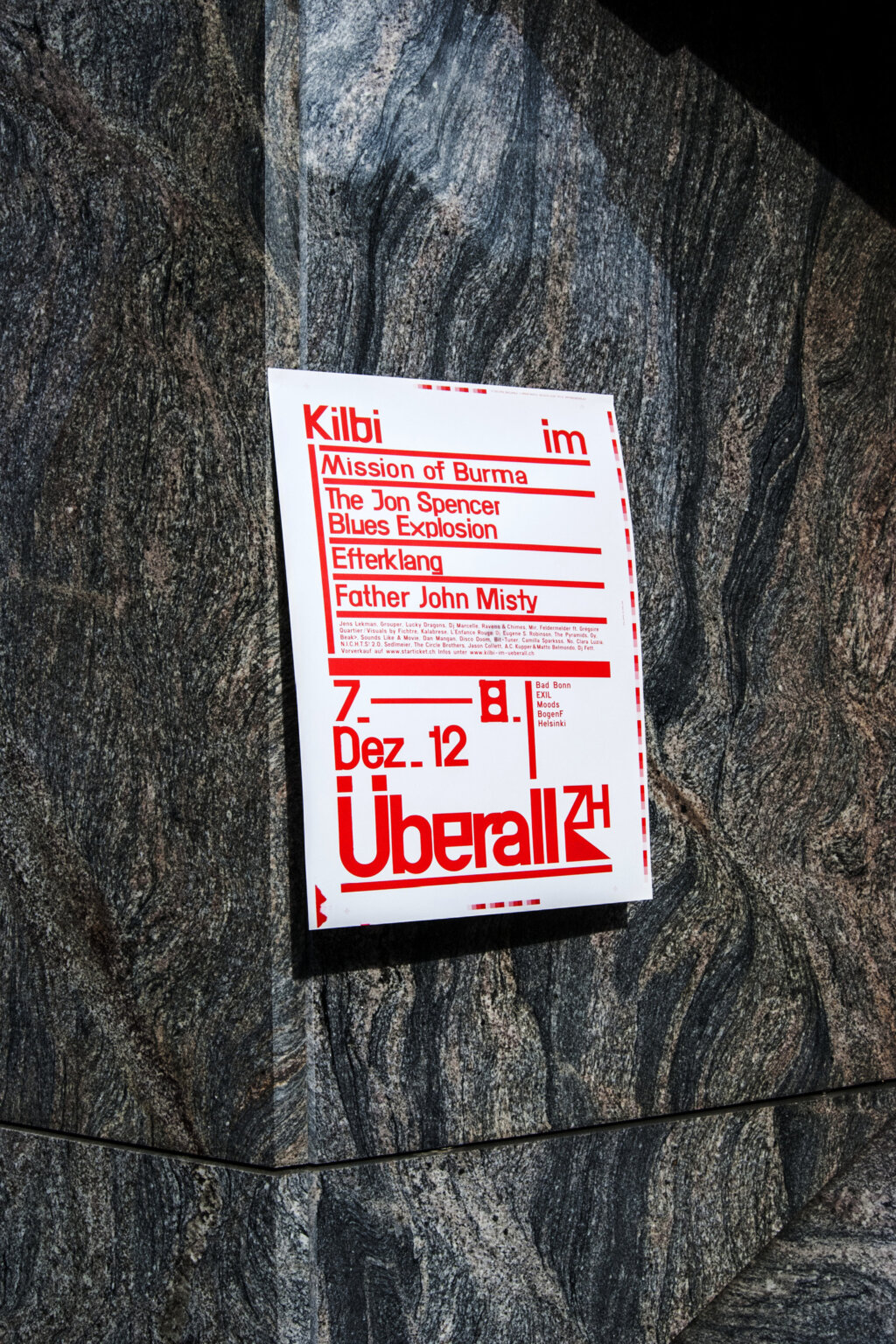
Kilbi im Überall, music festival, Tonverein Bad Bonn
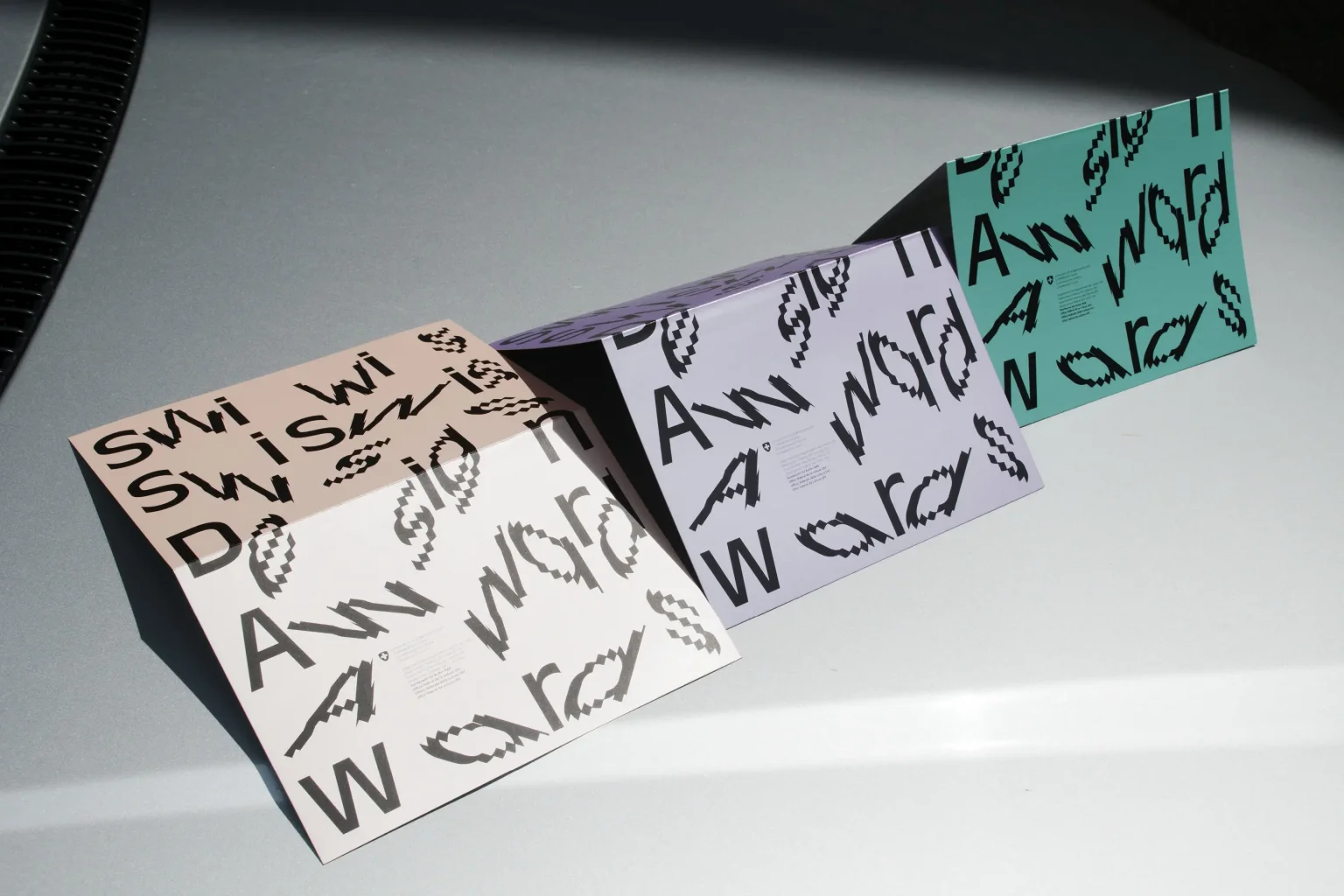
Swiss Design Awards 2014, campaign and printed matter, Swiss Federal Office of Culture FOC
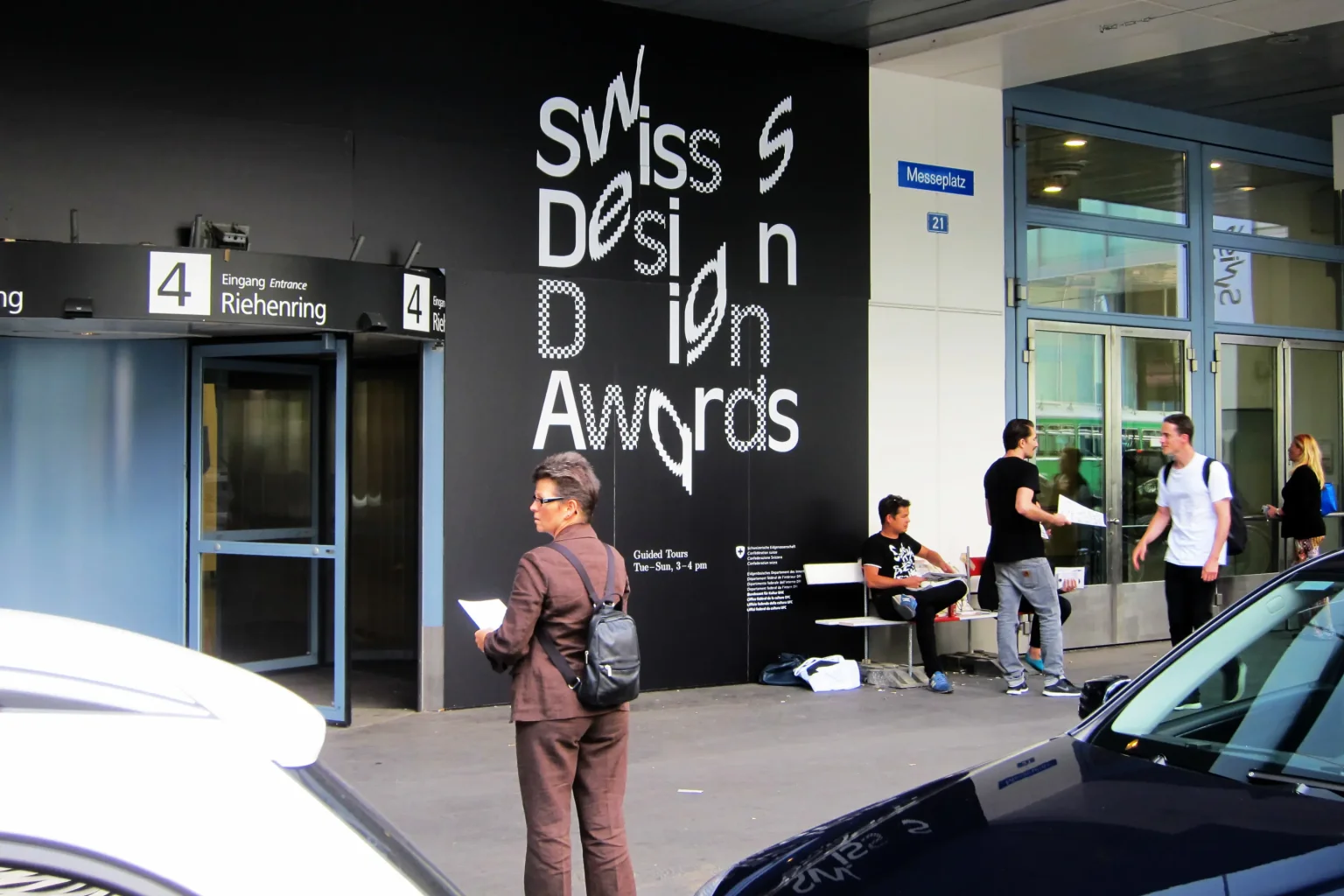
Swiss Design Awards 2014, campaign and printed matter, Swiss Federal Office of Culture FOC
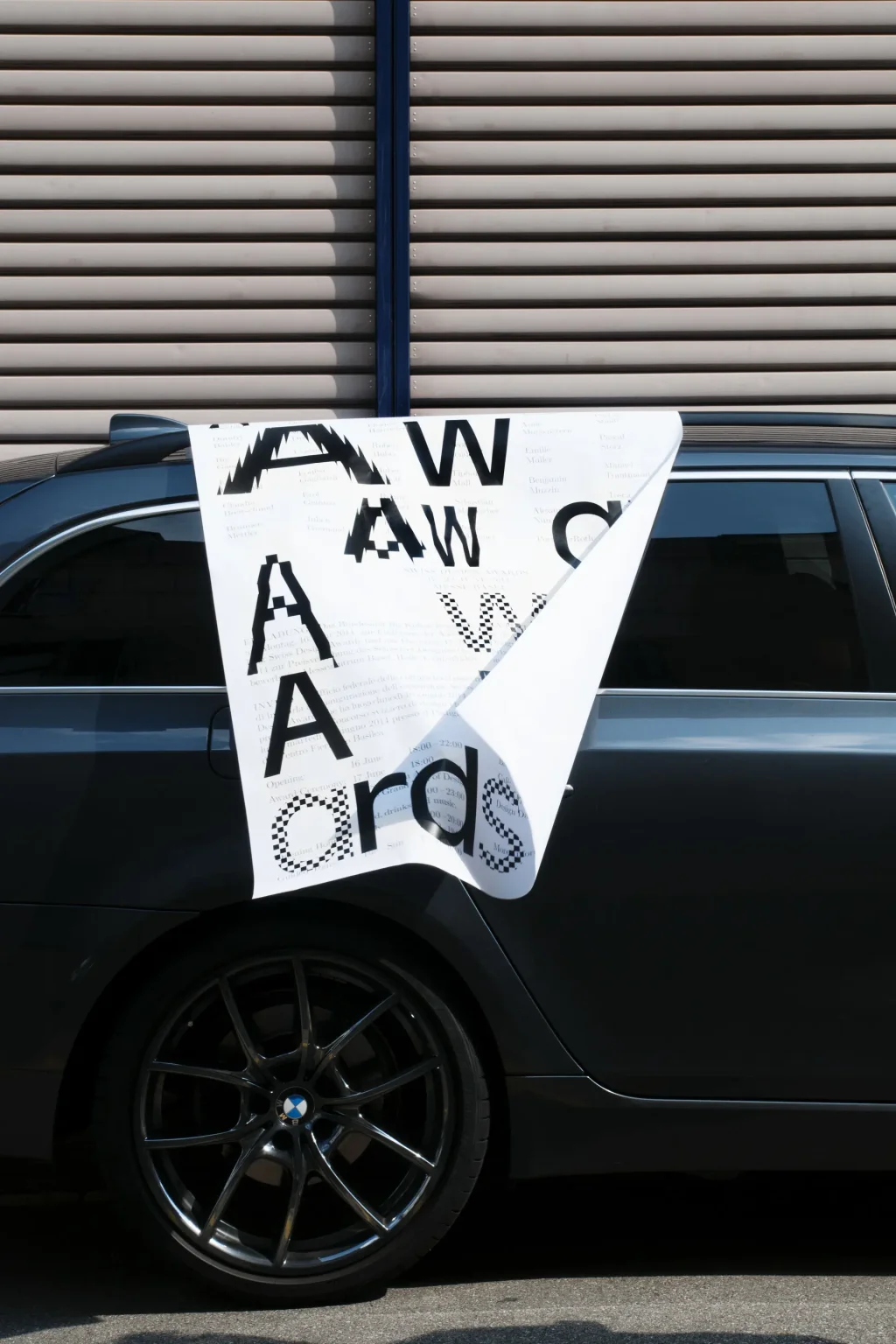
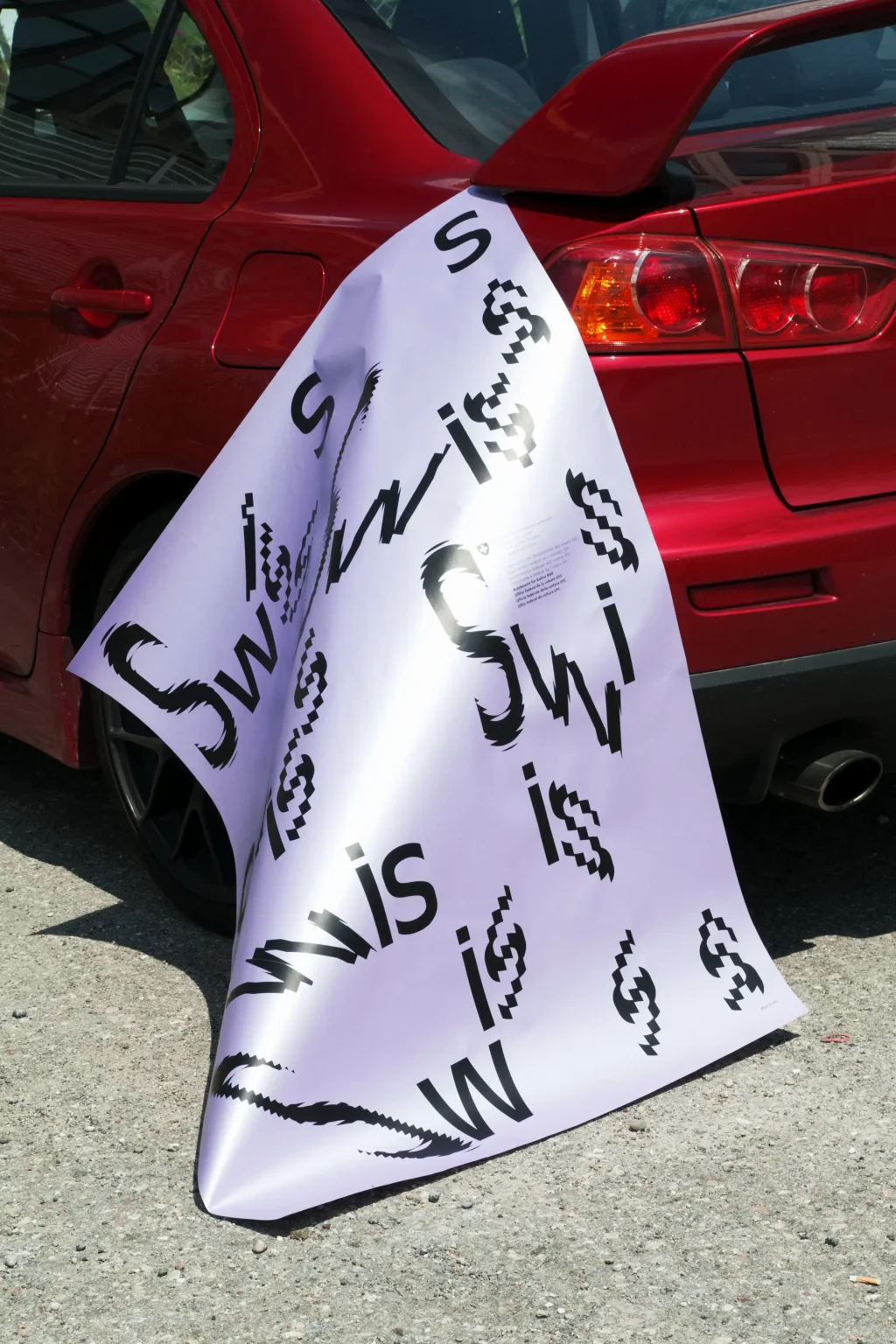
Swiss Design Awards 2014, campaign and printed matter, Swiss Federal Office of Culture FOC
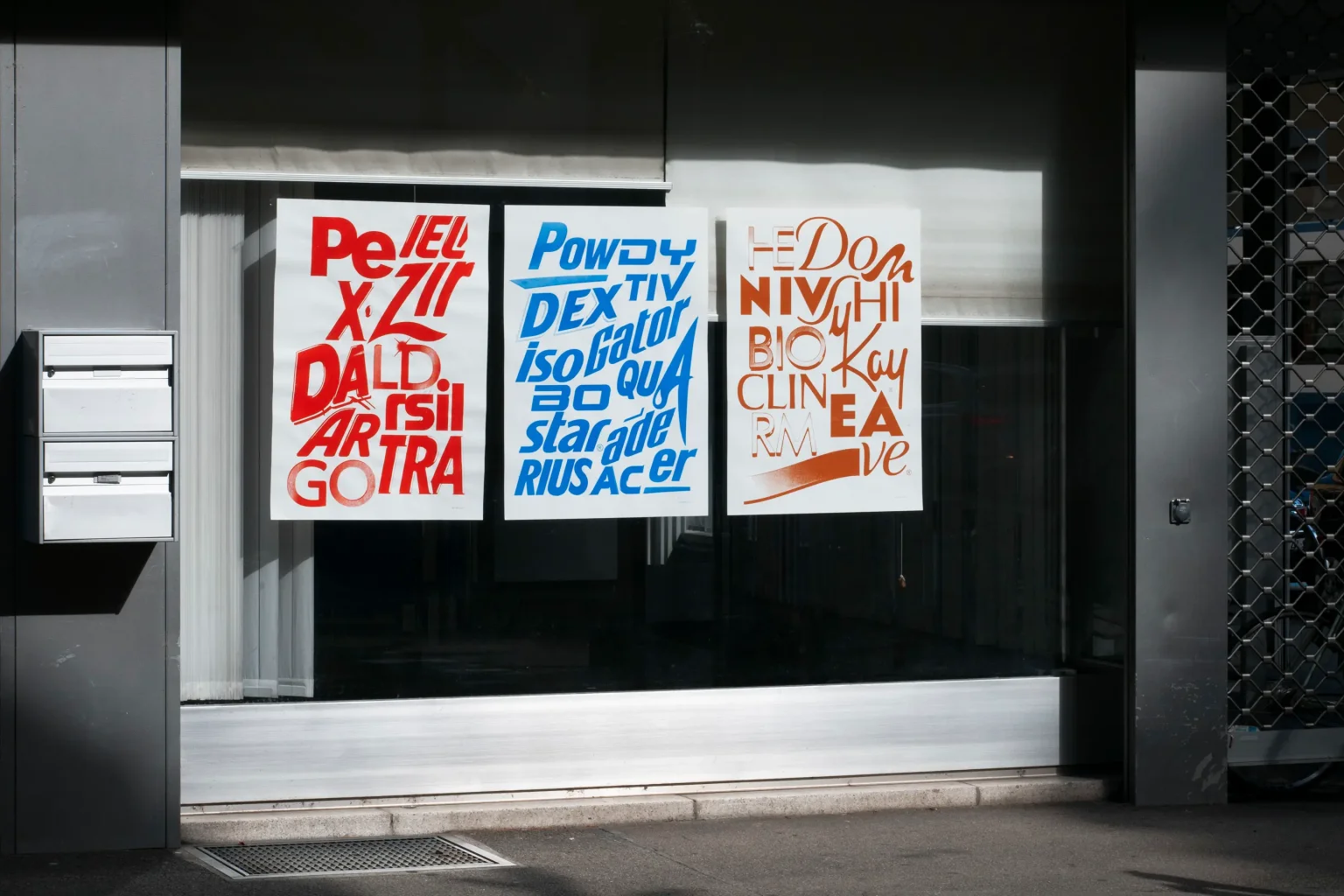
G(ym) T(an) L(aundry), self-initiated
Tonverein Bad Bonn, monthly programme posters 2022
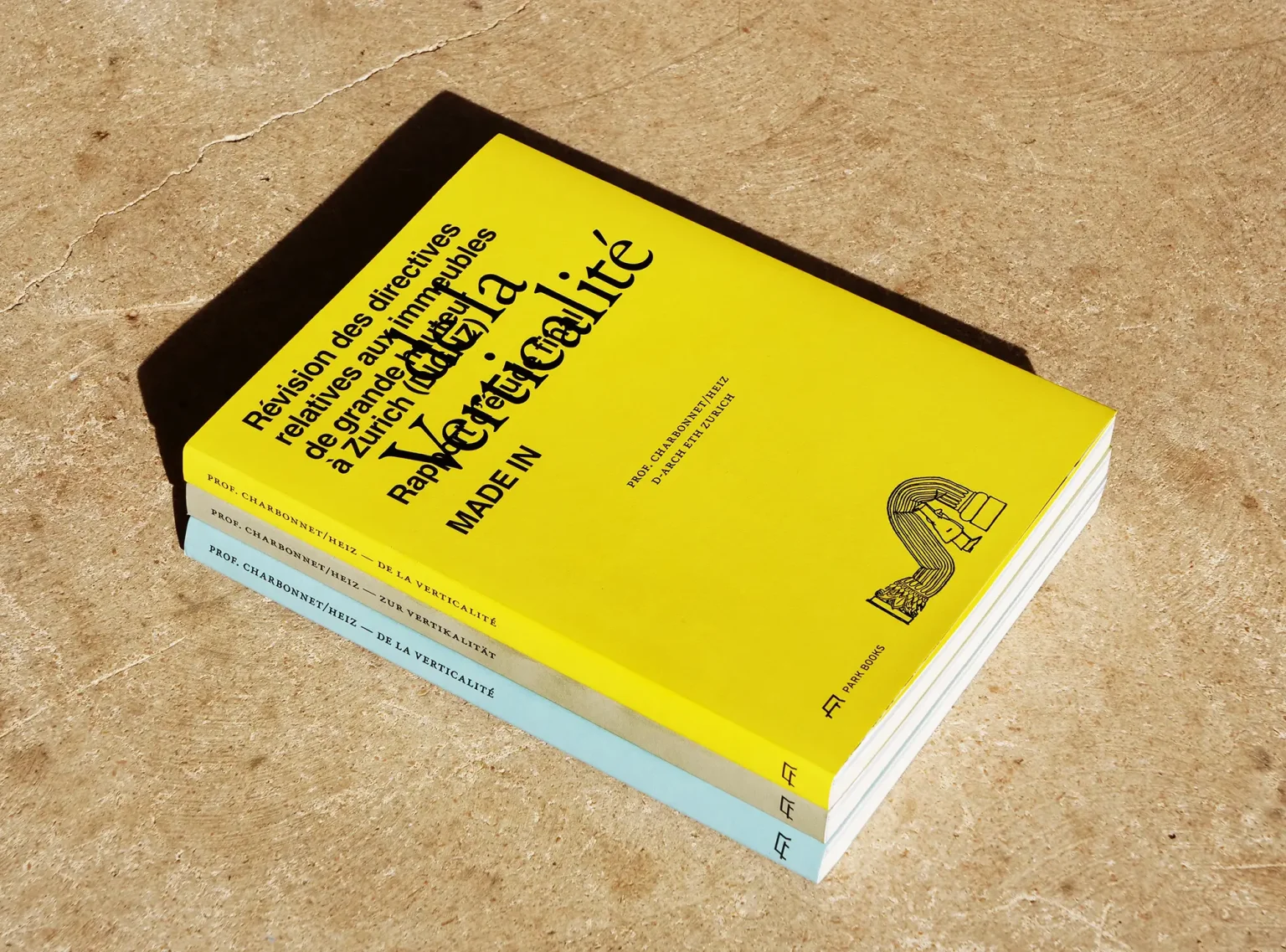
On Verticality, VOLUPTAS, Chair Charbonnet/Heiz, ETH Zurich, Park Books
(read moreless)Densification of our cities is an imperative that inevitably brings the topic of new high-rise buildings and the addition of stories to existing buildings to the foreground of discourse. Architecture and urban design must increasingly address the issues of verticality at all stages of planning, design, and composition. Social and cultural aspects must be considered in this process as well.
The mixed-language book combines two elements: a case study on high-rise buildings in Zurich (in German) and an explorative essay on the subject of verticality in philosophy, culture, and society (in French). Together the threads form a dual commentary that highlights the challenges posed by the transformation of our cities. Illustrated with numerous spectacular montages and visualizations designed to broaden thinking, this volume, which comes from the laboratory of acclaimed Swiss architecture firm Made in, also offers concrete proposals aimed at architects and urban planners, politicians and flâneurs alike.
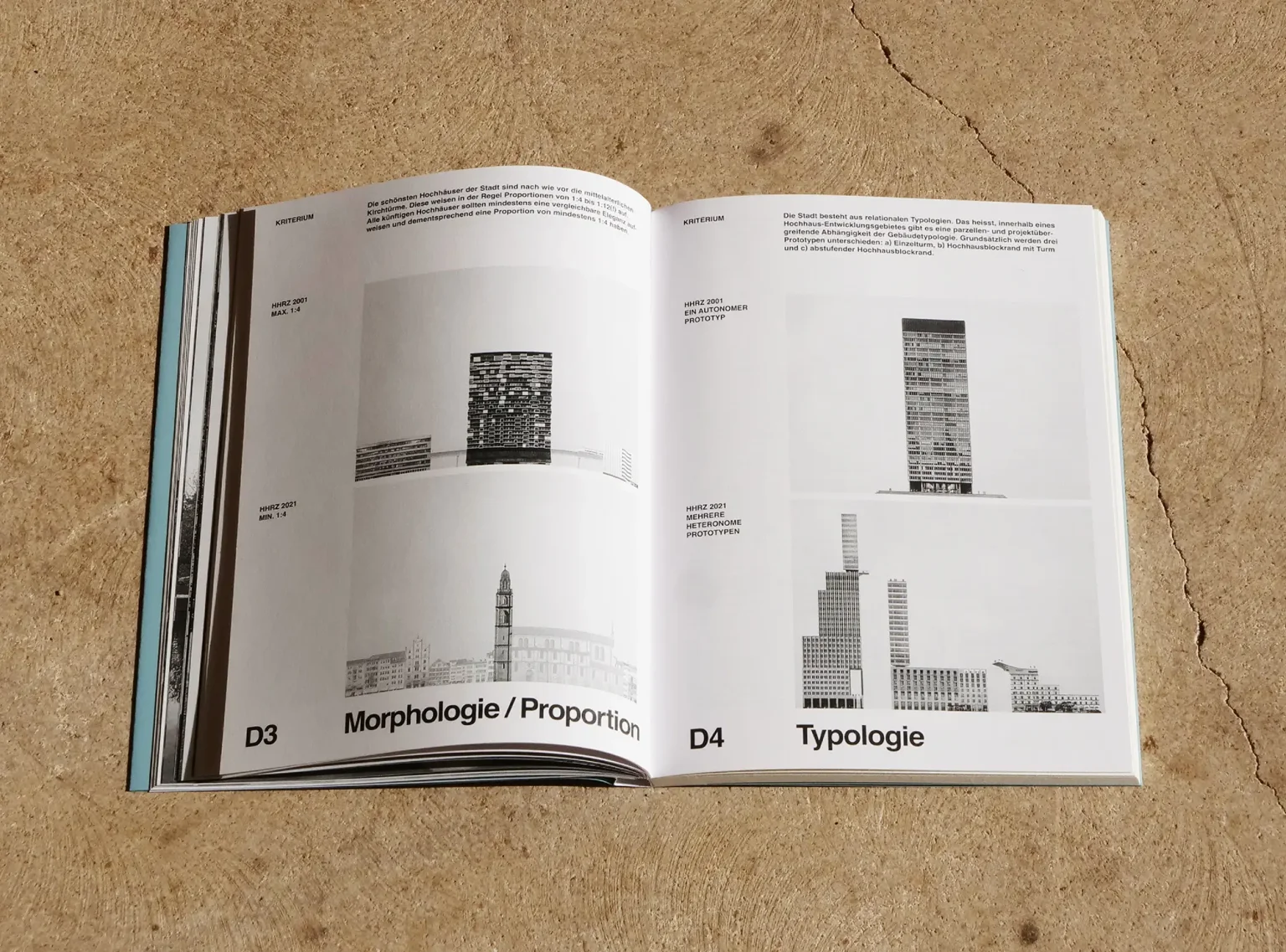
On Verticality, VOLUPTAS, Chair Charbonnet/Heiz, ETH Zurich, Park Books
(read moreless)Densification of our cities is an imperative that inevitably brings the topic of new high-rise buildings and the addition of stories to existing buildings to the foreground of discourse. Architecture and urban design must increasingly address the issues of verticality at all stages of planning, design, and composition. Social and cultural aspects must be considered in this process as well.
The mixed-language book combines two elements: a case study on high-rise buildings in Zurich (in German) and an explorative essay on the subject of verticality in philosophy, culture, and society (in French). Together the threads form a dual commentary that highlights the challenges posed by the transformation of our cities. Illustrated with numerous spectacular montages and visualizations designed to broaden thinking, this volume, which comes from the laboratory of acclaimed Swiss architecture firm Made in, also offers concrete proposals aimed at architects and urban planners, politicians and flâneurs alike.
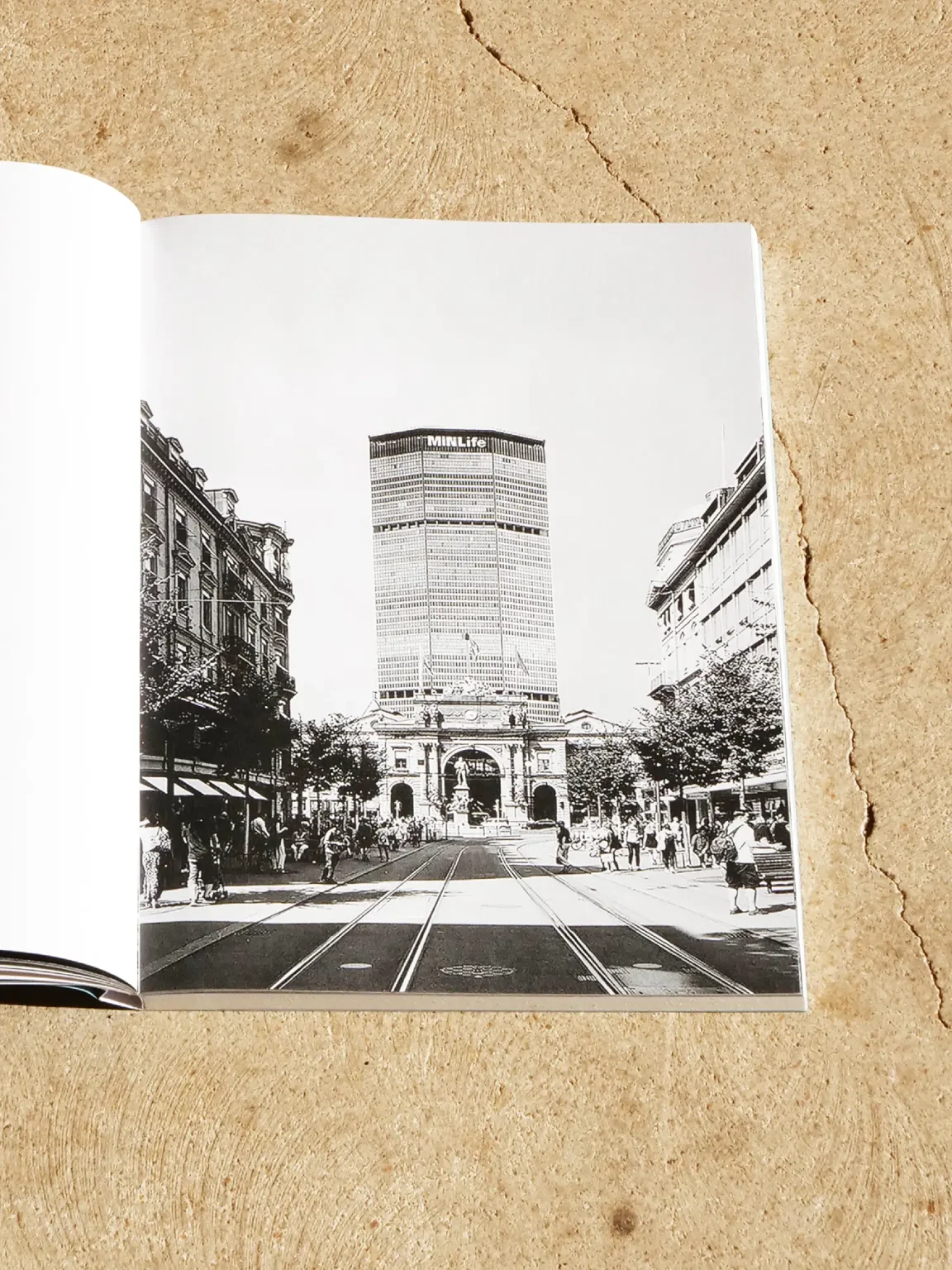
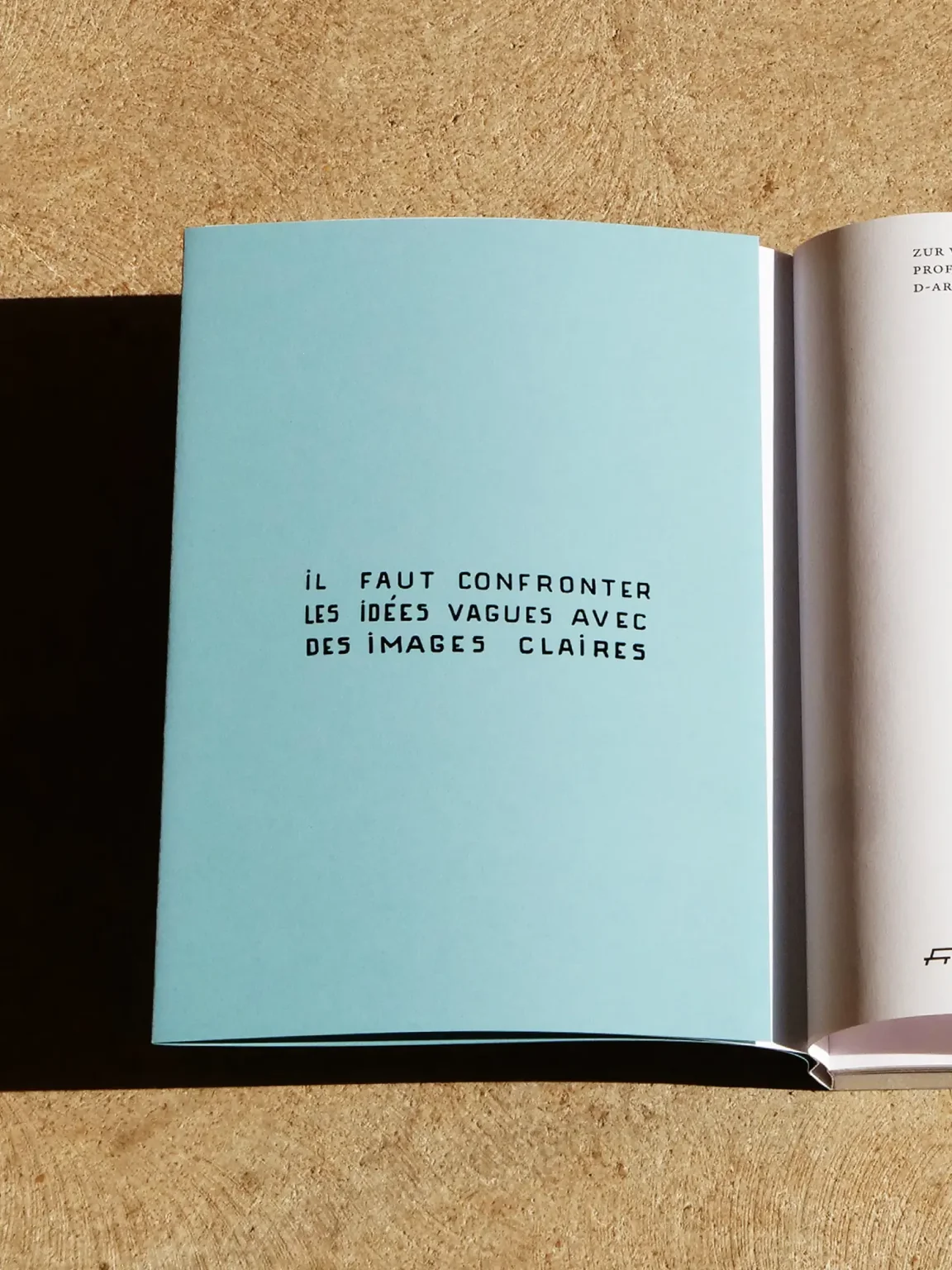
On Verticality, VOLUPTAS, Chair Charbonnet/Heiz, ETH Zurich, Park Books
(read moreless)Densification of our cities is an imperative that inevitably brings the topic of new high-rise buildings and the addition of stories to existing buildings to the foreground of discourse. Architecture and urban design must increasingly address the issues of verticality at all stages of planning, design, and composition. Social and cultural aspects must be considered in this process as well.
The mixed-language book combines two elements: a case study on high-rise buildings in Zurich (in German) and an explorative essay on the subject of verticality in philosophy, culture, and society (in French). Together the threads form a dual commentary that highlights the challenges posed by the transformation of our cities. Illustrated with numerous spectacular montages and visualizations designed to broaden thinking, this volume, which comes from the laboratory of acclaimed Swiss architecture firm Made in, also offers concrete proposals aimed at architects and urban planners, politicians and flâneurs alike.
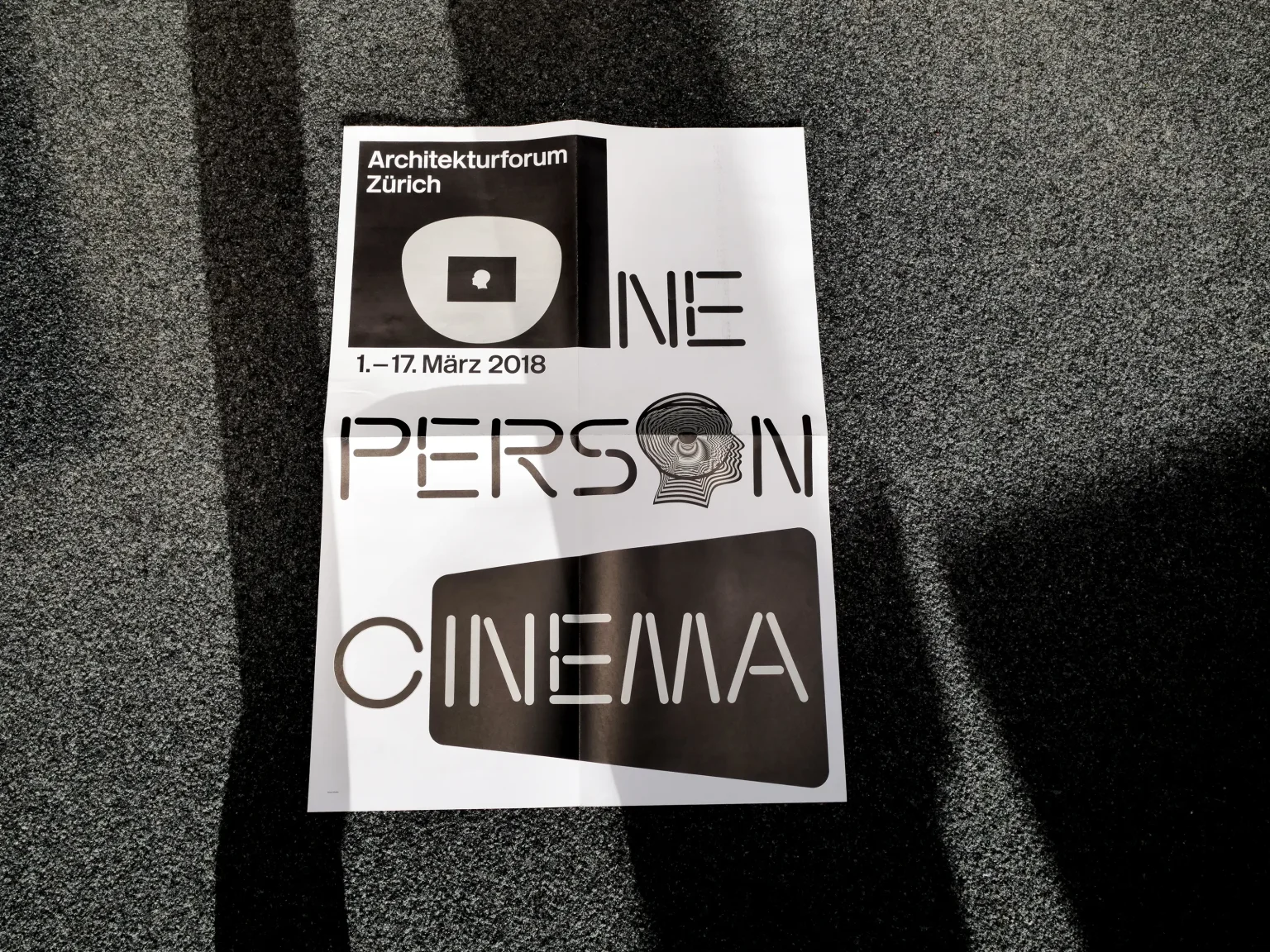
One Person Cinema, poster and signage, Architekturforum Zürich
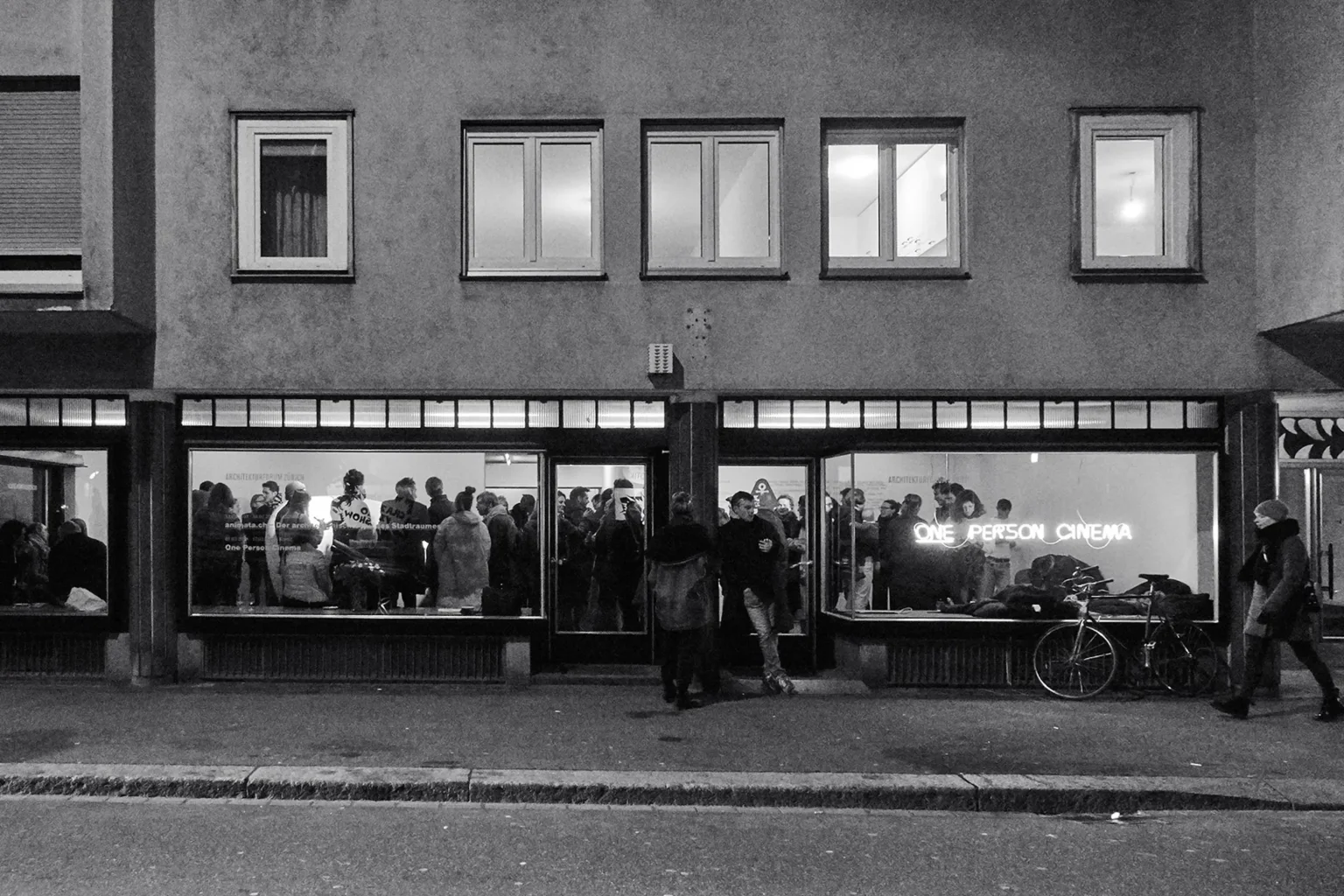
One Person Cinema, poster and signage, Architekturforum Zürich
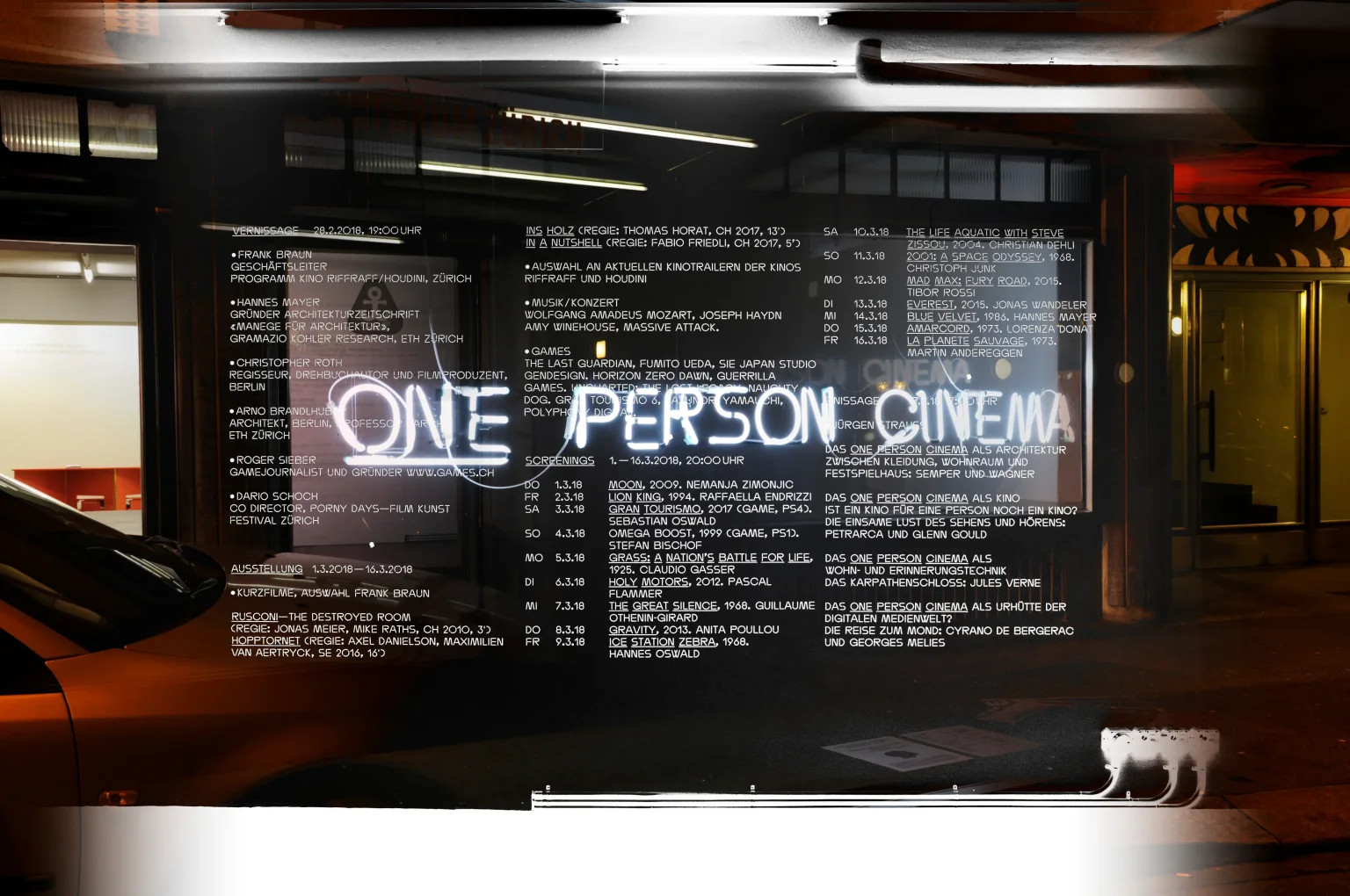
One Person Cinema, poster and signage, Architekturforum Zürich
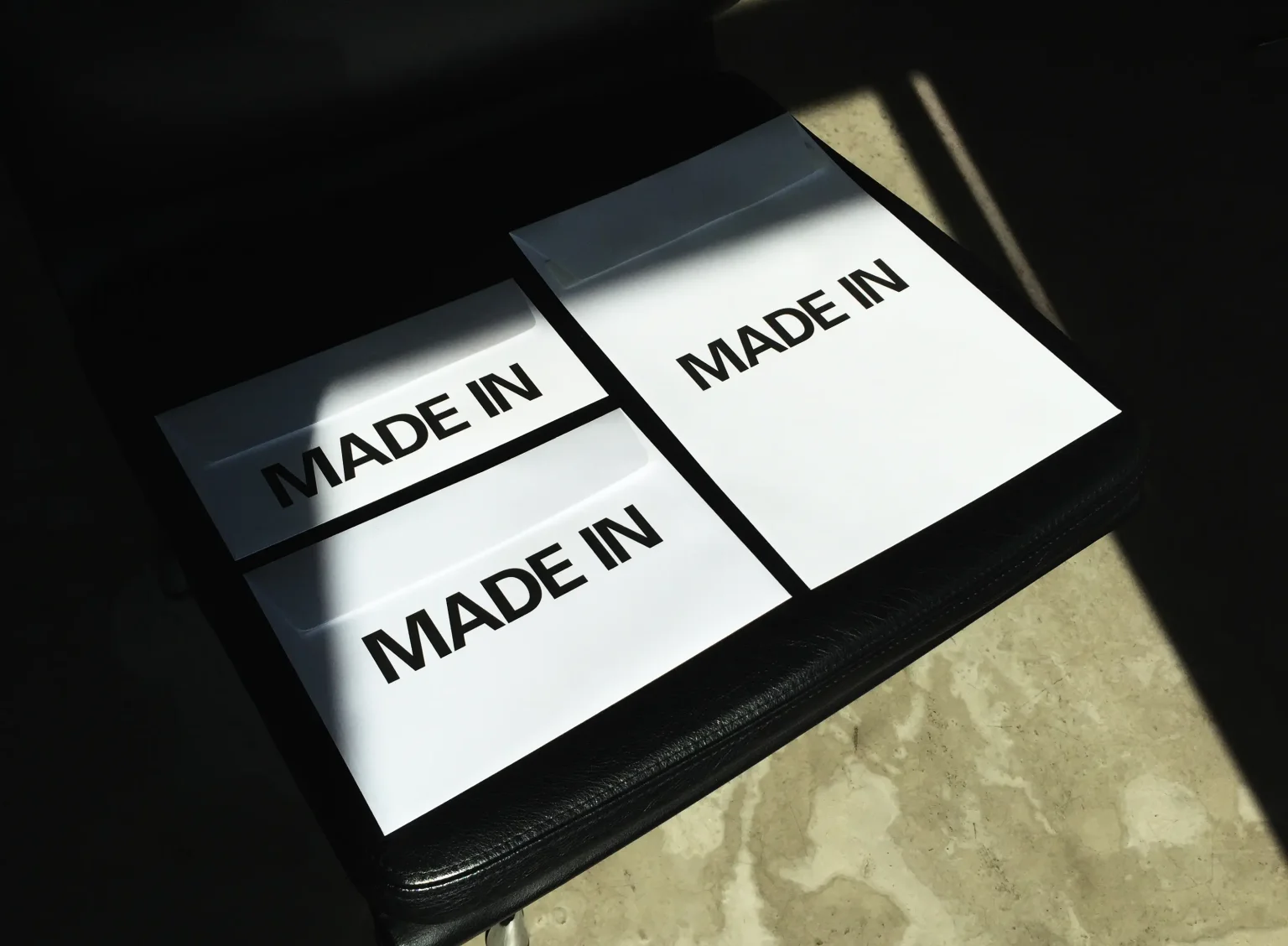
Made In Architects/Geneva, visual identity and website
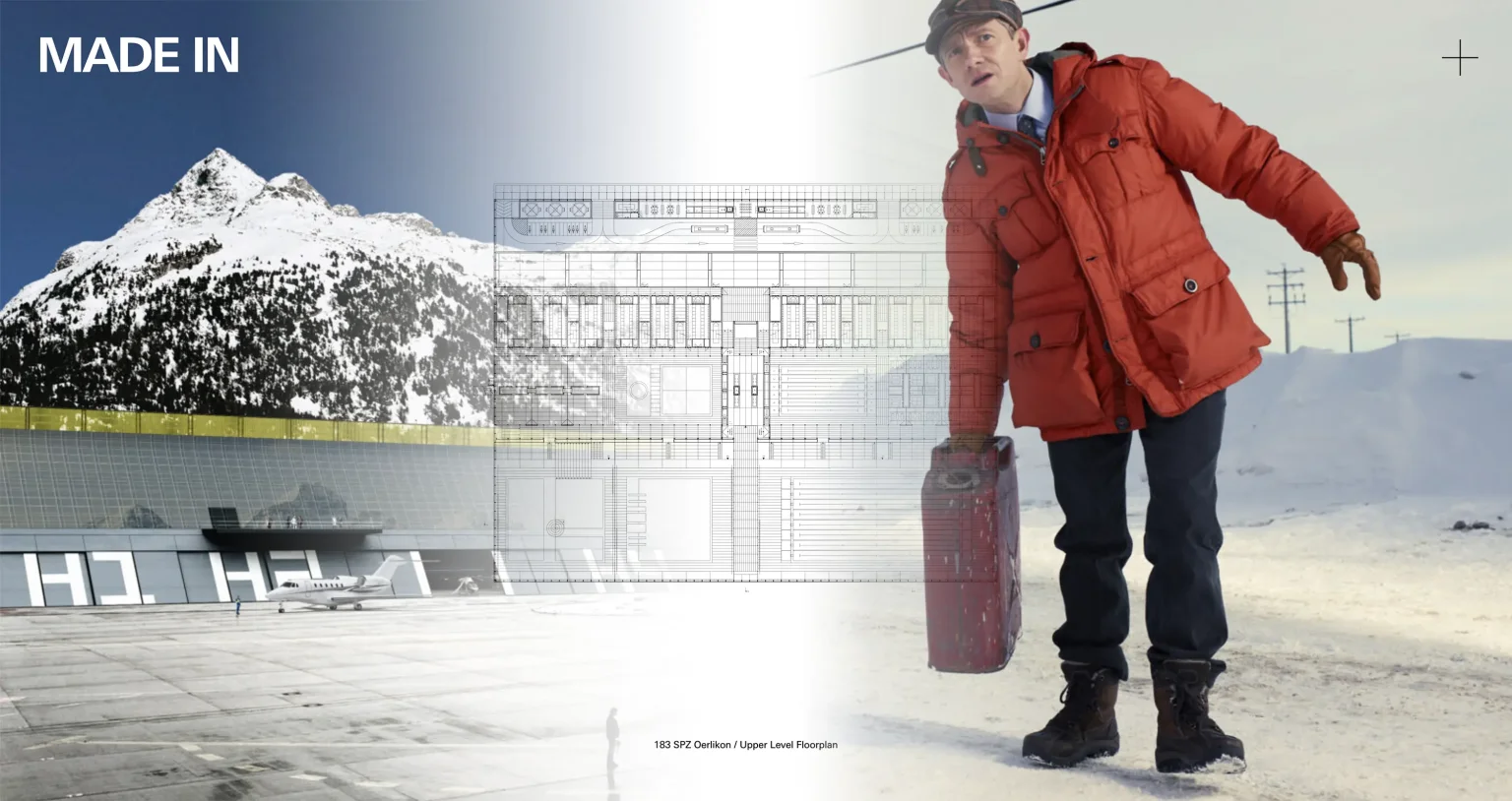
Made In Architects/Geneva, visual identity and website
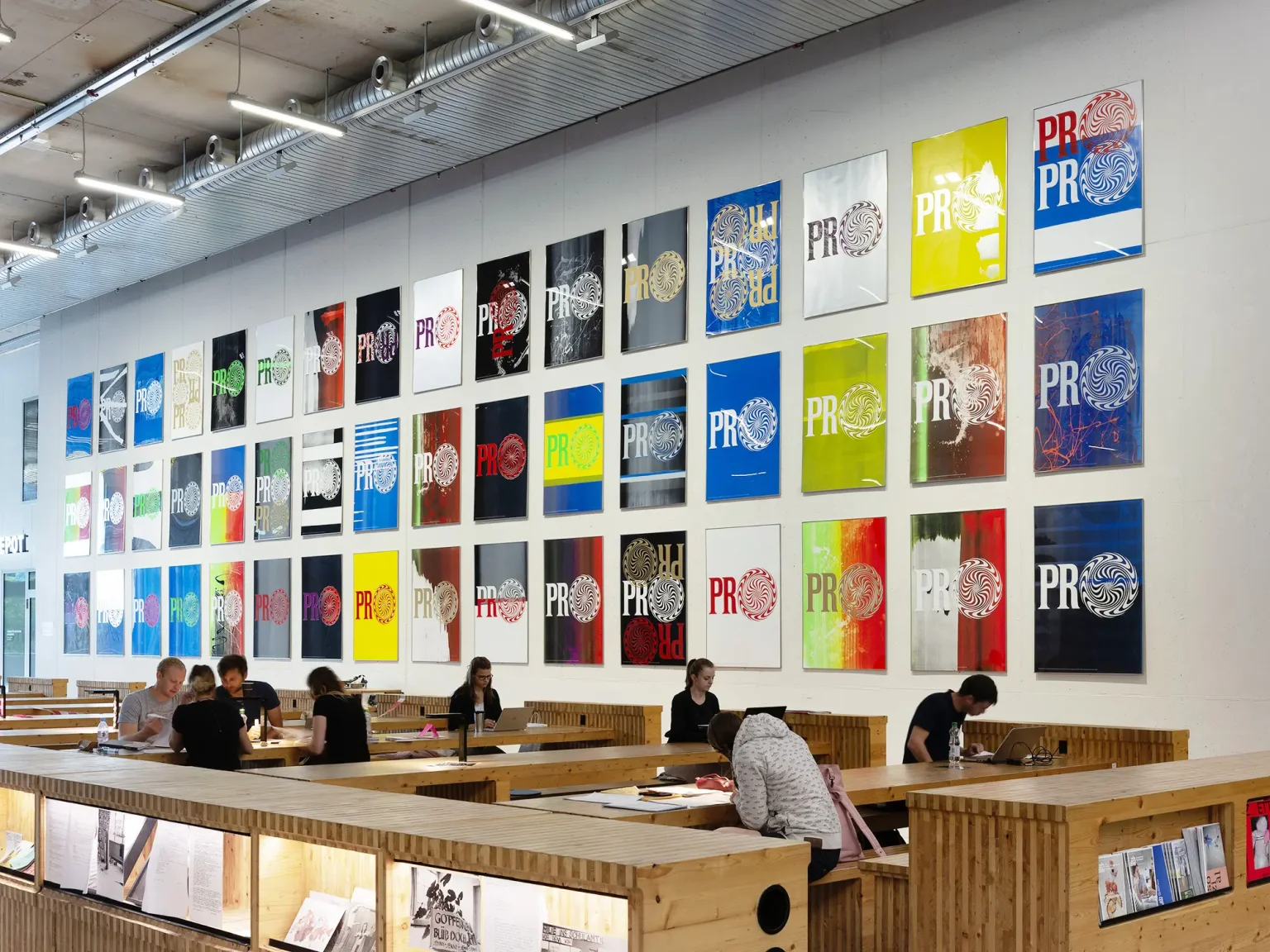
Pro, poster workshop with students of BA Graphic Design – Zurich University of the Arts
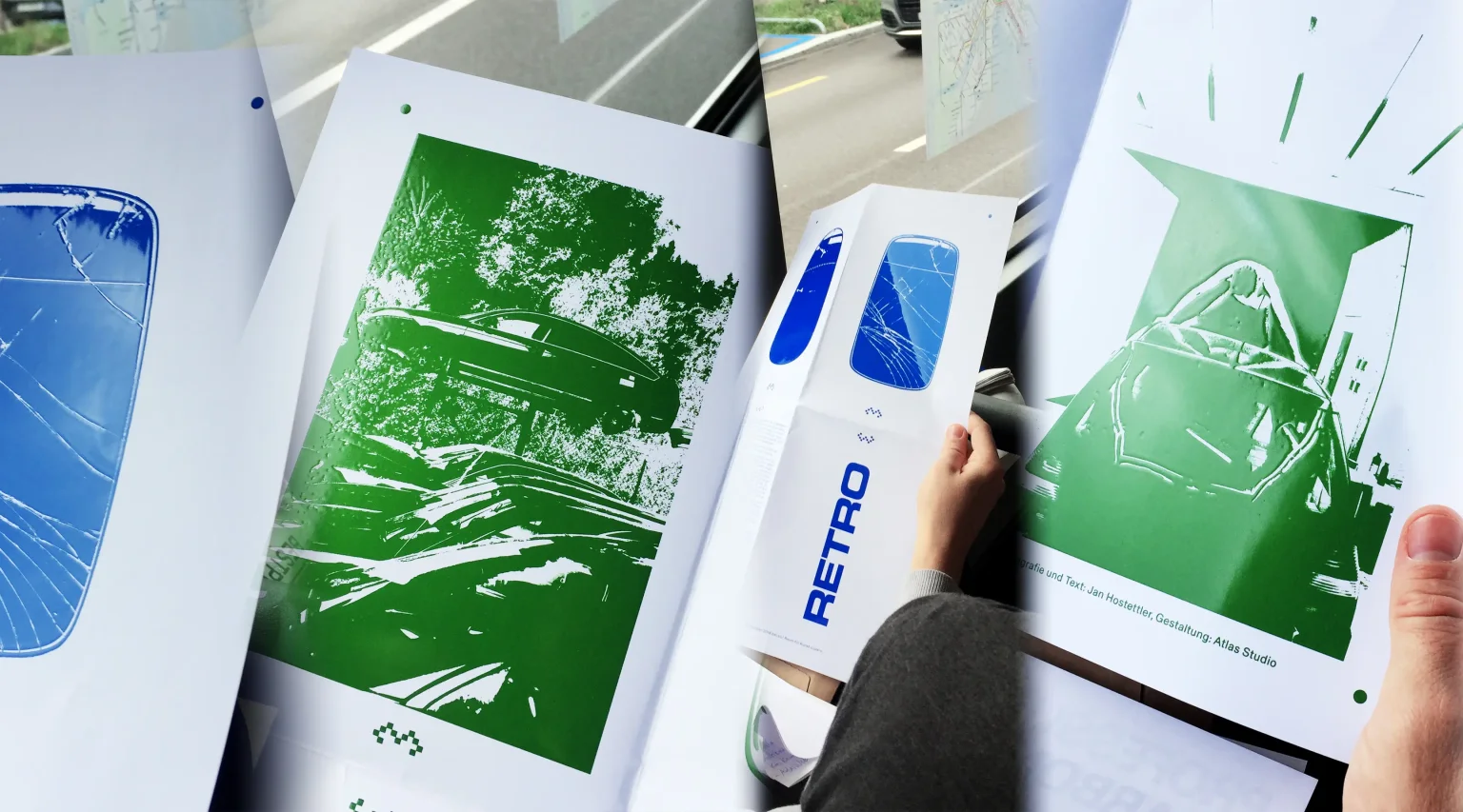
Retro, artist publication for Jan Hostettler, SIC! Raum für Kunst/Lucerne
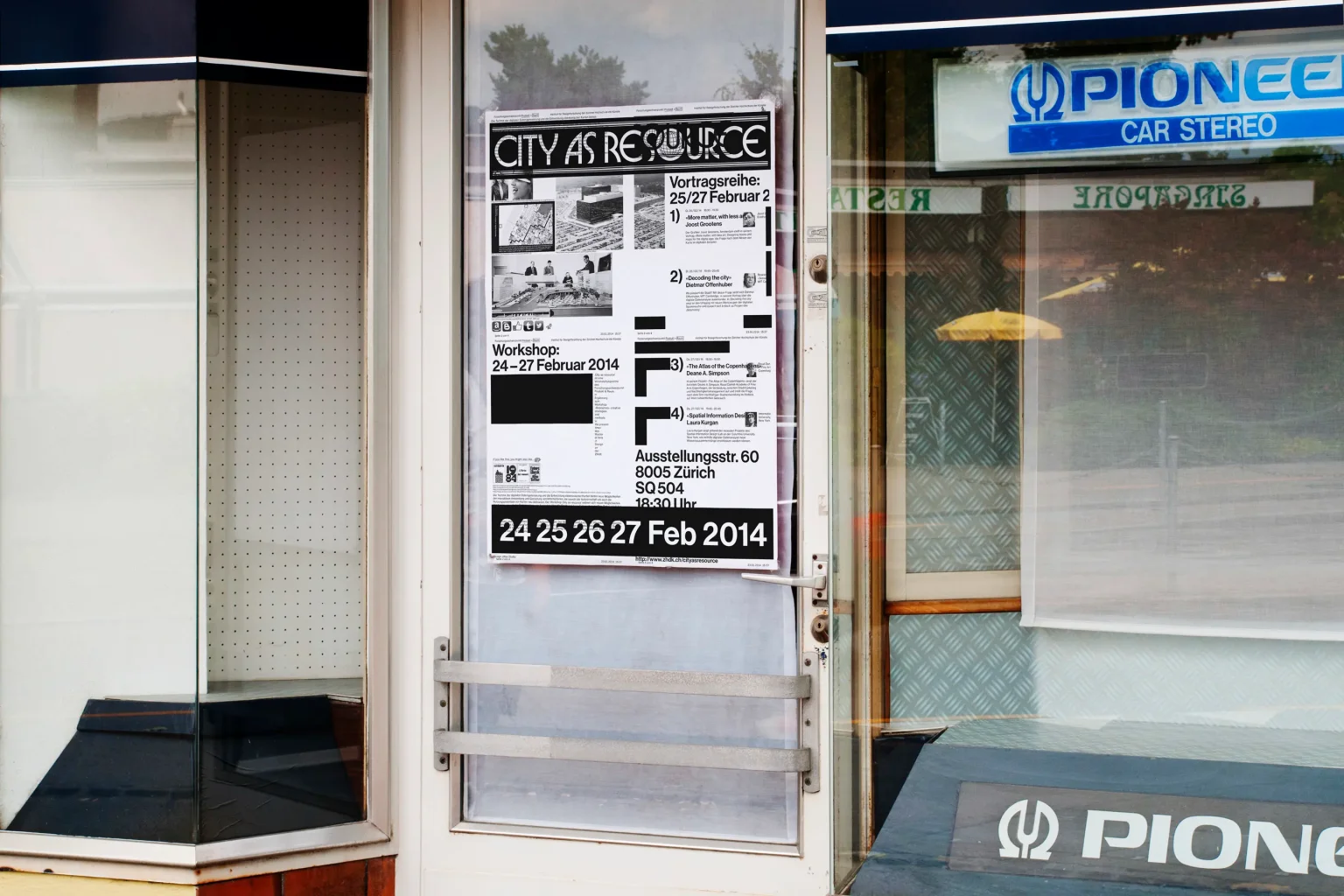
City as Resource, poster for a symposium, Zurich University of the Arts
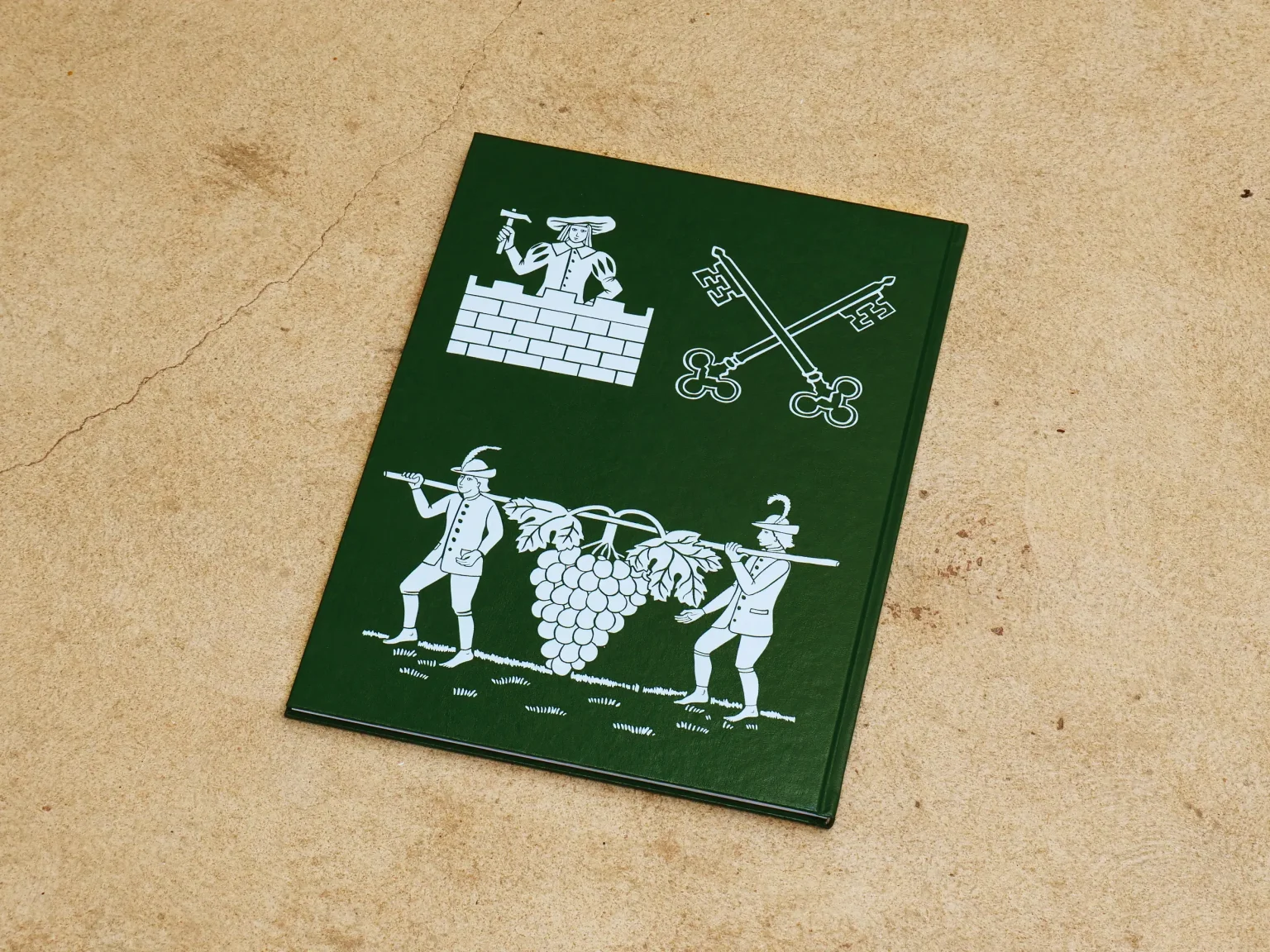
Zwischen Anlagen Anderer, artist book for Michael Meier/Christoph Franz, Spector Books
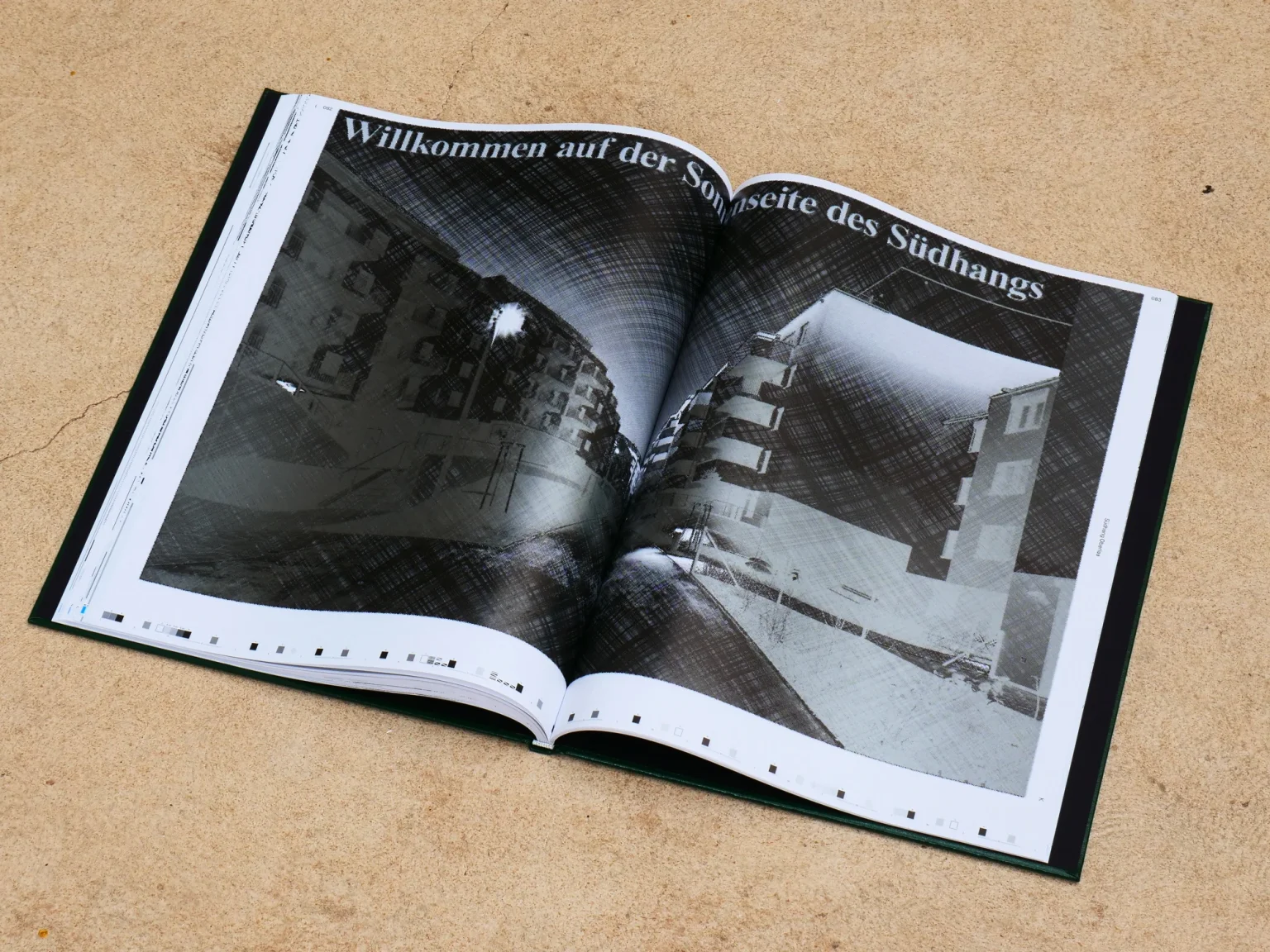
Zwischen Anlagen Anderer, artist book for Michael Meier/Christoph Franz, Spector Books
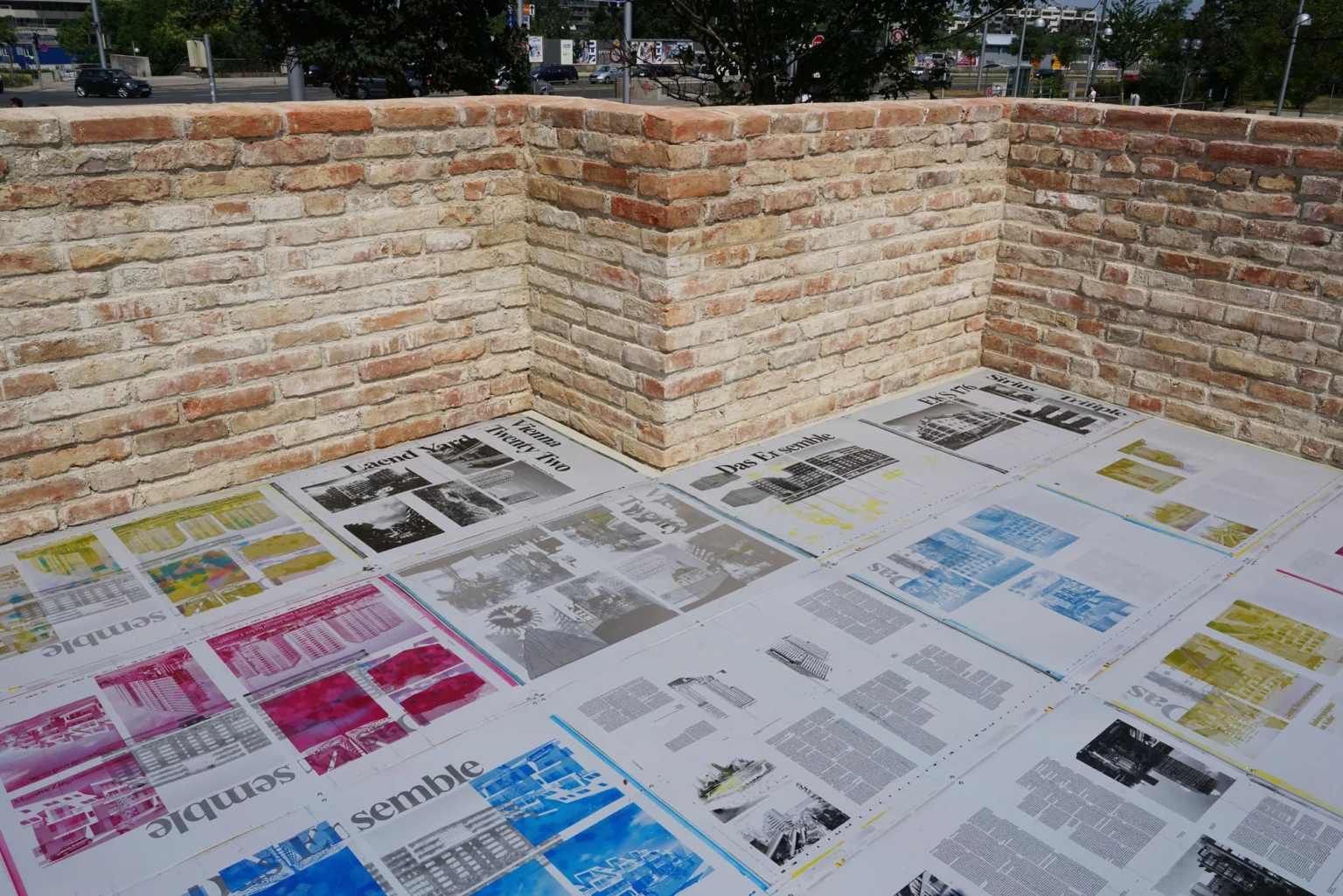
Zwischen Anlagen Anderer, artist book for Michael Meier/Christoph Franz, Spector Books
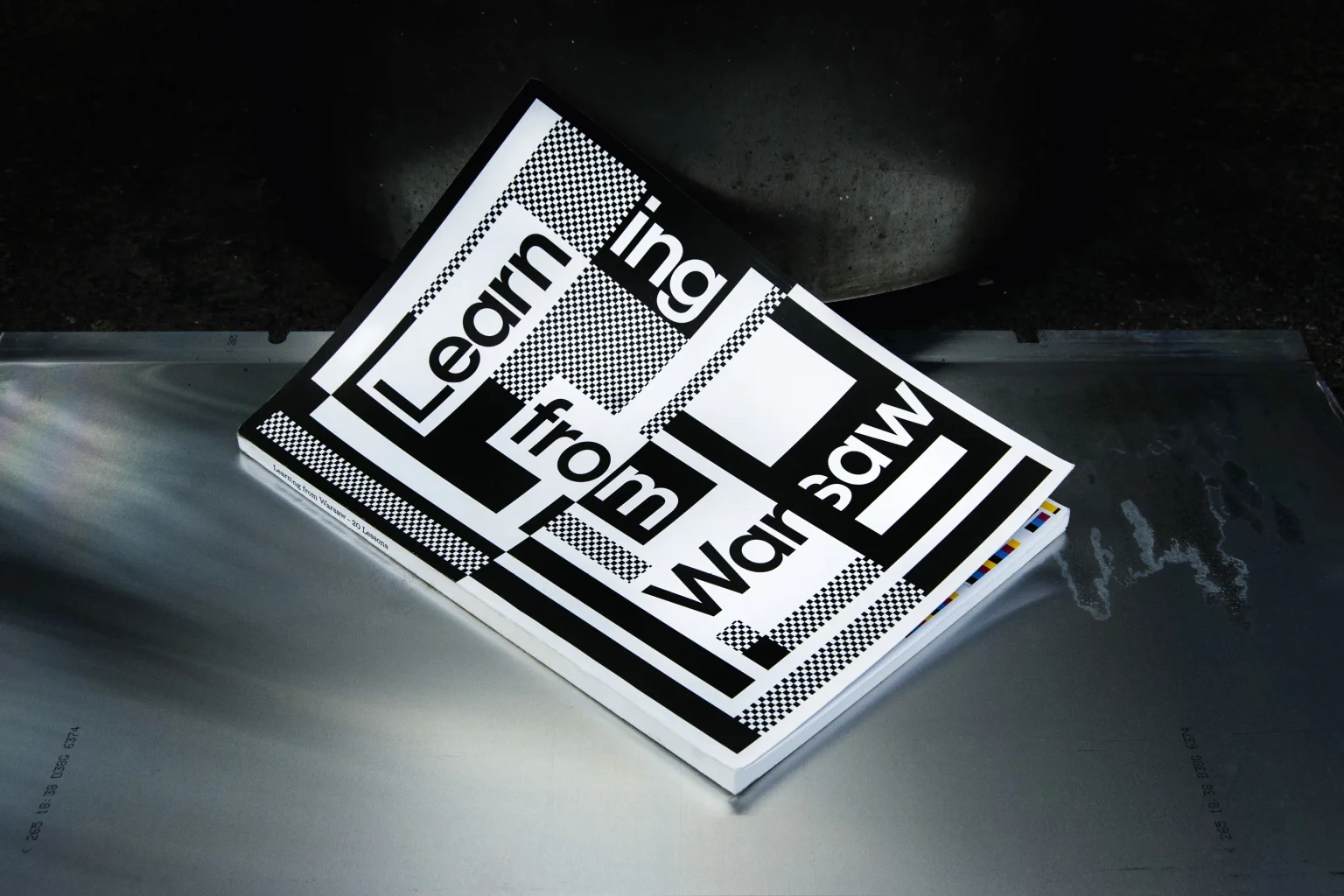
Learning from Warsaw, exhibition campaign and catalogue, Pro Helvetia + Kunstverein Zurich
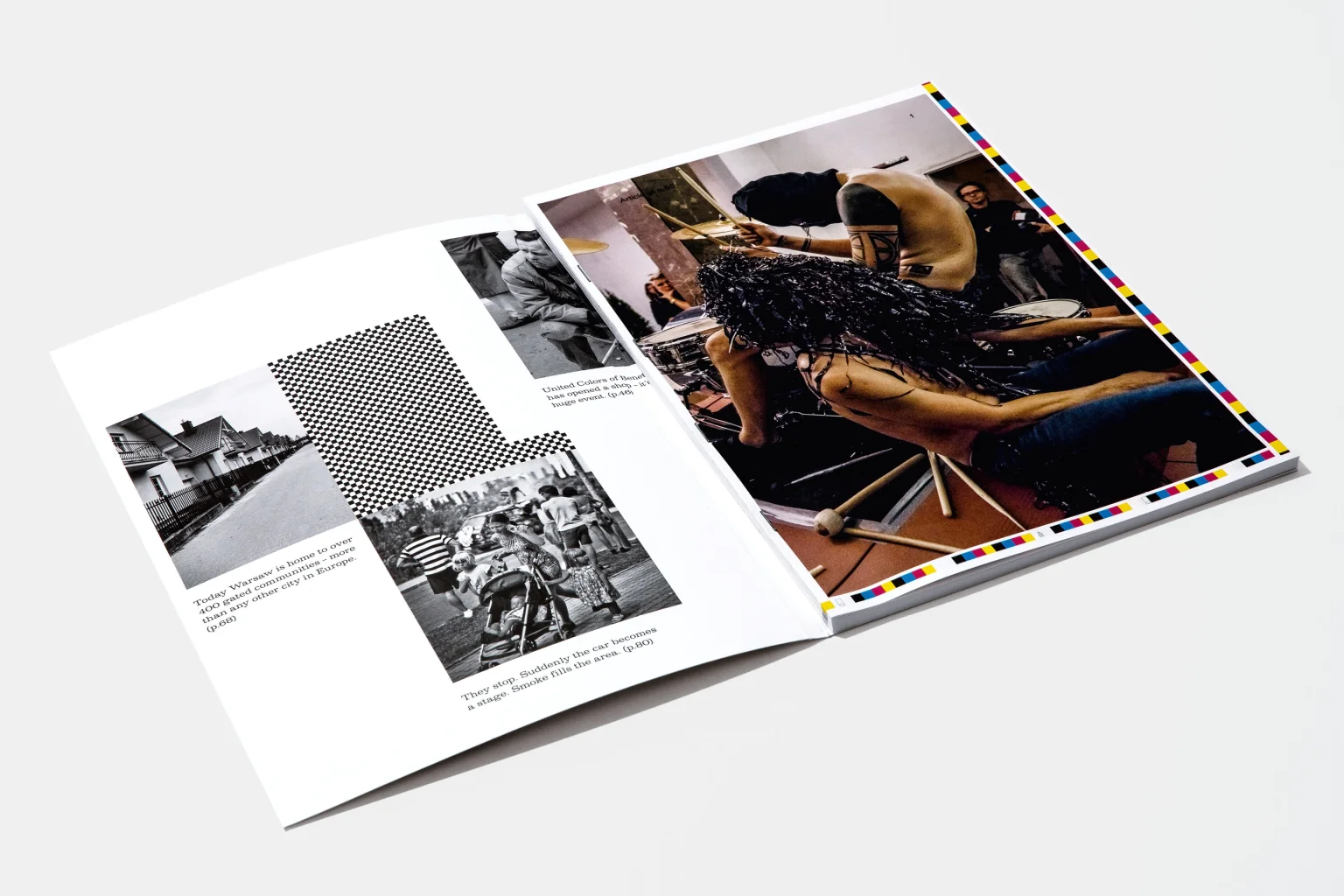
Learning from Warsaw, exhibition campaign and catalogue, Pro Helvetia + Kunstverein Zurich
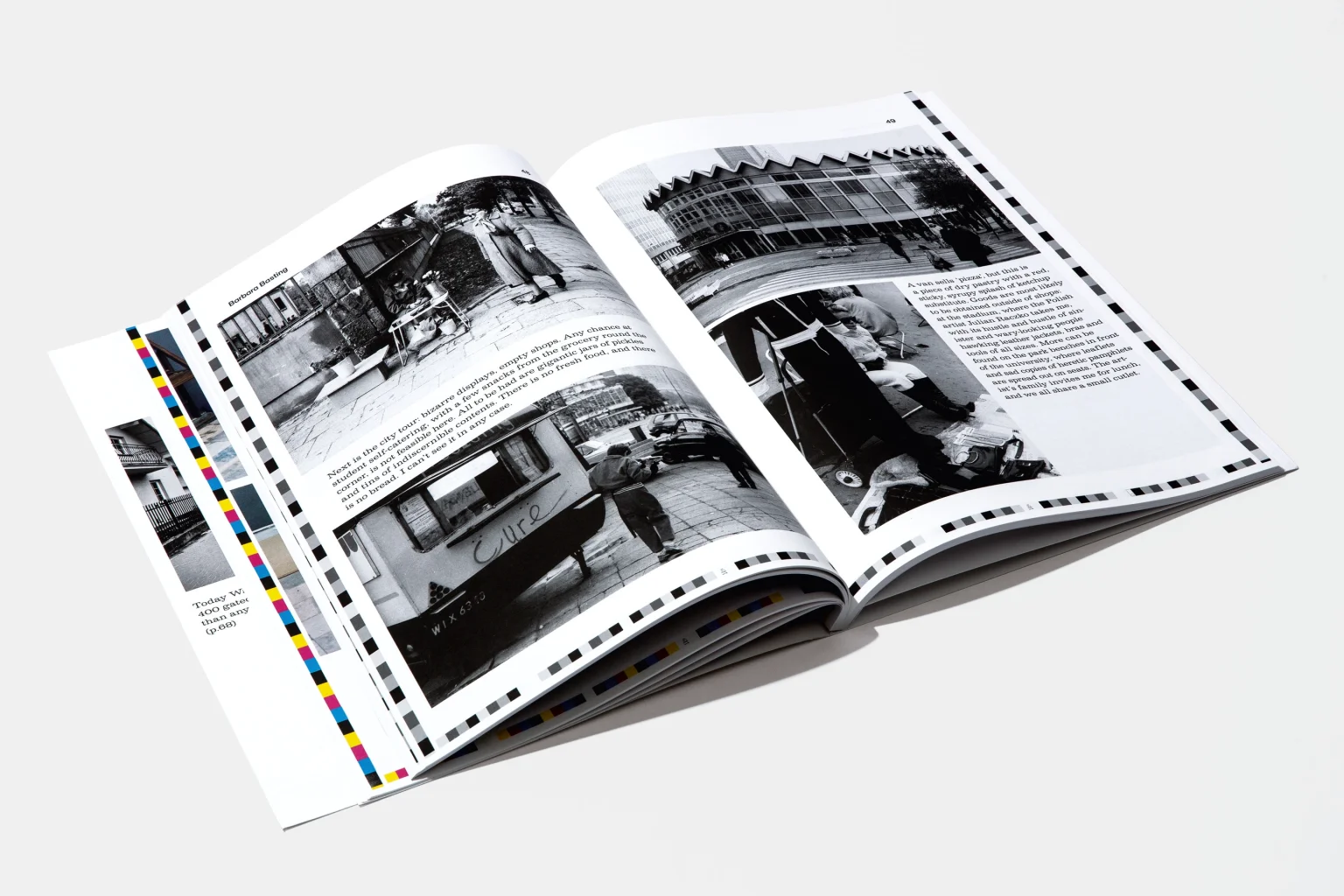
Learning from Warsaw, exhibition campaign and catalogue, Pro Helvetia + Kunstverein Zurich
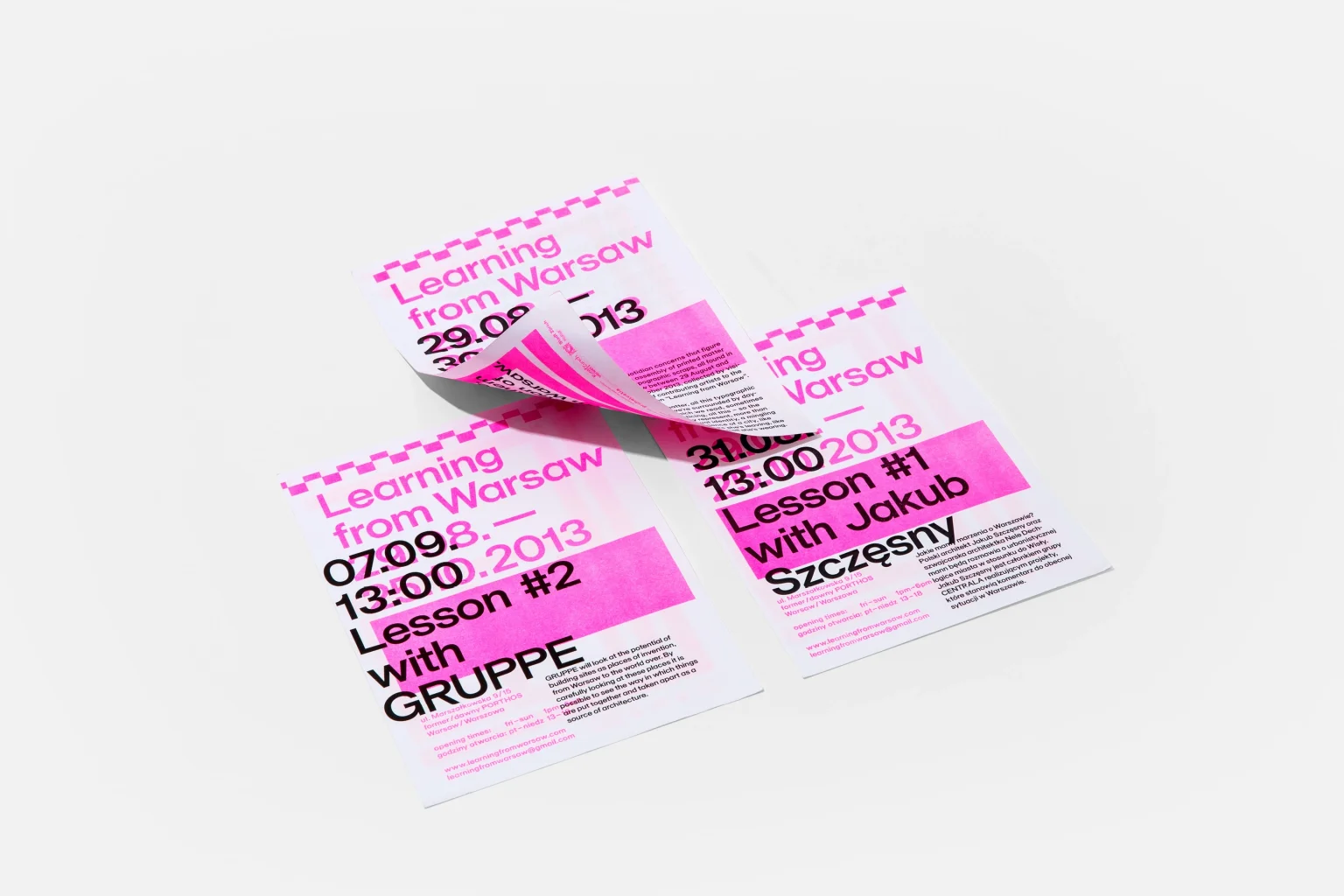
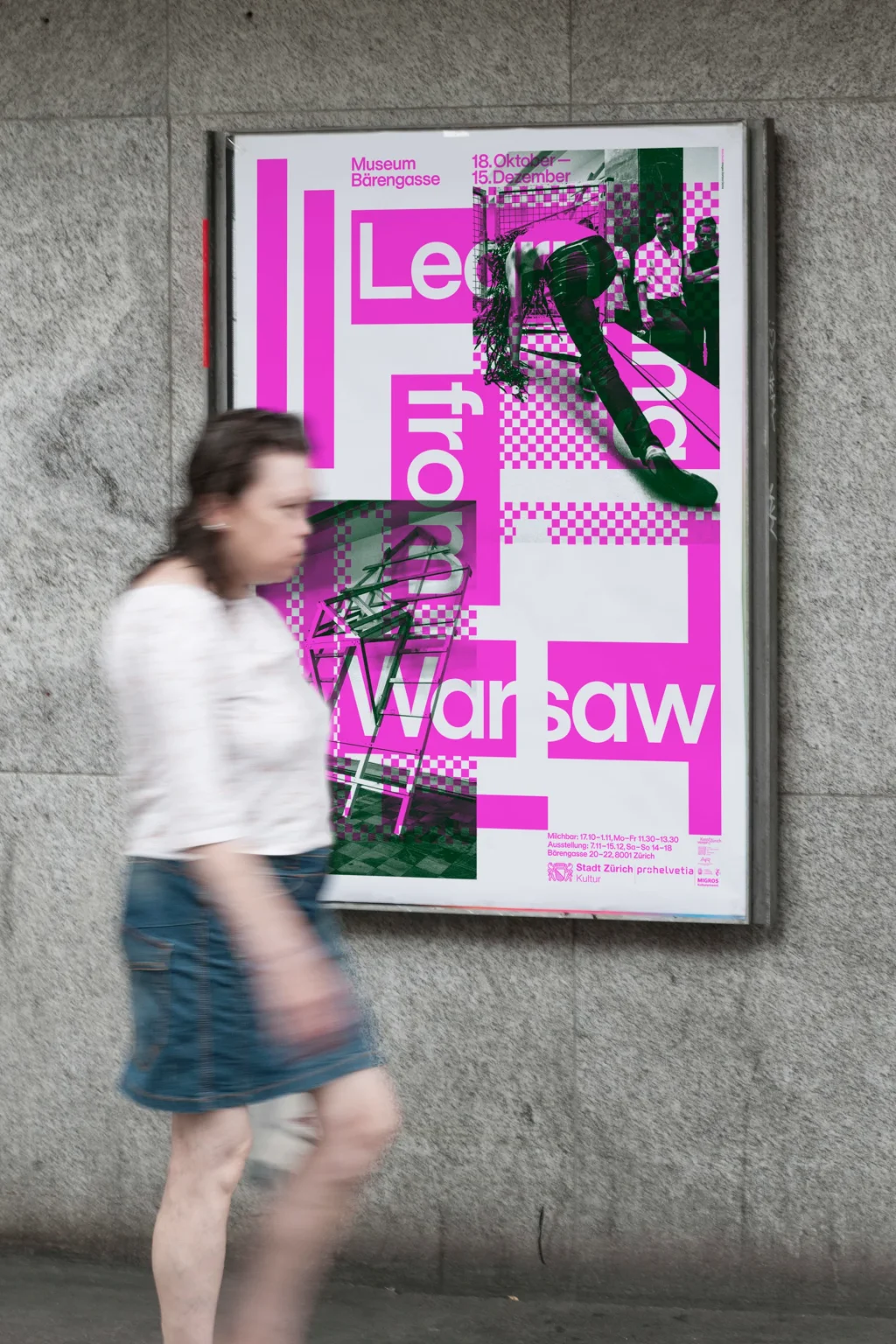
Learning from Warsaw, exhibition campaign and catalogue, Pro Helvetia + Kunstverein Zurich
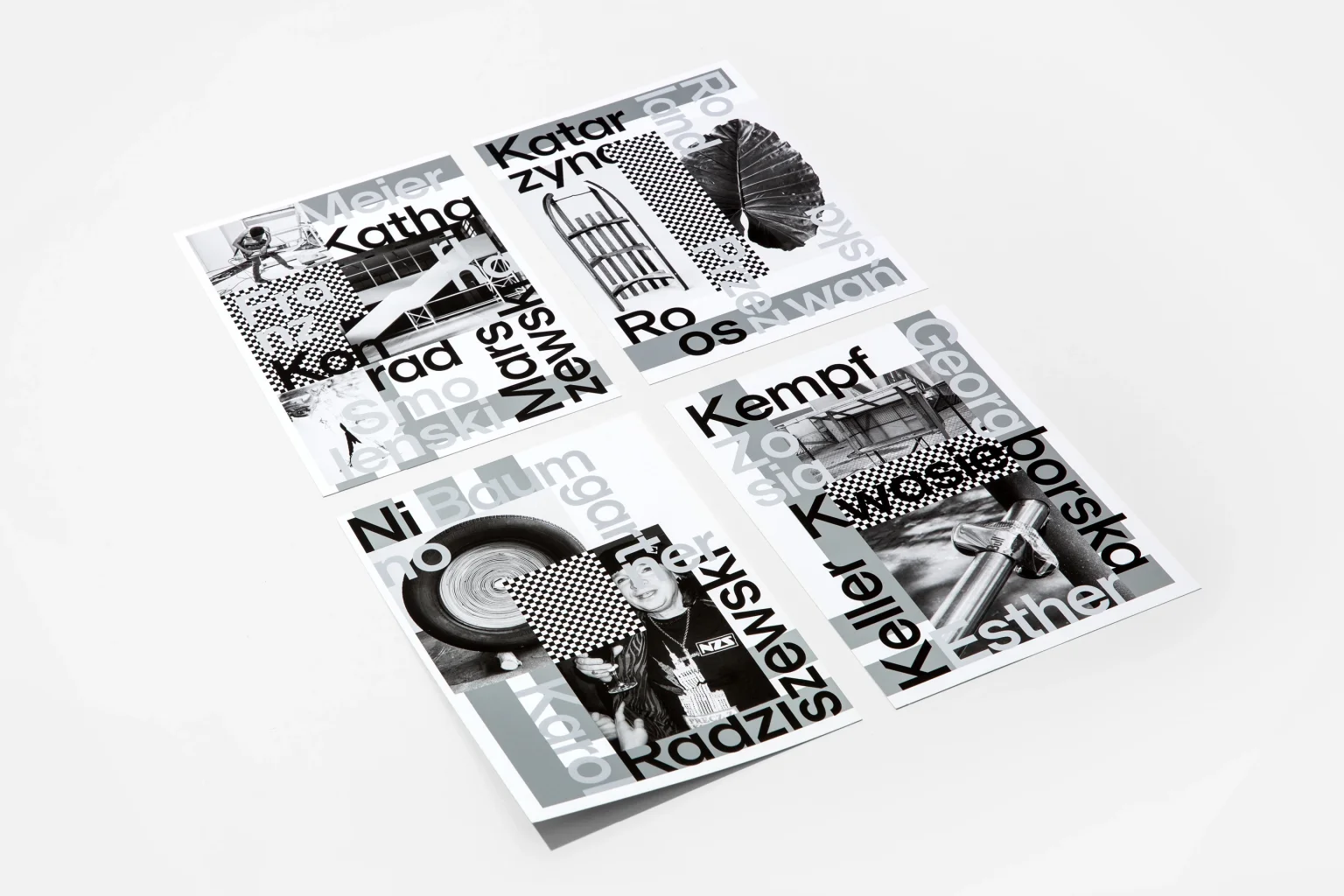
Learning from Warsaw, exhibition campaign and catalogue, Pro Helvetia + Kunstverein Zurich
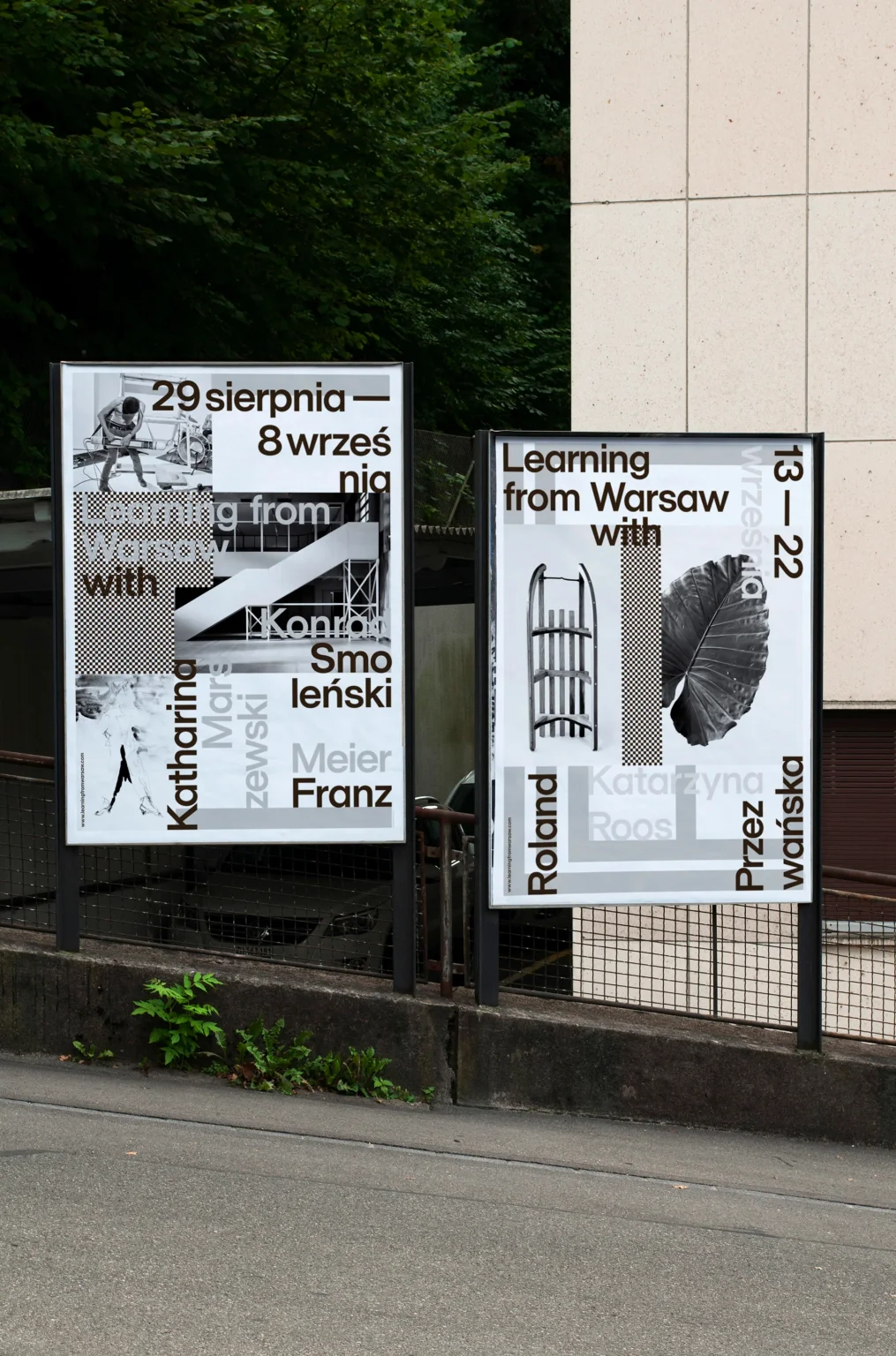
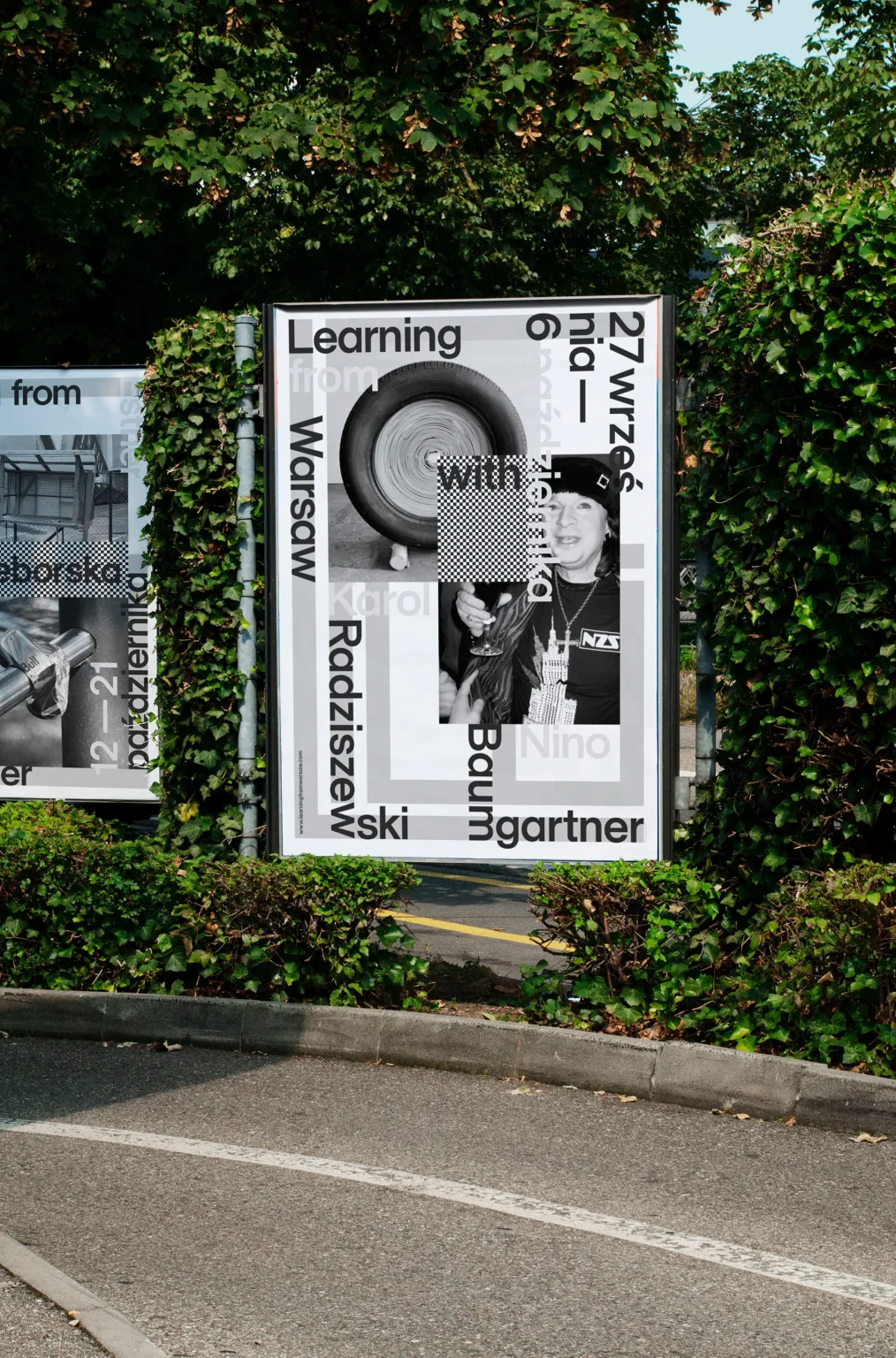
Learning from Warsaw, exhibition campaign and catalogue, Pro Helvetia + Kunstverein Zurich
Tonverein Bad Bonn, monthly programme posters 2020
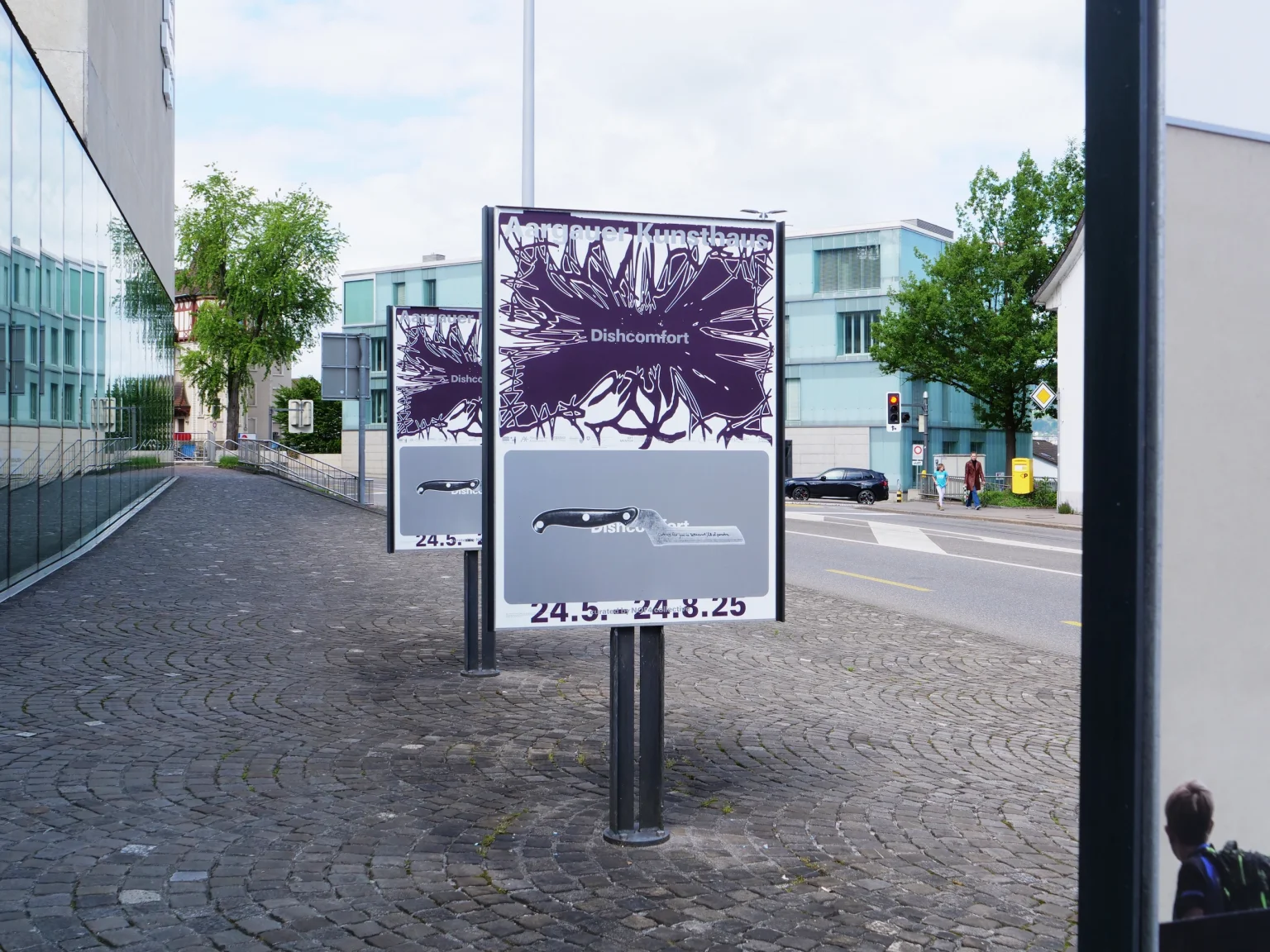
Dishcomfort, exhibition campaign and printed matter, Aargauer Kunsthaus
Dishcomfort, exhibition campaign and printed matter, Aargauer Kunsthaus
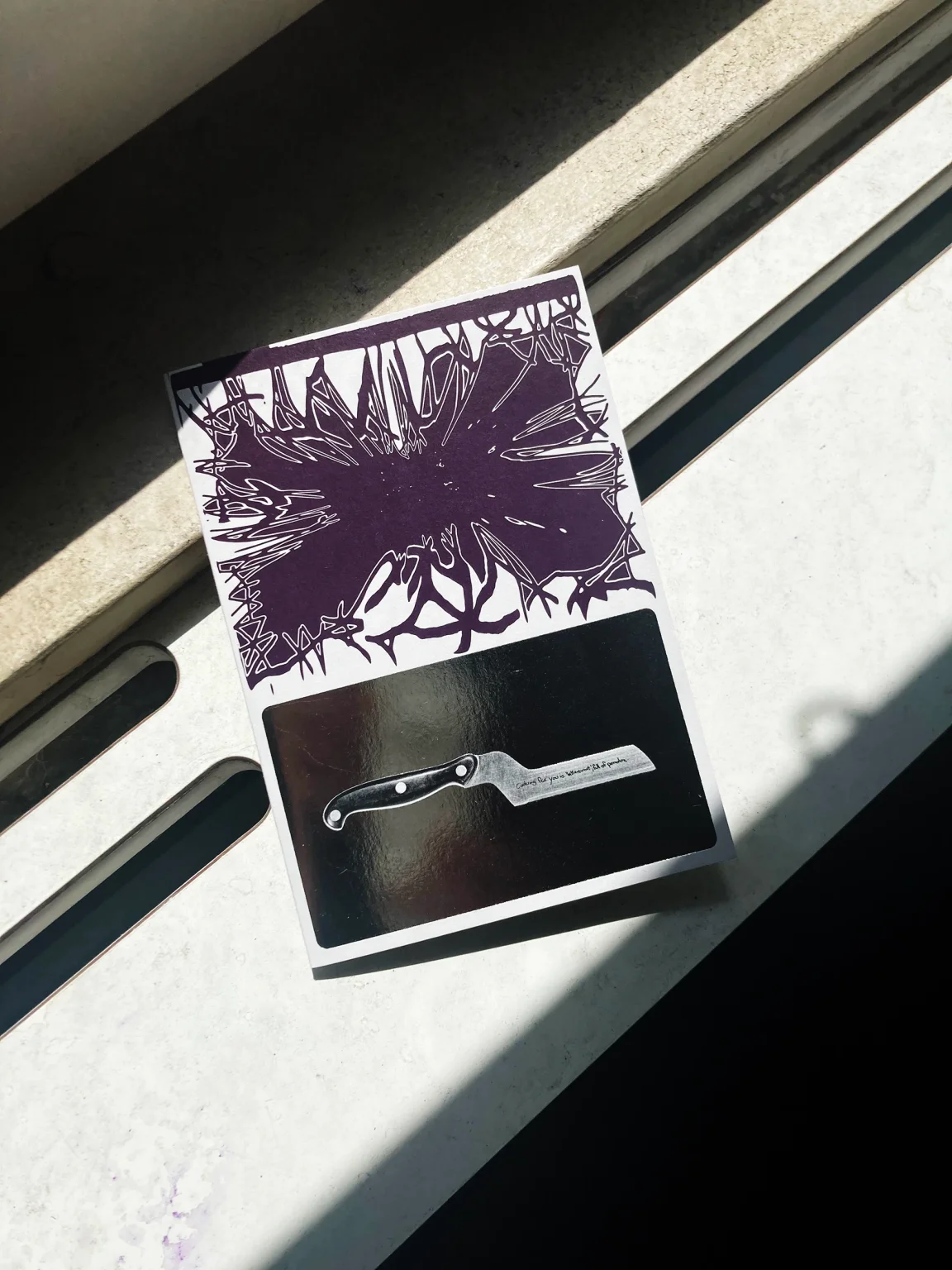
Dishcomfort, exhibition campaign and printed matter, Aargauer Kunsthaus
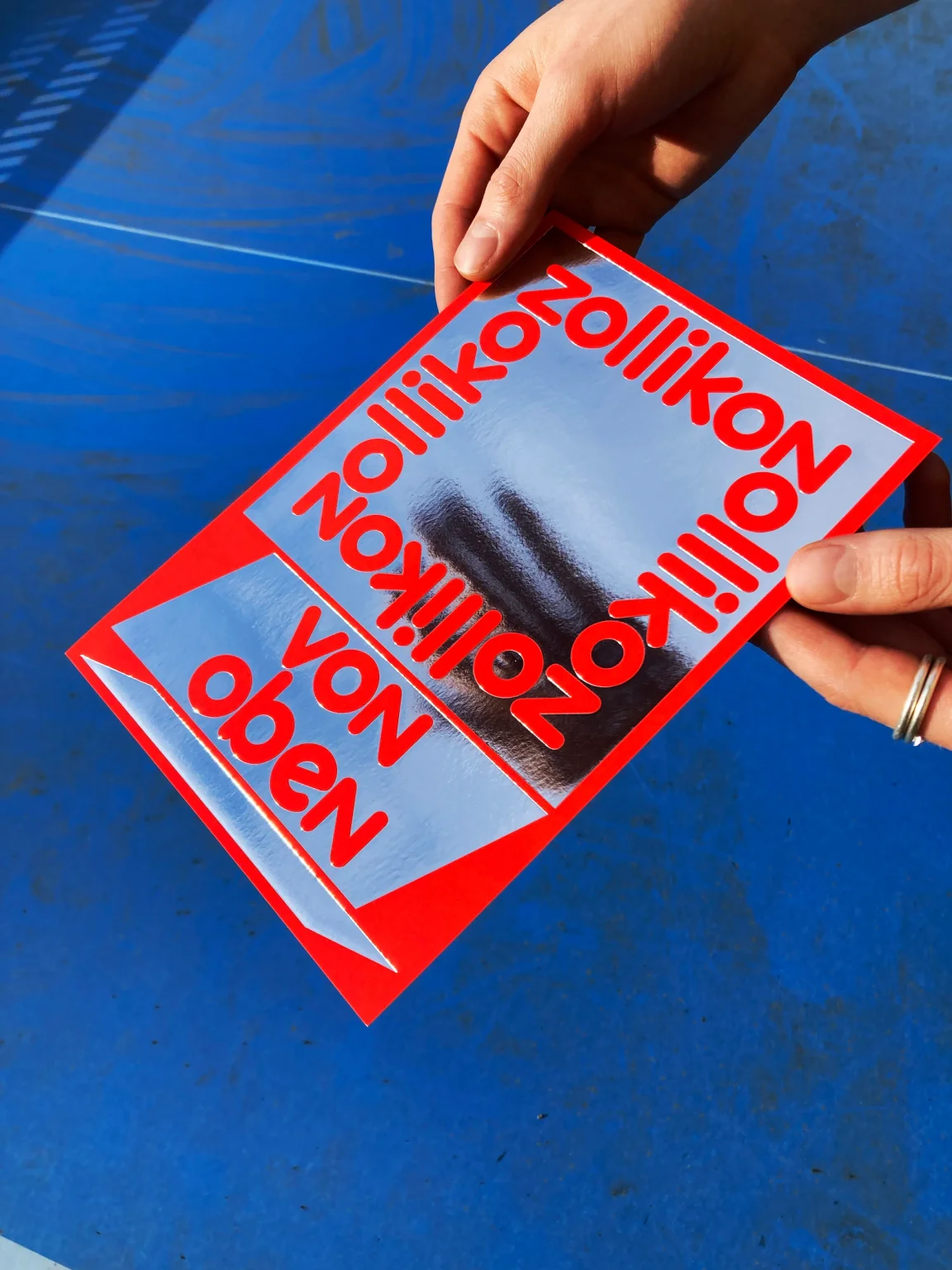
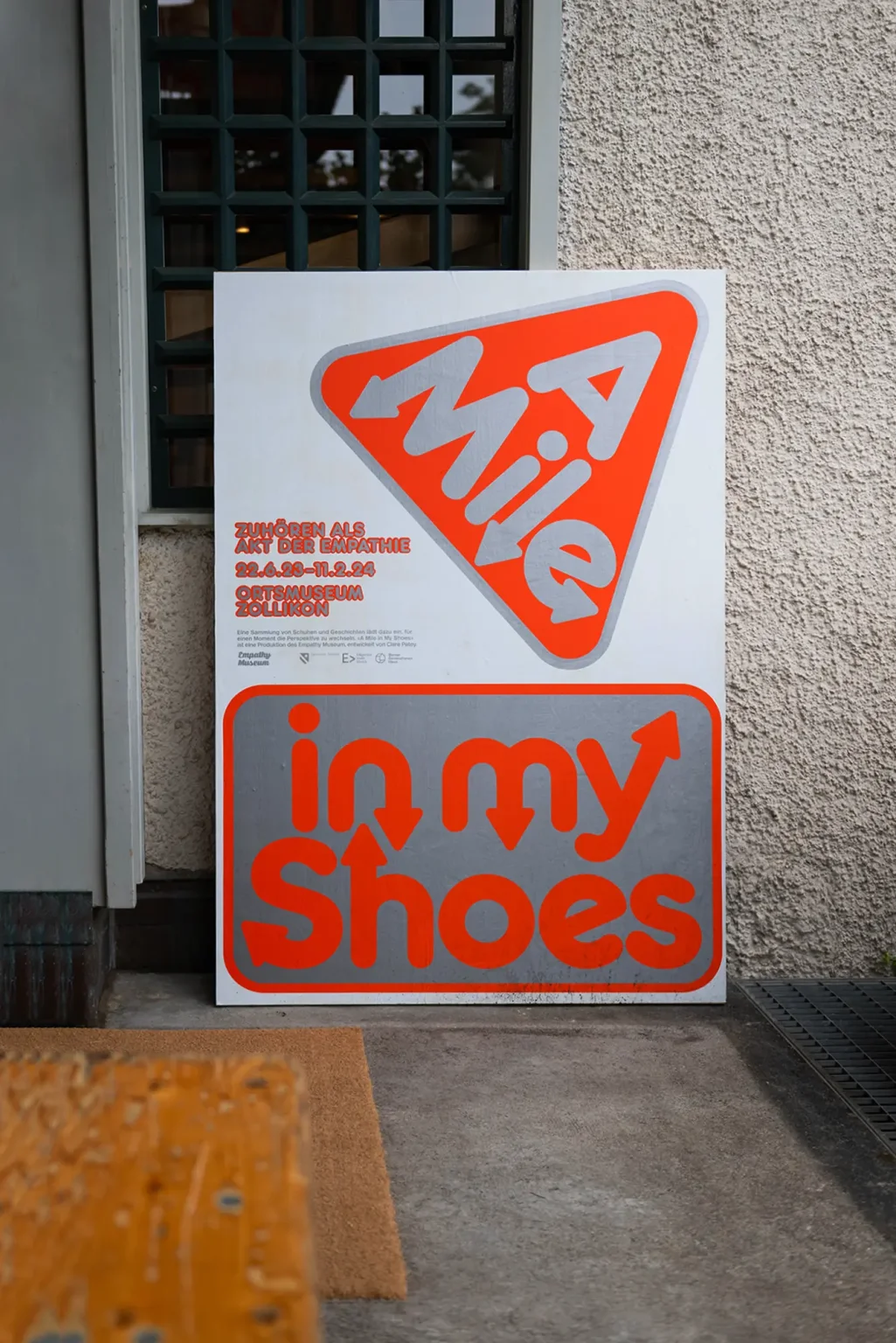
Ortsmuseum Zollikon, exhibition campaigns and visual identity
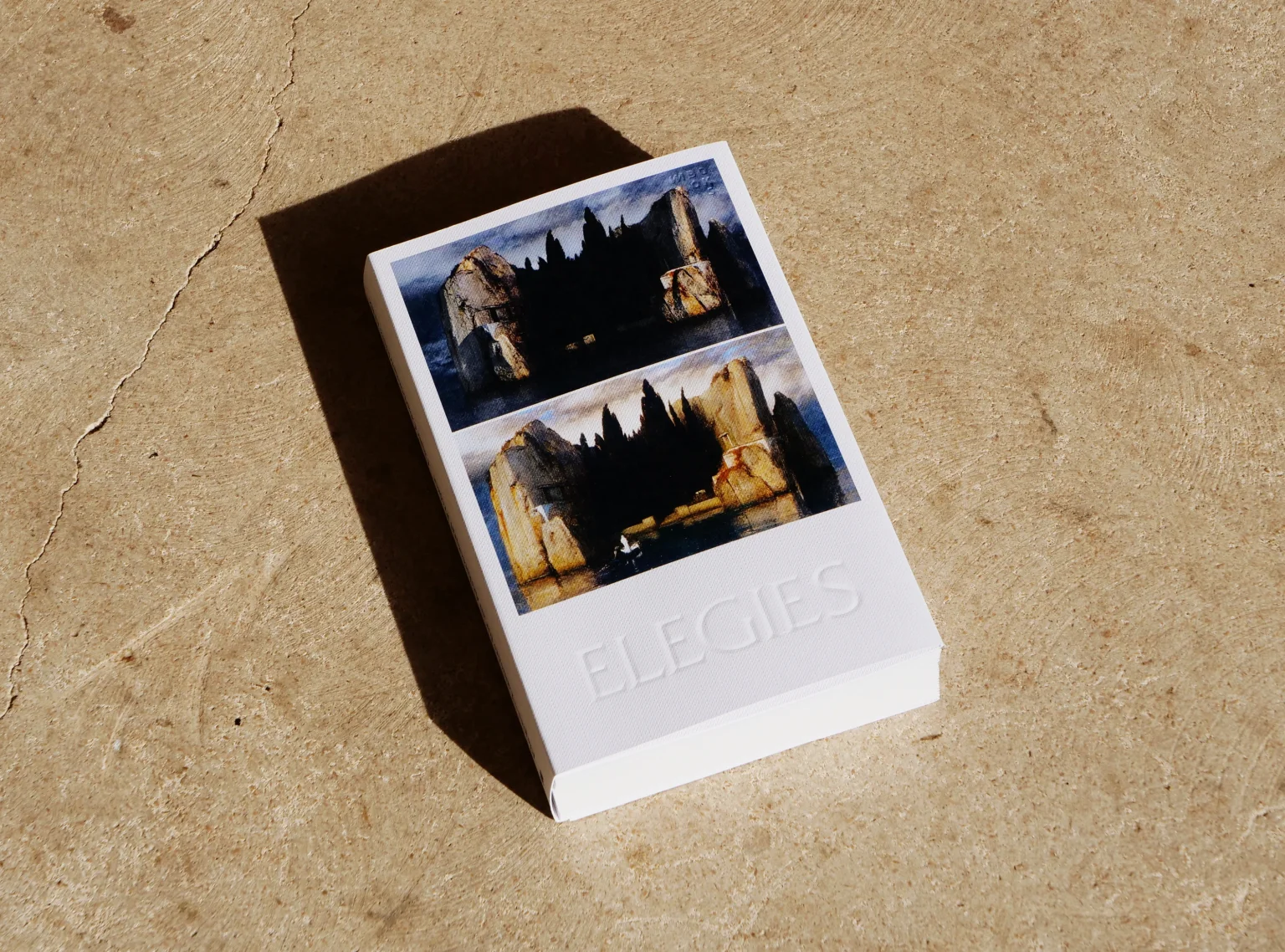
Elegies – Laments for an Architectural Project, VOLUPTAS, Chair Charbonnet/Heiz, ETH Zurich, M Books
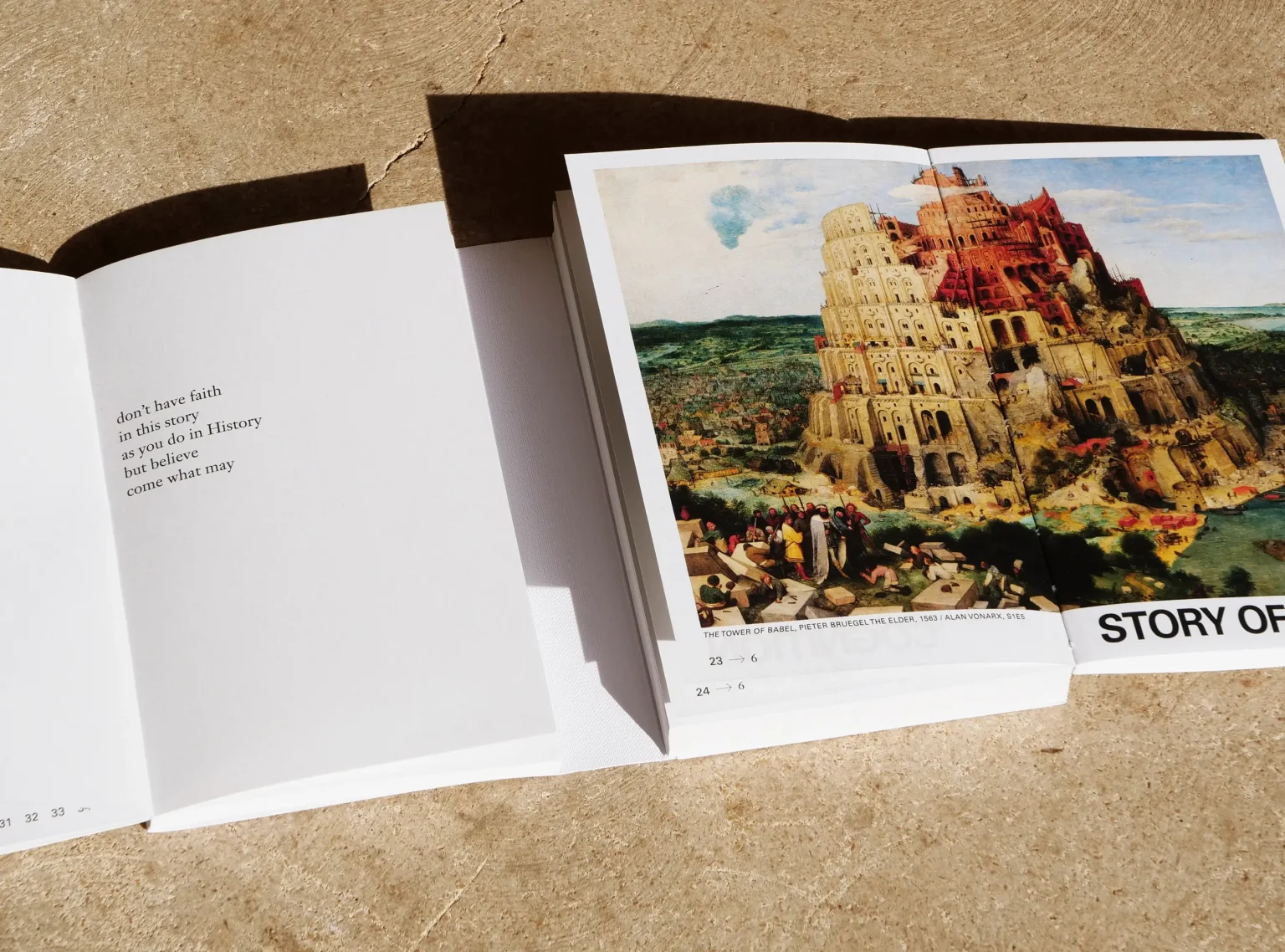
Elegies – Laments for an Architectural Project, VOLUPTAS, Chair Charbonnet/Heiz, ETH Zurich, M Books
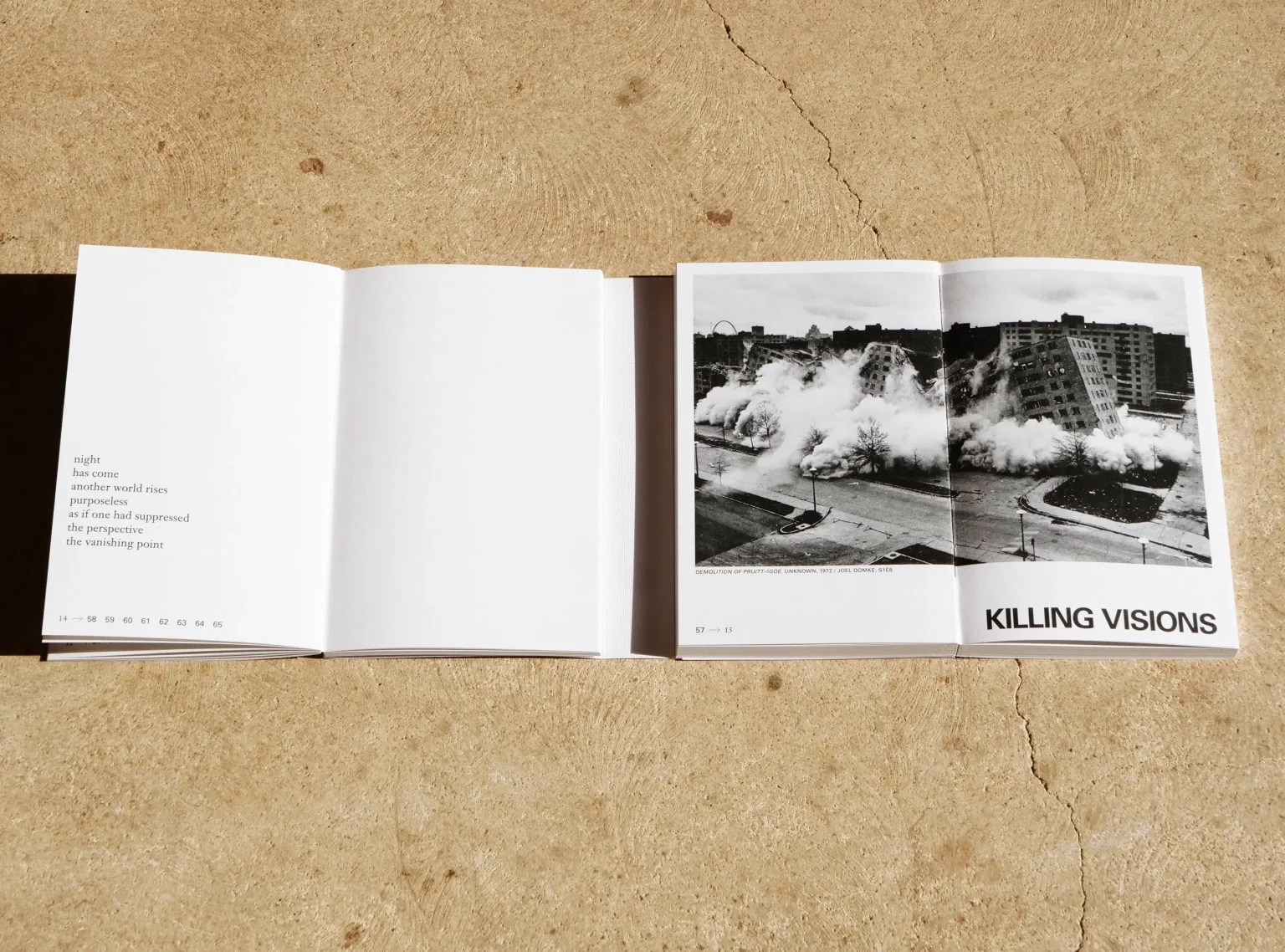
Elegies – Laments for an Architectural Project, VOLUPTAS, Chair Charbonnet/Heiz, ETH Zurich, M Books
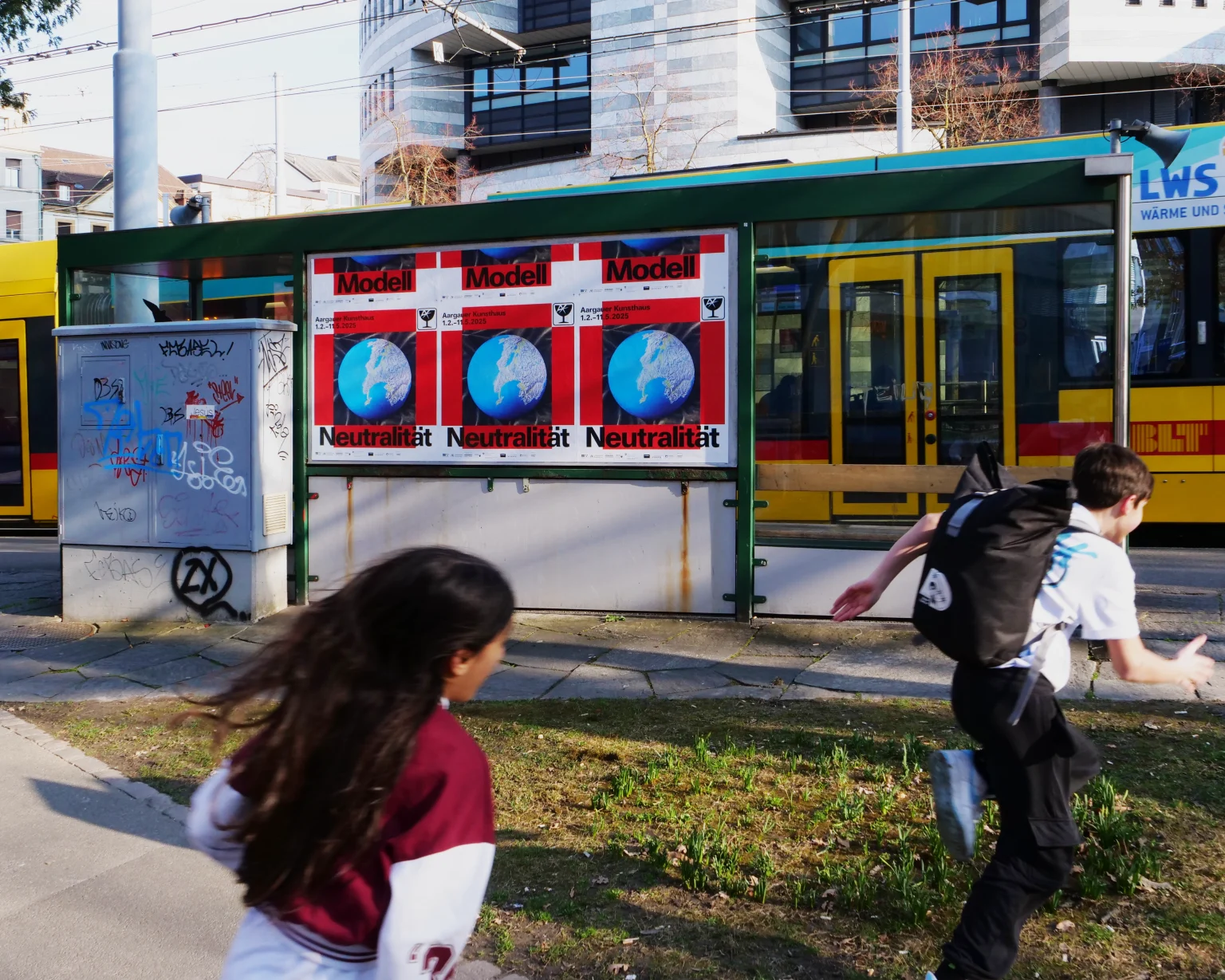
Modell Neutralität, exhibition campaign and printed matter, Aargauer Kunsthaus
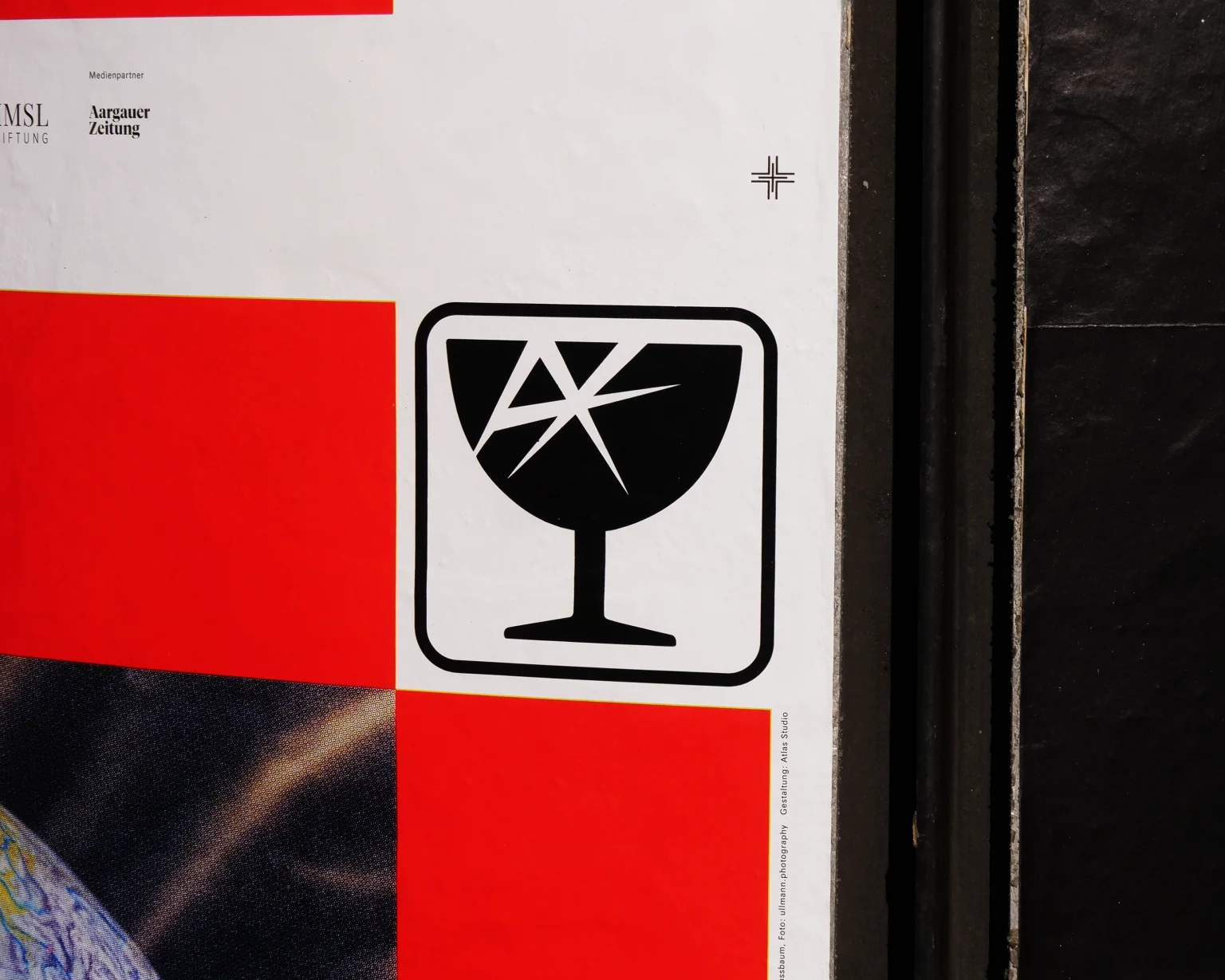
Modell Neutralität, exhibition campaign and printed matter, Aargauer Kunsthaus
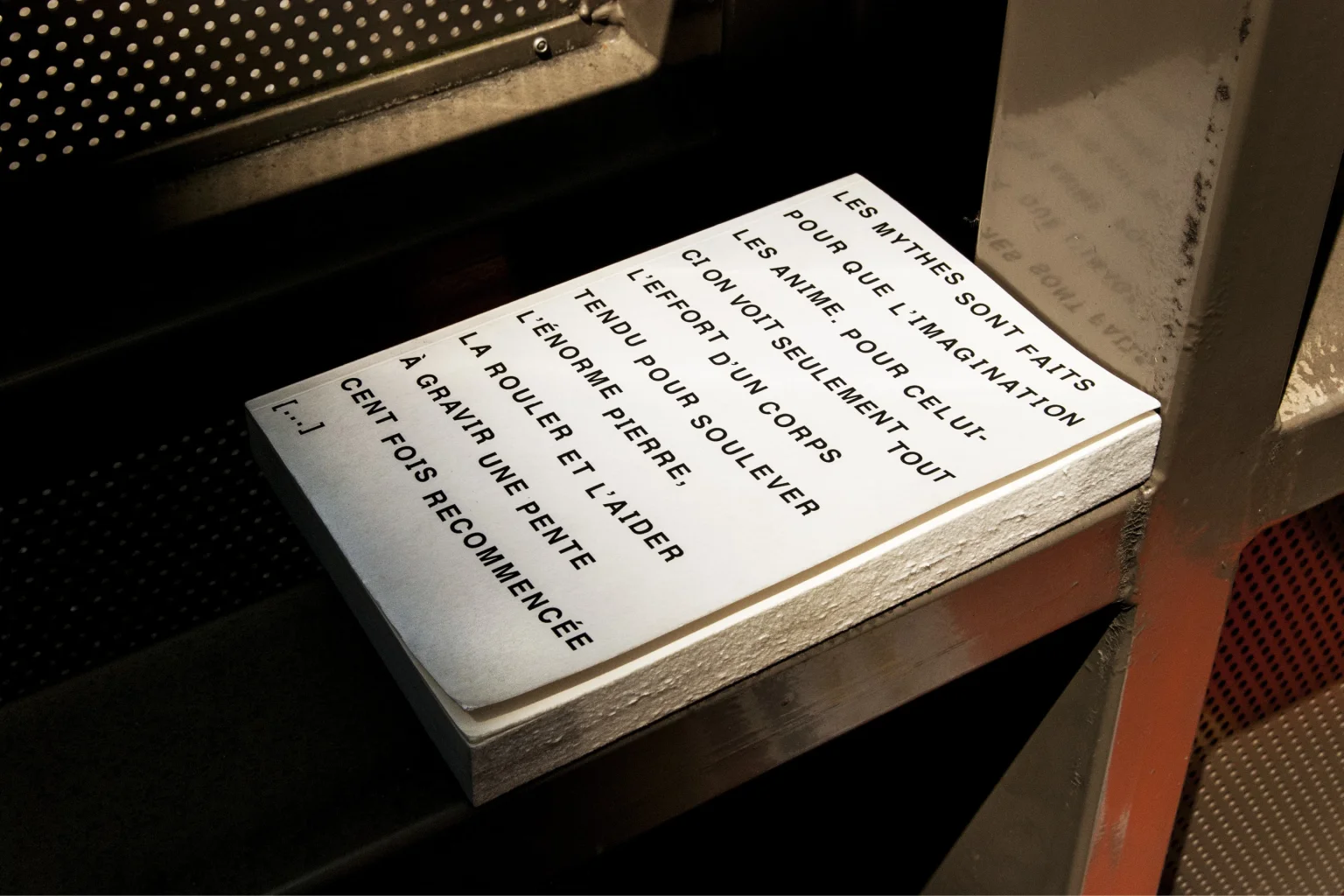
Part One, artist book for Robin Waart
(read moreless)Part one is literally about beginning. The book binds together a collection of 101 found ‘Part one’ pages, reproducing the original page sizes, fonts and typographic placing. Printed in 2010 for an installation of 101 copies that were intended to stay together, followed by a market edition of 202 the next year and reissued in 303 copies with inverted white-on-black dust jackets in 2023, quoting Albert Camus about Sisyphus – an ongoing rehearsal, asking what it means to keep (or not give up) beginning.
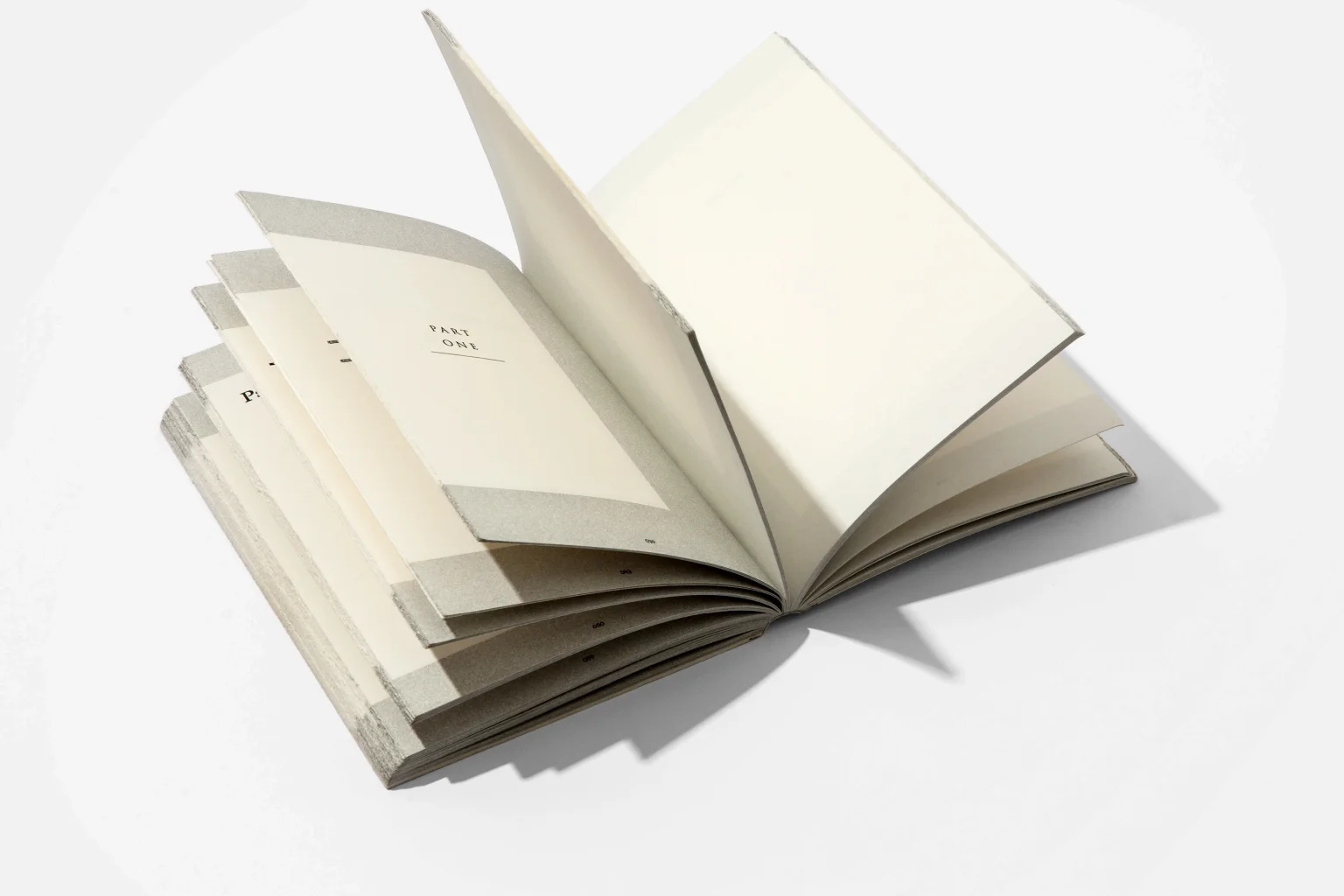
Part One, artist book for Robin Waart
(read moreless)Part one is literally about beginning. The book binds together a collection of 101 found ‘Part one’ pages, reproducing the original page sizes, fonts and typographic placing. Printed in 2010 for an installation of 101 copies that were intended to stay together, followed by a market edition of 202 the next year and reissued in 303 copies with inverted white-on-black dust jackets in 2023, quoting Albert Camus about Sisyphus – an ongoing rehearsal, asking what it means to keep (or not give up) beginning.
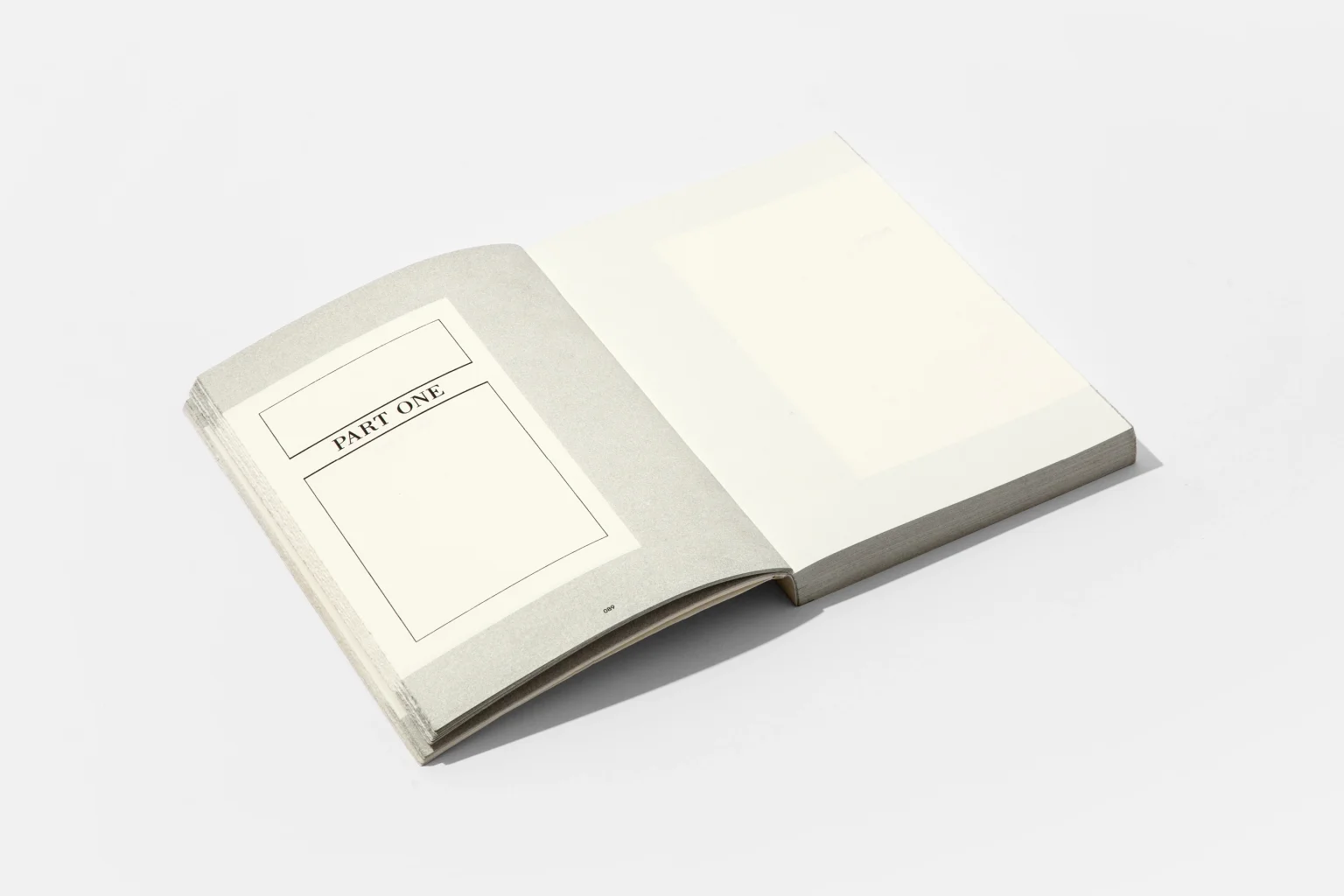
Part One, artist book for Robin Waart
(read moreless)Part one is literally about beginning. The book binds together a collection of 101 found ‘Part one’ pages, reproducing the original page sizes, fonts and typographic placing. Printed in 2010 for an installation of 101 copies that were intended to stay together, followed by a market edition of 202 the next year and reissued in 303 copies with inverted white-on-black dust jackets in 2023, quoting Albert Camus about Sisyphus – an ongoing rehearsal, asking what it means to keep (or not give up) beginning.
Rupf Art Foundation, website
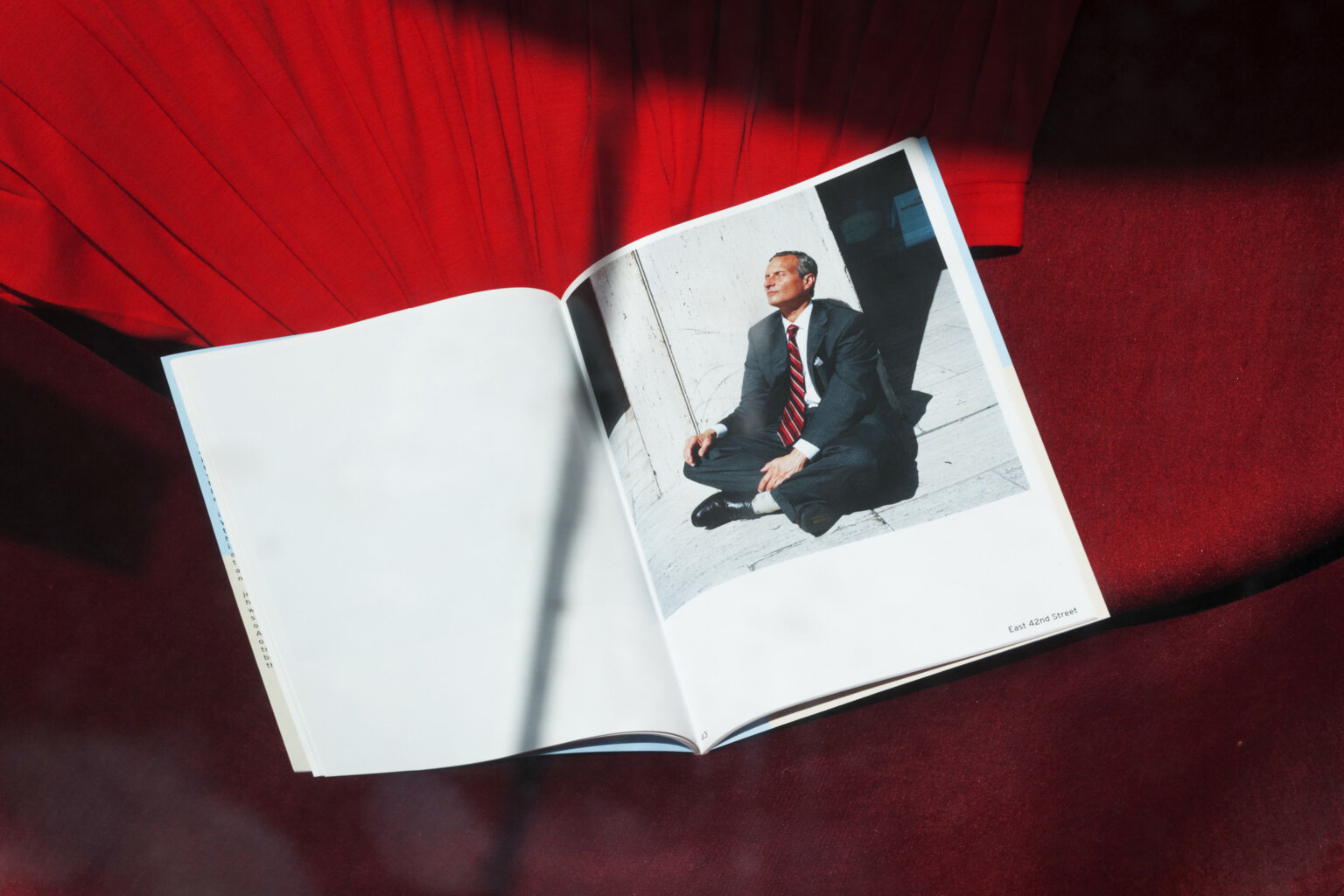
Jiří Makovec – From the Island
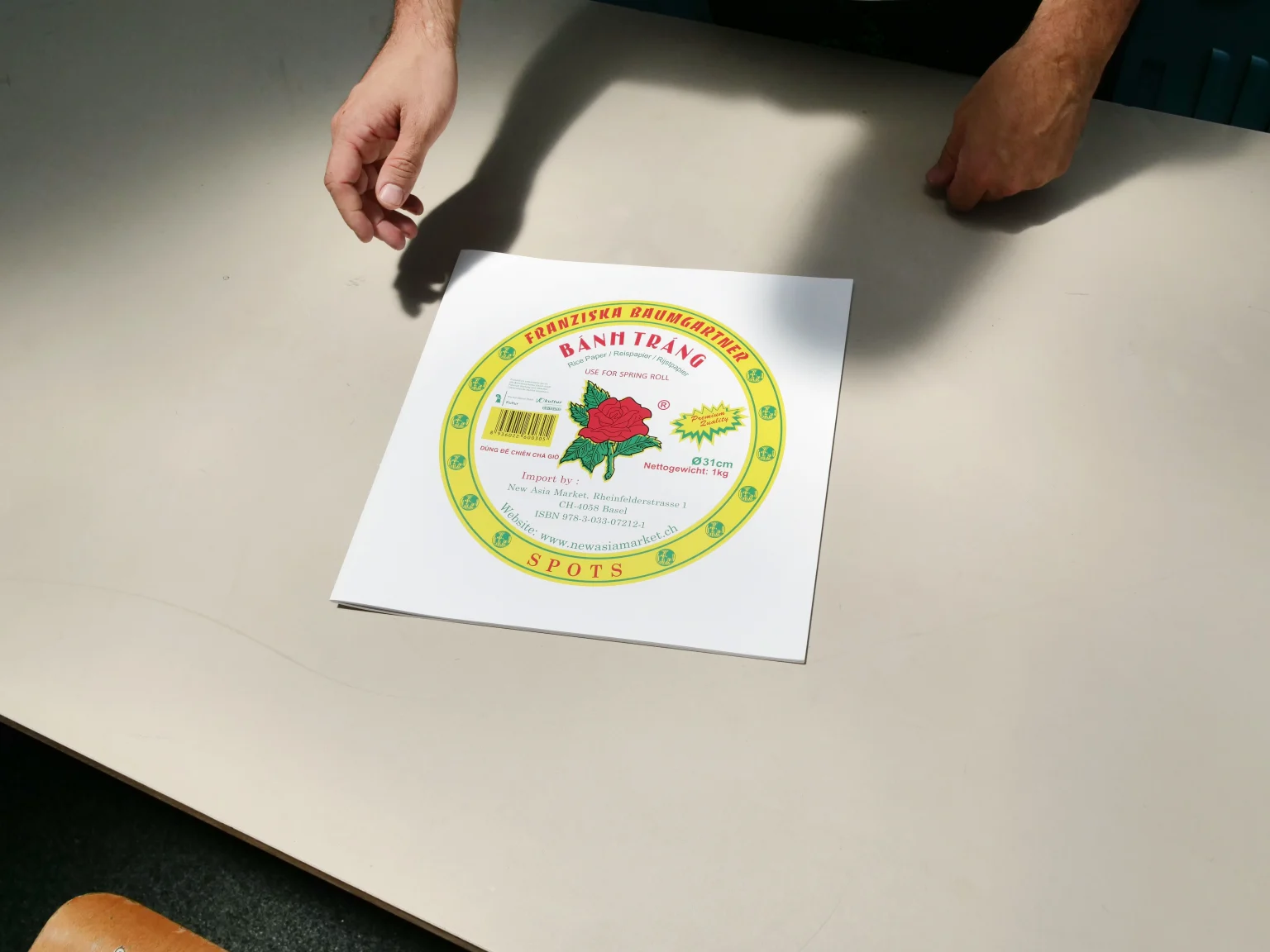
Spots, exhibition catalogue for Franziska Baumgartner, Ausstellungsraum Klingental
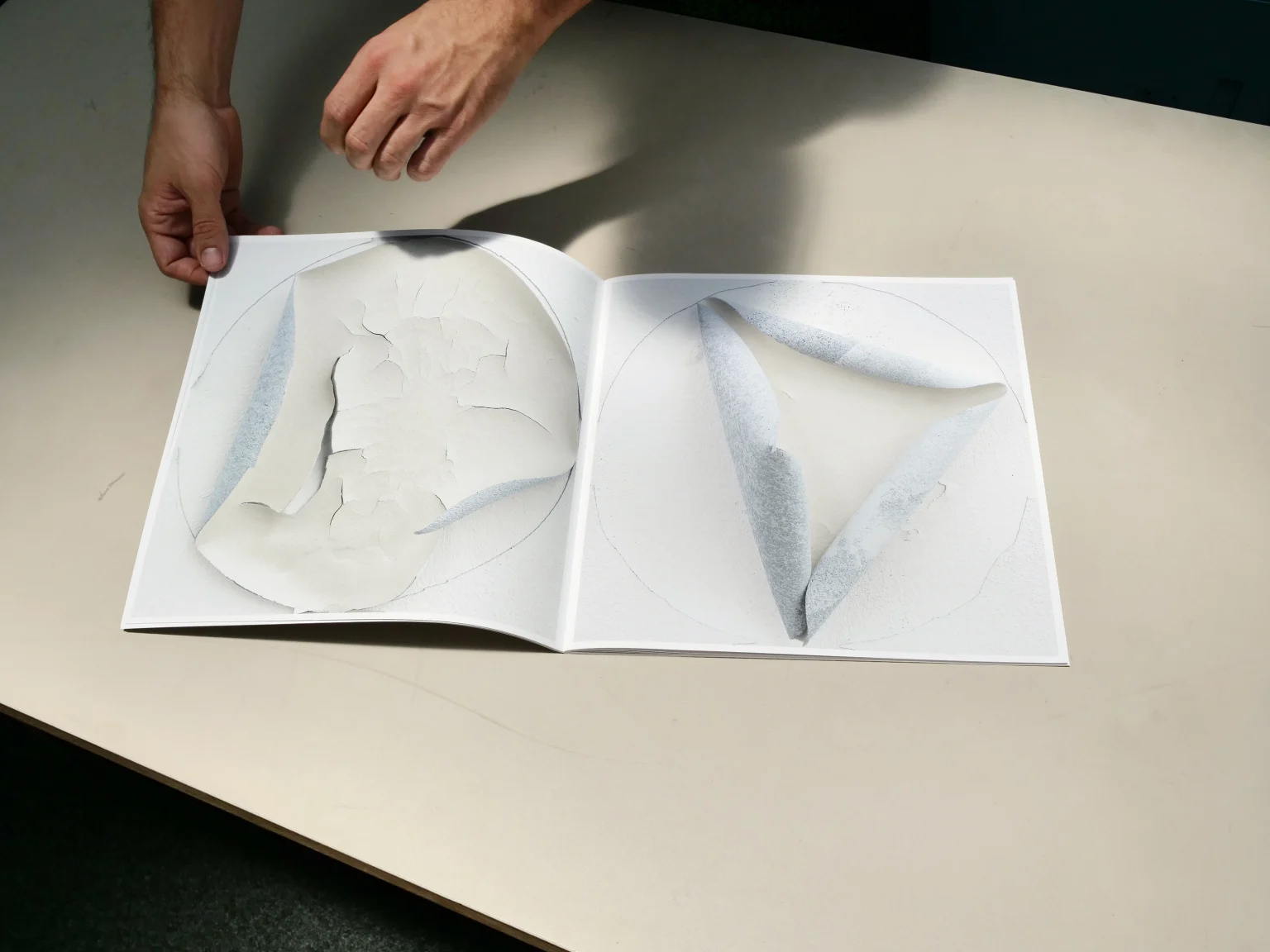
Spots, exhibition catalogue for Franziska Baumgartner, Ausstellungsraum Klingental
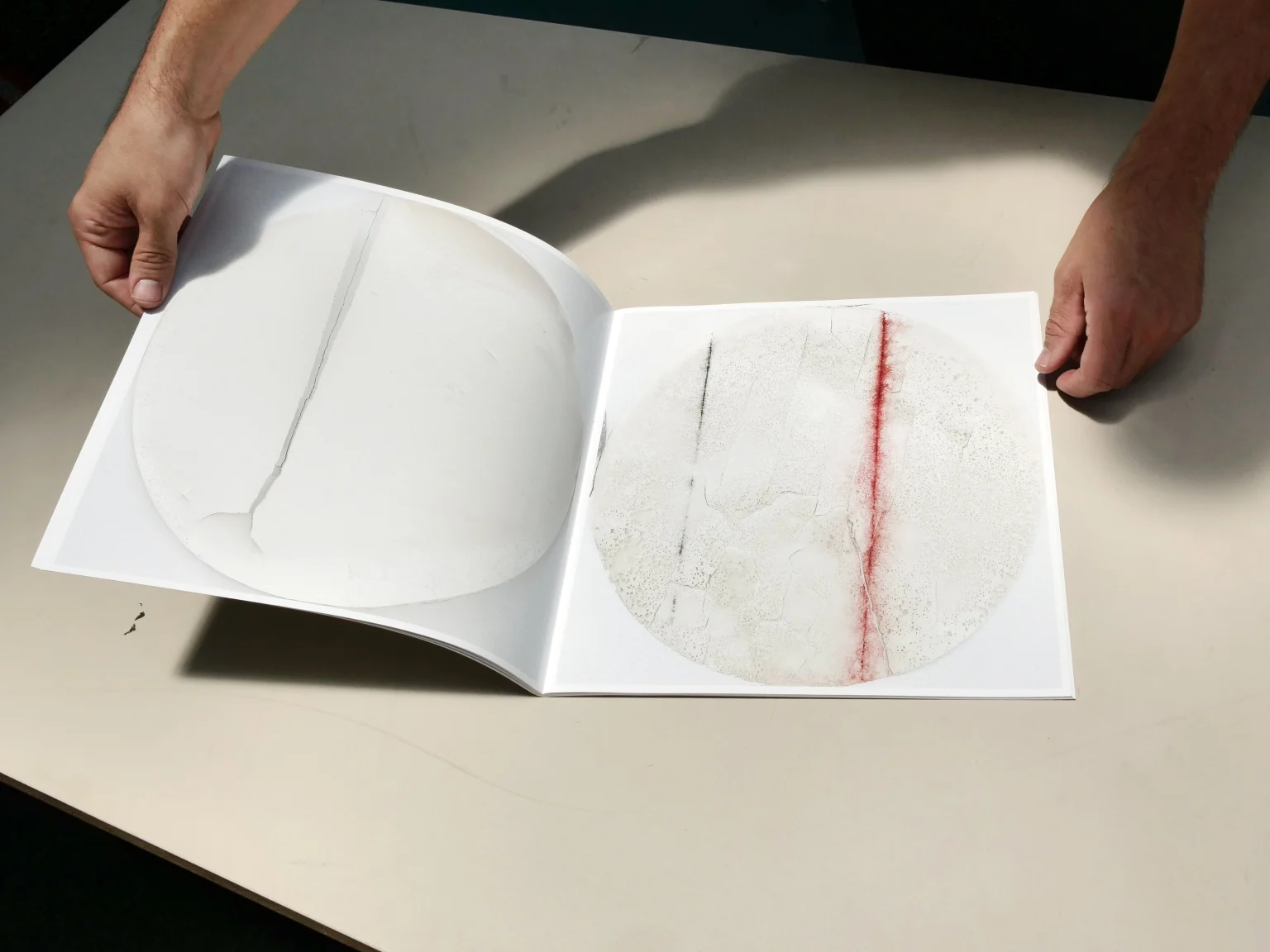
Spots, exhibition catalogue for Franziska Baumgartner, Ausstellungsraum Klingental
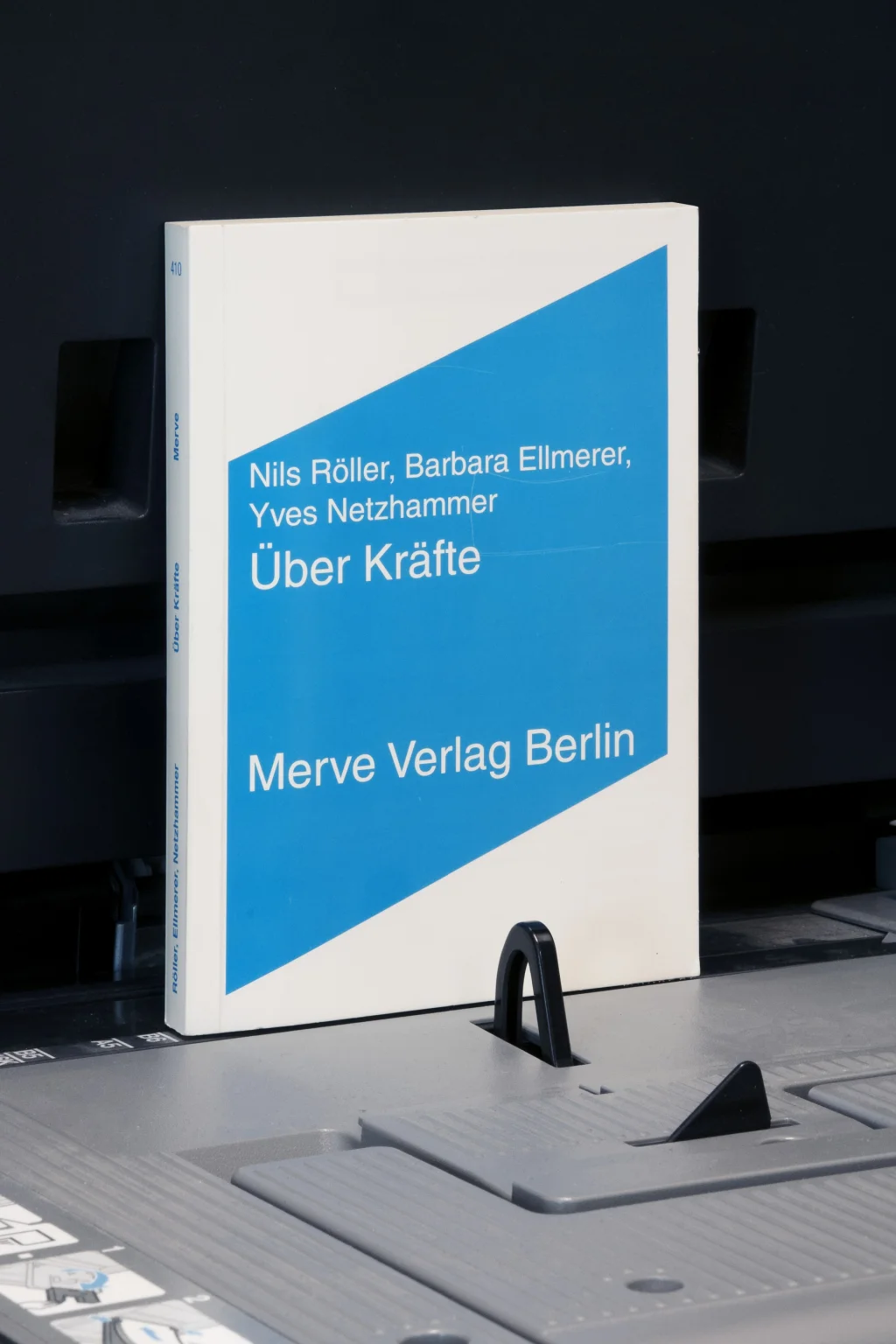
Über Kräfte – Journal für Kunst, Sex und Mathematik, by Barbara Ellmerer, Yves Netzhammer and Nils Roller, Merve
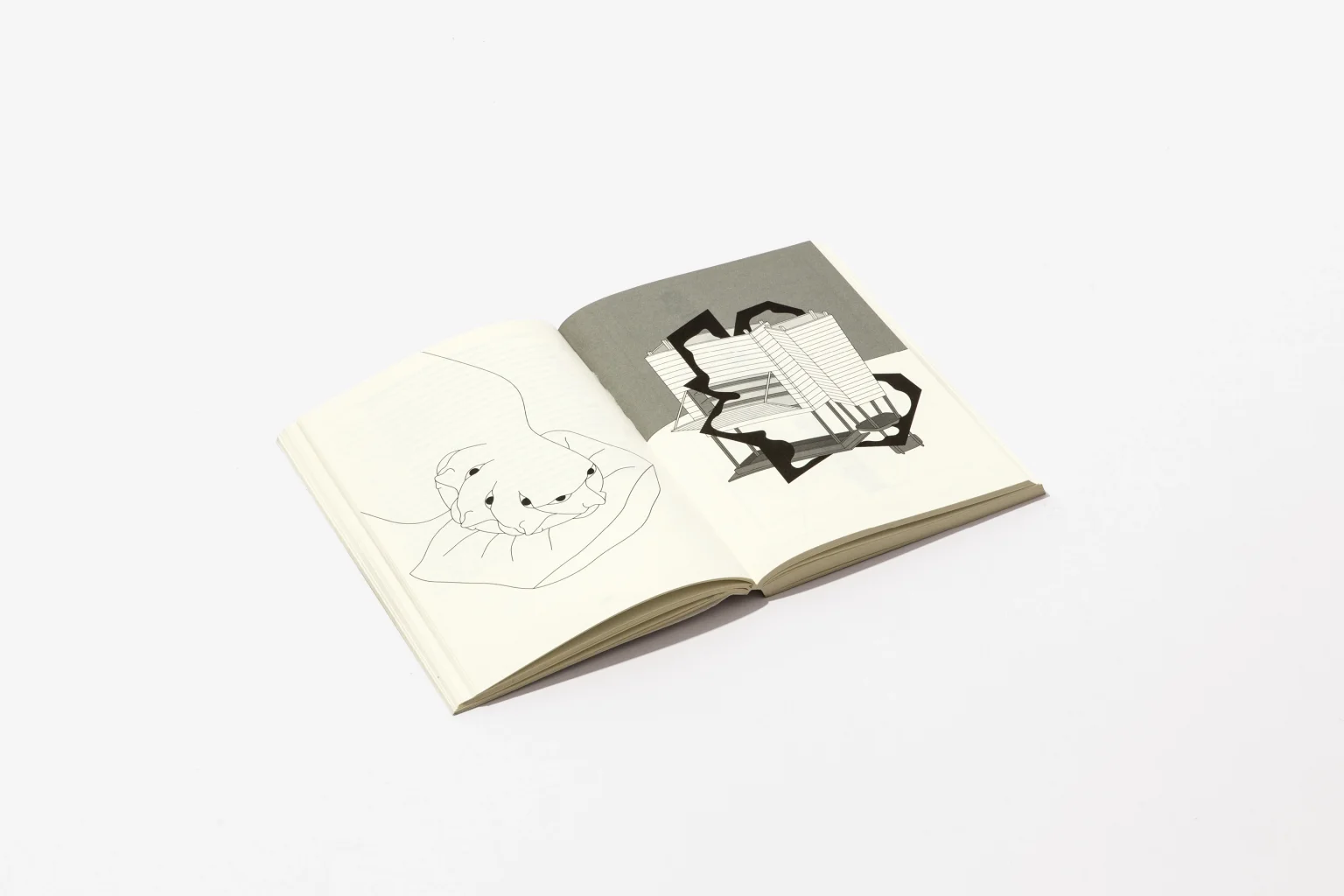
Über Kräfte – Journal für Kunst, Sex und Mathematik, by Barbara Ellmerer, Yves Netzhammer and Nils Roller, Merve
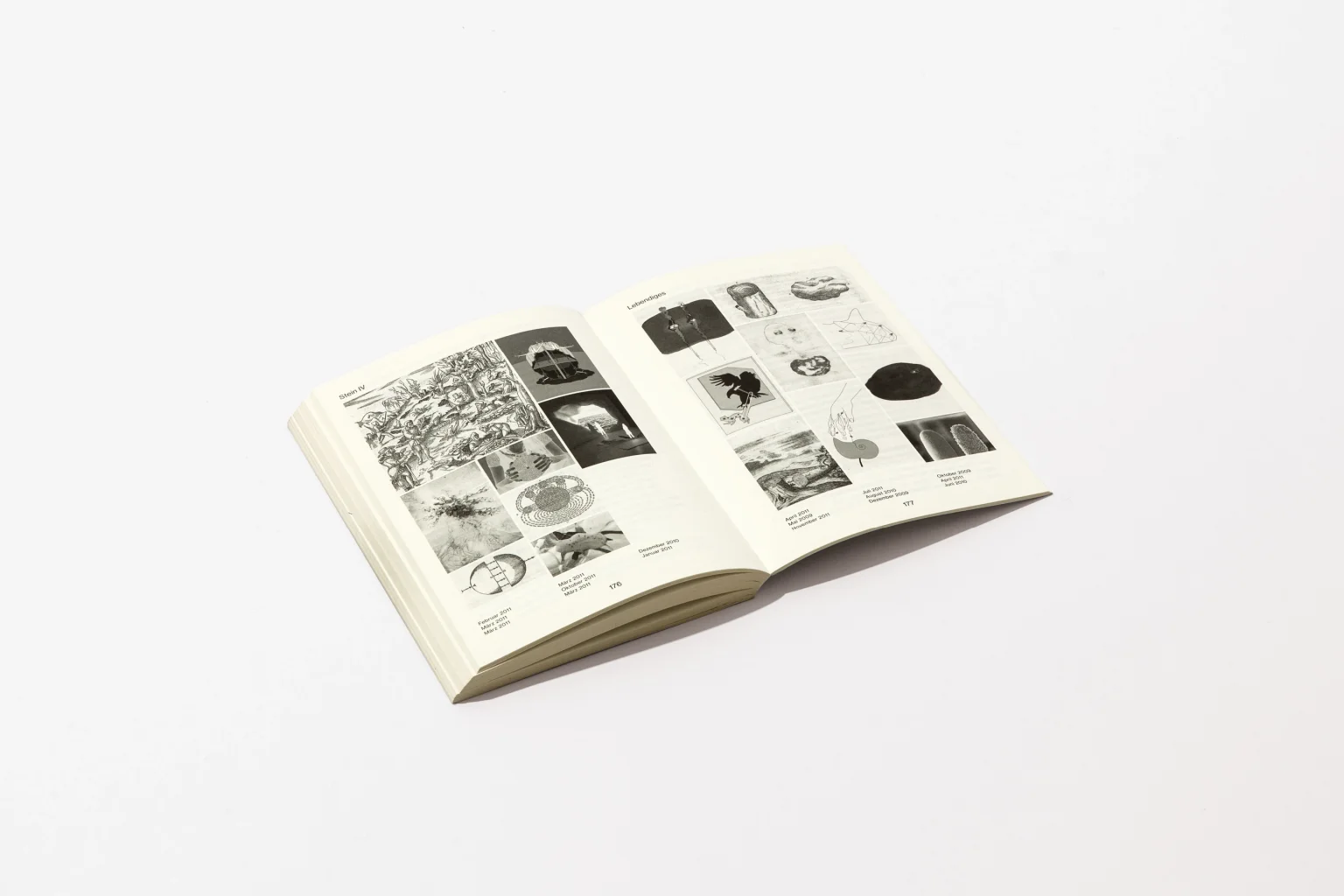
Über Kräfte – Journal für Kunst, Sex und Mathematik, by Barbara Ellmerer, Yves Netzhammer and Nils Roller, Merve
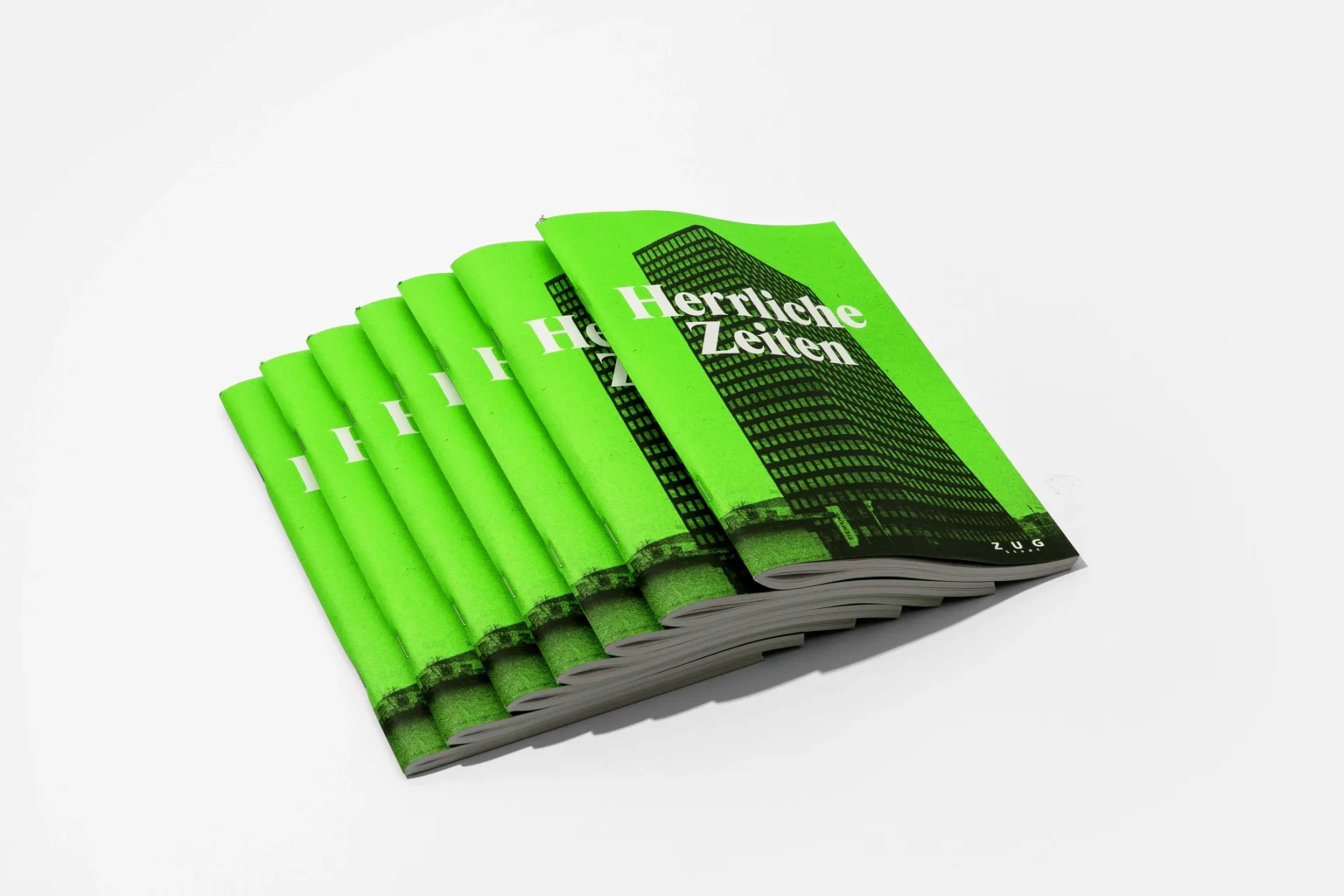
Herrliche Zeiten – zum Leben zwischen den Häusern, exhibition campaign and catalogue, City of Zug
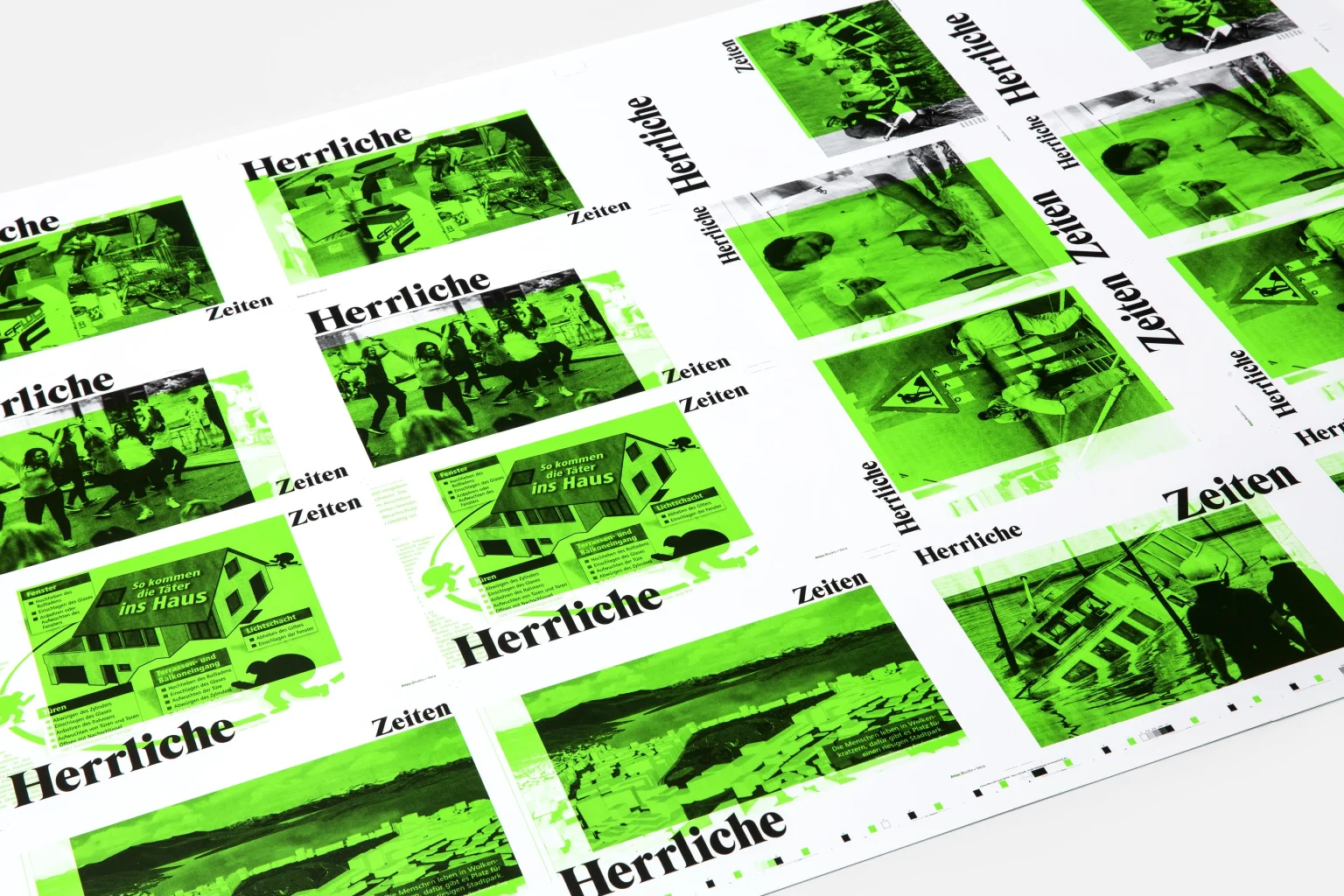
Herrliche Zeiten – zum Leben zwischen den Häusern, exhibition campaign and catalogue, City of Zug
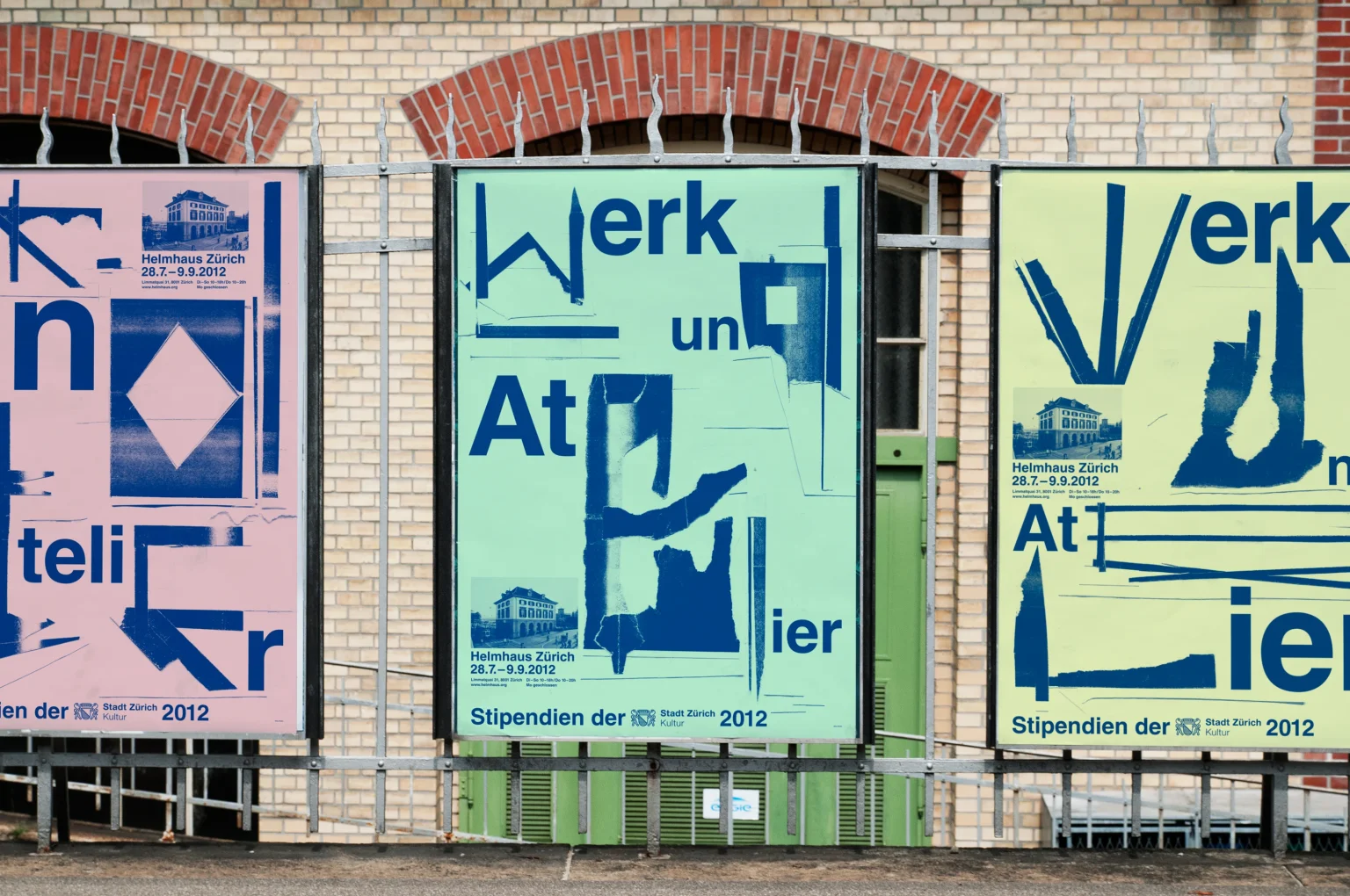
Werk- und Atelierstipendien der Stadt Zürich 2012, exhibition campaign and printed matter, Helmhaus Zurich
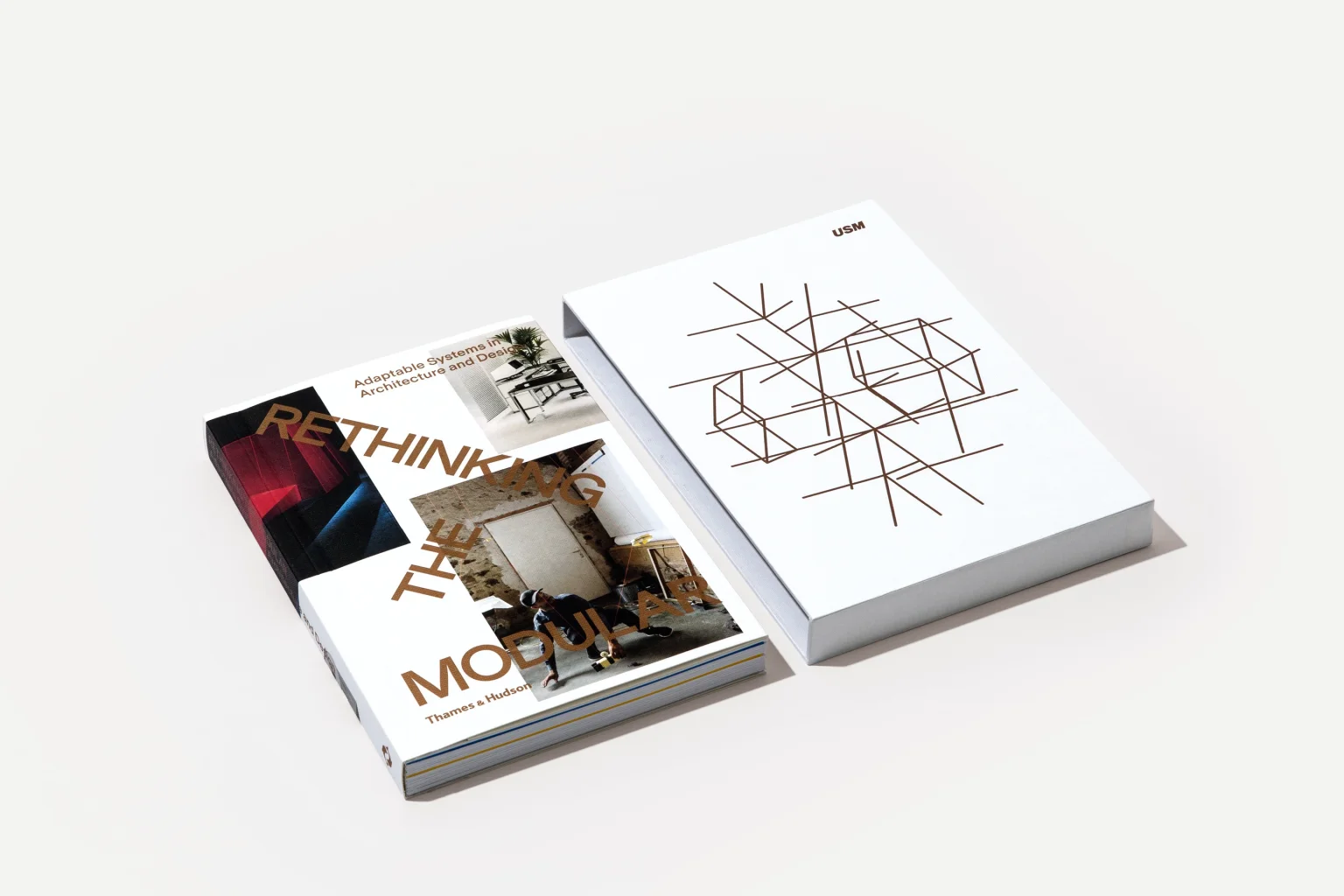
Rethinking the Modular – Adaptable Systems in Architecture and Design, Thames & Hudson
(read moreless)The modular did not have to be invented: it can be found everywhere. We divide surfaces into grids, spaces into parts, and time into rhythmic units. Modular structures are also increasingly being recognized as a way of communicating, where the aim is not to construct a universal principle but to facilitate interplay between different systems.
Building on the visionary design system that architect Fritz Haller and engineer Paul Schärer developed in 1965 for Swiss furniture company USM, Rethinking the Modular brings together specially commissioned essays and interviews with leading designers, architects and thinkers to present the wide-ranging importance and influence of modular design over the past fifty years. In revealing the broad possibilities created by balancing structure with flexibility, the timely publication redefines the place of modularity in modern design history, and offers a rich resource for designers today.
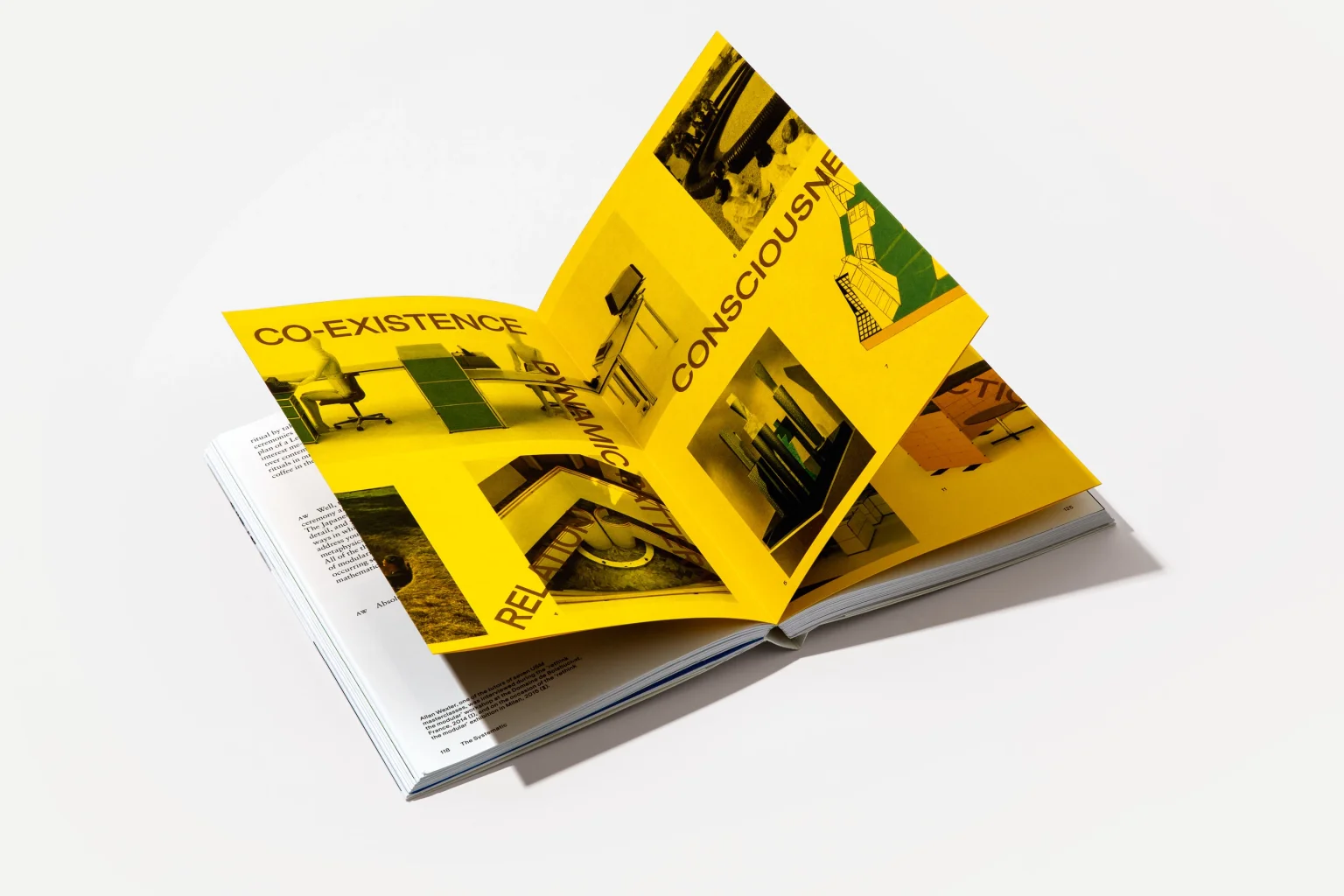
Rethinking the Modular – Adaptable Systems in Architecture and Design, Thames & Hudson
(read moreless)The modular did not have to be invented: it can be found everywhere. We divide surfaces into grids, spaces into parts, and time into rhythmic units. Modular structures are also increasingly being recognized as a way of communicating, where the aim is not to construct a universal principle but to facilitate interplay between different systems.
Building on the visionary design system that architect Fritz Haller and engineer Paul Schärer developed in 1965 for Swiss furniture company USM, Rethinking the Modular brings together specially commissioned essays and interviews with leading designers, architects and thinkers to present the wide-ranging importance and influence of modular design over the past fifty years. In revealing the broad possibilities created by balancing structure with flexibility, the timely publication redefines the place of modularity in modern design history, and offers a rich resource for designers today.
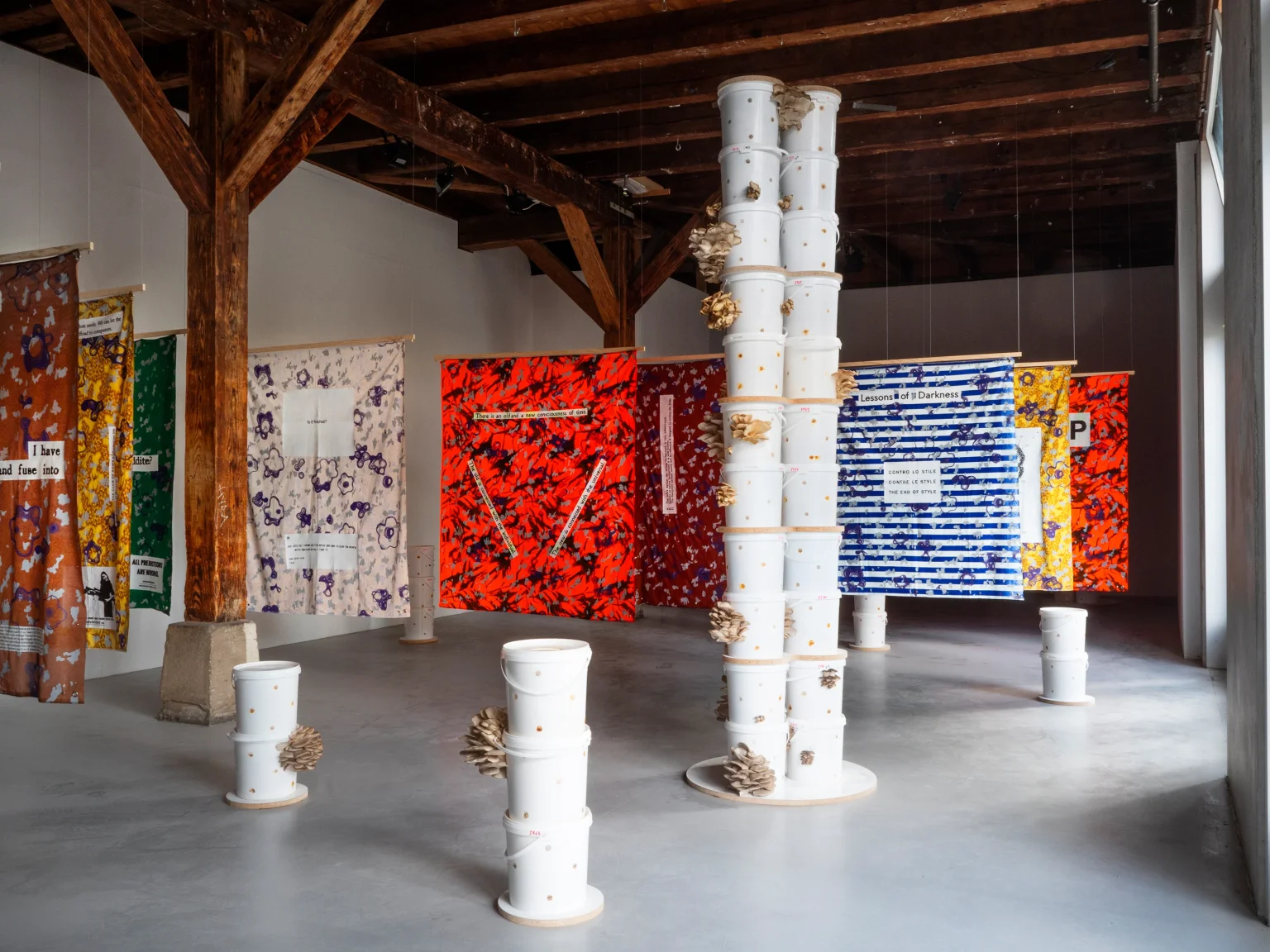
How To Disappear, modular exhibition, Walcheturm Zurich, Indiana/Vevey, Lokal-Int/Bienne, Kienast Library/ETH Zurich
(read moreless)In his 1960 essay “Material and Man,” Japanese architecture critic Noboru Kawazoe wrote a short poem as part of the Metabolist Manifesto. The headings of the three parts read (loosely translated):
I want to be a seashell.
I want to be a spirit.
I want to be a bacterium.
Together with Philippe Egger and Jiajia Zhang, Atlas Studio has taken Kawazoe’s words out of their architectural context and transferred them from the city to the human being. The result of this reinterpretation is a series of multifunctional fabrics. These form the basis for further collaborations that refer to the Metabolists’ thoughts on human beings, nature and their constant regeneration:
Walcheturm Zürich: Momoyo Kaijima, Ortreport
Vevey: Lucas Uhlmann
Lokal-Int: Janosch Perler
Kienast Library: Ludwig Berger, Marco Cascianelli, Myriam Uzor
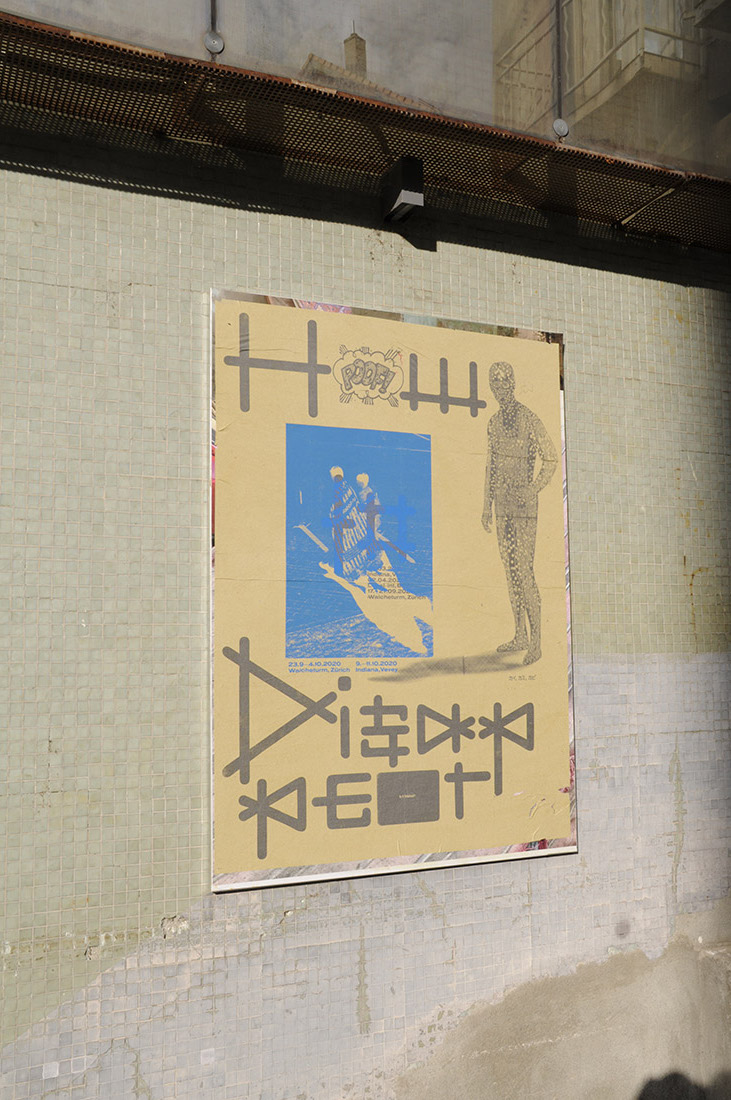
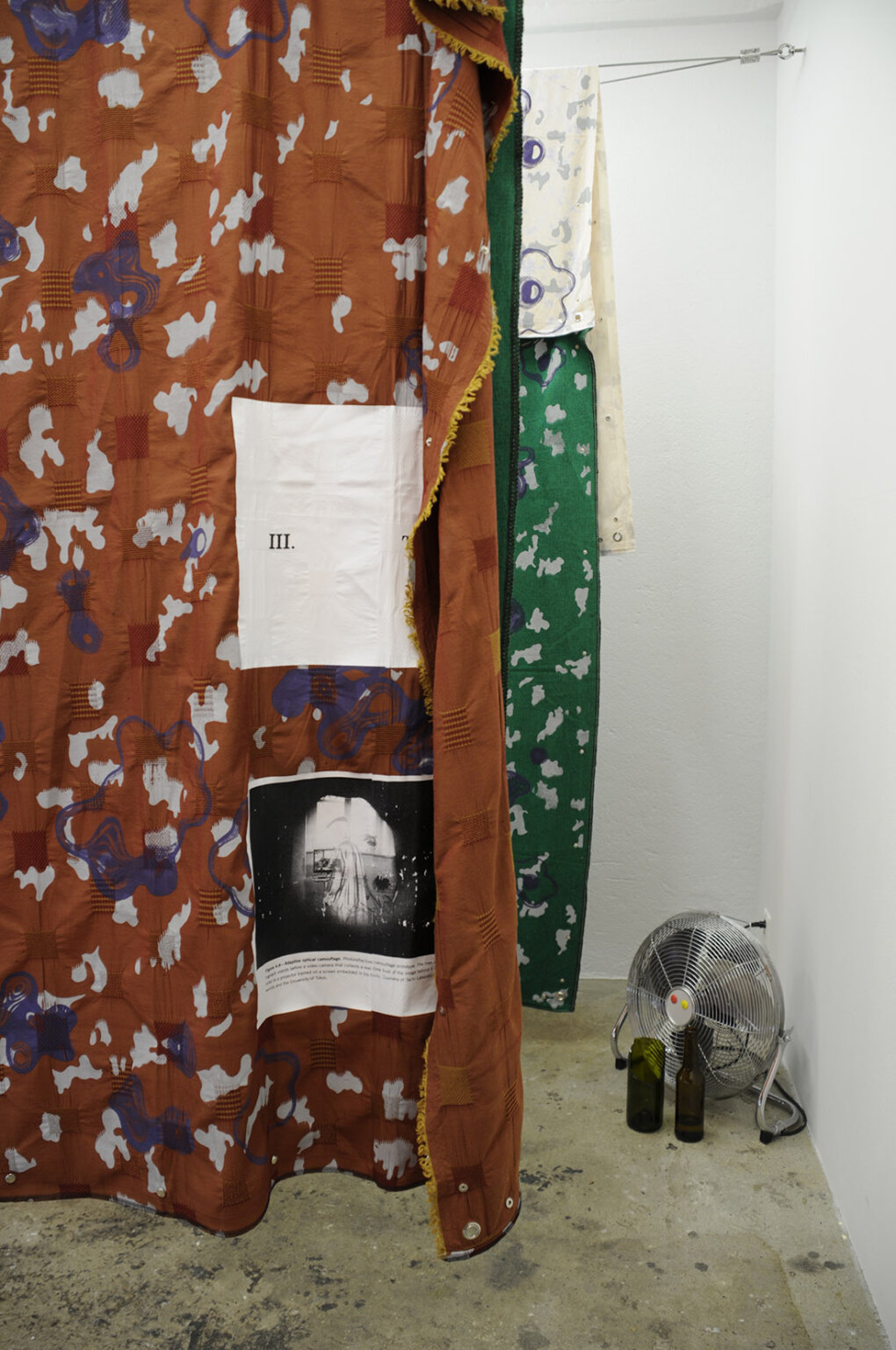
How To Disappear, modular exhibition, Walcheturm Zurich, Indiana/Vevey, Lokal-Int/Bienne, Kienast Library/ETH Zurich
(read moreless)In his 1960 essay “Material and Man,” Japanese architecture critic Noboru Kawazoe wrote a short poem as part of the Metabolist Manifesto. The headings of the three parts read (loosely translated):
I want to be a seashell.
I want to be a spirit.
I want to be a bacterium.
Together with Philippe Egger and Jiajia Zhang, Atlas Studio has taken Kawazoe’s words out of their architectural context and transferred them from the city to the human being. The result of this reinterpretation is a series of multifunctional fabrics. These form the basis for further collaborations that refer to the Metabolists’ thoughts on human beings, nature and their constant regeneration:
Walcheturm Zürich: Momoyo Kaijima, Ortreport
Vevey: Lucas Uhlmann
Lokal-Int: Janosch Perler
Kienast Library: Ludwig Berger, Marco Cascianelli, Myriam Uzor
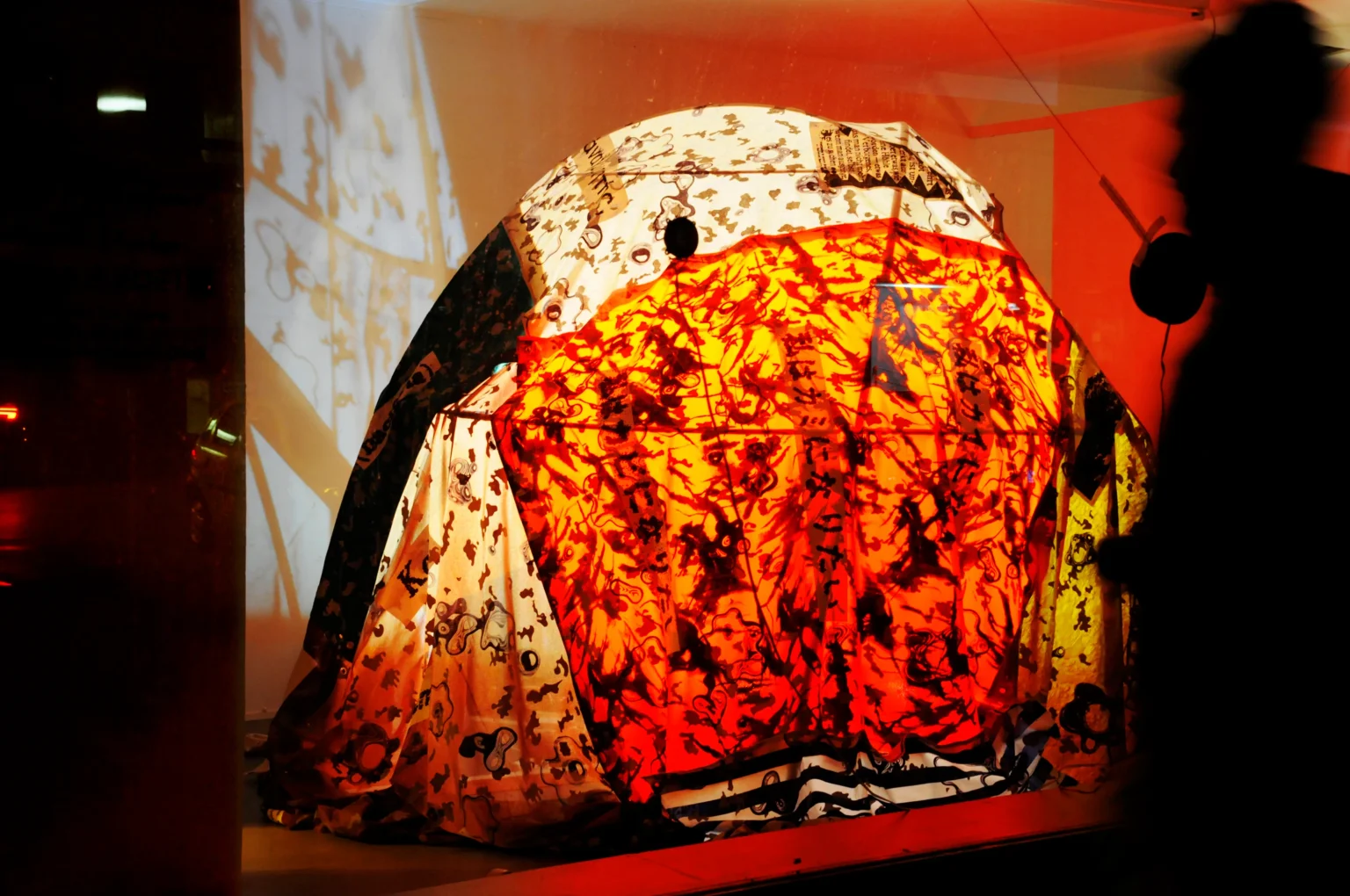
How To Disappear, modular exhibition, Walcheturm Zurich, Indiana/Vevey, Lokal-Int/Bienne, Kienast Library/ETH Zurich
(read moreless)In his 1960 essay “Material and Man,” Japanese architecture critic Noboru Kawazoe wrote a short poem as part of the Metabolist Manifesto. The headings of the three parts read (loosely translated):
I want to be a seashell.
I want to be a spirit.
I want to be a bacterium.
Together with Philippe Egger and Jiajia Zhang, Atlas Studio has taken Kawazoe’s words out of their architectural context and transferred them from the city to the human being. The result of this reinterpretation is a series of multifunctional fabrics. These form the basis for further collaborations that refer to the Metabolists’ thoughts on human beings, nature and their constant regeneration:
Walcheturm Zürich: Momoyo Kaijima, Ortreport
Vevey: Lucas Uhlmann
Lokal-Int: Janosch Perler
Kienast Library: Ludwig Berger, Marco Cascianelli, Myriam Uzor
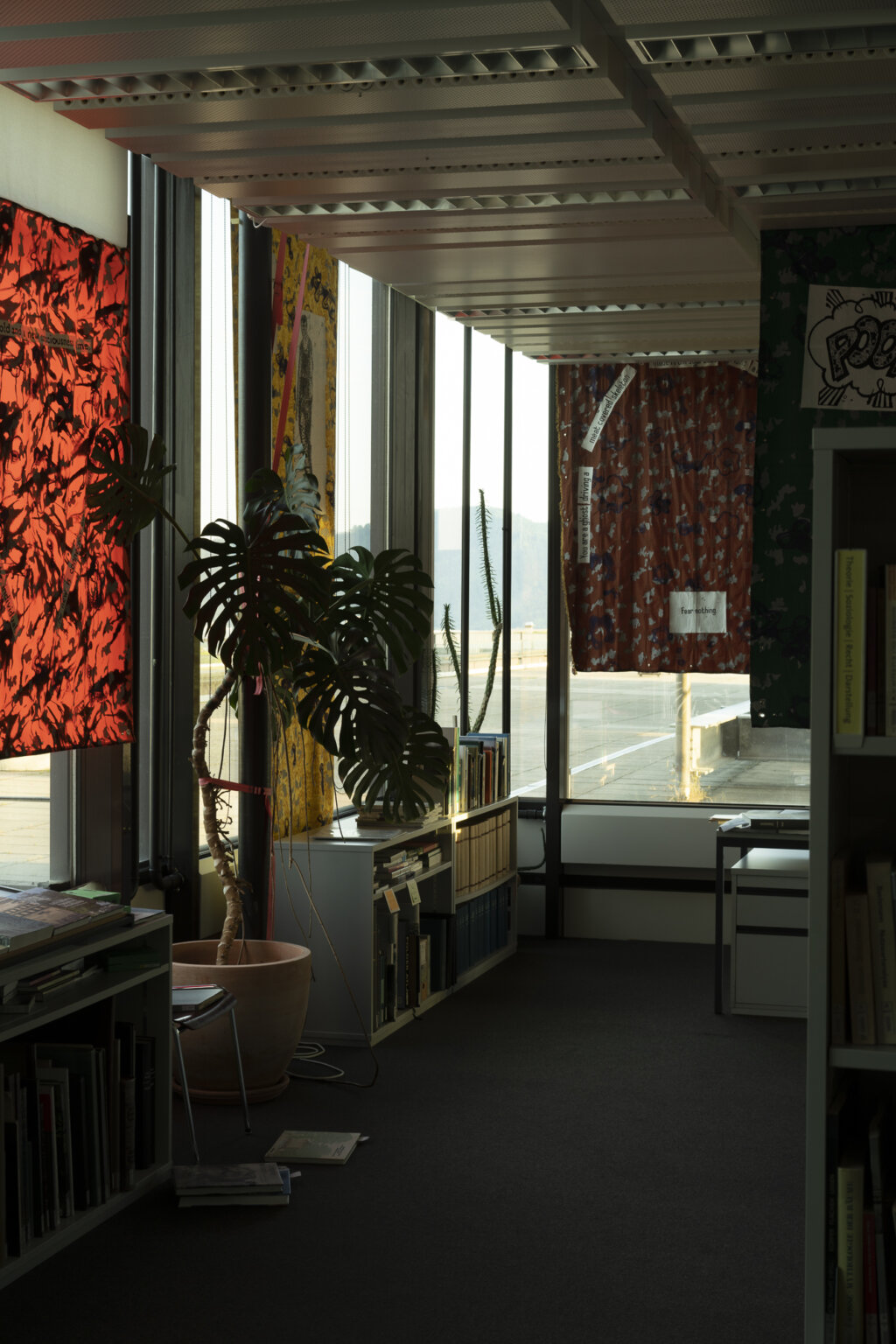
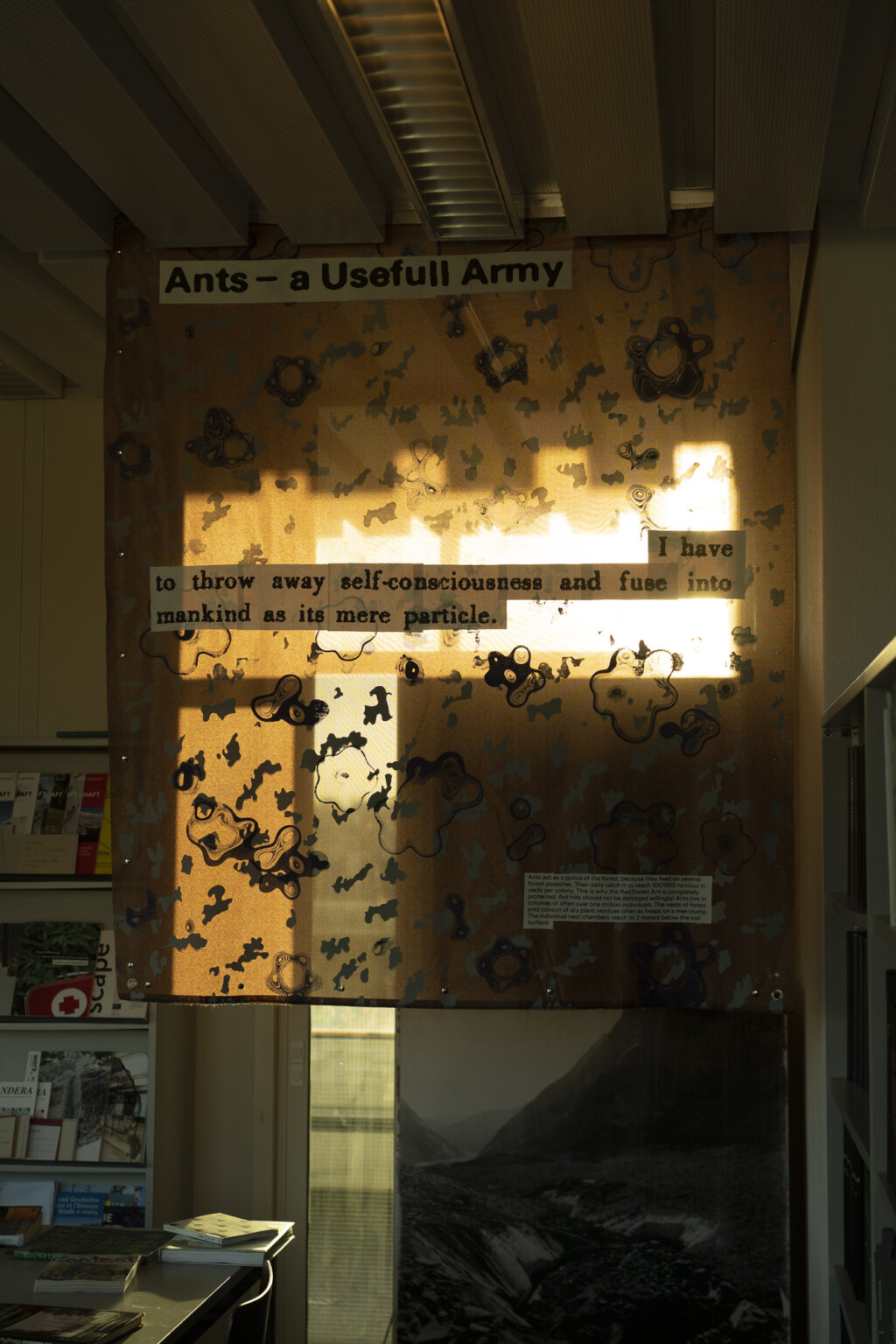
How To Disappear, modular exhibition, Walcheturm Zurich, Indiana/Vevey, Lokal-Int/Bienne, Kienast Library/ETH Zurich
(read moreless)In his 1960 essay “Material and Man,” Japanese architecture critic Noboru Kawazoe wrote a short poem as part of the Metabolist Manifesto. The headings of the three parts read (loosely translated):
I want to be a seashell.
I want to be a spirit.
I want to be a bacterium.
Together with Philippe Egger and Jiajia Zhang, Atlas Studio has taken Kawazoe’s words out of their architectural context and transferred them from the city to the human being. The result of this reinterpretation is a series of multifunctional fabrics. These form the basis for further collaborations that refer to the Metabolists’ thoughts on human beings, nature and their constant regeneration:
Walcheturm Zürich: Momoyo Kaijima, Ortreport
Vevey: Lucas Uhlmann
Lokal-Int: Janosch Perler
Kienast Library: Ludwig Berger, Marco Cascianelli, Myriam Uzor
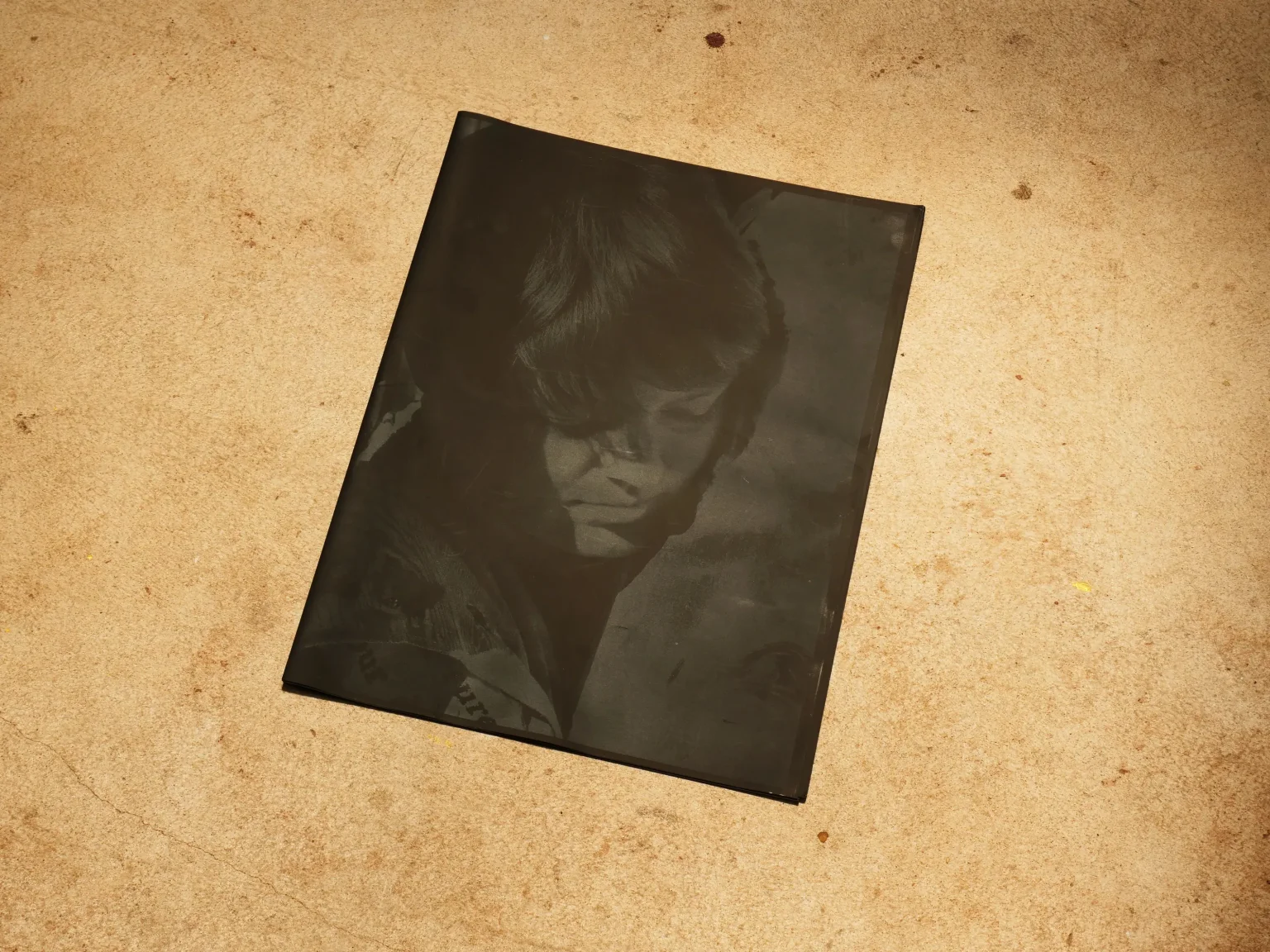
Lessons of Darkness – Part 1, self-initiated, Kodoji Press
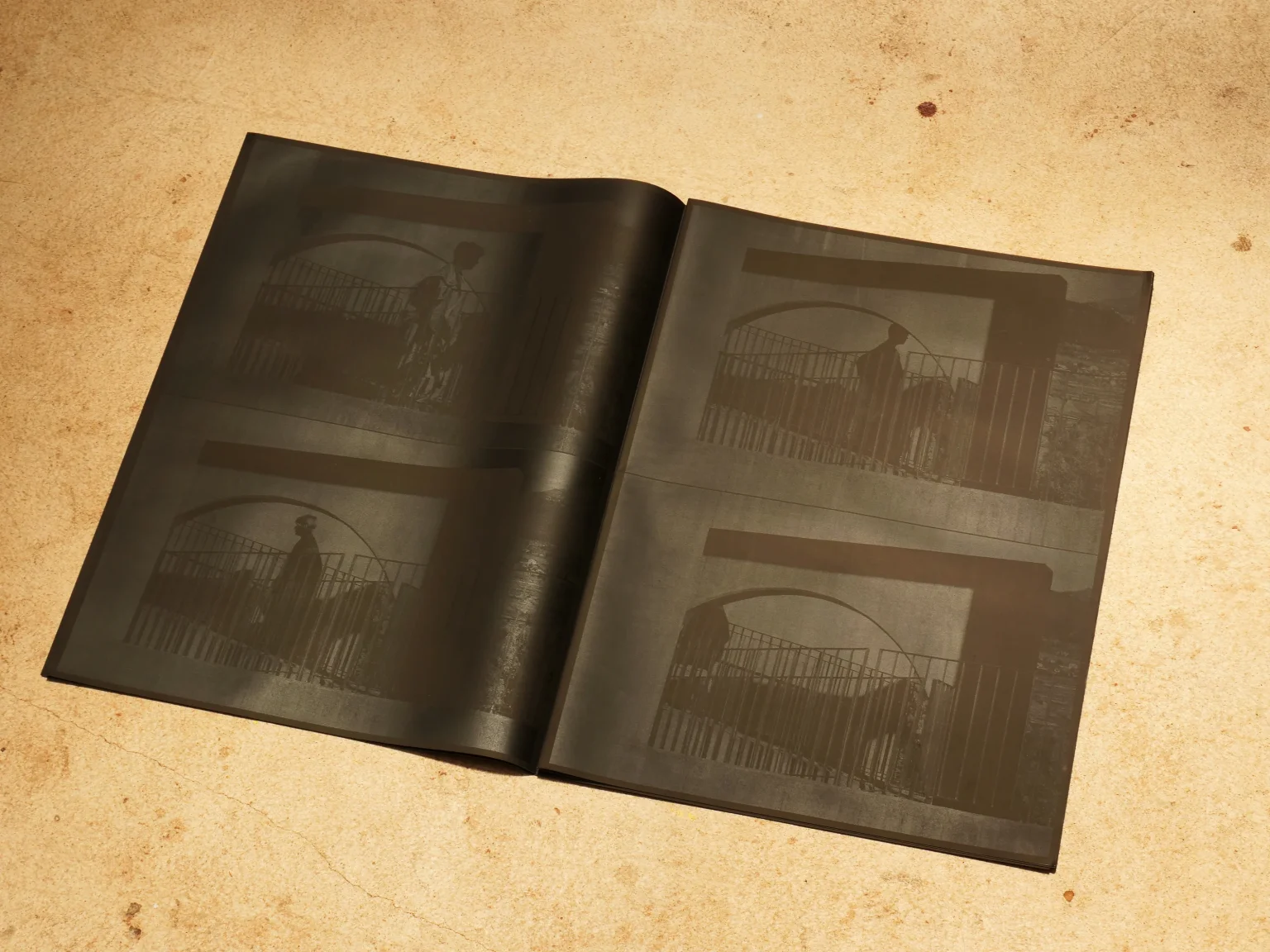
Lessons of Darkness – Part 1, self-initiated, Kodoji Press
Lessons of Darkness – Part 1, self-initiated, Kodoji Press
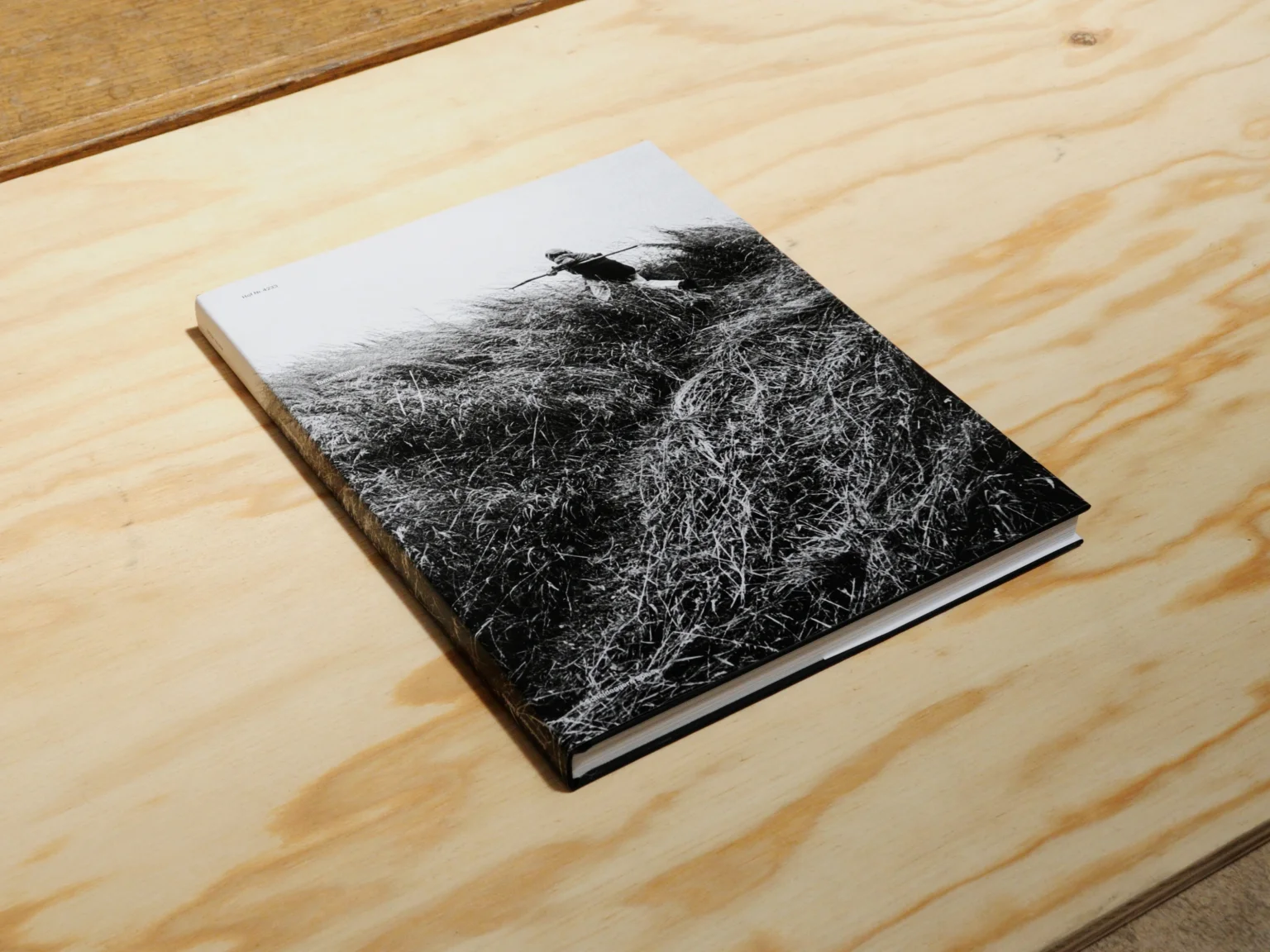
Hof Nr 4233 – Ein langer Abschied, Tom Wüthrich, Scheidegger & Spiess
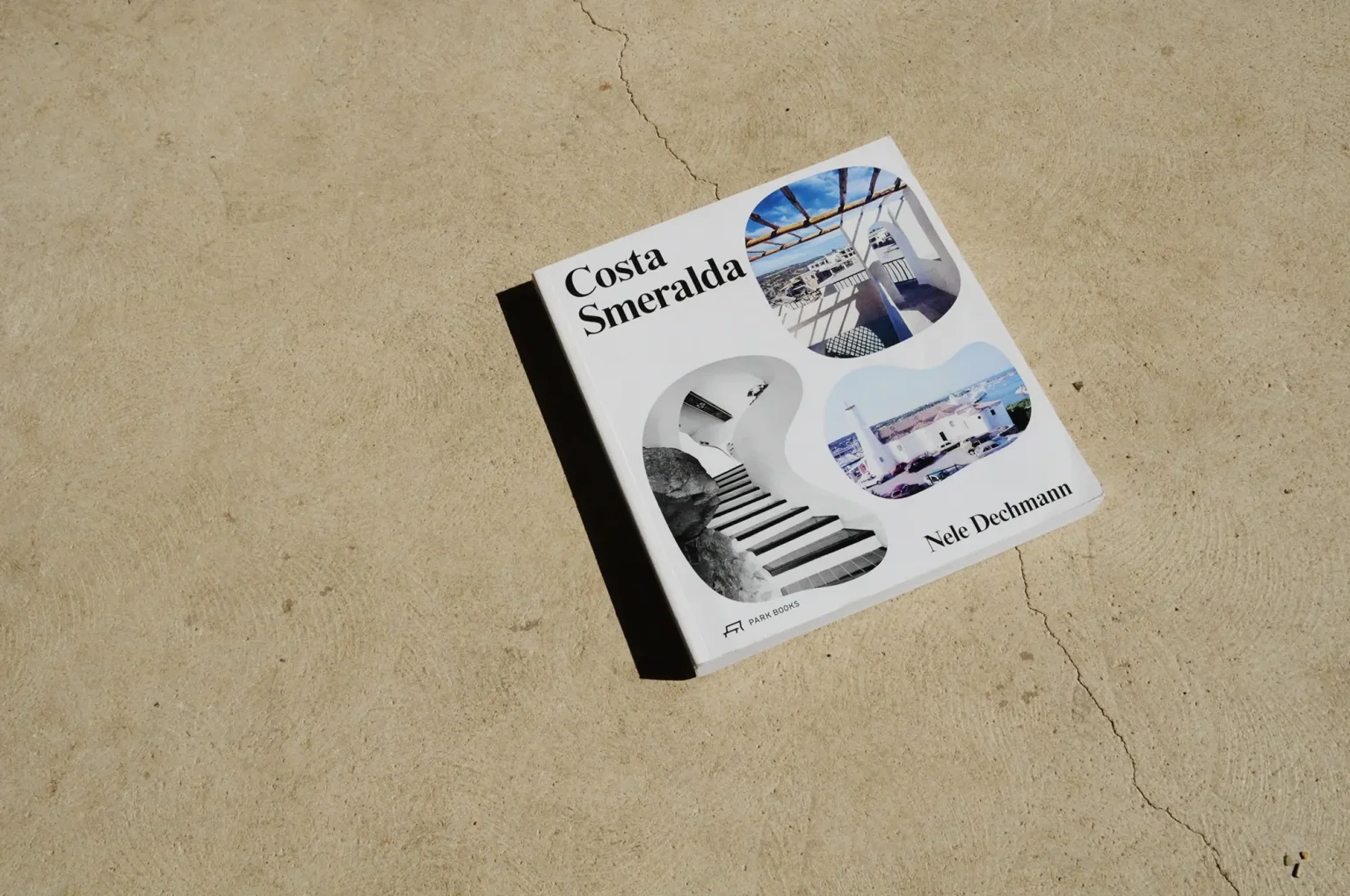
Costa Smeralda, Nele Dechmann, Park Books
(read moreless)This publication by architect Nele Dechmann retraces the development of Costa Smeralda, a large holiday resort developed on an untouched region in Sardinia in the 1960s. Its architectural style was above all defined by its subordination into landscape at all scales. For this study, Nele Dechmann consulted primary sources for the first time. Her research shows Costa Smeraldas multi-layered characteristics as a physical manifestation of a network, as a representation of an architectural era and, as the result of a controlled large-scale planning framework, how it has influenced the whole region.
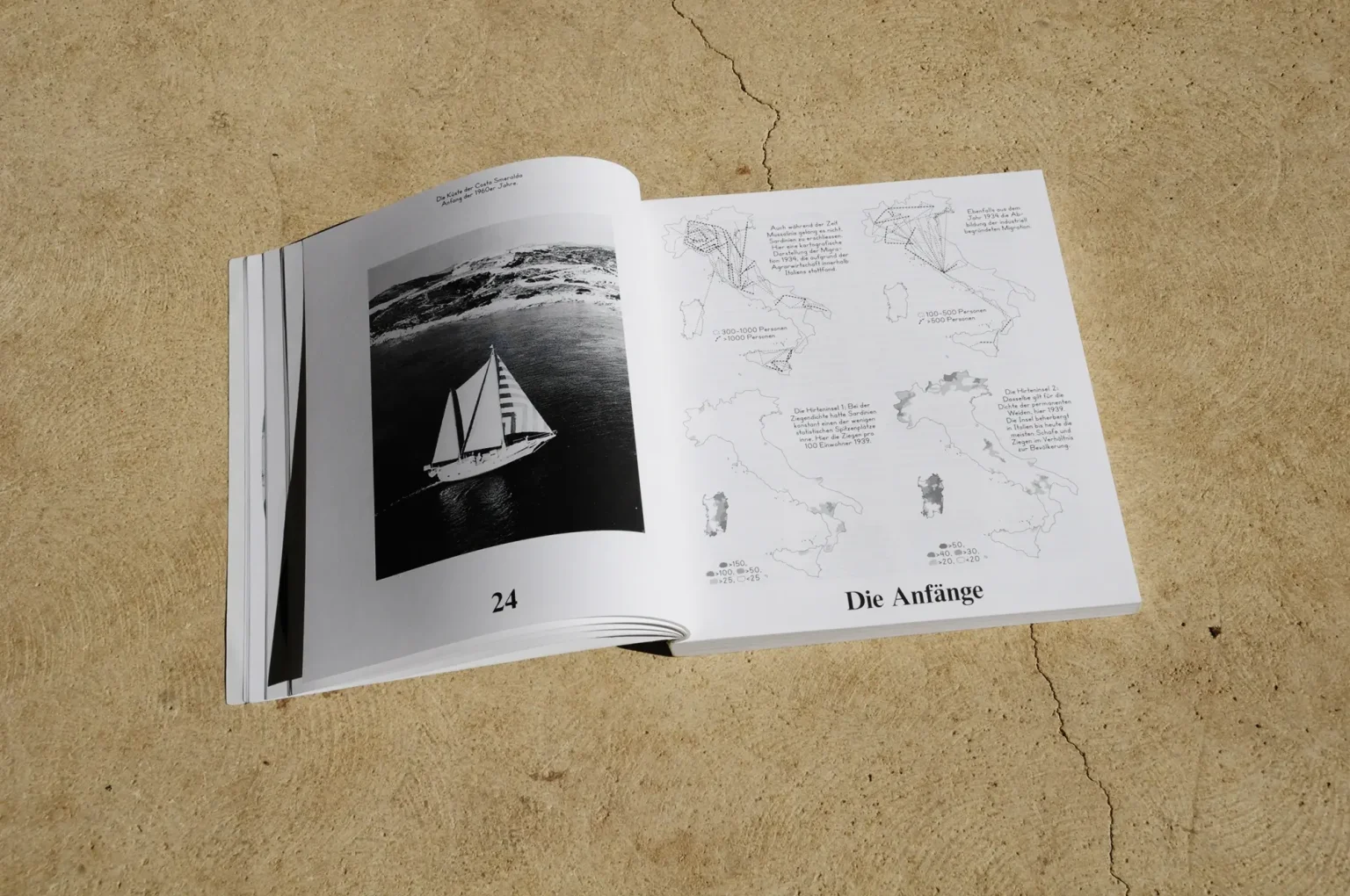
Costa Smeralda, Nele Dechmann, Park Books
(read moreless)This publication by architect Nele Dechmann retraces the development of Costa Smeralda, a large holiday resort developed on an untouched region in Sardinia in the 1960s. Its architectural style was above all defined by its subordination into landscape at all scales. For this study, Nele Dechmann consulted primary sources for the first time. Her research shows Costa Smeraldas multi-layered characteristics as a physical manifestation of a network, as a representation of an architectural era and, as the result of a controlled large-scale planning framework, how it has influenced the whole region.
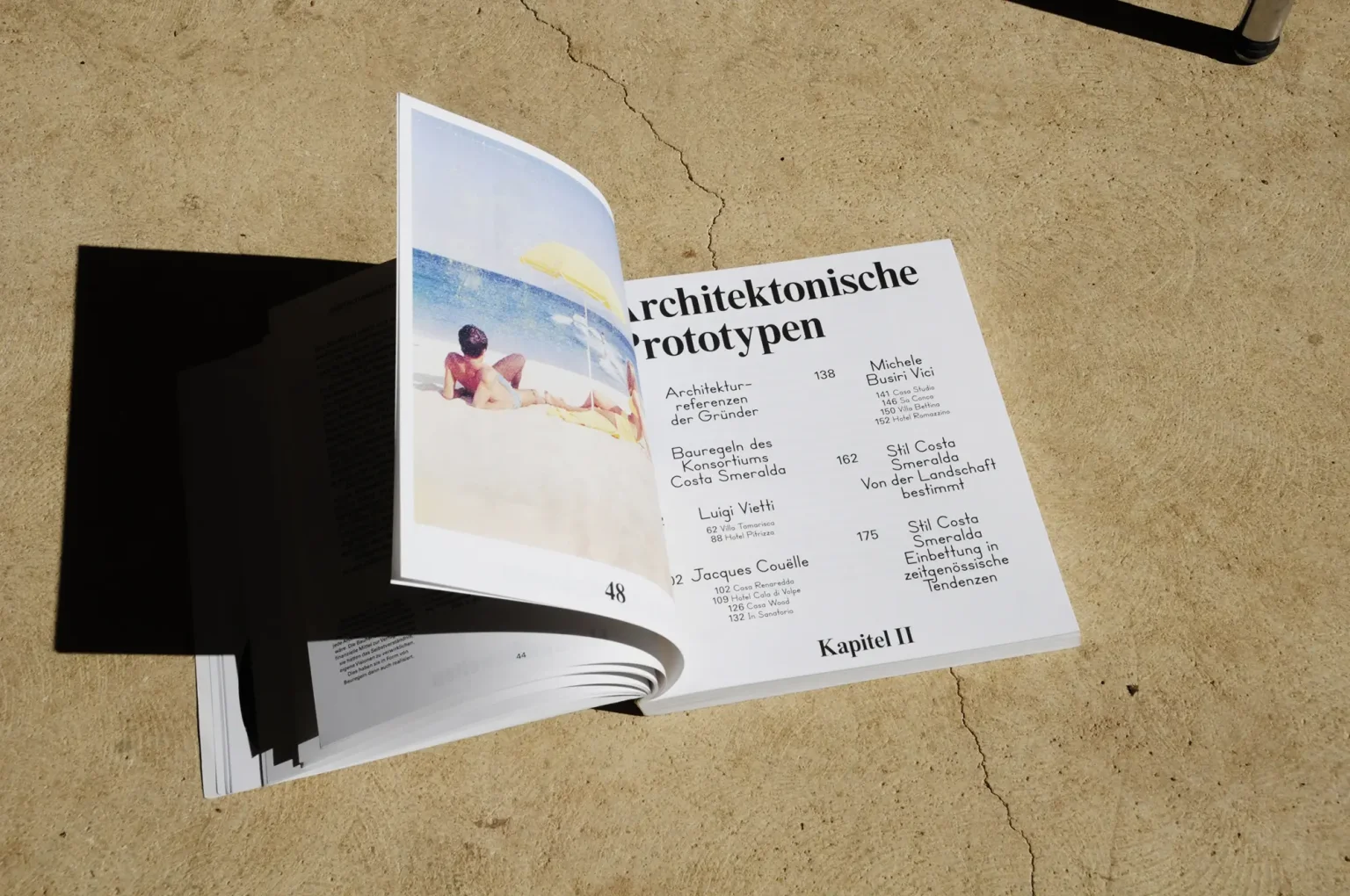
Costa Smeralda, Nele Dechmann, Park Books
(read moreless)This publication by architect Nele Dechmann retraces the development of Costa Smeralda, a large holiday resort developed on an untouched region in Sardinia in the 1960s. Its architectural style was above all defined by its subordination into landscape at all scales. For this study, Nele Dechmann consulted primary sources for the first time. Her research shows Costa Smeraldas multi-layered characteristics as a physical manifestation of a network, as a representation of an architectural era and, as the result of a controlled large-scale planning framework, how it has influenced the whole region.
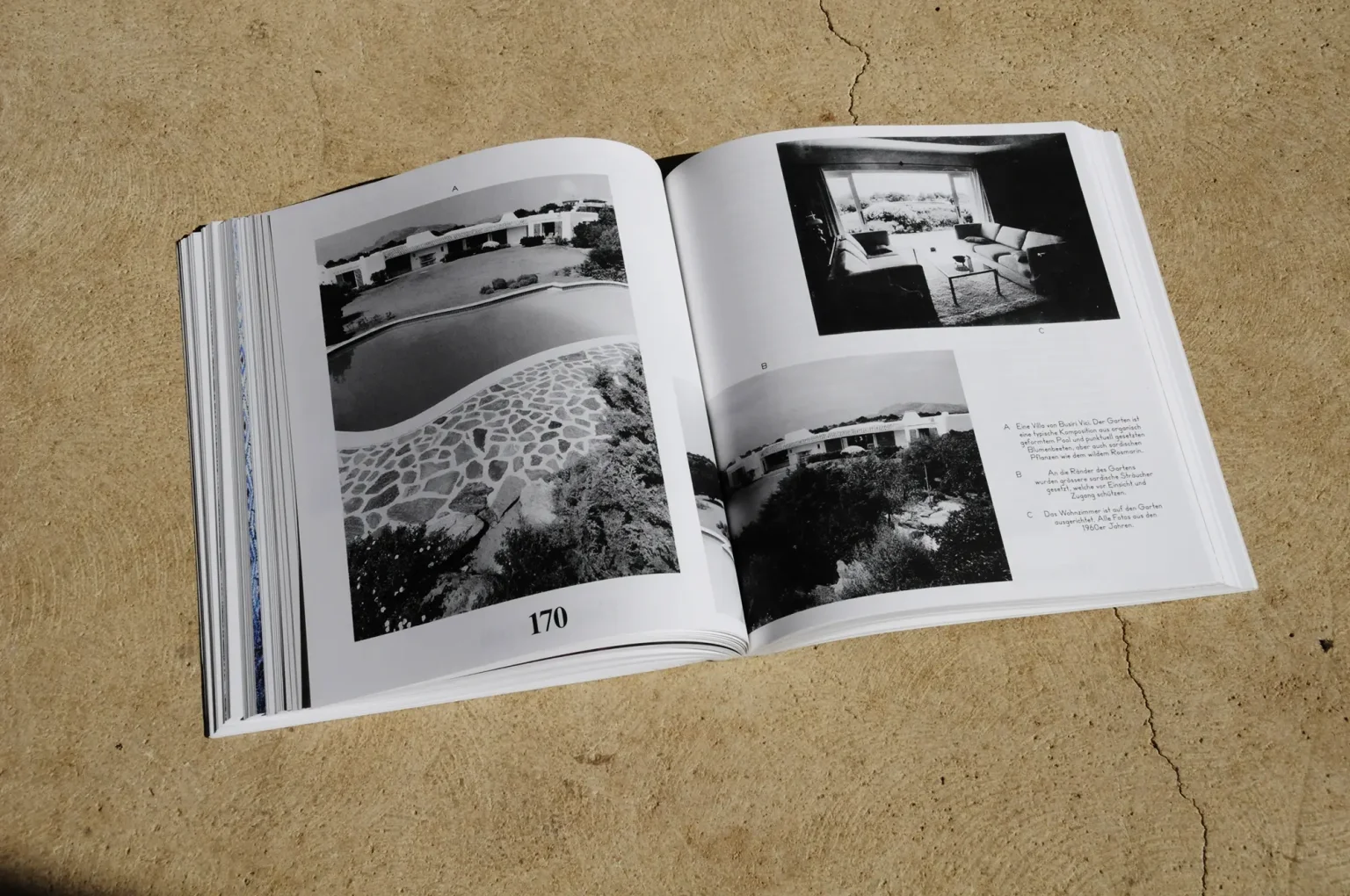
Costa Smeralda, Nele Dechmann, Park Books
(read moreless)This publication by architect Nele Dechmann retraces the development of Costa Smeralda, a large holiday resort developed on an untouched region in Sardinia in the 1960s. Its architectural style was above all defined by its subordination into landscape at all scales. For this study, Nele Dechmann consulted primary sources for the first time. Her research shows Costa Smeraldas multi-layered characteristics as a physical manifestation of a network, as a representation of an architectural era and, as the result of a controlled large-scale planning framework, how it has influenced the whole region.
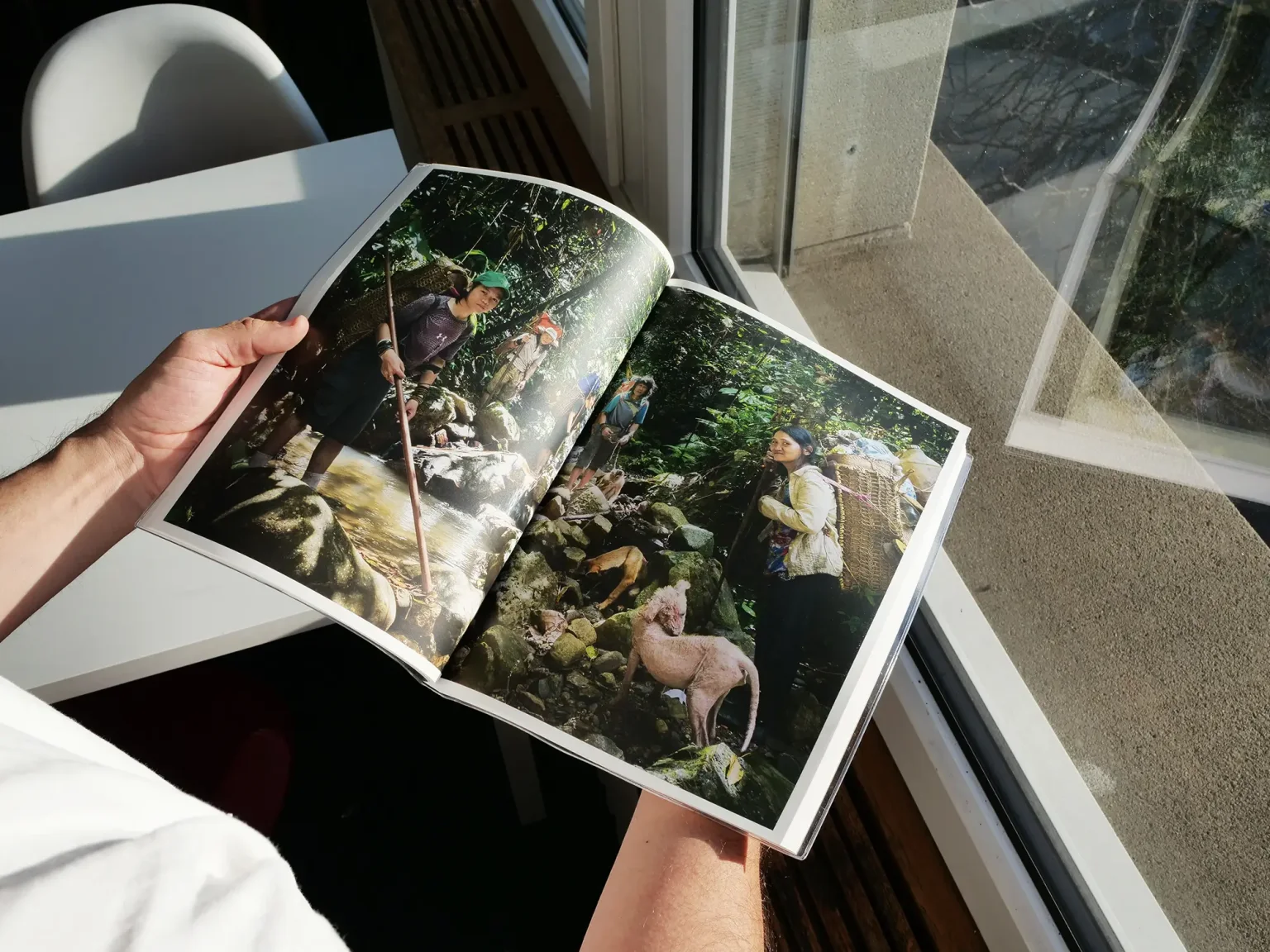
Doomed Paradise – The Last Penan in the Borneo Rainforrest, Tom Wüthrich, Scheidegger & Spiess
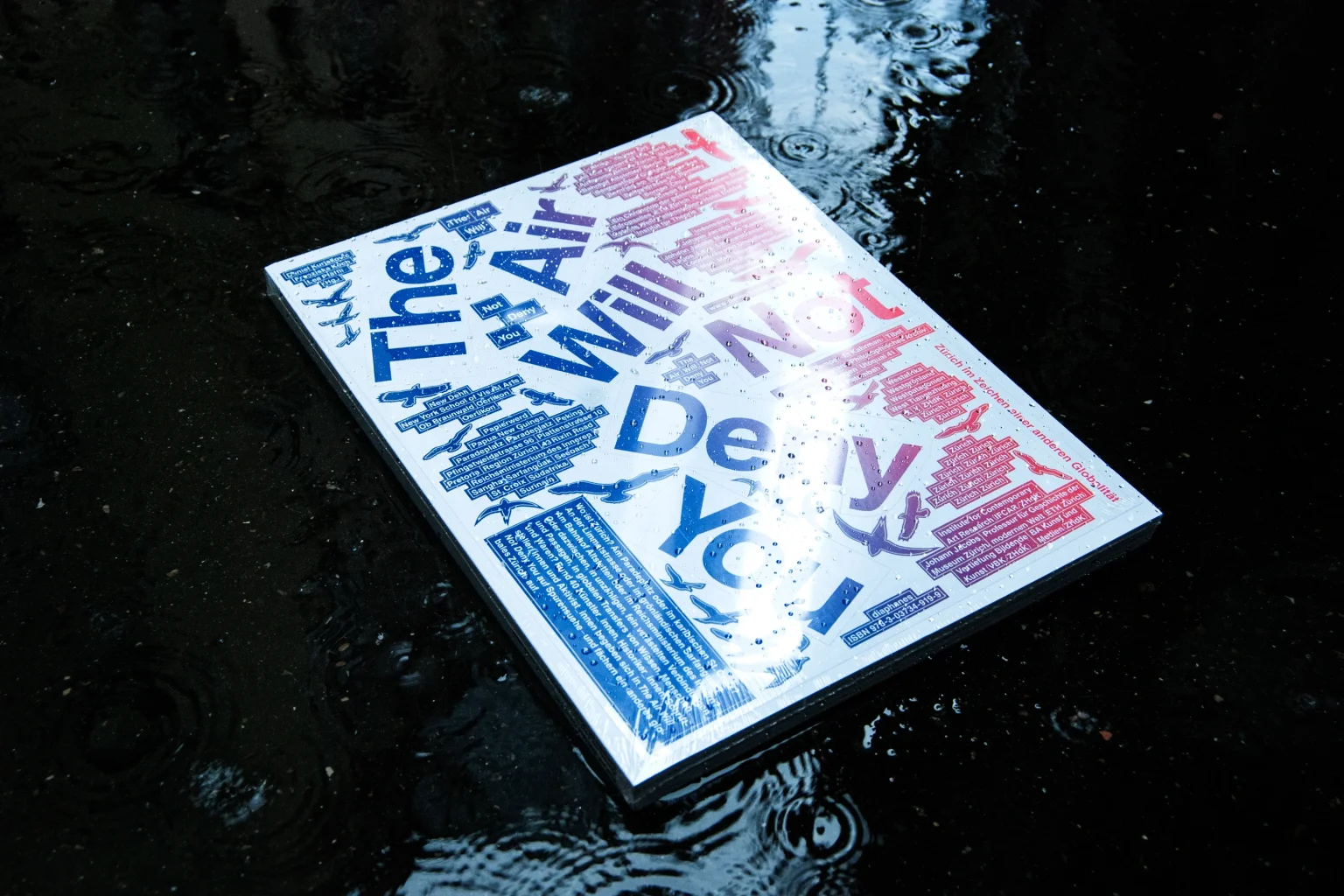
The Air Will Not Deny You – Zürich im Zeichen einer anderen Globalität, edited by Daniel Kurjakovic, Franziska Koch and Lea Pfäffli, Diaphanes
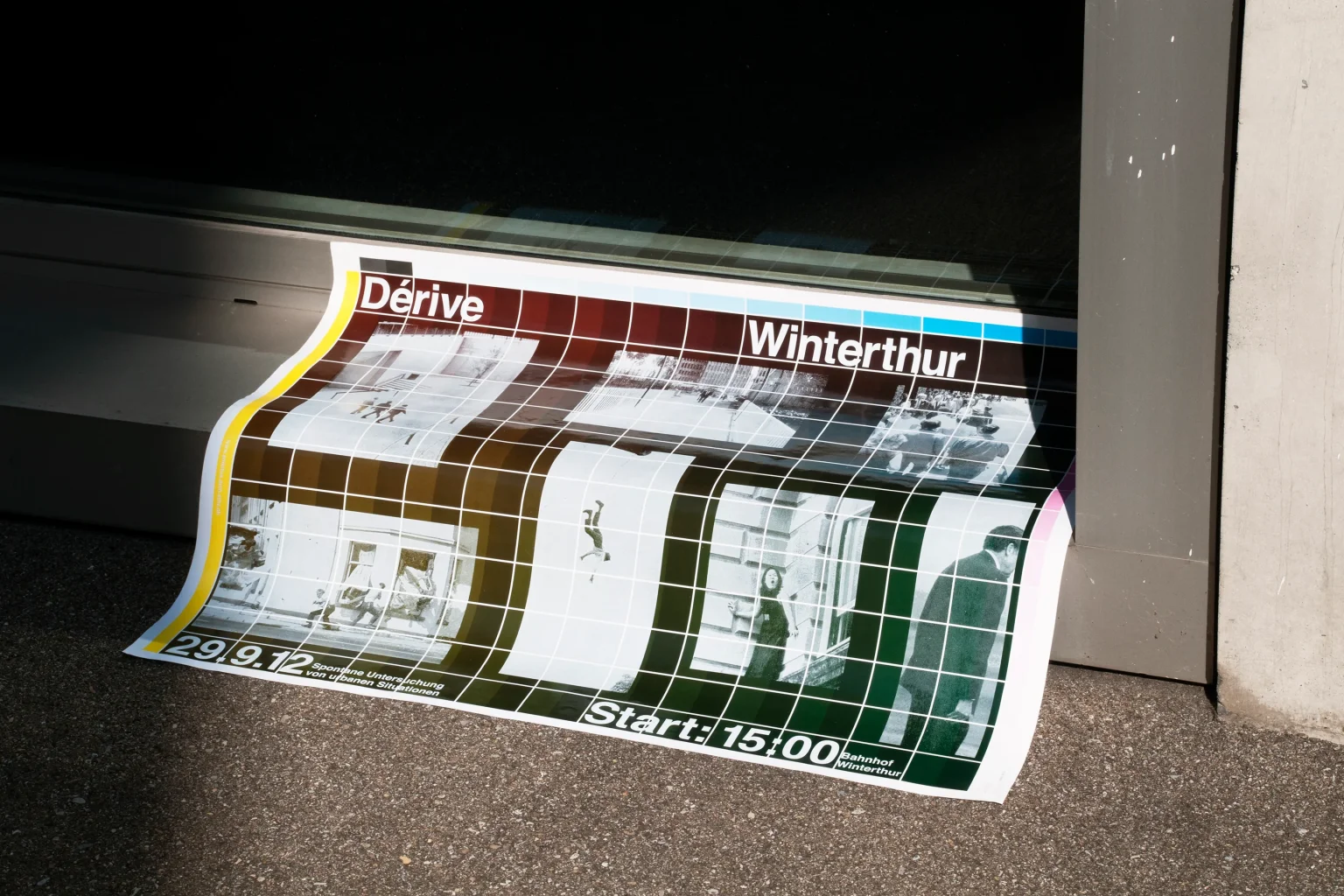
Dérives – Spontane Untersuchung von urbanen Situationen, ETH Zürich
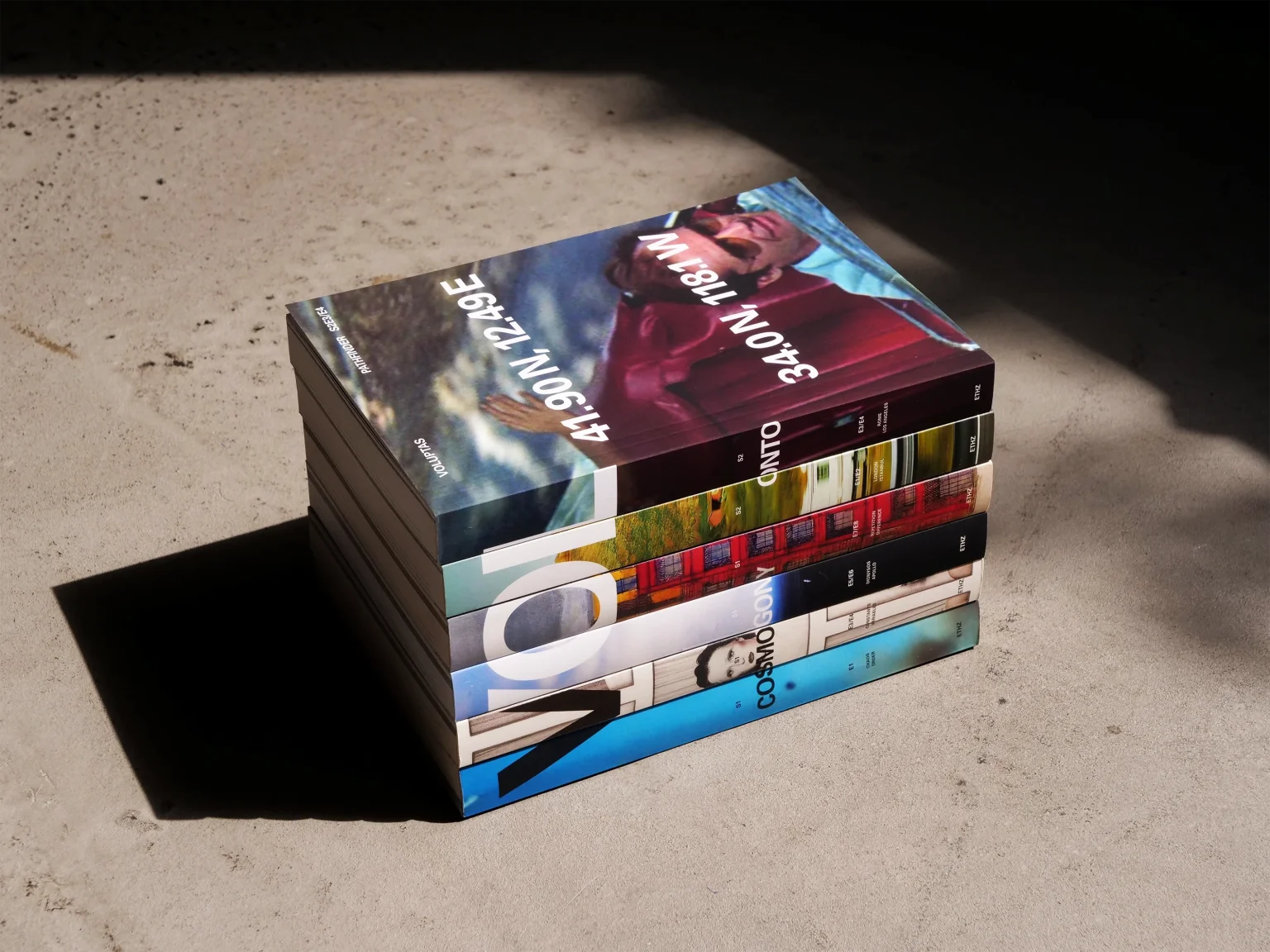
VOLUPTAS, Chair Charbonnet/Heiz, ETH Zurich, semester reader and website
VOLUPTAS, Chair Charbonnet/Heiz, ETH Zurich, semester reader and website
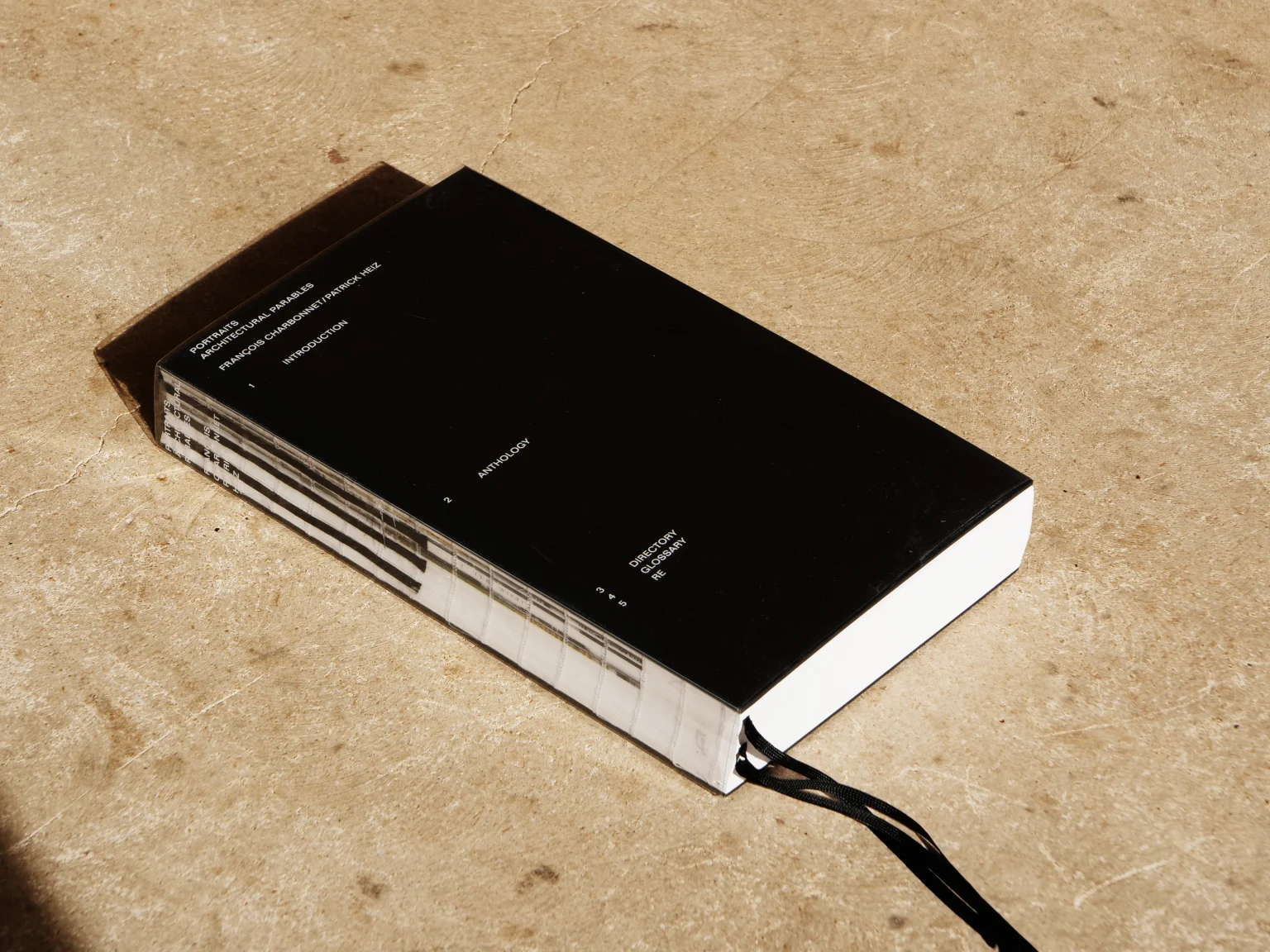
Portraits – Architectural Parables, VOLUPTAS, Chair Charbonnet/Heiz, ETH Zurich, Park Books
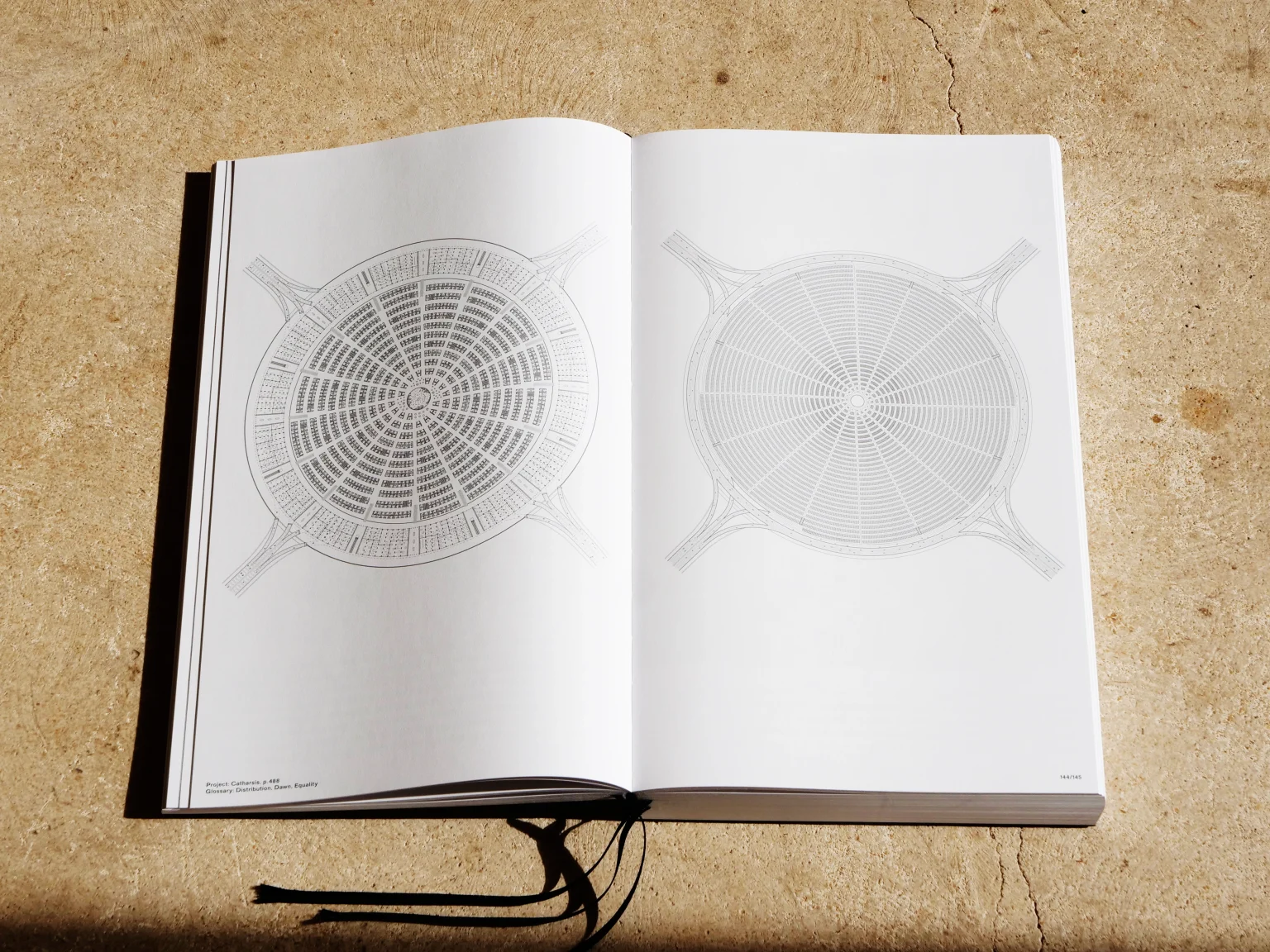
Portraits – Architectural Parables, VOLUPTAS, Chair Charbonnet/Heiz, ETH Zurich, Park Books
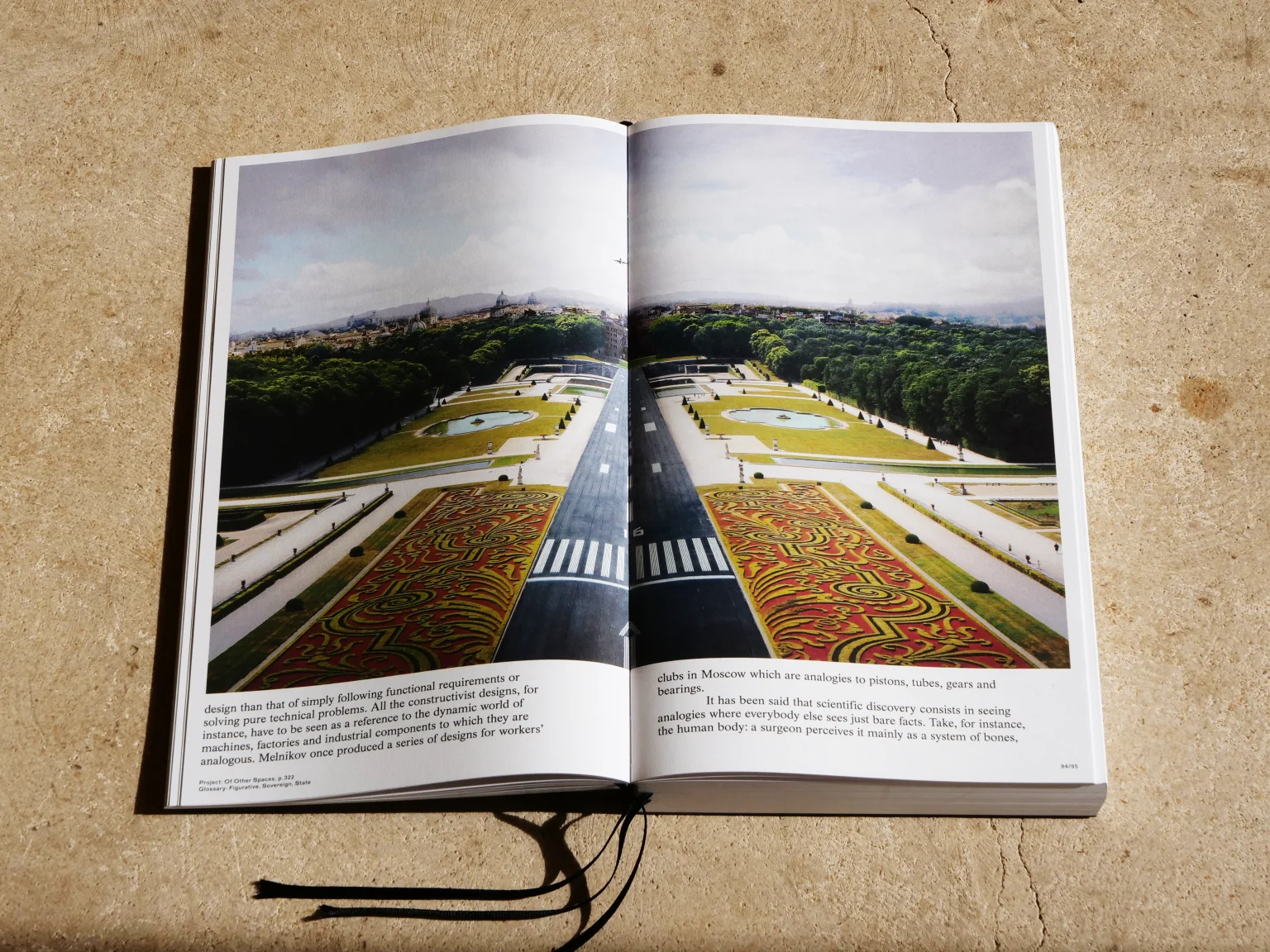
Portraits – Architectural Parables, VOLUPTAS, Chair Charbonnet/Heiz, ETH Zurich, Park Books
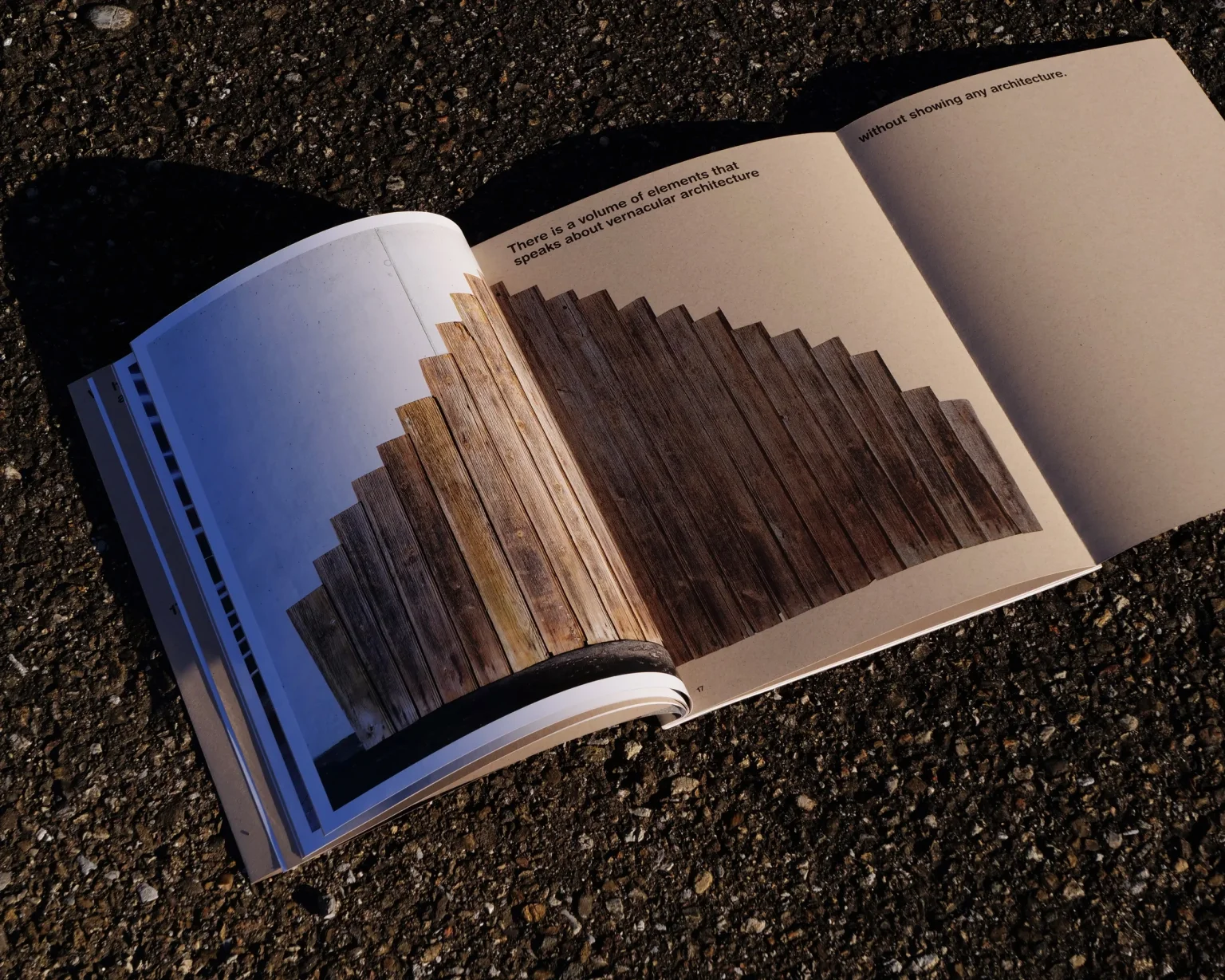
Augustas Serapinas – Space Can …, Galerie Tschudi, Kodoji Press
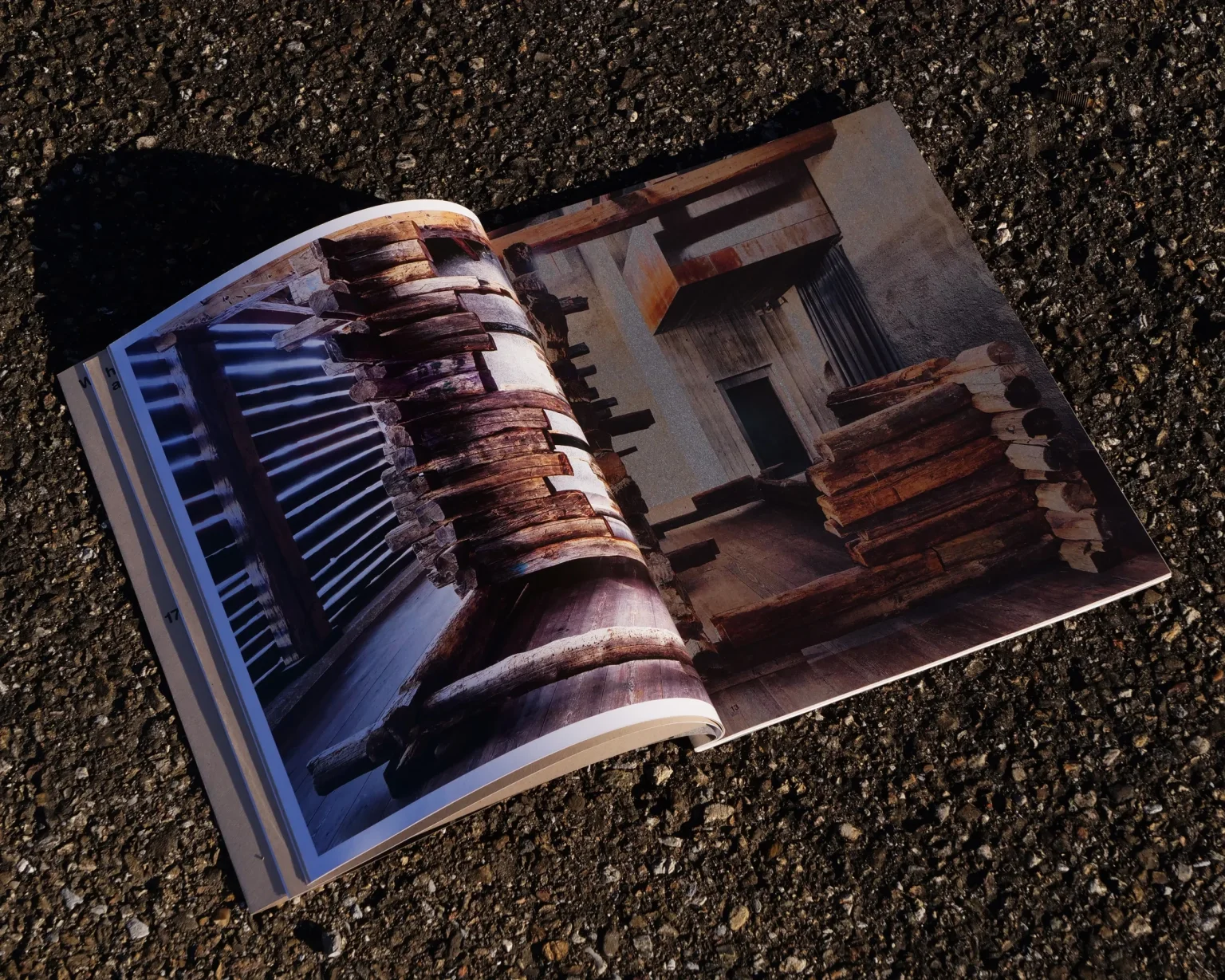
Augustas Serapinas – Space Can …, Galerie Tschudi, Kodoji Press
Tonverein Bad Bonn, monthly programme posters 2019
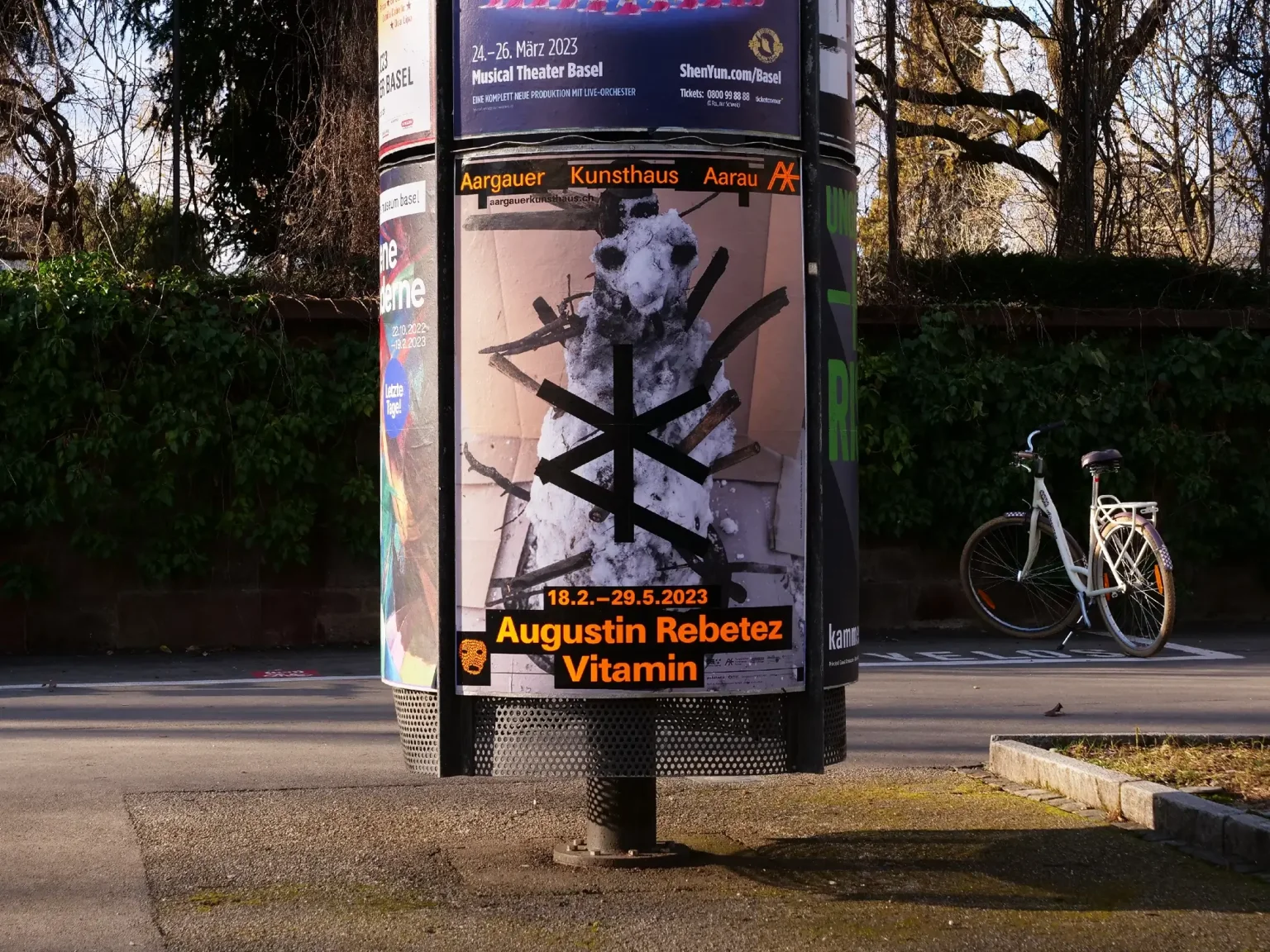
Augustin Rebetez – Vitamin, exhibition campaign and printed matter, Aargauer Kunsthaus
Swiss Art Awards 2018, visual identity and printed matter, Swiss Federal Office of Culture FOC
(read moreless)Visual Communication for the Swiss Art Awards, an art competition organised by the Swiss Federal Office of Culture and held annually since 1899. The accompanying exhibition offers an insight into contemporary art production in Switzerland.
Swiss Art Awards 2018, visual identity and printed matter, Swiss Federal Office of Culture FOC
(read moreless)Visual Communication for the Swiss Art Awards, an art competition organised by the Swiss Federal Office of Culture and held annually since 1899. The accompanying exhibition offers an insight into contemporary art production in Switzerland.
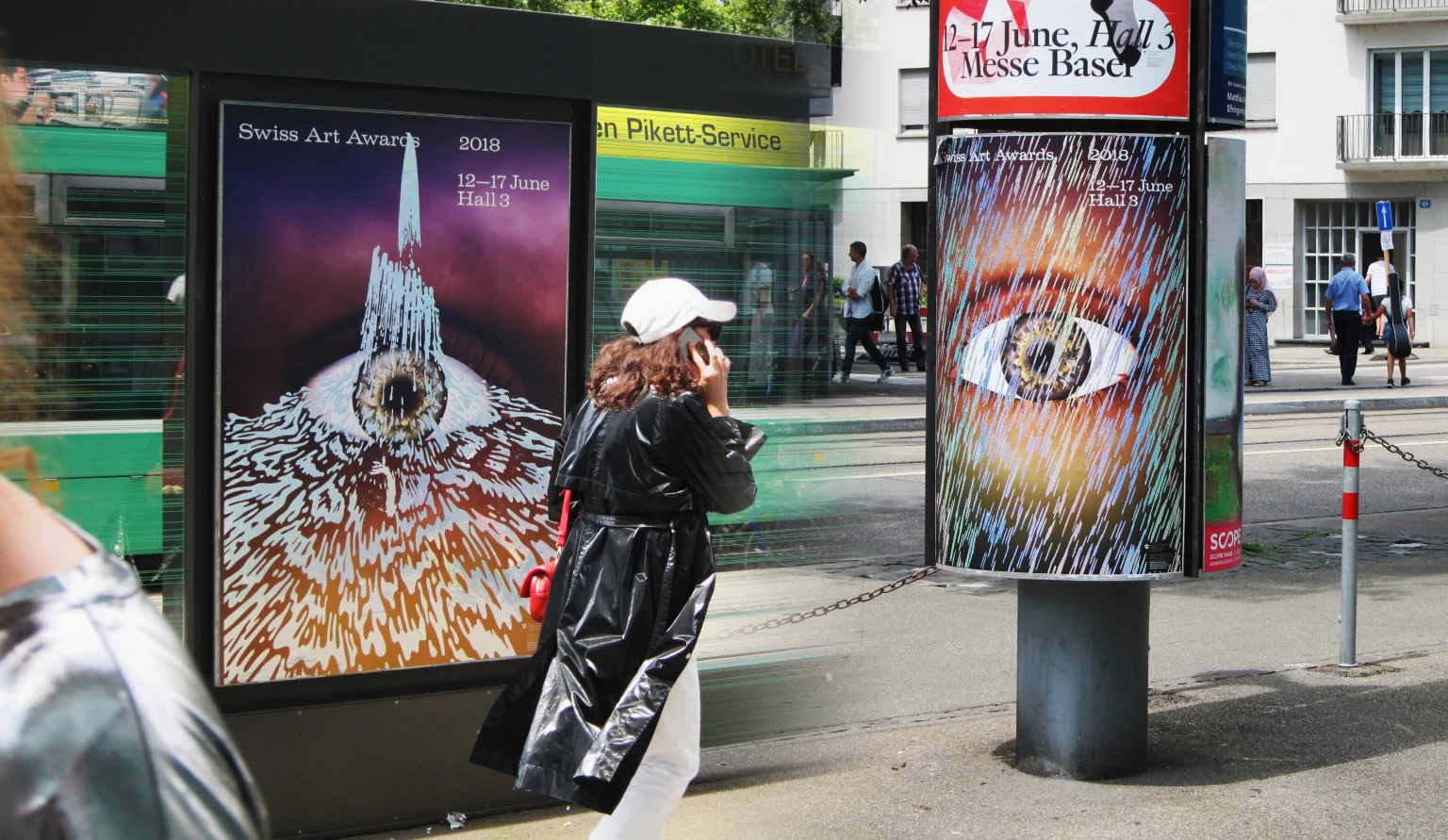
Swiss Art Awards 2018, visual identity and printed matter, Swiss Federal Office of Culture FOC
(read moreless)Visual Communication for the Swiss Art Awards, an art competition organised by the Swiss Federal Office of Culture and held annually since 1899. The accompanying exhibition offers an insight into contemporary art production in Switzerland.
Swiss Art Awards 2018, visual identity and printed matter, Swiss Federal Office of Culture FOC
(read moreless)Visual Communication for the Swiss Art Awards, an art competition organised by the Swiss Federal Office of Culture and held annually since 1899. The accompanying exhibition offers an insight into contemporary art production in Switzerland.
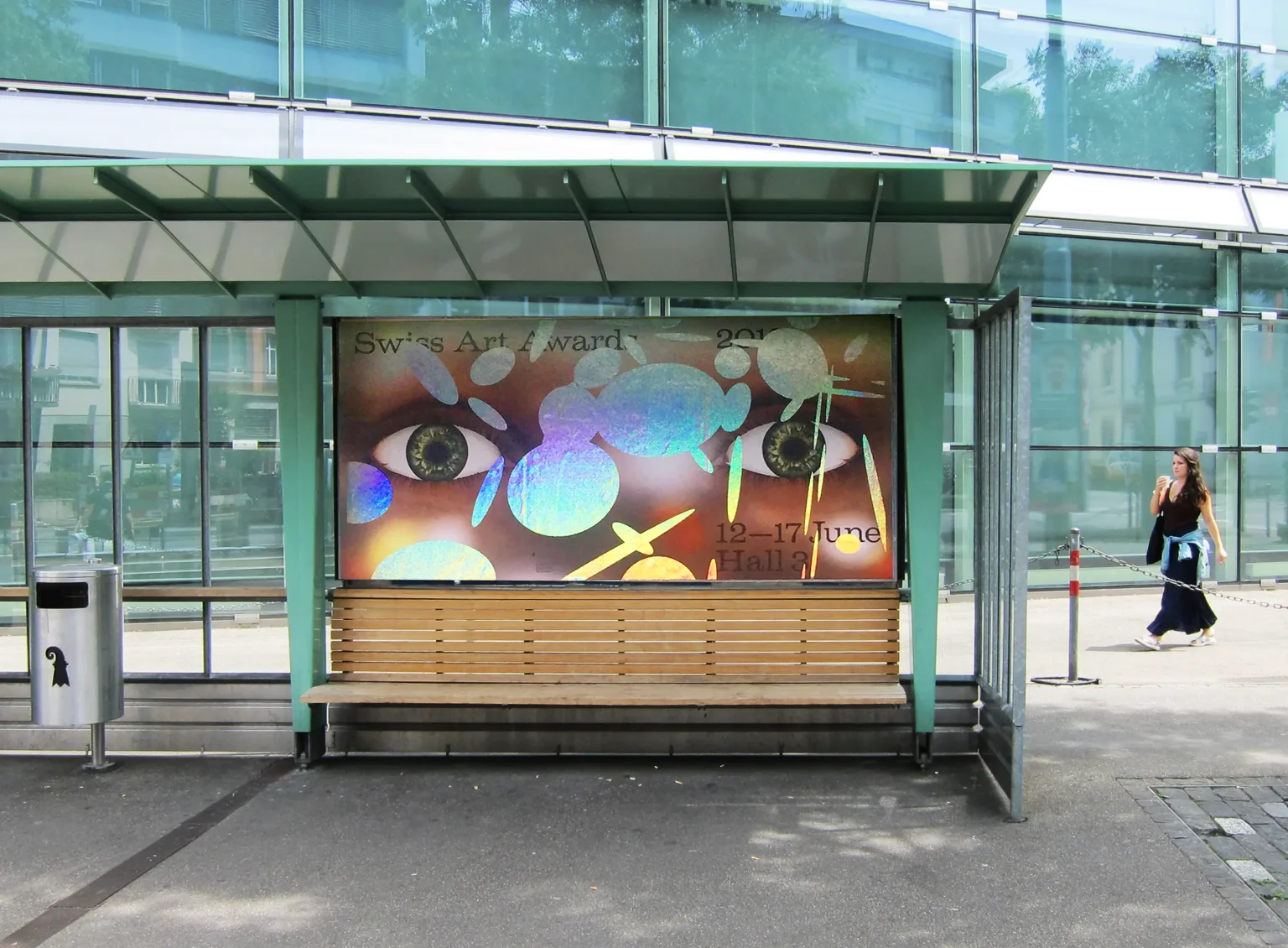
Swiss Art Awards 2018, visual identity and printed matter, Swiss Federal Office of Culture FOC
(read moreless)Visual Communication for the Swiss Art Awards, an art competition organised by the Swiss Federal Office of Culture and held annually since 1899. The accompanying exhibition offers an insight into contemporary art production in Switzerland.
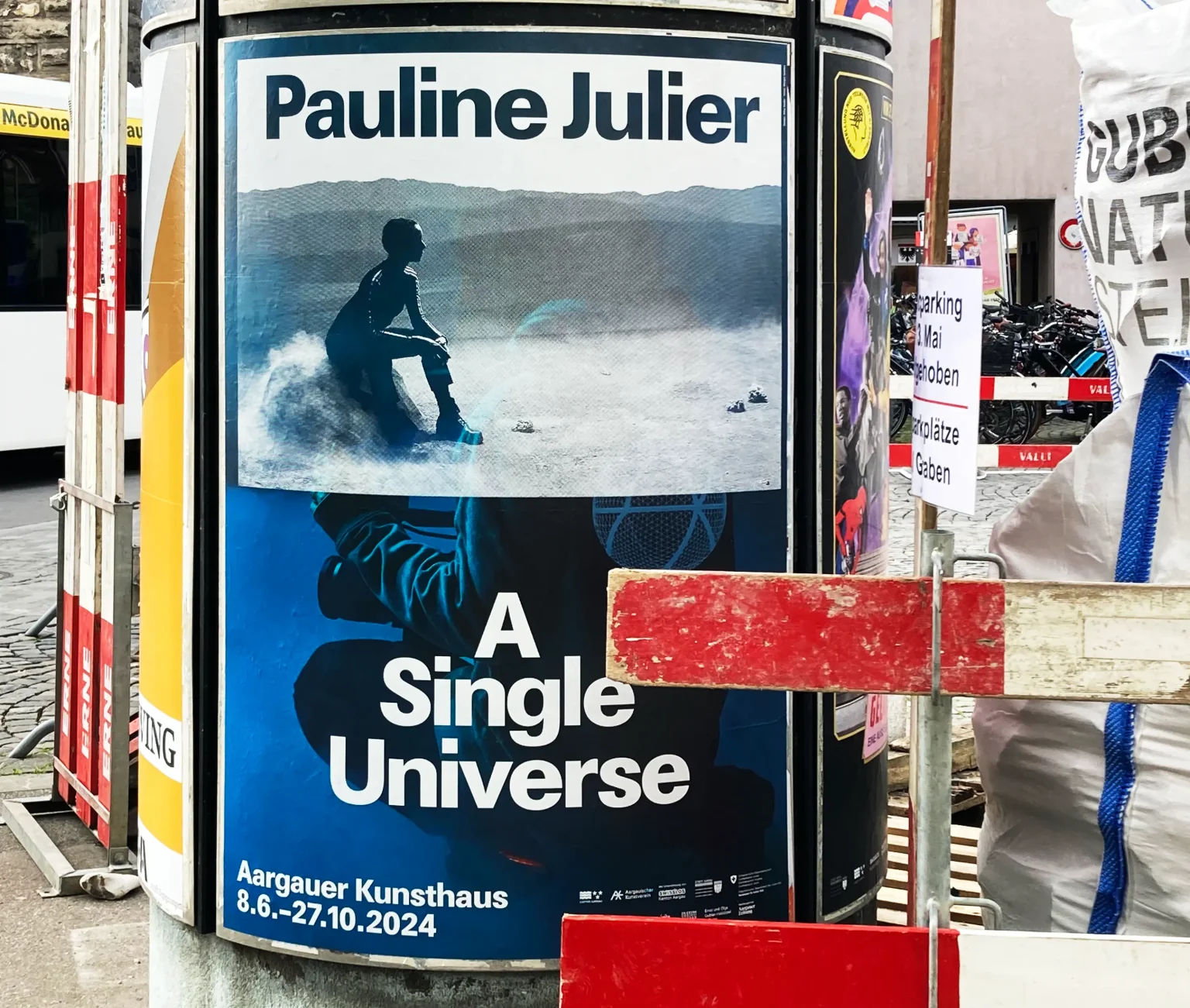
Pauline Julier – A Single Universe, exhibition campaign and printed matter, Aargauer Kunsthaus
Tonverein Bad Bonn, monthly programme posters 2018
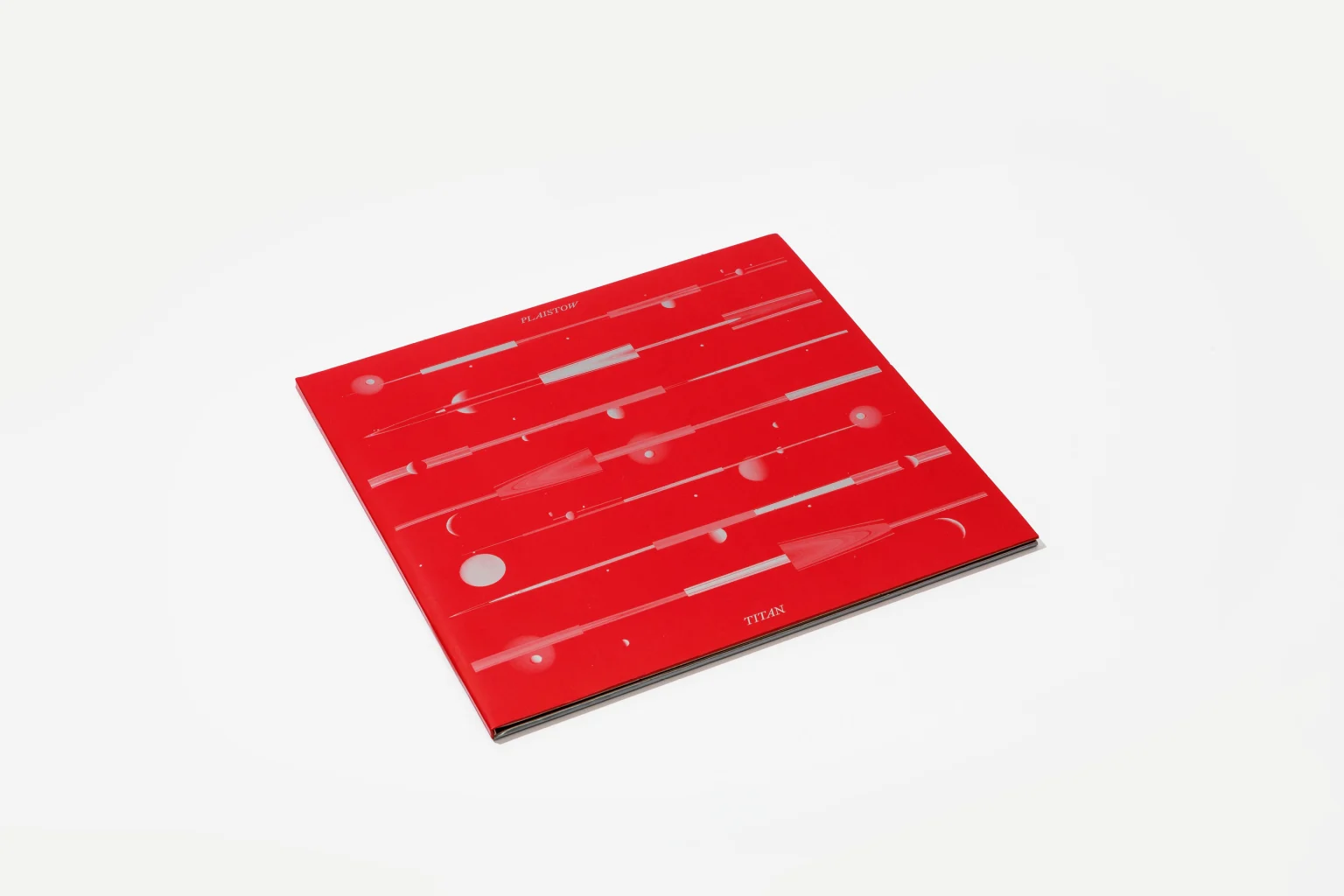
Plaistow – Titan, LP
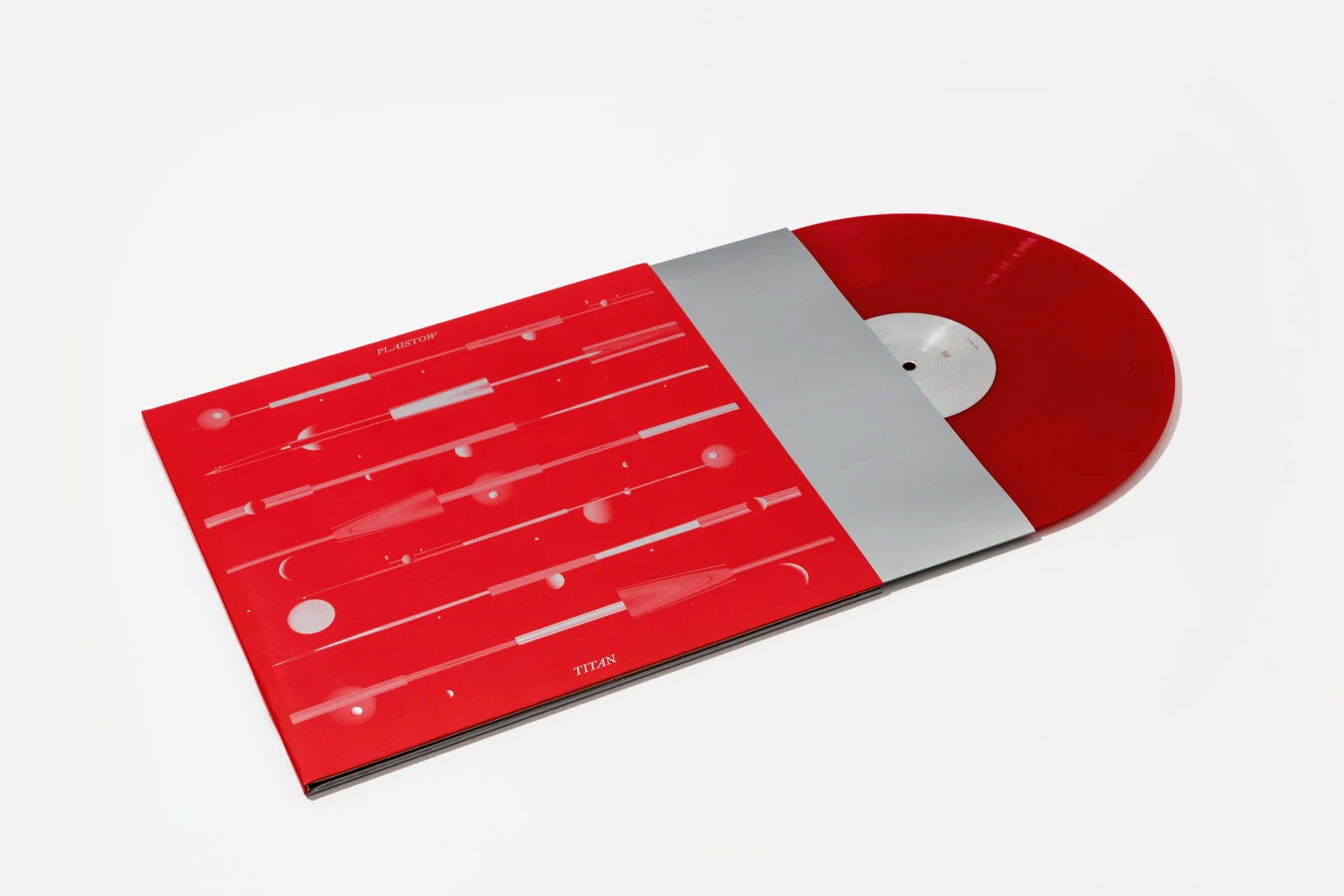
Plaistow – Titan, LP
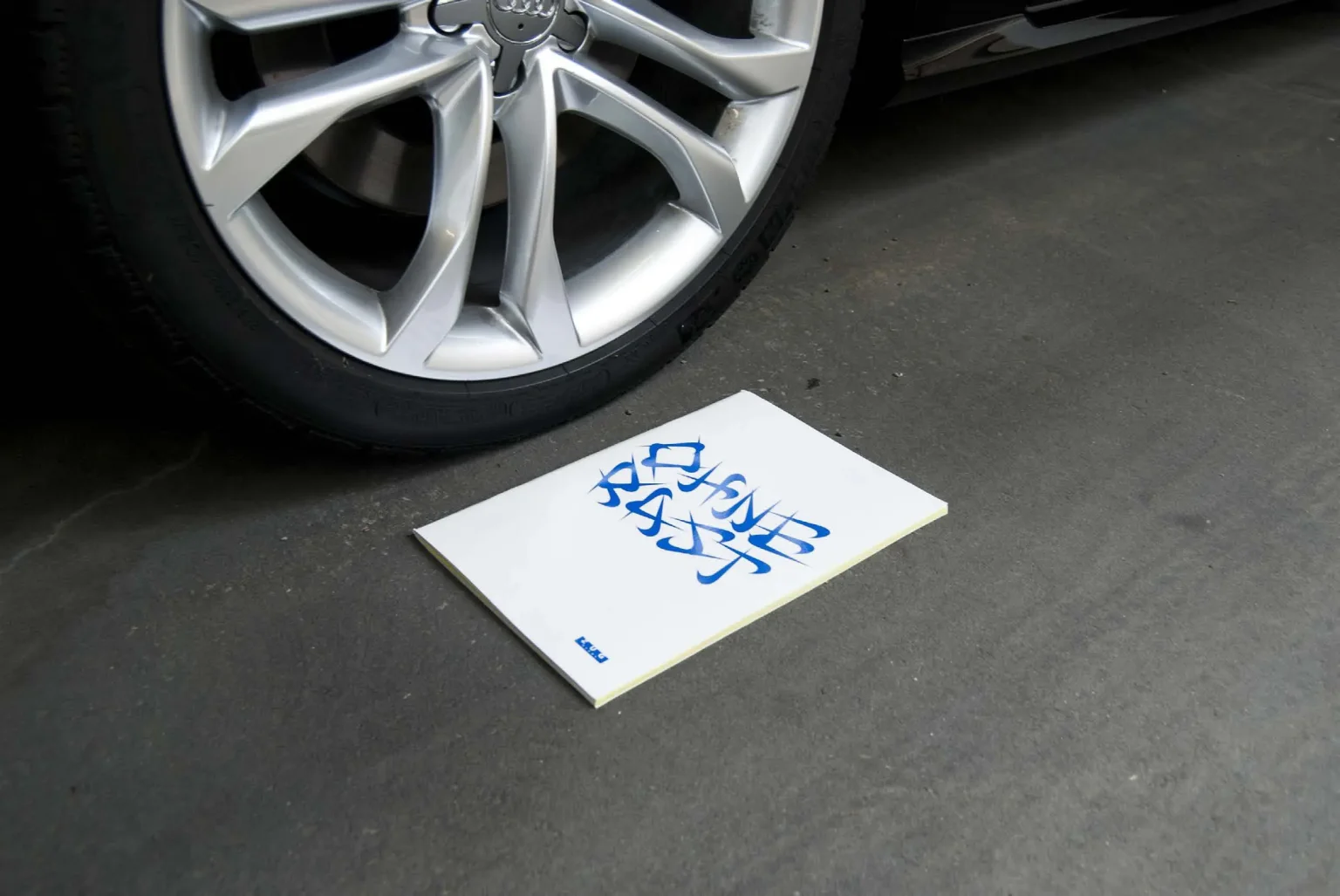
Ohne Rast – über Vertriebene und Getriebene, exhibition campaign and catalogue, City of Zug
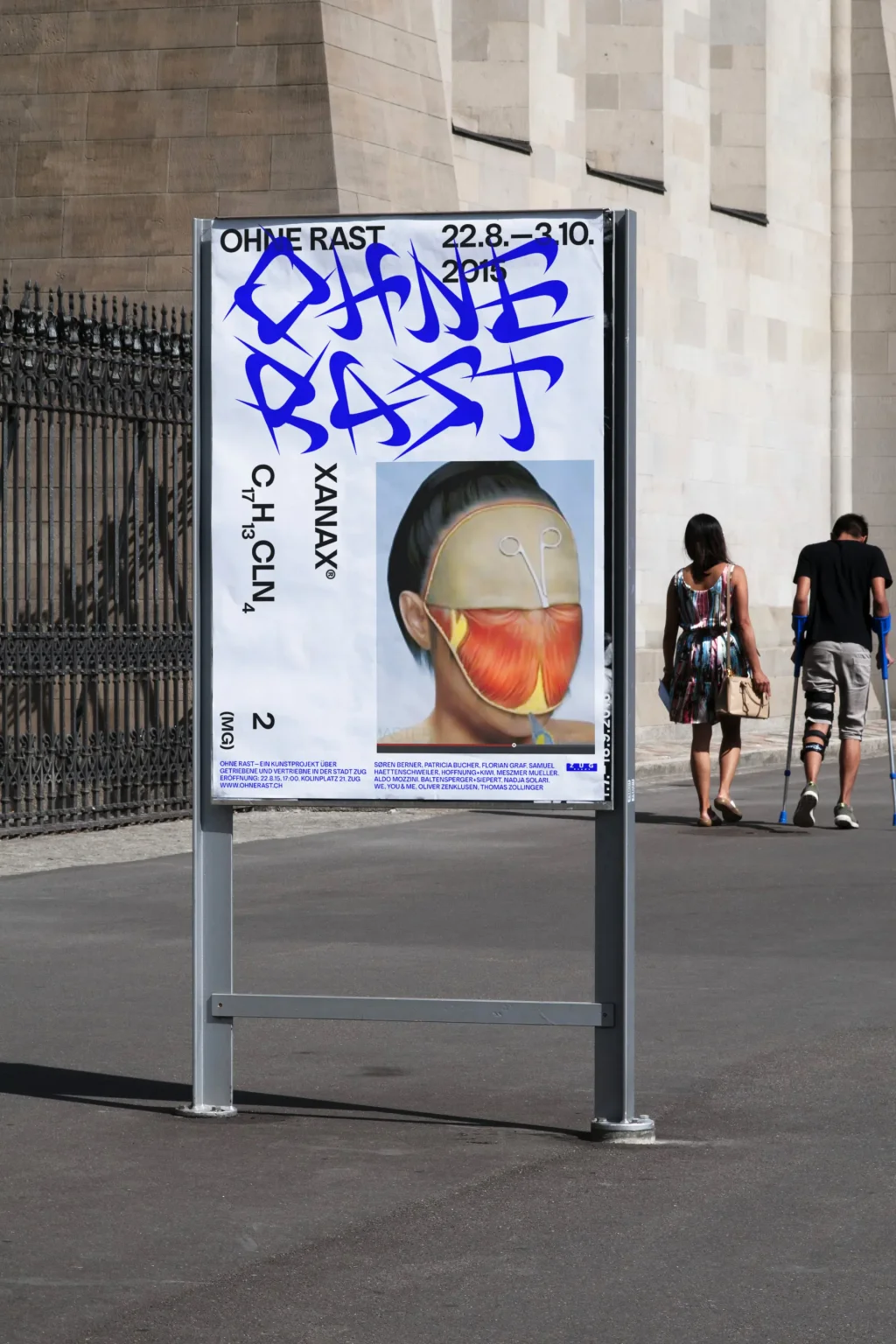
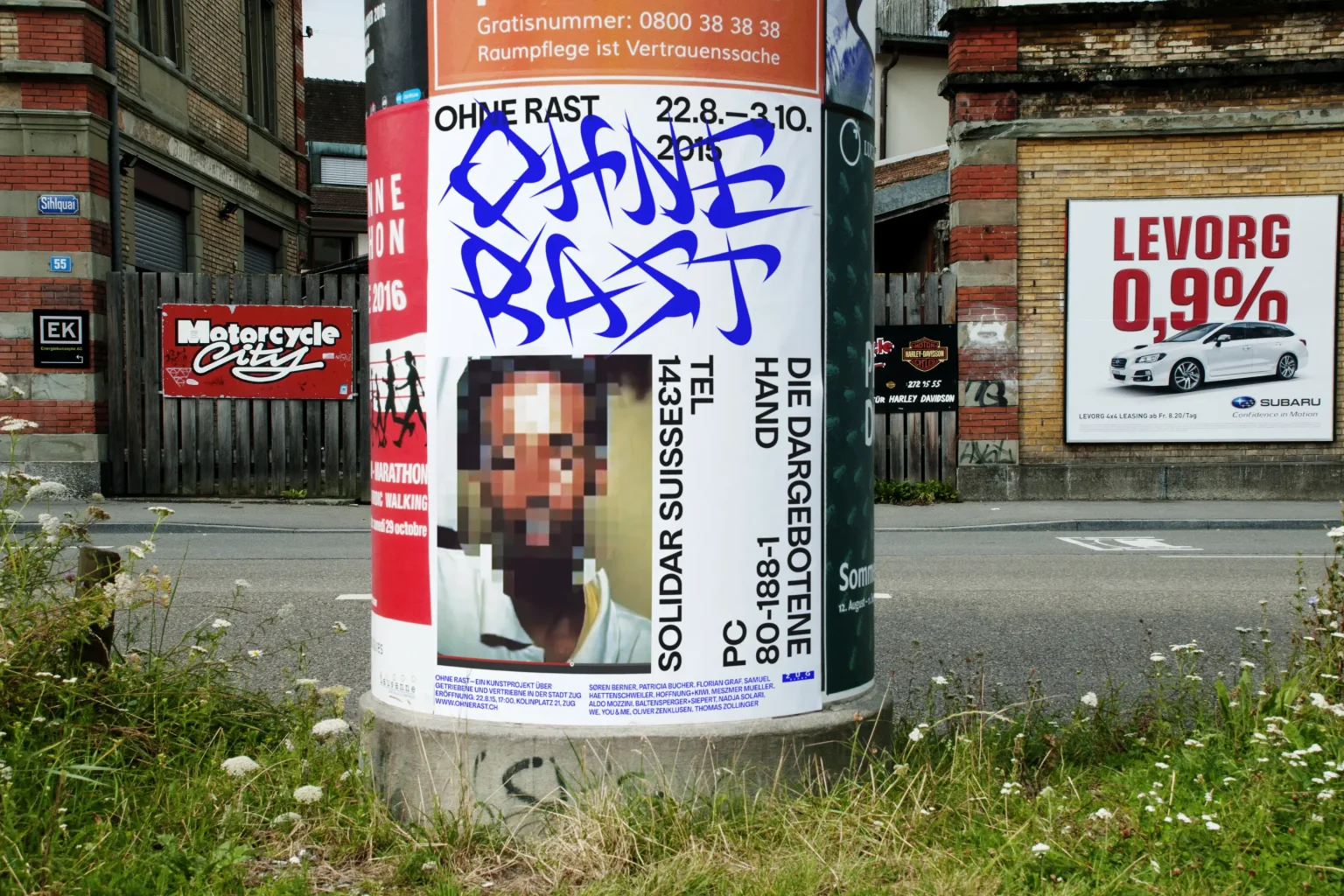
Ohne Rast – über Vertriebene und Getriebene, exhibition campaign and catalogue, City of Zug
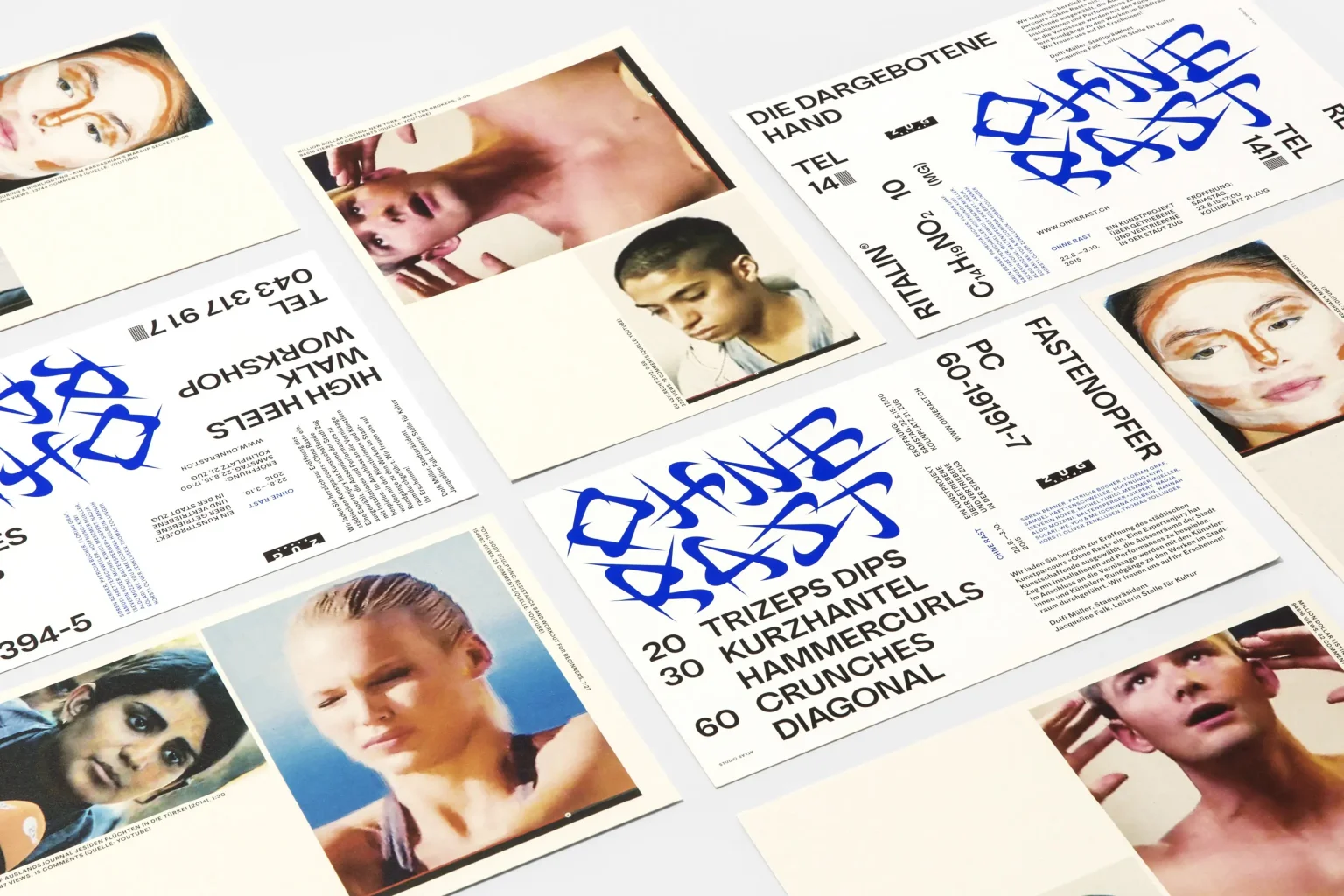
Ohne Rast – über Vertriebene und Getriebene, exhibition campaign and catalogue, City of Zug
Campus Glattal, Signage for a High School, with Eloise C Baumann Architects
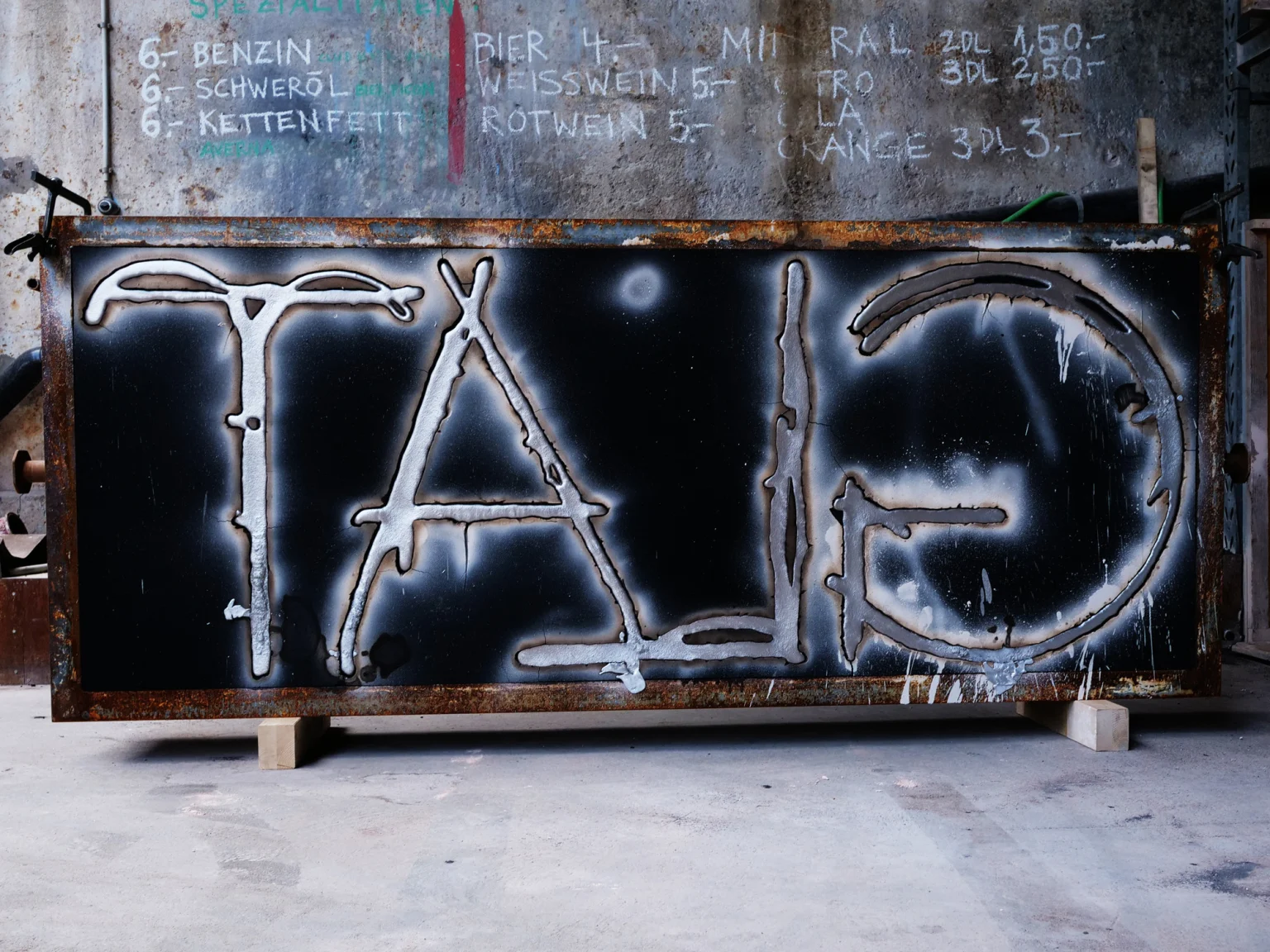
Campus Glattal, Signage for a High School, with Eloise C Baumann Architects
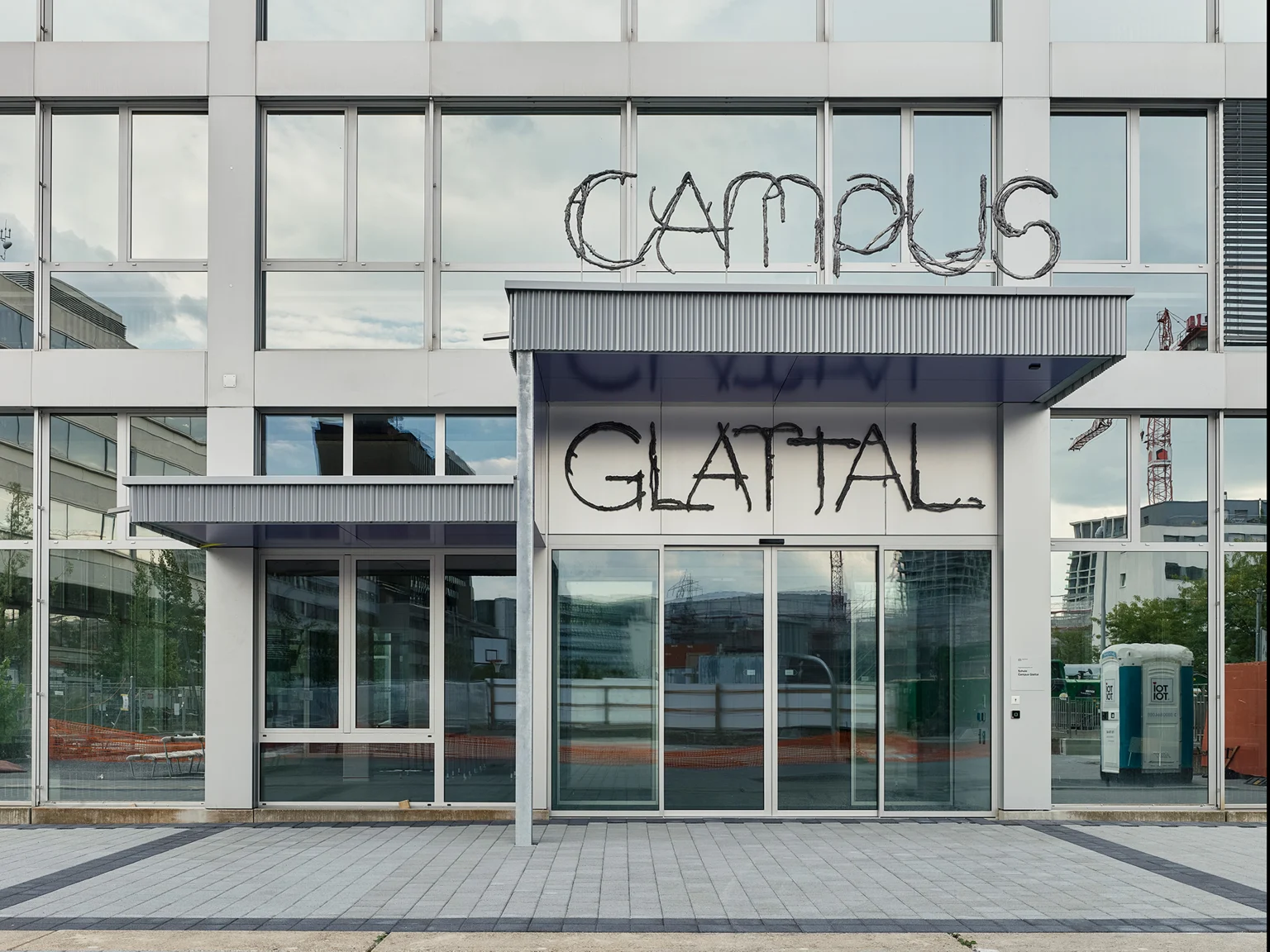
Campus Glattal, Signage for a High School, with Eloise C Baumann Architects
Swiss Art Awards 2019, visual identity and printed matter, Swiss Federal Office of Culture FOC
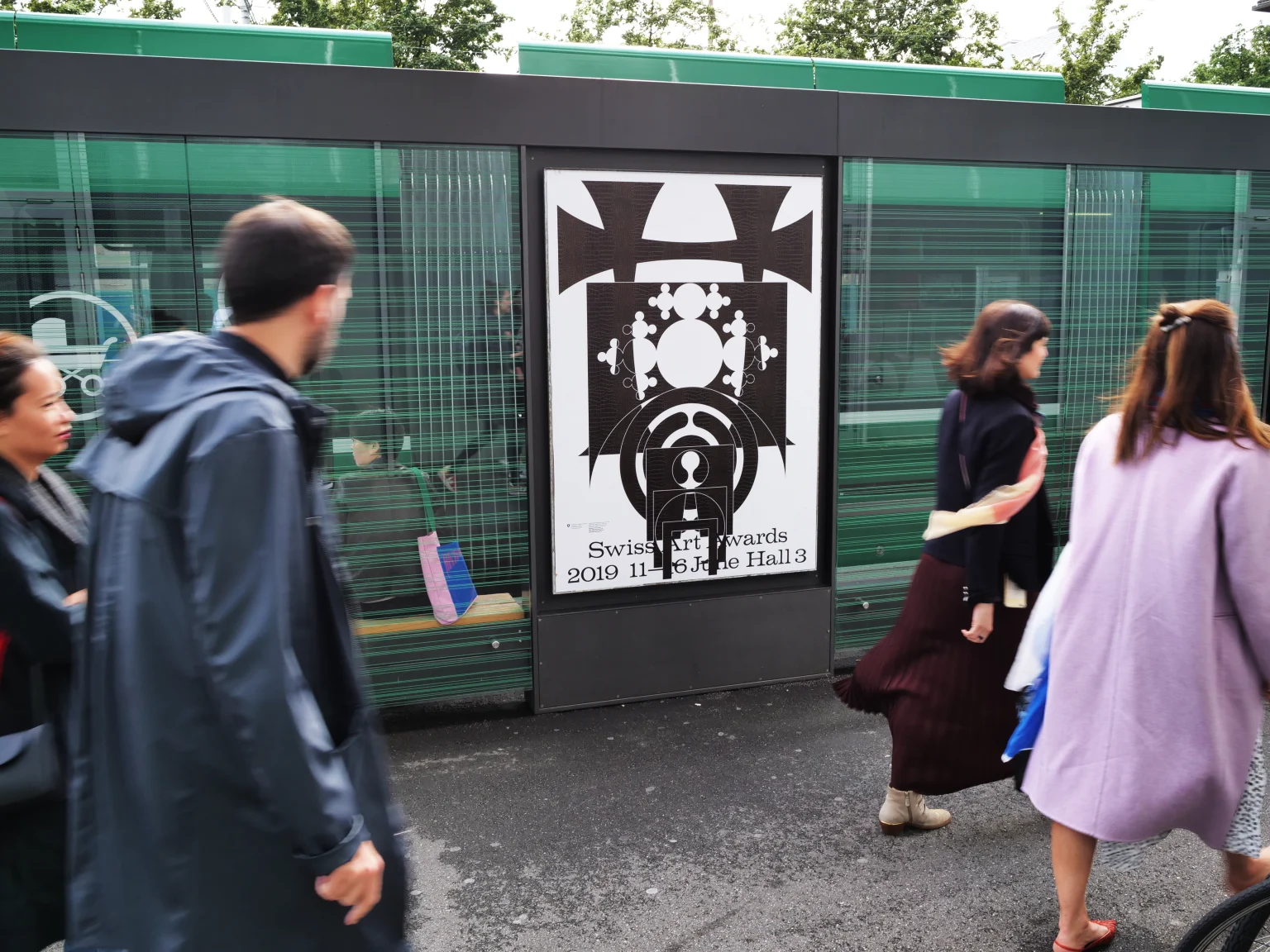
Swiss Art Awards 2019, visual identity and printed matter, Swiss Federal Office of Culture FOC
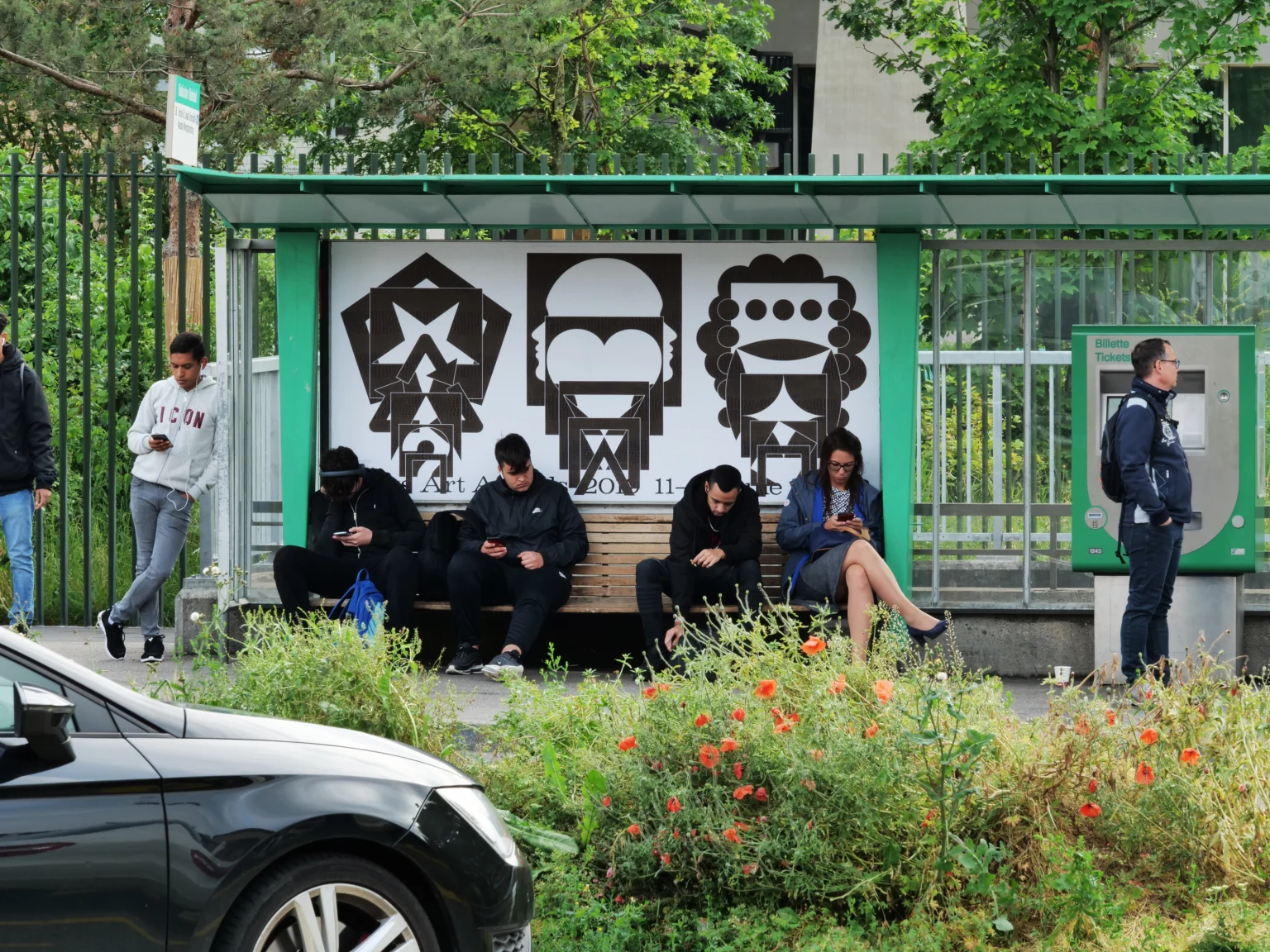
Swiss Art Awards 2019, visual identity and printed matter, Swiss Federal Office of Culture FOC
tichyocean foundation, visual identity and website
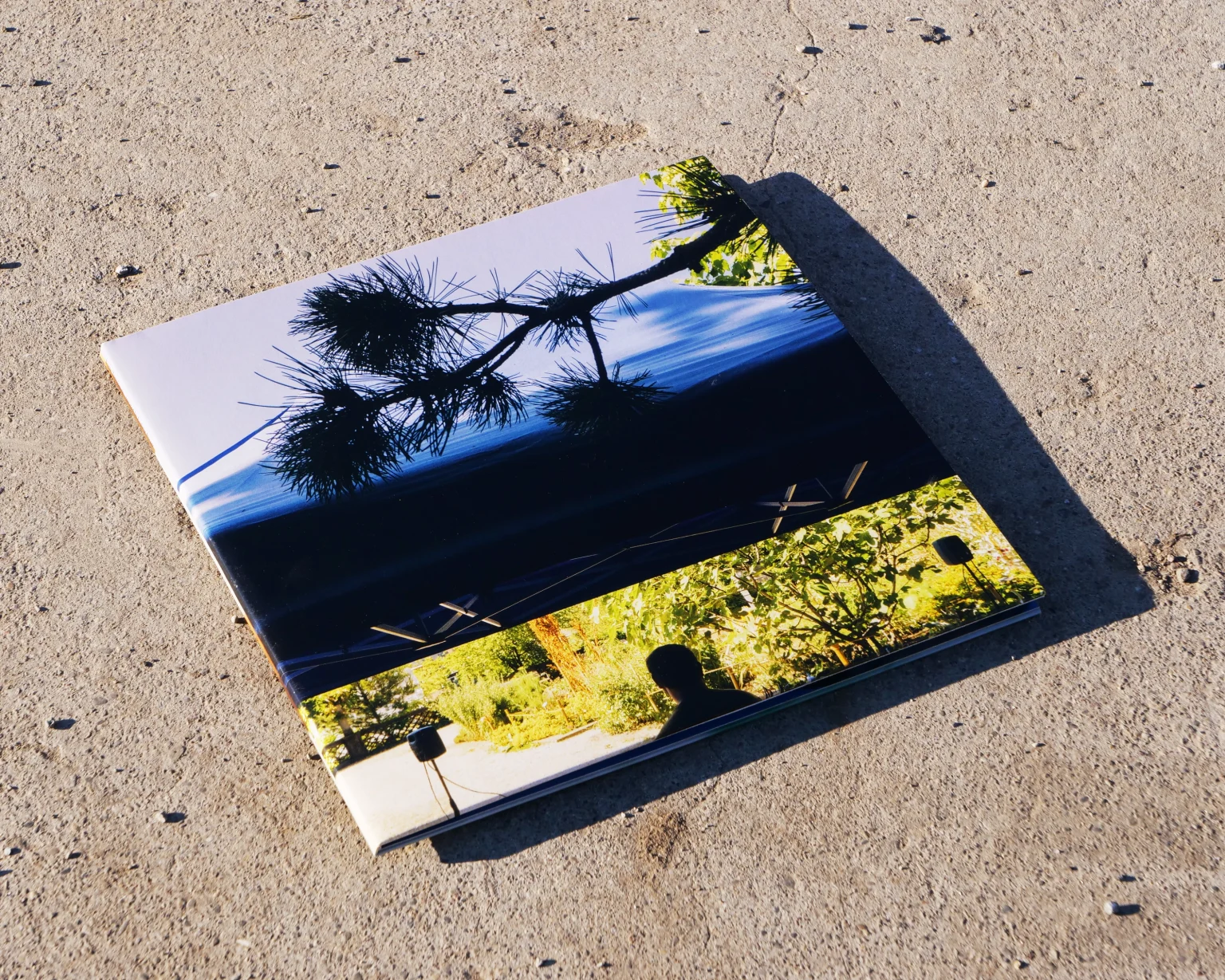
Sonic Topologies, exhibition campaign and LP, Chair for Landscape Architecture at ETH Zurich
(read moreless)Curated by Ludwig Berger, the symposium «Sonic Topologies» explores the sounds and acoustics of an empty reservoir, a botanical garden, a thermal bath, and a lake. In June 2022, thirty sound artists, architects and researchers were invited to develop a series of concerts, talks, walks and workshops for these places. Their contributions reveal hidden and overlooked sounds and voices and enable encounters across species and disciplinary boundaries. The manifold of methods for sonic landscape research are compiled in the form of two vinyl records with a glossary of texts and photographs. [listen]
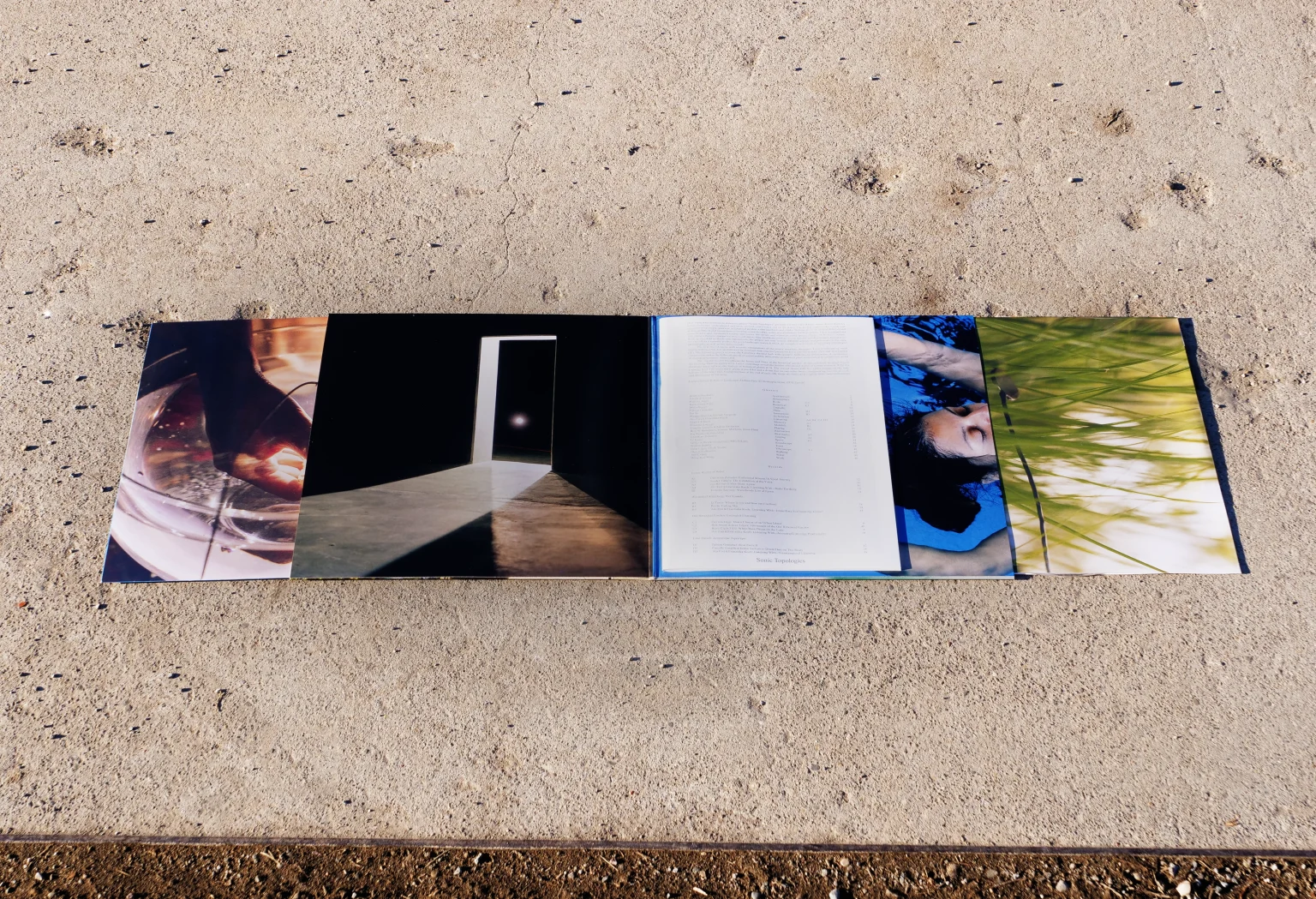
Sonic Topologies, exhibition campaign and LP, Chair for Landscape Architecture at ETH Zurich
(read moreless)Curated by Ludwig Berger, the symposium «Sonic Topologies» explores the sounds and acoustics of an empty reservoir, a botanical garden, a thermal bath, and a lake. In June 2022, thirty sound artists, architects and researchers were invited to develop a series of concerts, talks, walks and workshops for these places. Their contributions reveal hidden and overlooked sounds and voices and enable encounters across species and disciplinary boundaries. The manifold of methods for sonic landscape research are compiled in the form of two vinyl records with a glossary of texts and photographs. [listen]
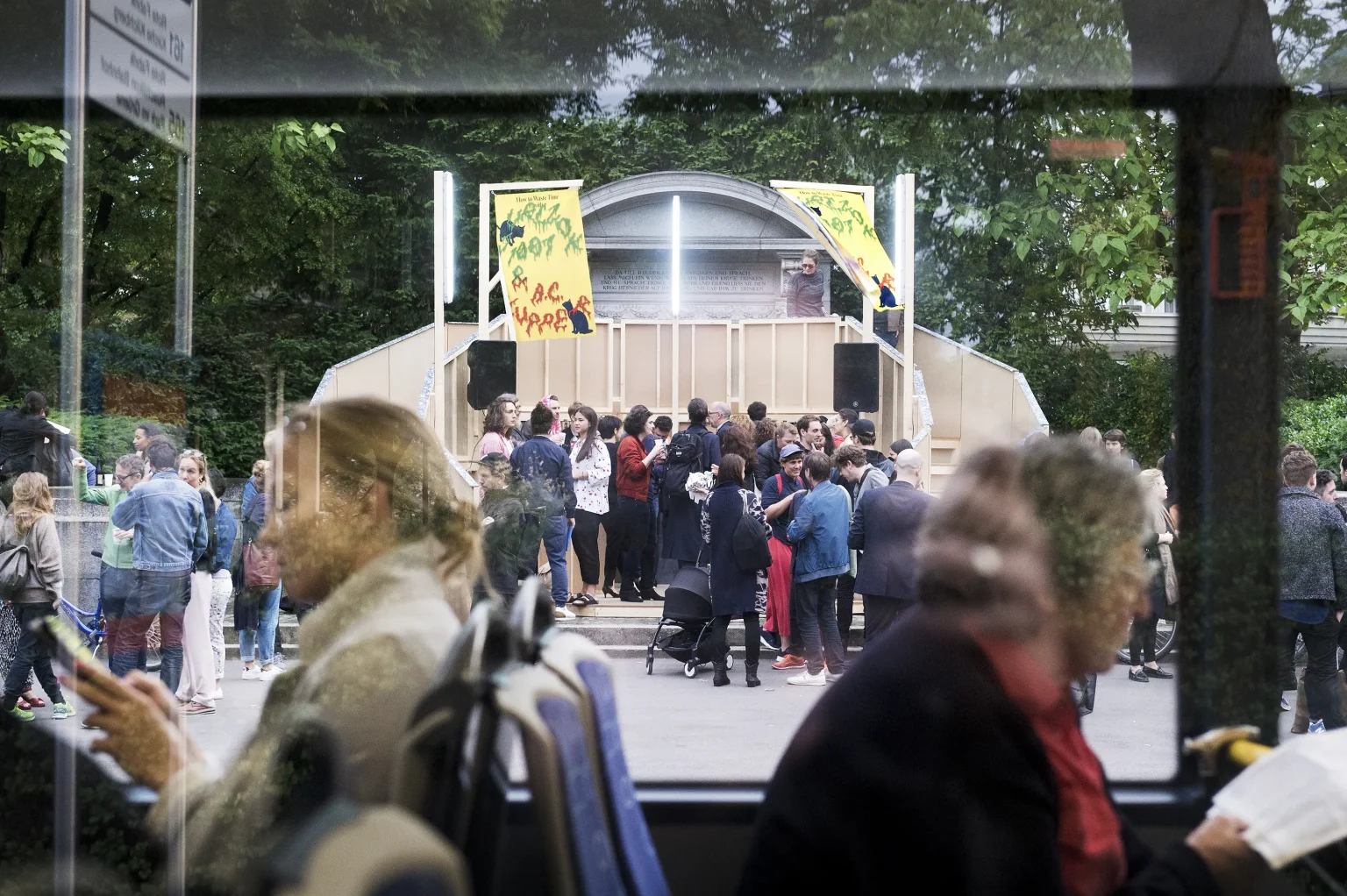
How To Waste Time, visual identity for a pavilon, Manifesta 11 Parallel Programm, Zurich
(read moreless)For the paralell programm of Manifesta 11 in Zurich, Kunstverein Zurich proposed a temporary stage, built in the financial heart of the city, inspired by the stock exchange platforms of times past. Once a week, artists whose practice transcend the classic exhibition format were invited to perform, act, read or discuss on or around the structure. The project aimed to expore topics such as work ethic, non-monetary values and the economic nightmare of wasting time. Scenography by Ortreport.
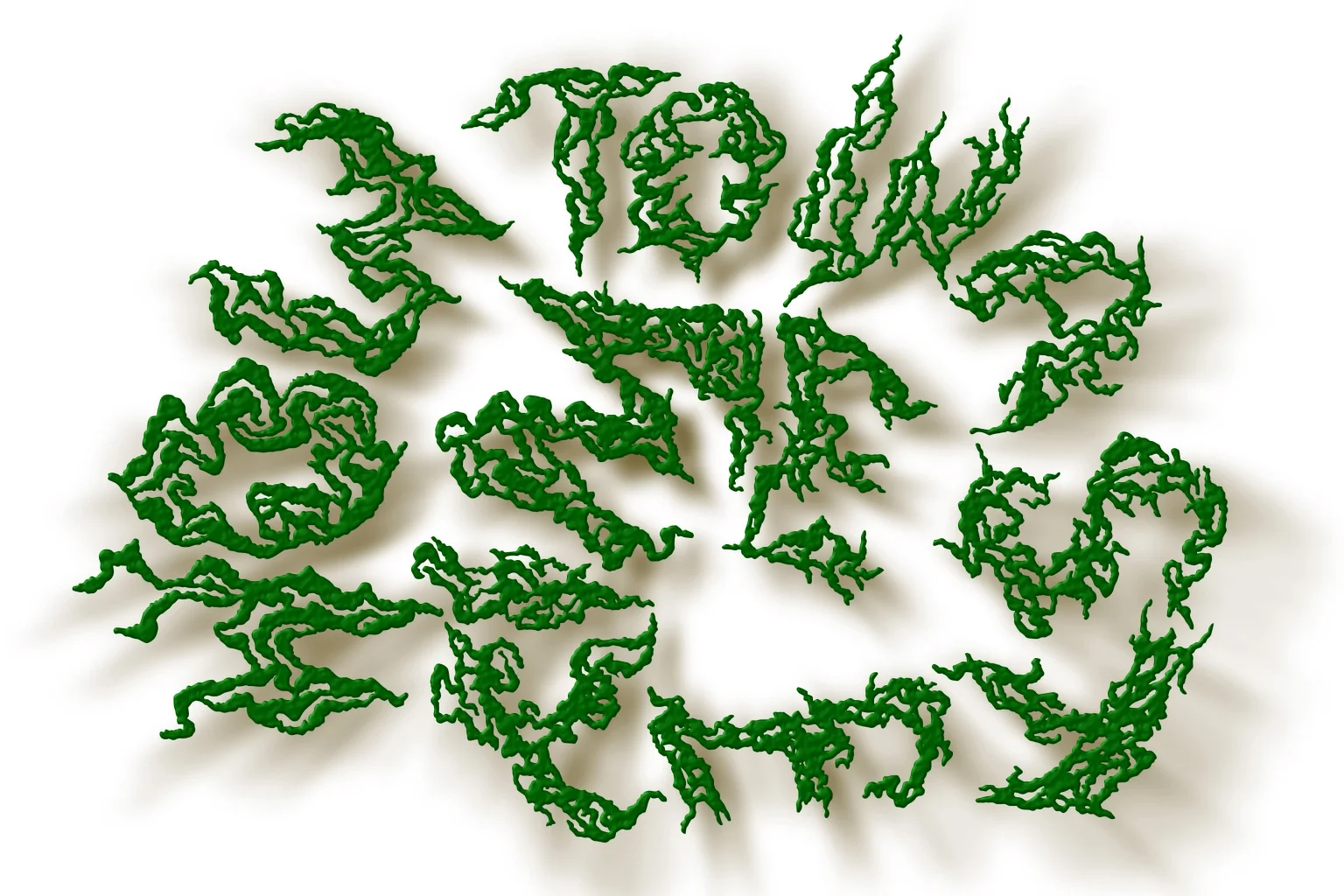
How To Waste Time, visual identity for a pavilon, Manifesta 11 Parallel Programm, Zurich
(read moreless)For the paralell programm of Manifesta 11 in Zurich, Kunstverein Zurich proposed a temporary stage, built in the financial heart of the city, inspired by the stock exchange platforms of times past. Once a week, artists whose practice transcend the classic exhibition format were invited to perform, act, read or discuss on or around the structure. The project aimed to expore topics such as work ethic, non-monetary values and the economic nightmare of wasting time. Scenography by Ortreport.
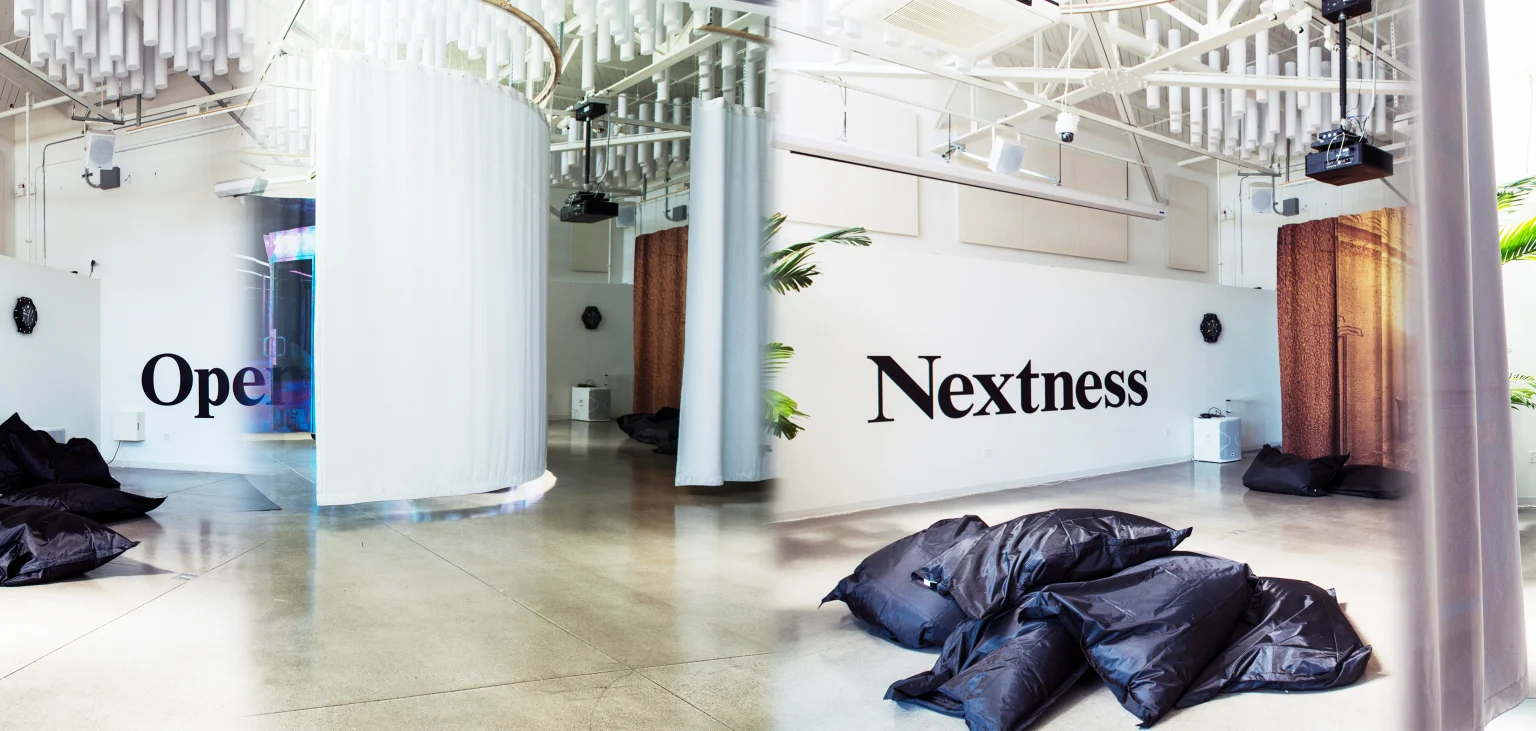
Swissnex Salon, printed matter and exhibition design, in collaboration with Kunstverein Zurich, Swissnex San Francisco
Schorrenmatt, signage for sports facilities in Kleinhüningen/Basel, Felippi Wyssen architects
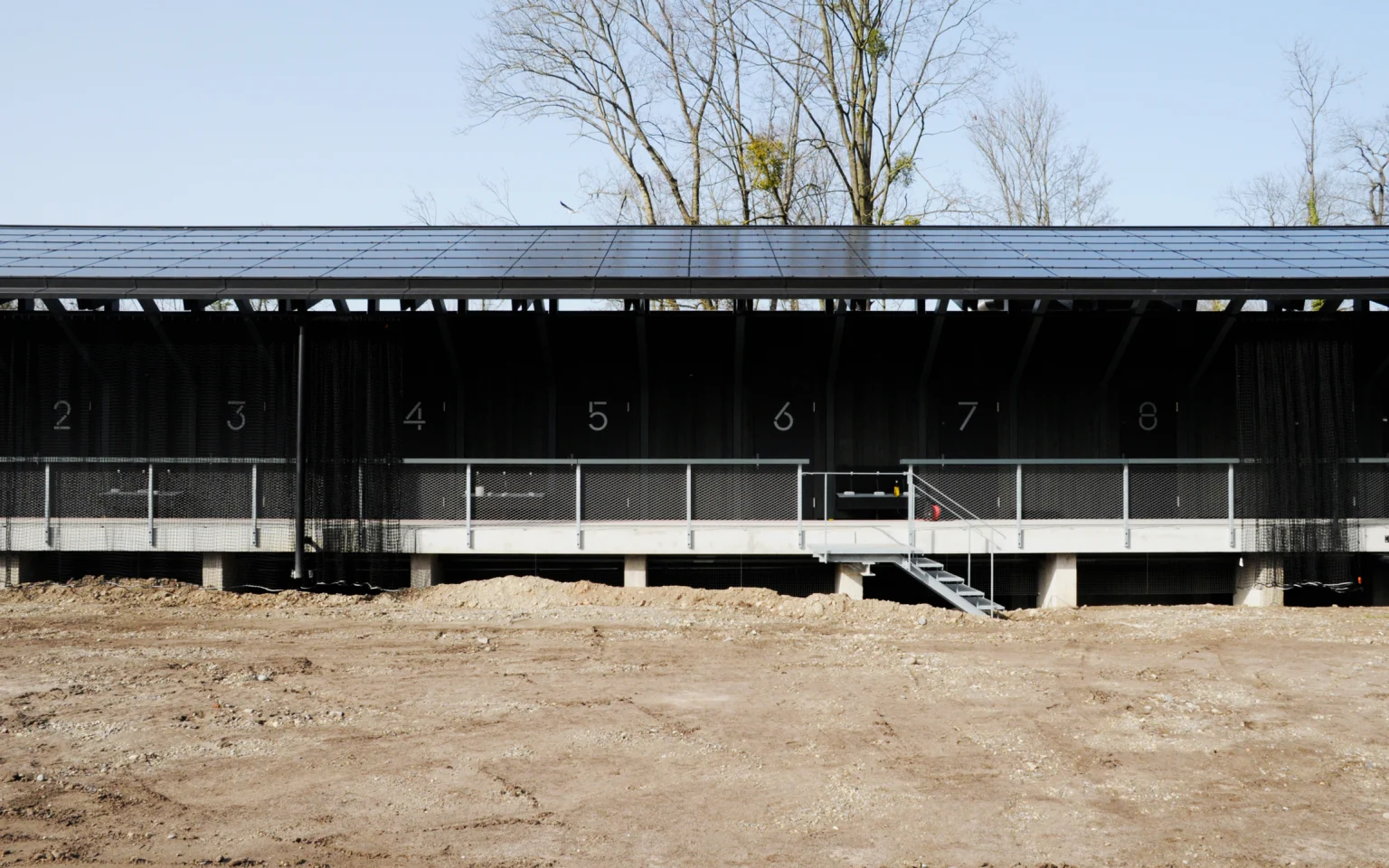
Schorrenmatt, signage for sports facilities in Kleinhüningen/Basel, Felippi Wyssen architects
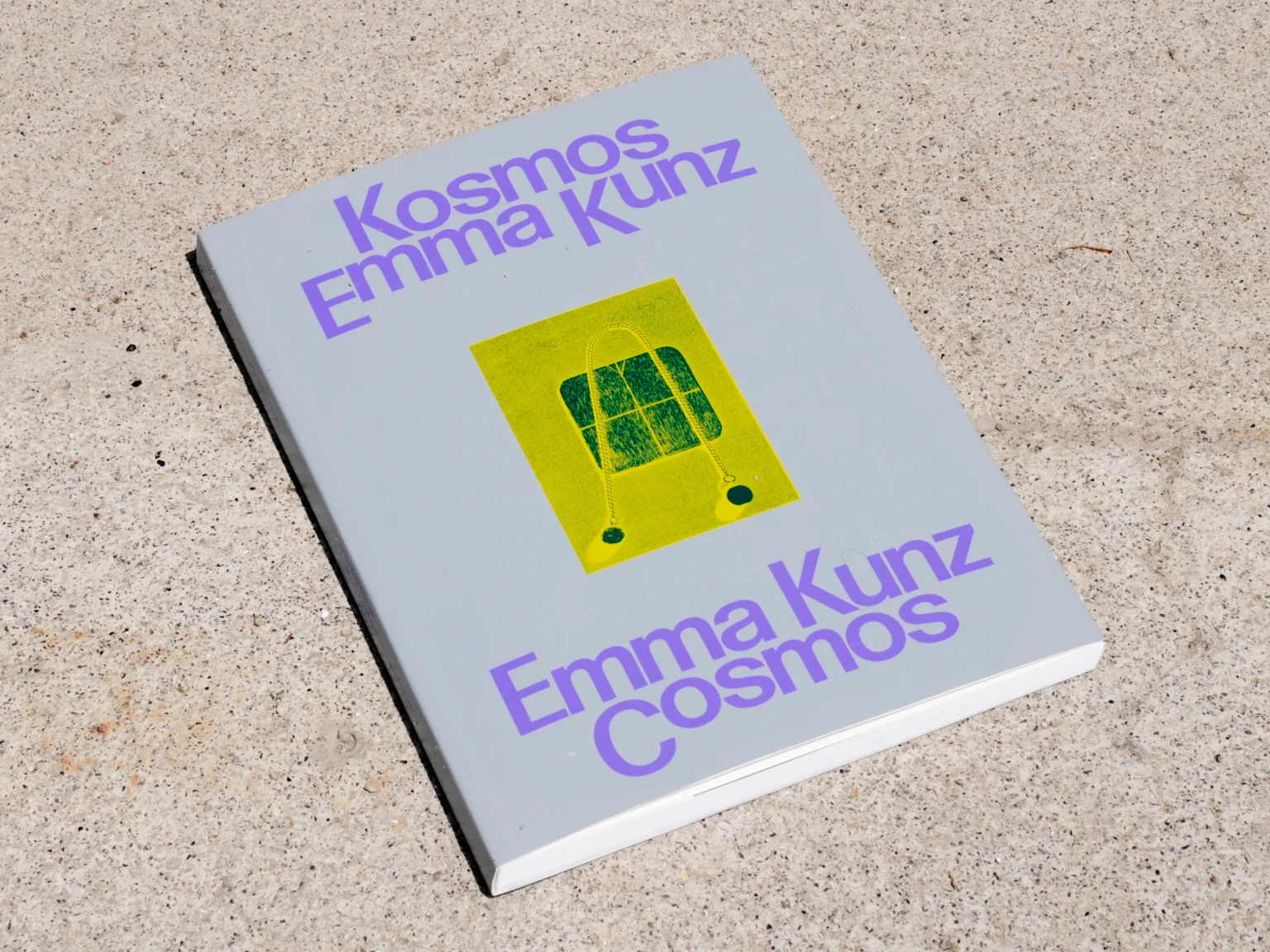
Kosmos Emma Kunz, exhibition catalogue for Aargauer Kunsthaus, Scheidegger & Spiess
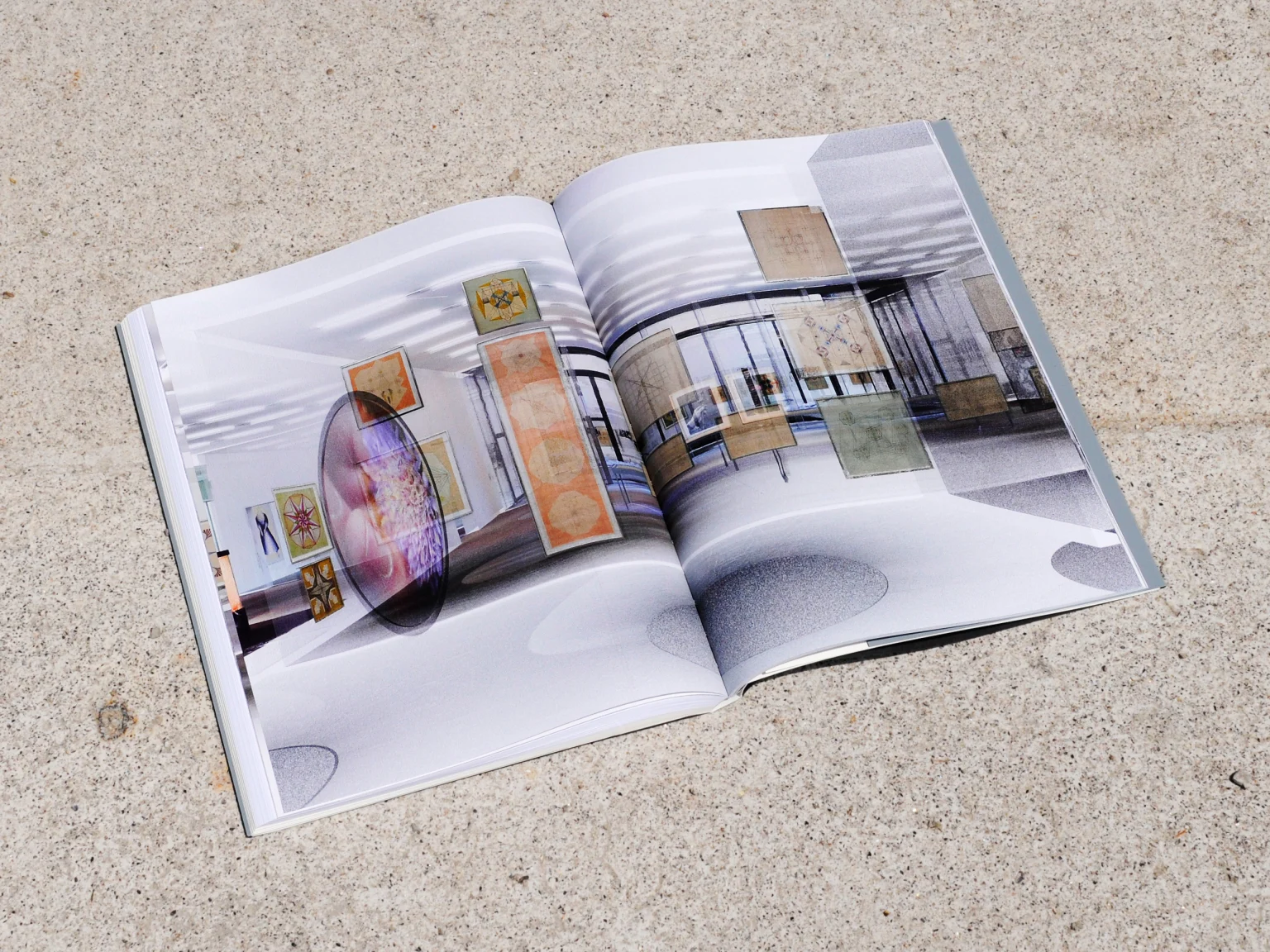
Kosmos Emma Kunz, exhibition catalogue for Aargauer Kunsthaus, Scheidegger & Spiess
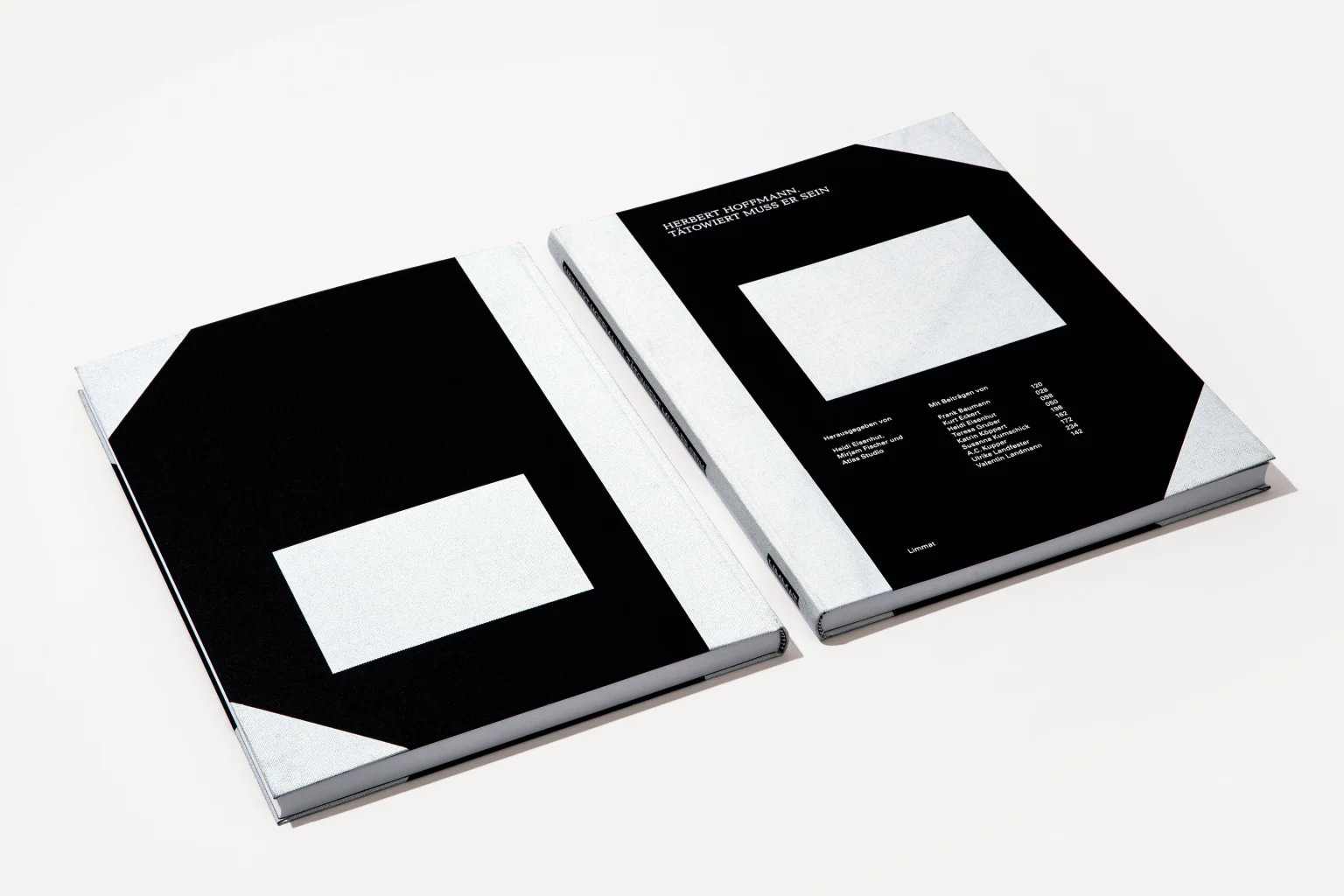
Herbert Hoffmann – Tätowiert muss er sein, co-edited with Mirjam Fischer and Heidi Eisenhut, Limmat Verlag
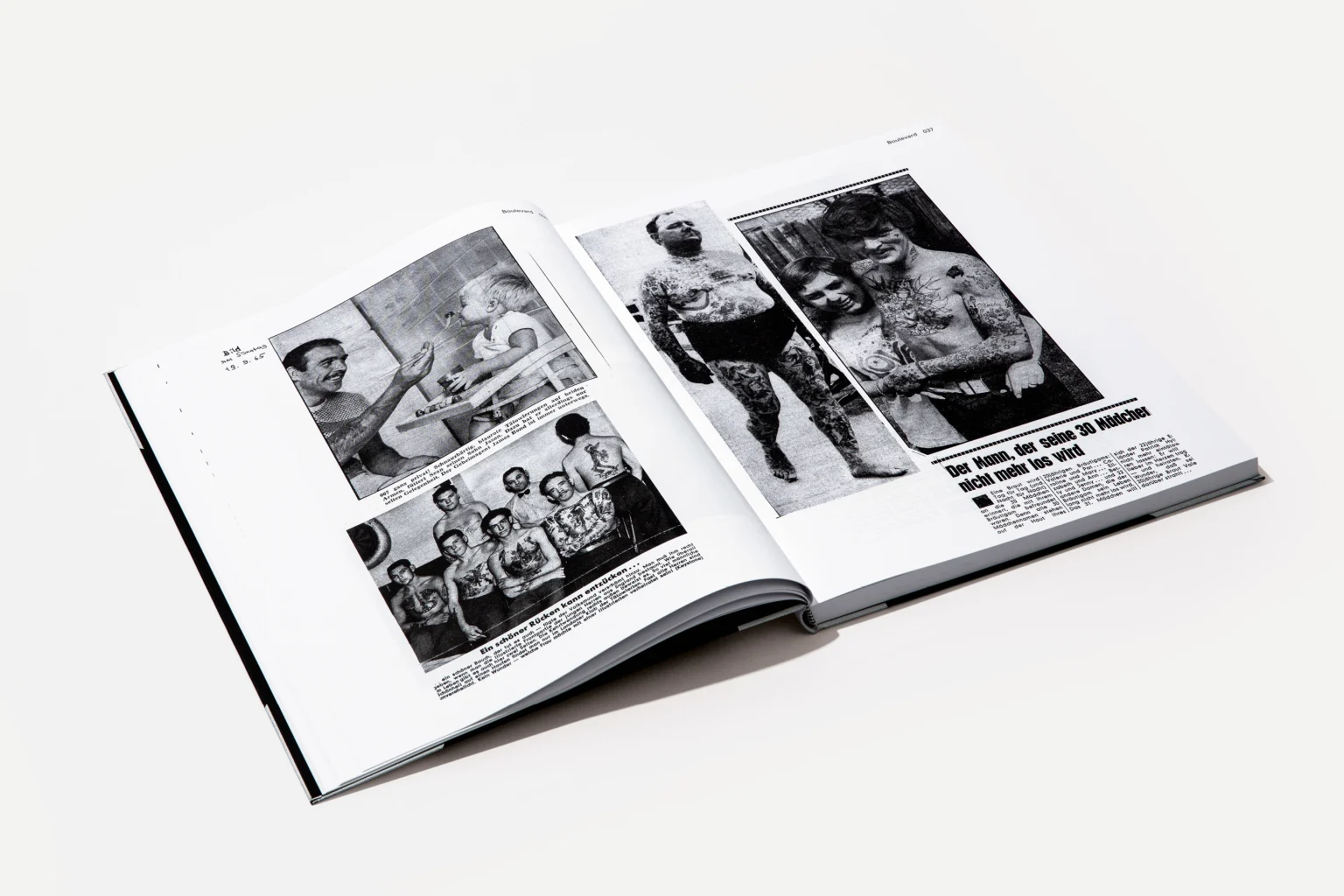
Herbert Hoffmann – Tätowiert muss er sein, co-edited with Mirjam Fischer and Heidi Eisenhut, Limmat Verlag
Mille pages, website and identity
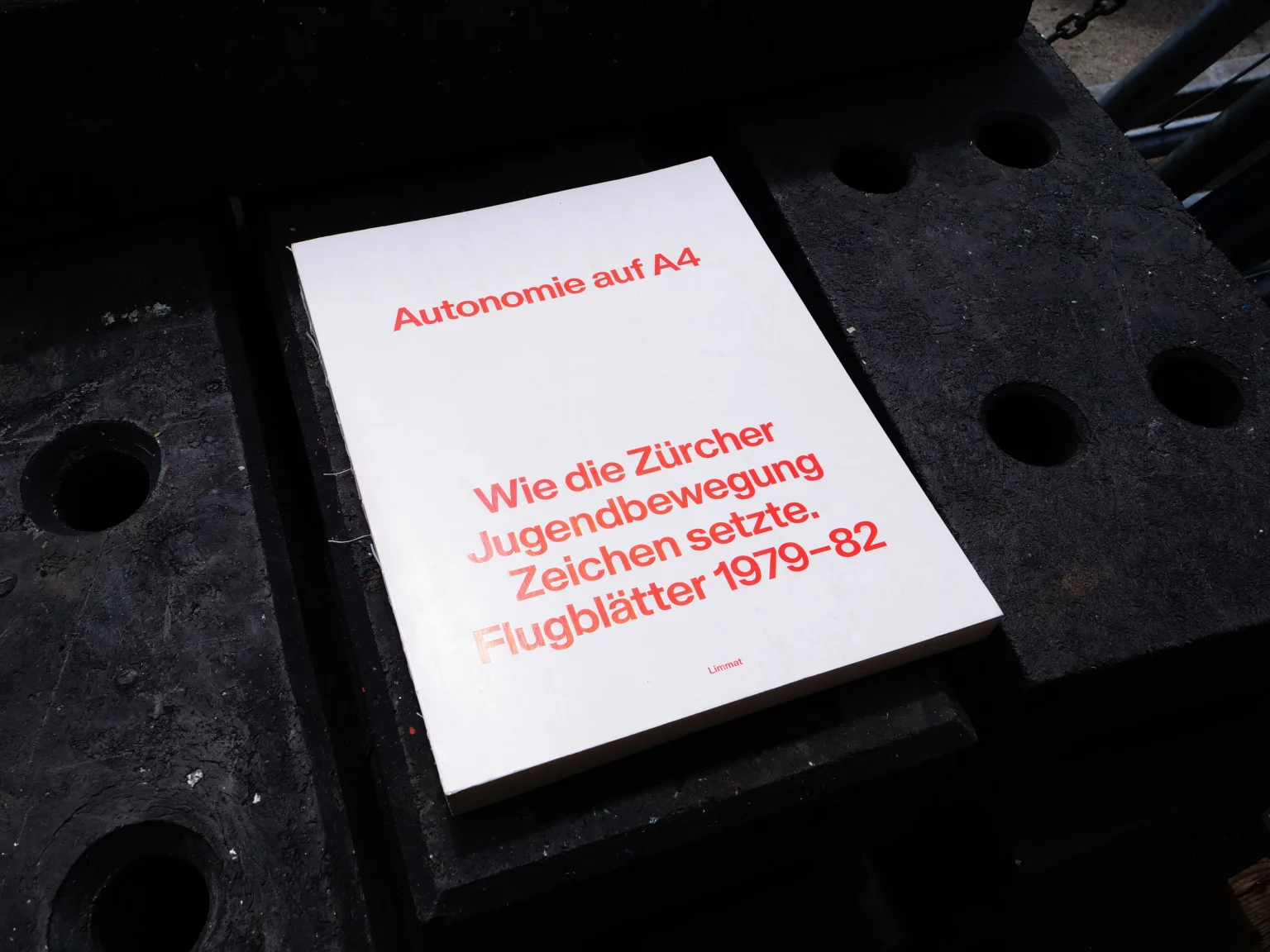
Autonomie auf A4—Wie die Zürcher Jugendbewegung Zeichen setzte. Flugblätter 1979–82, Limmat Verlag
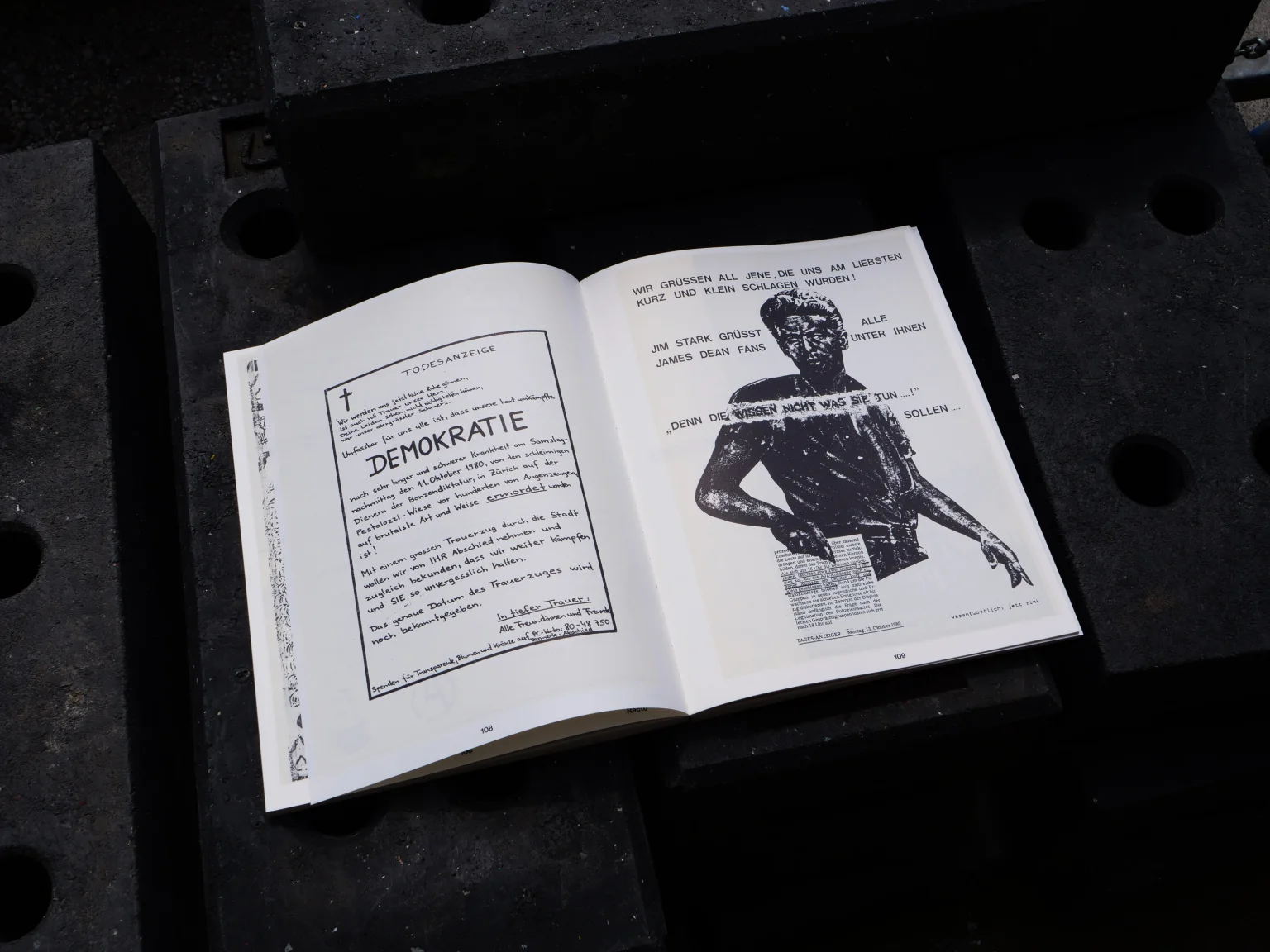
Autonomie auf A4—Wie die Zürcher Jugendbewegung Zeichen setzte. Flugblätter 1979–82, Limmat Verlag
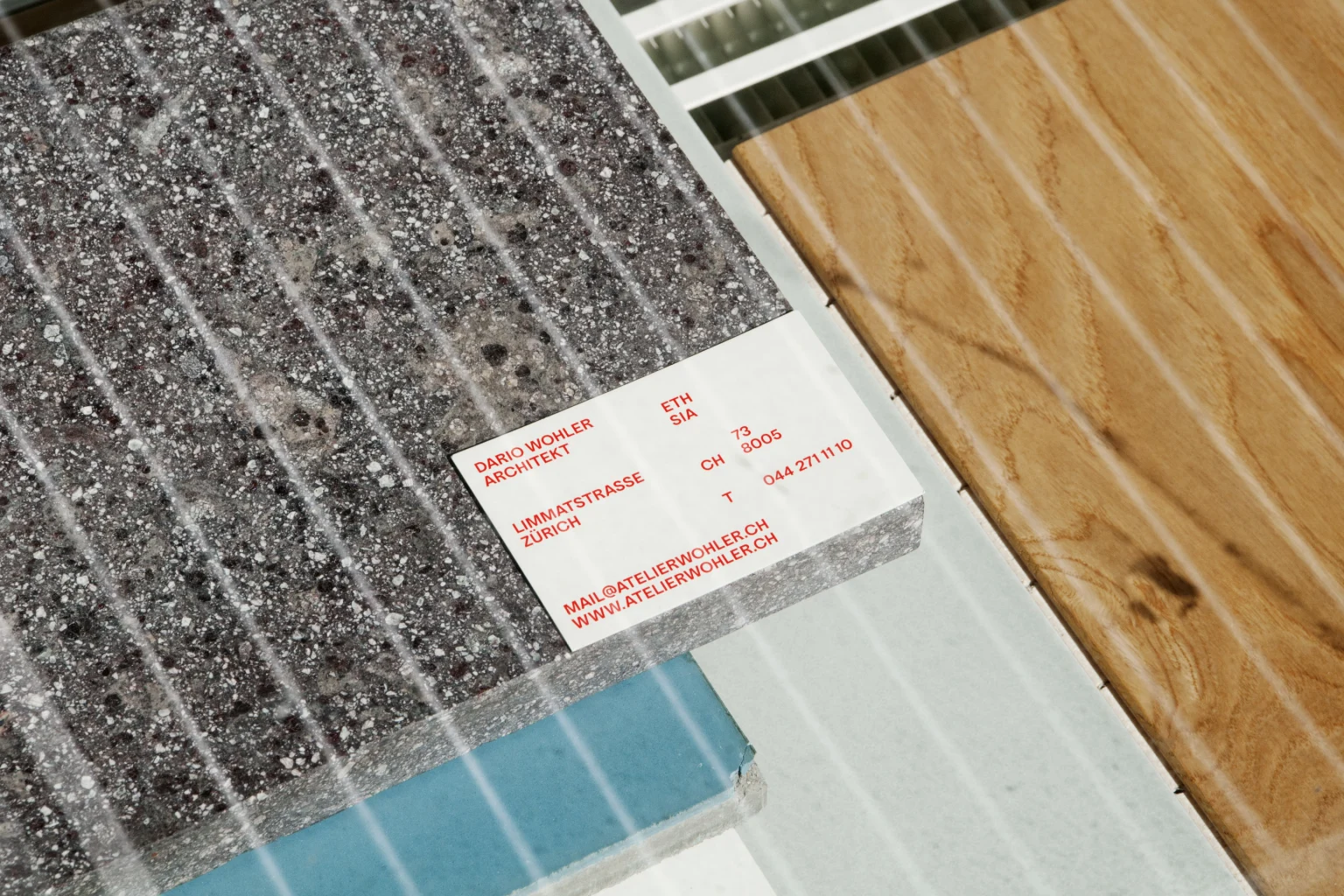
Dario Wohler Architects, visual identity and website
Dario Wohler Architects, visual identity and website
Dario Wohler Architects, visual identity and website
Dario Wohler Architects, visual identity and website
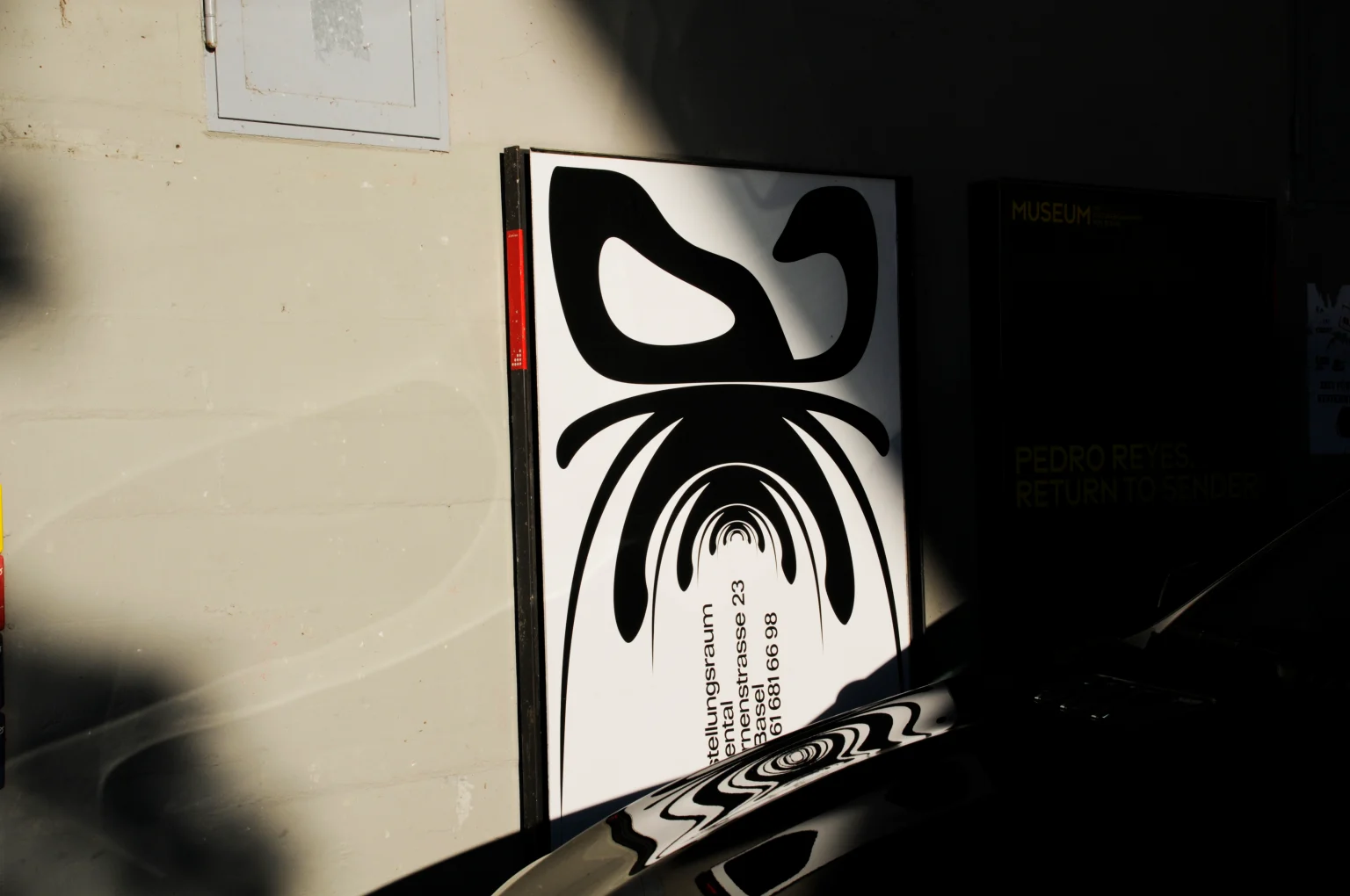
Ausstellungsraum Klingental, visual identity, printed matter and website
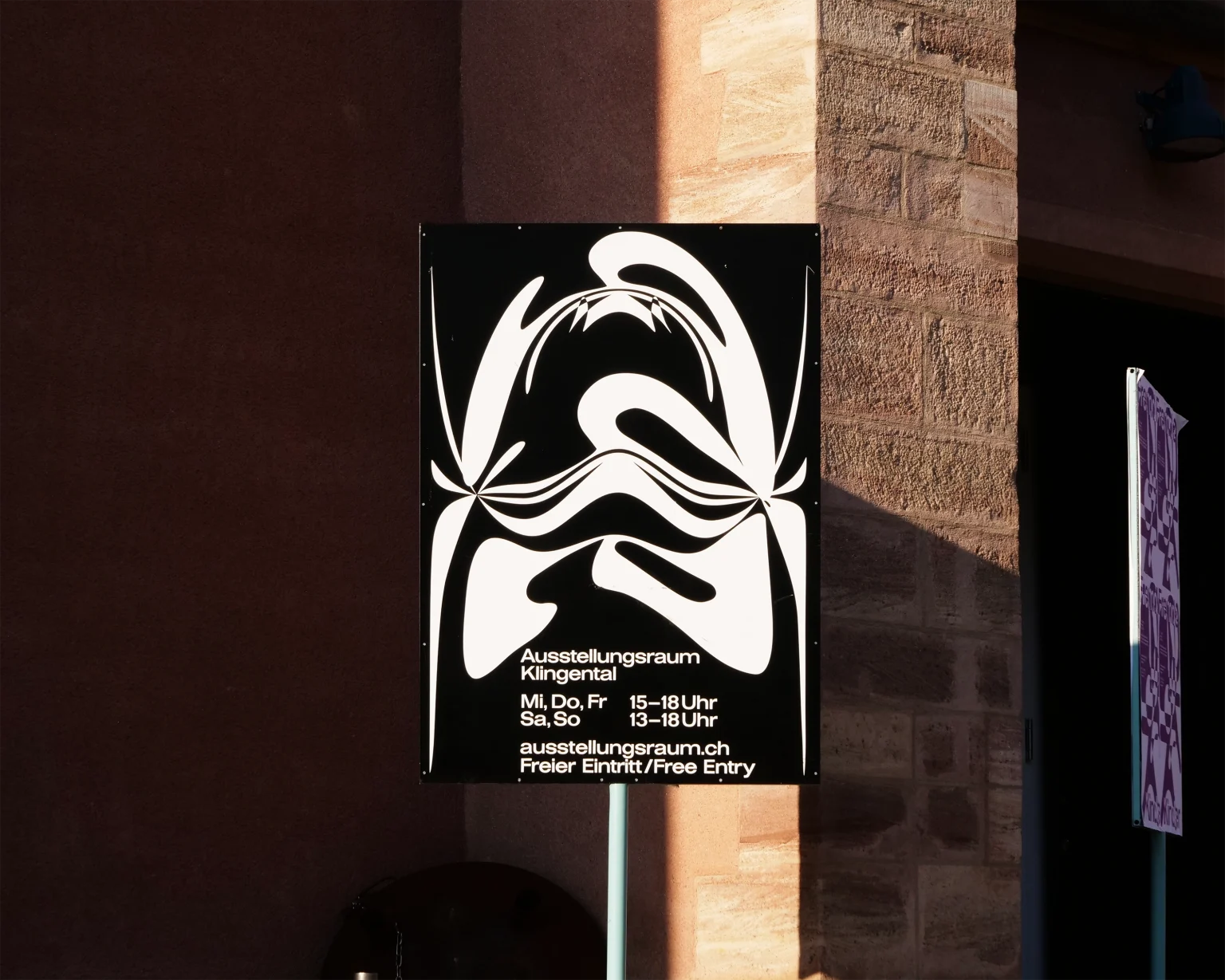
Ausstellungsraum Klingental, visual identity, printed matter and website
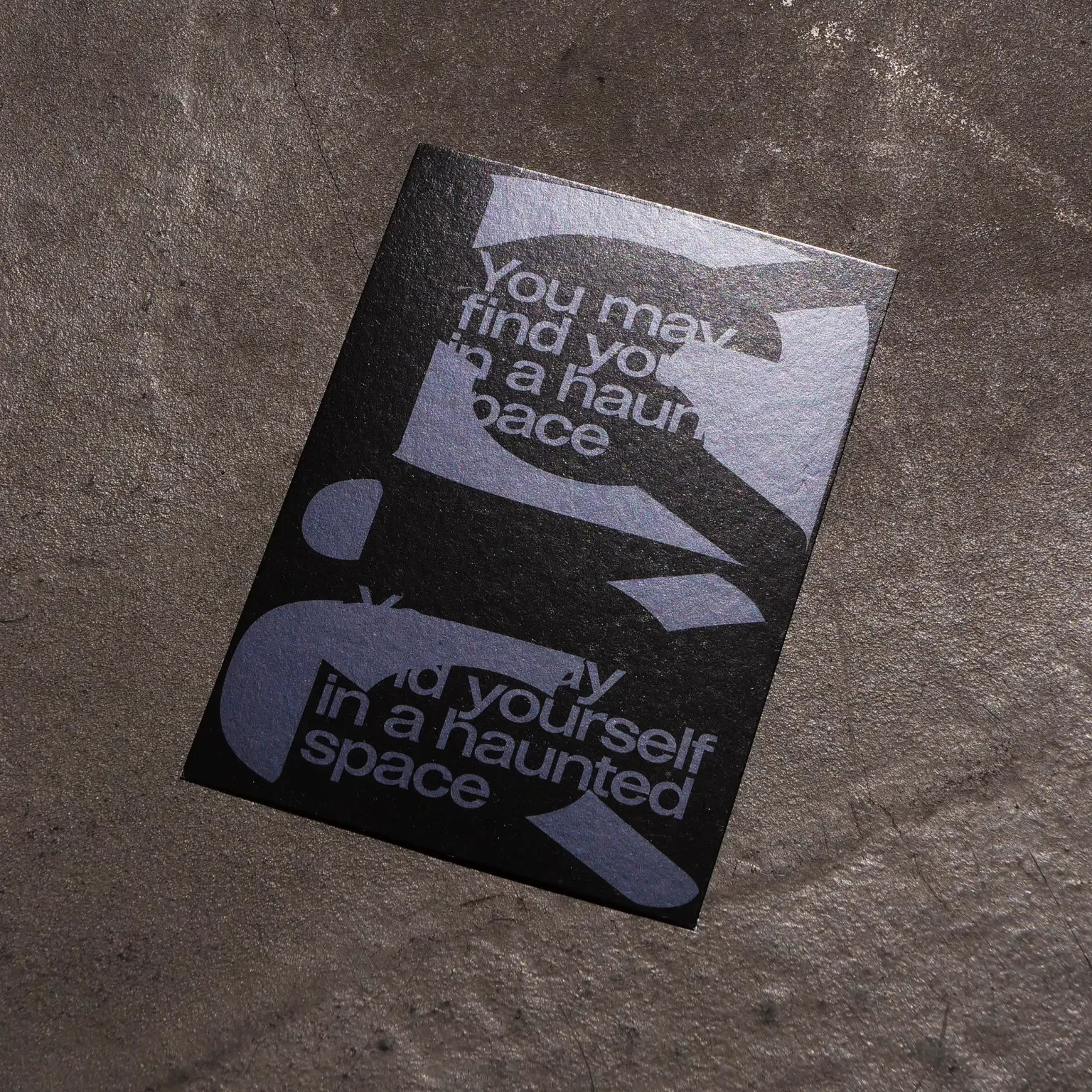
Ausstellungsraum Klingental, visual identity, printed matter and website
Ausstellungsraum Klingental, visual identity, printed matter and website
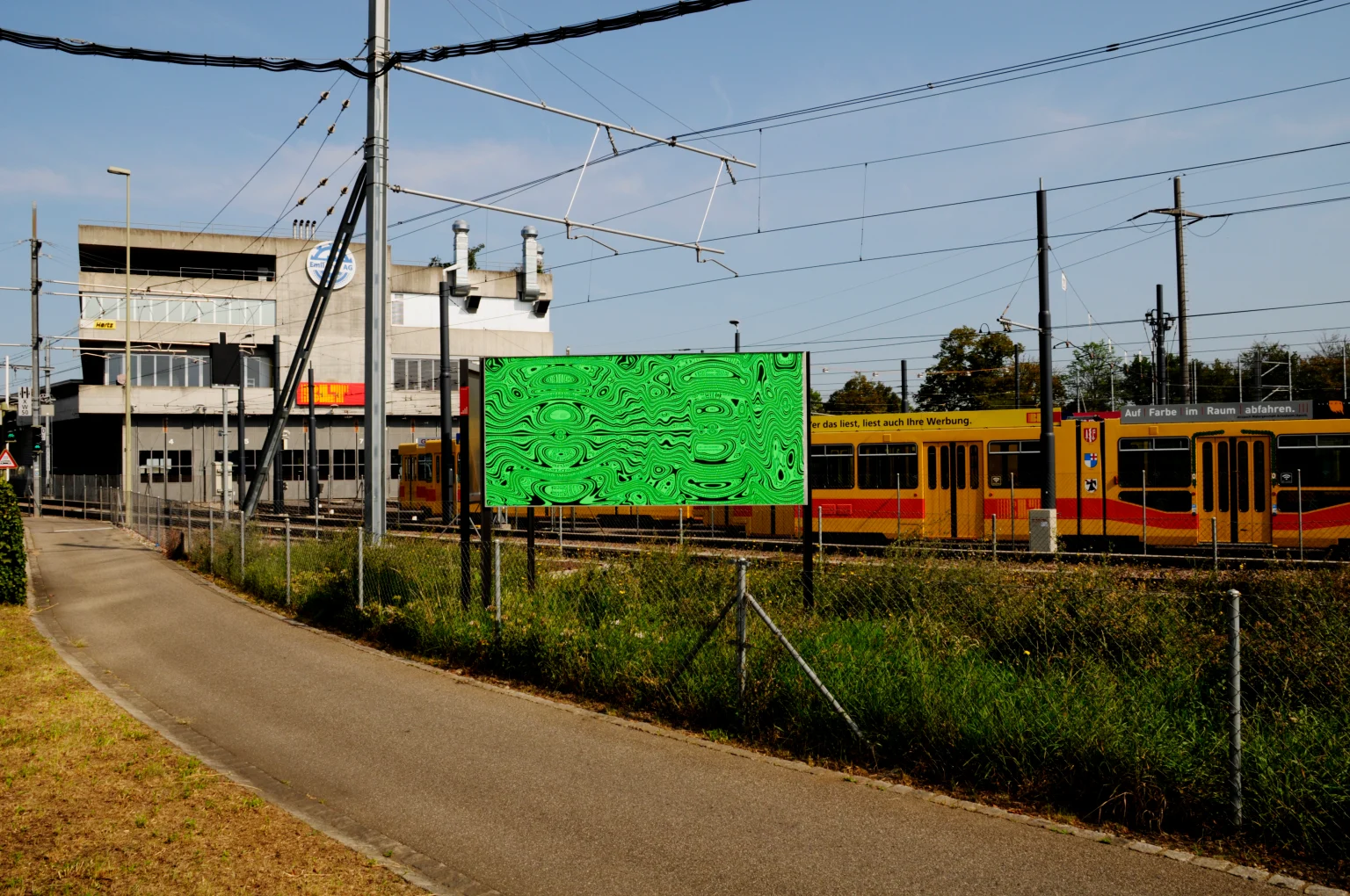
Swiss Art Awards 2020, visual identity and printed matter, Swiss Federal Office of Culture FOC
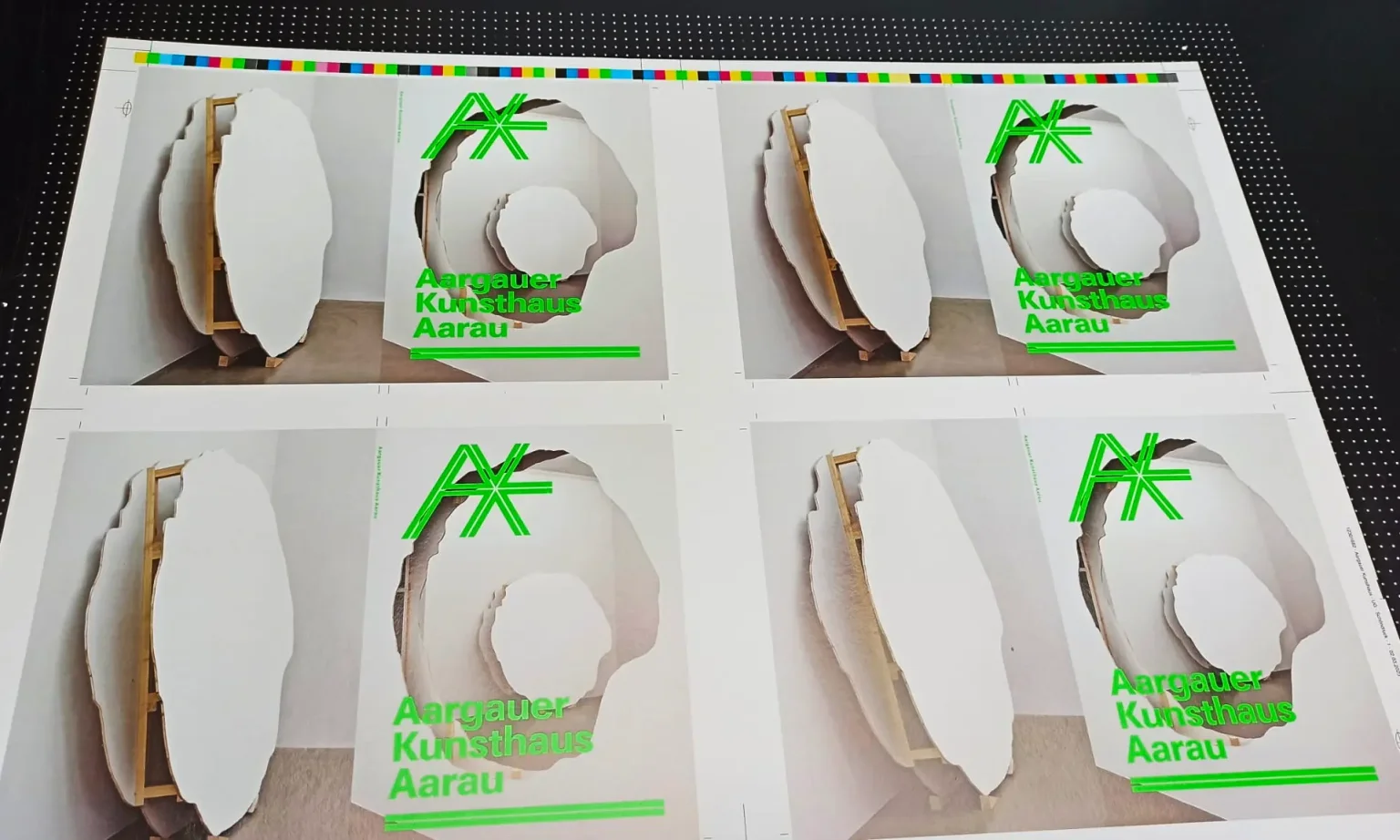
Aargauer Kunsthaus, visual identity and website
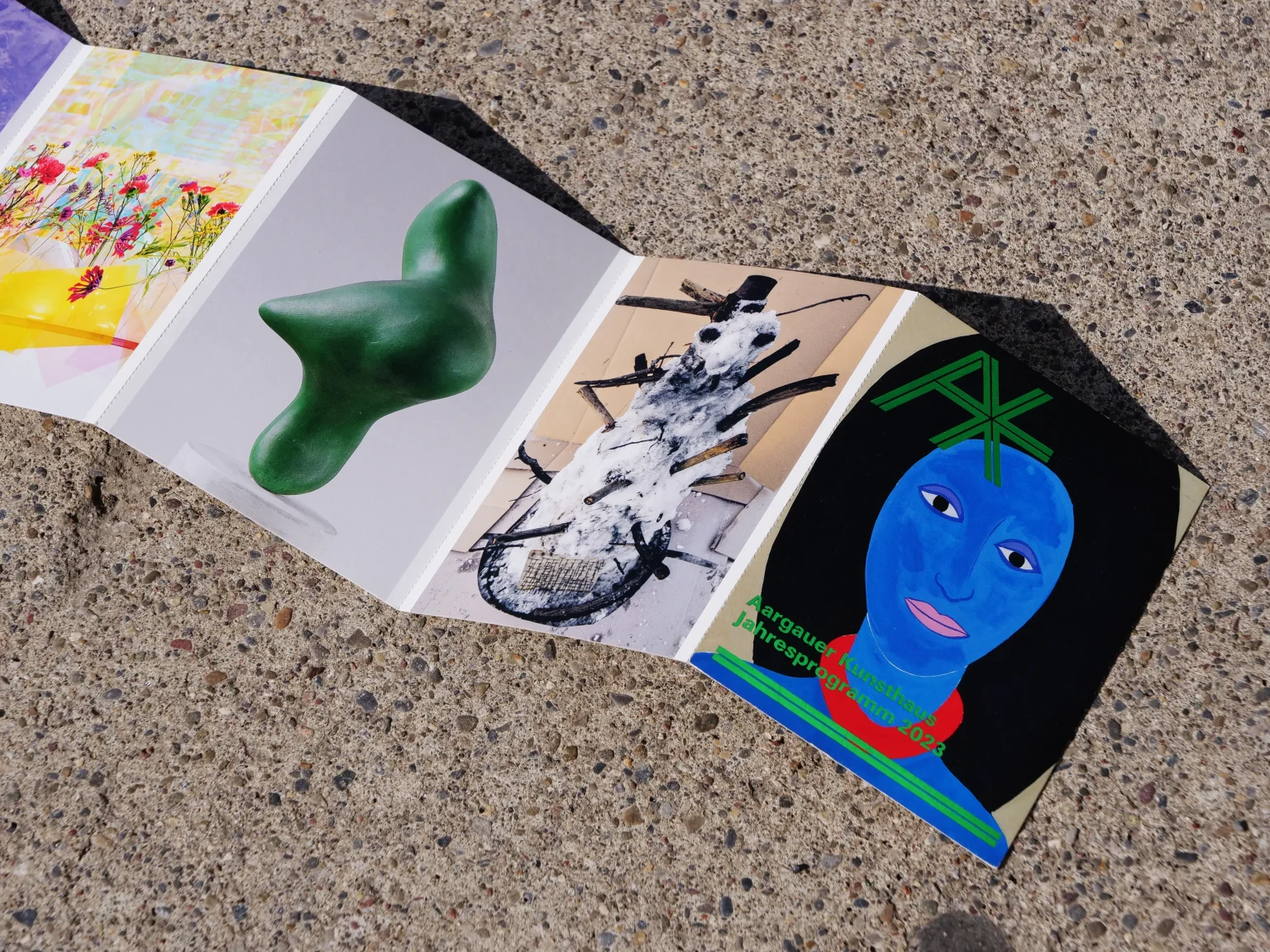
Aargauer Kunsthaus, visual identity and website
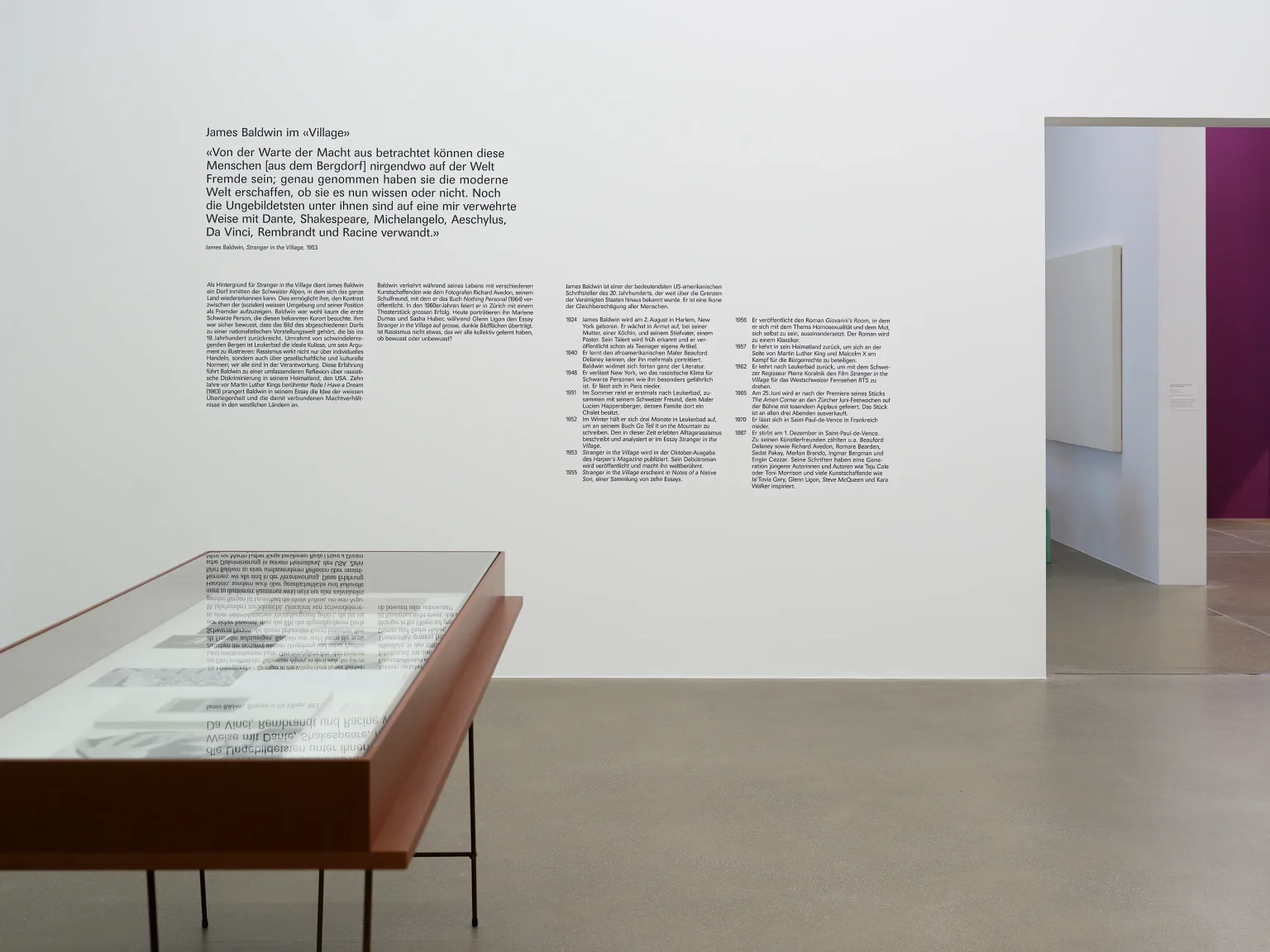
Aargauer Kunsthaus, visual identity and website
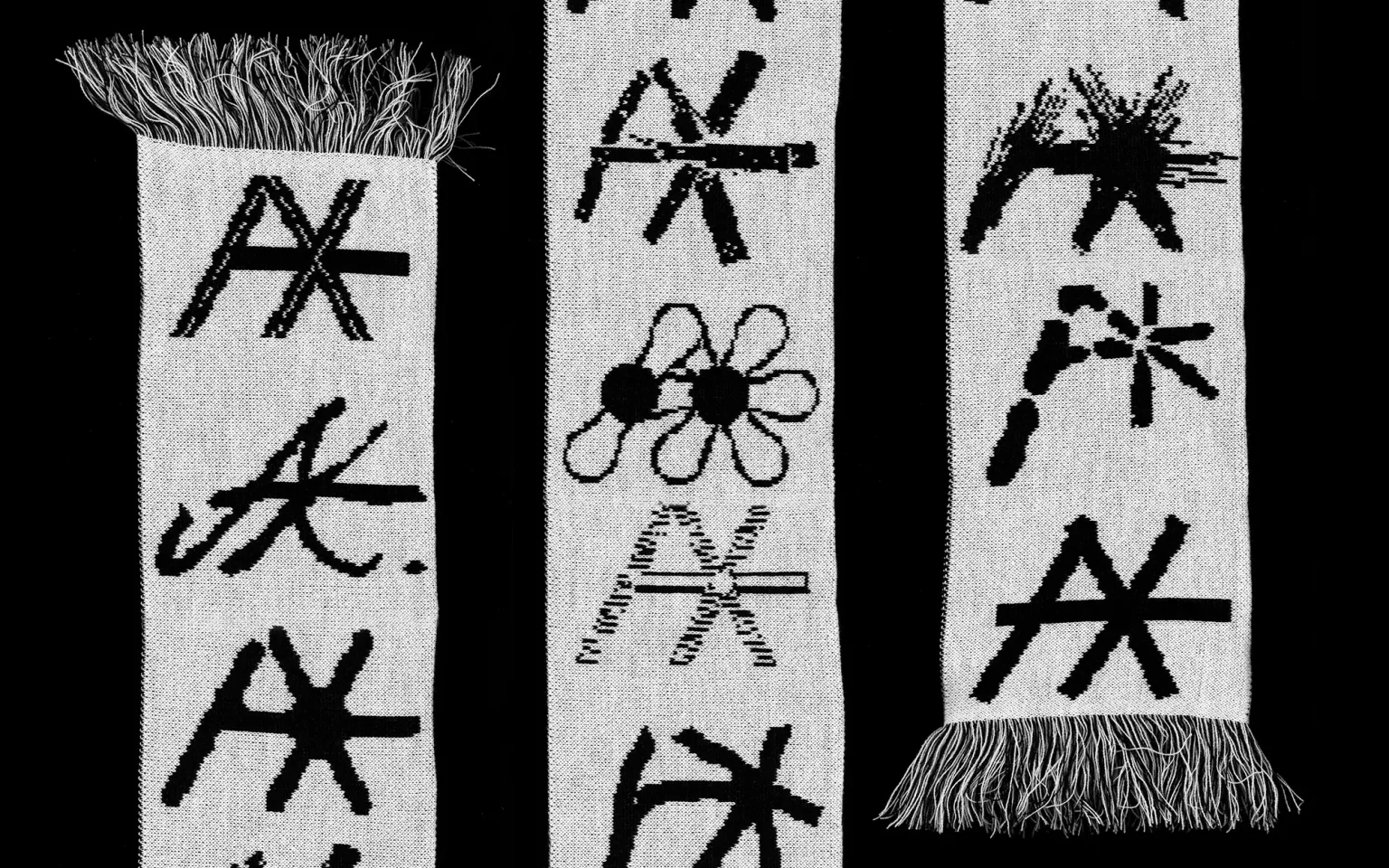
Aargauer Kunsthaus, visual identity and website
Aargauer Kunsthaus, visual identity and website
Studio Sintzel, visual identity and website
(read moreless)Programming Roger Burkard
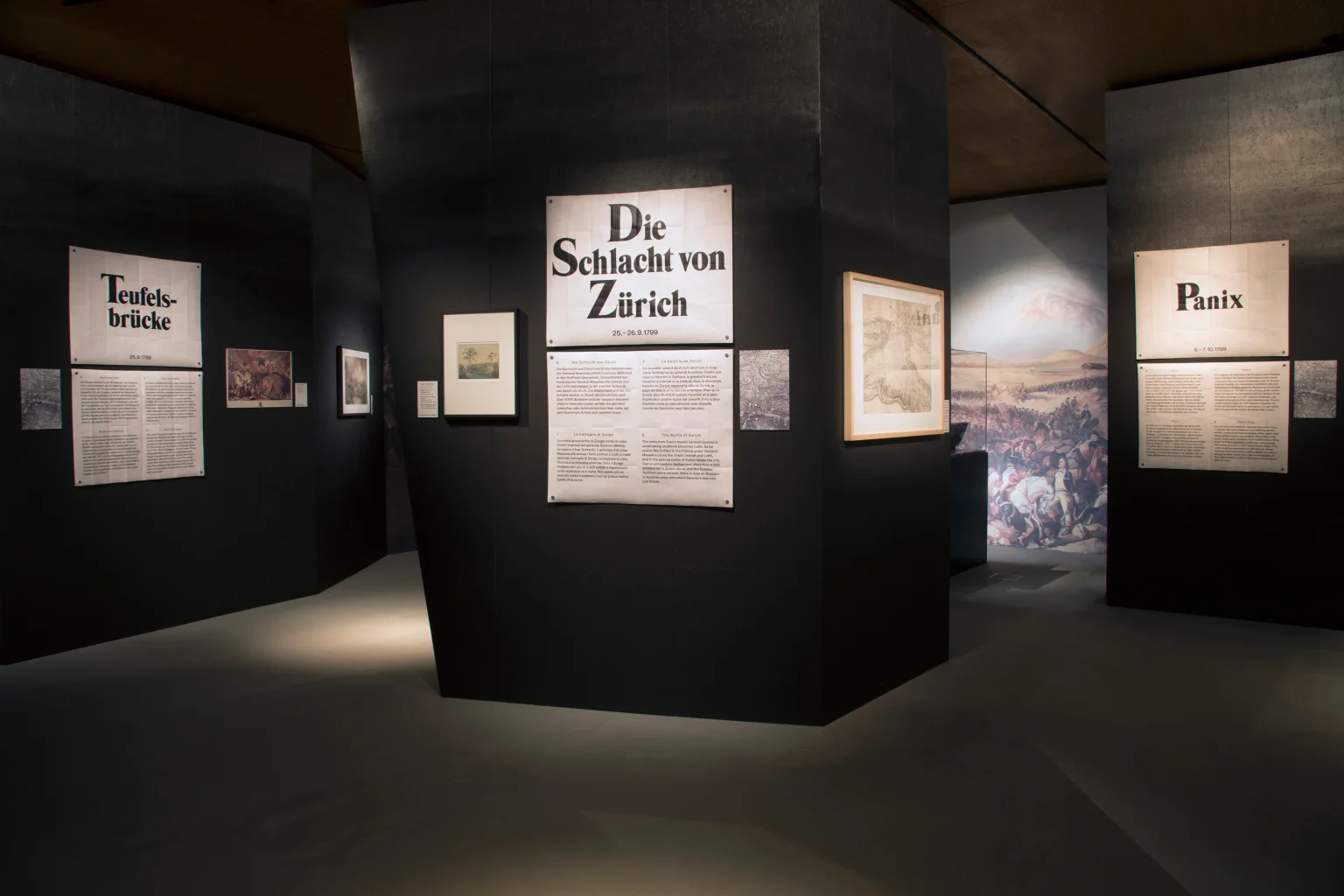
General Suvorov – Major Powers in the High Mountains, exhibition design, Forum Schweizer Geschichte
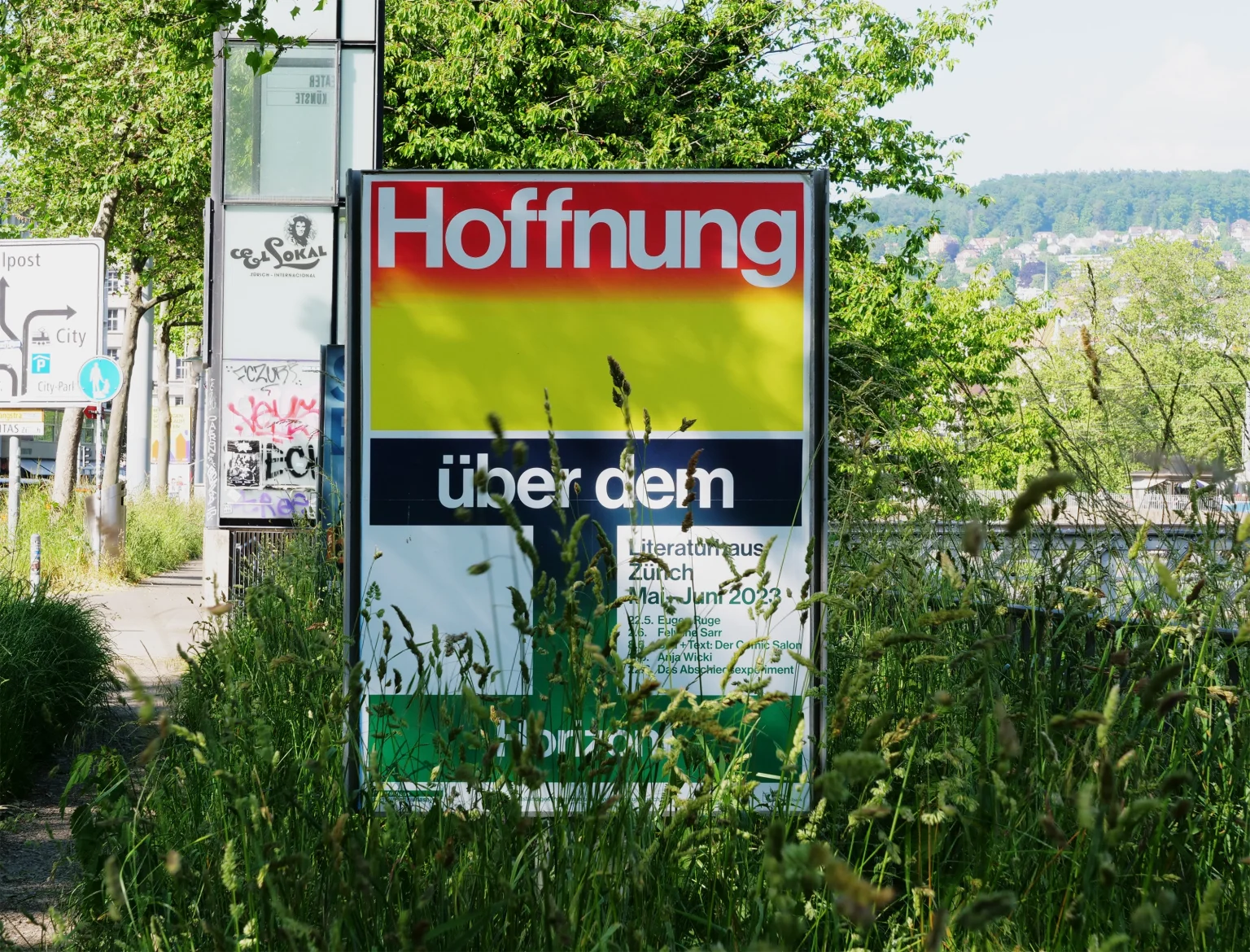
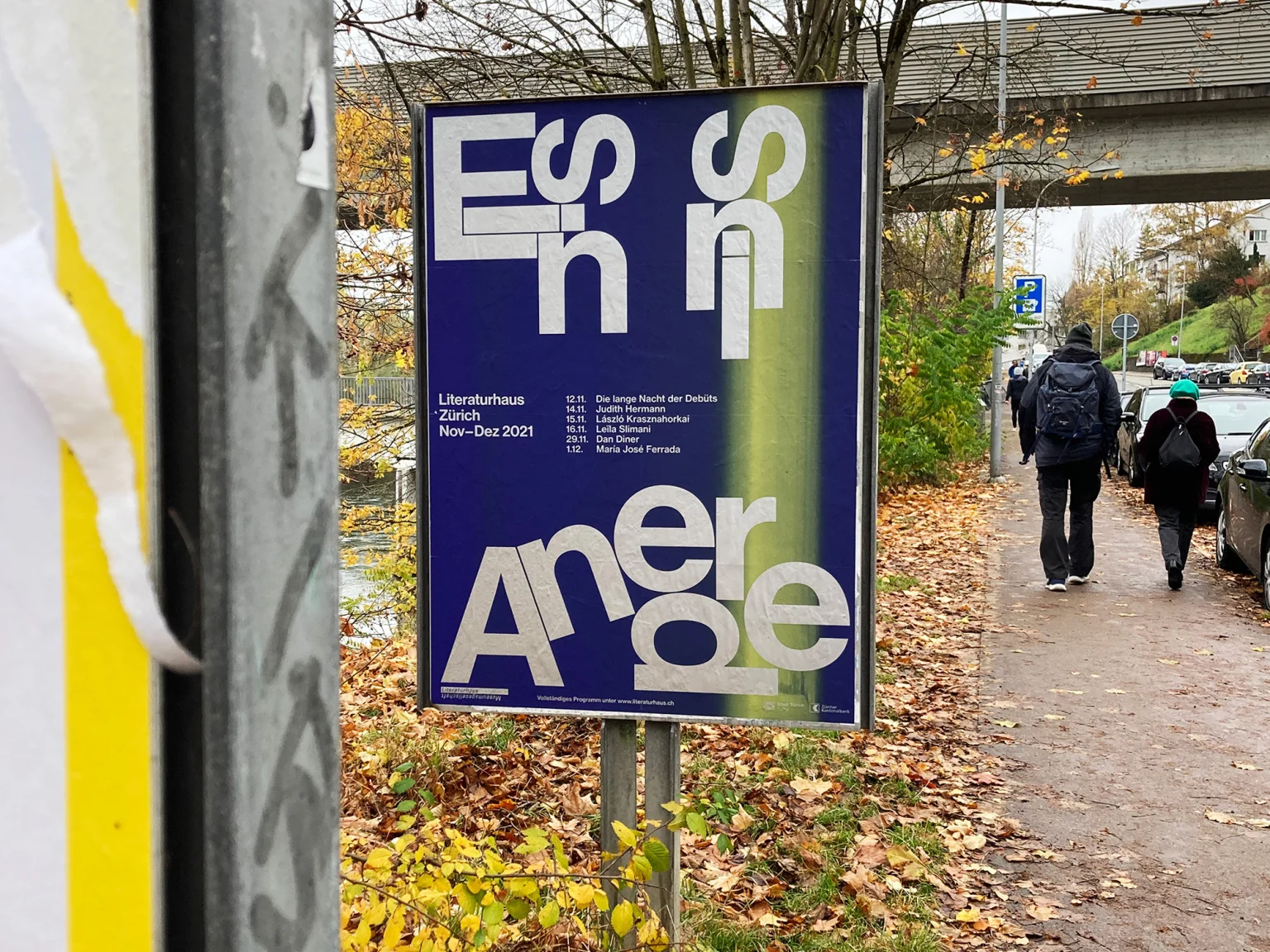
Literaturhaus Zürich, visual identity and printed matter
(read moreless)Founded in 1999, Literaturhaus Zurich is an institution promoting literature in a broad sense, hosting lectures, round table discussions, writing competitions and performative interventions. Language is at the center of both the program and the visual identity.
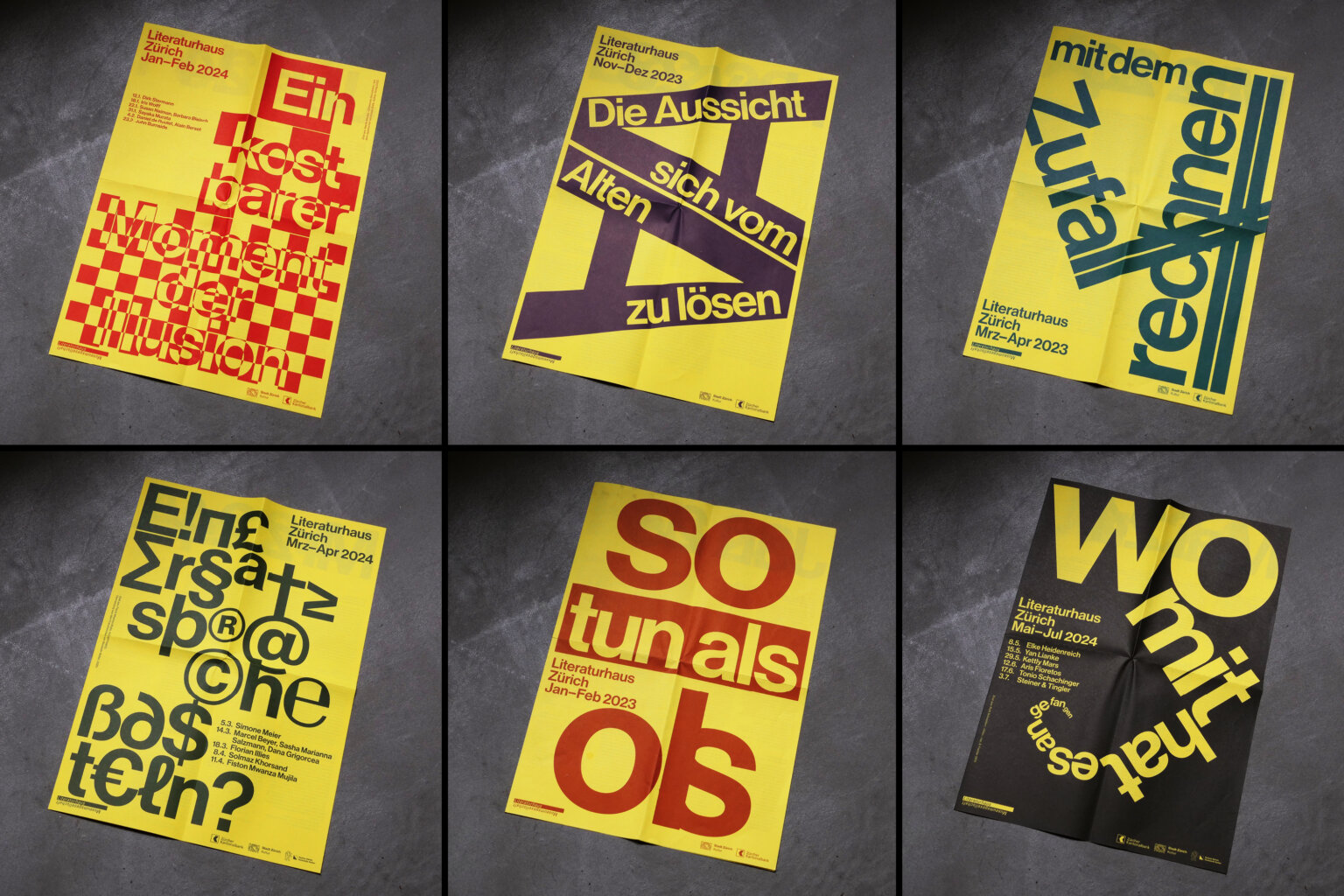
Literaturhaus Zürich, visual identity and printed matter
(read moreless)Founded in 1999, Literaturhaus Zurich is an institution promoting literature in a broad sense, hosting lectures, round table discussions, writing competitions and performative interventions. Language is at the center of both the program and the visual identity.
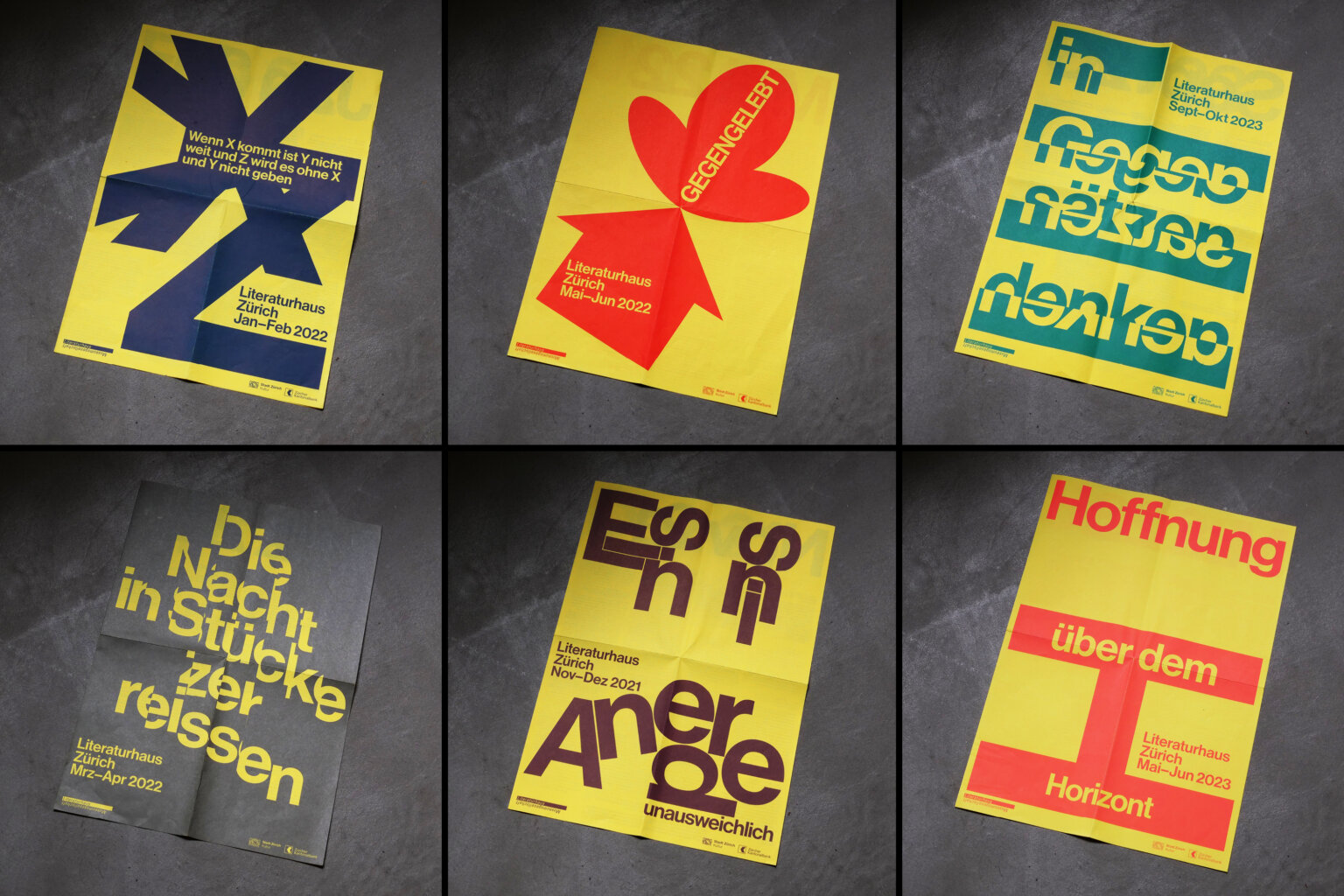
Literaturhaus Zürich, visual identity and printed matter
(read moreless)Founded in 1999, Literaturhaus Zurich is an institution promoting literature in a broad sense, hosting lectures, round table discussions, writing competitions and performative interventions. Language is at the center of both the program and the visual identity.
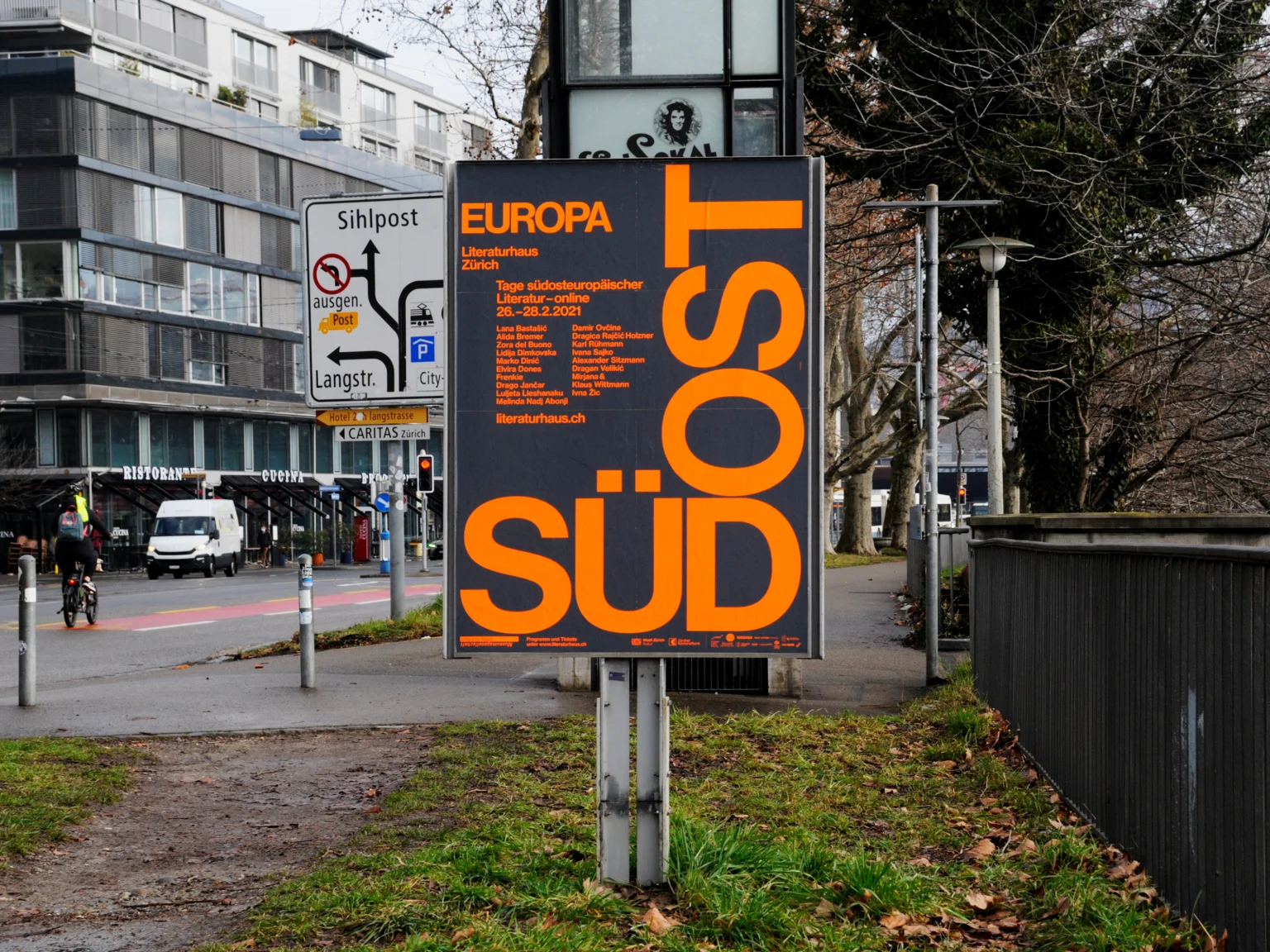
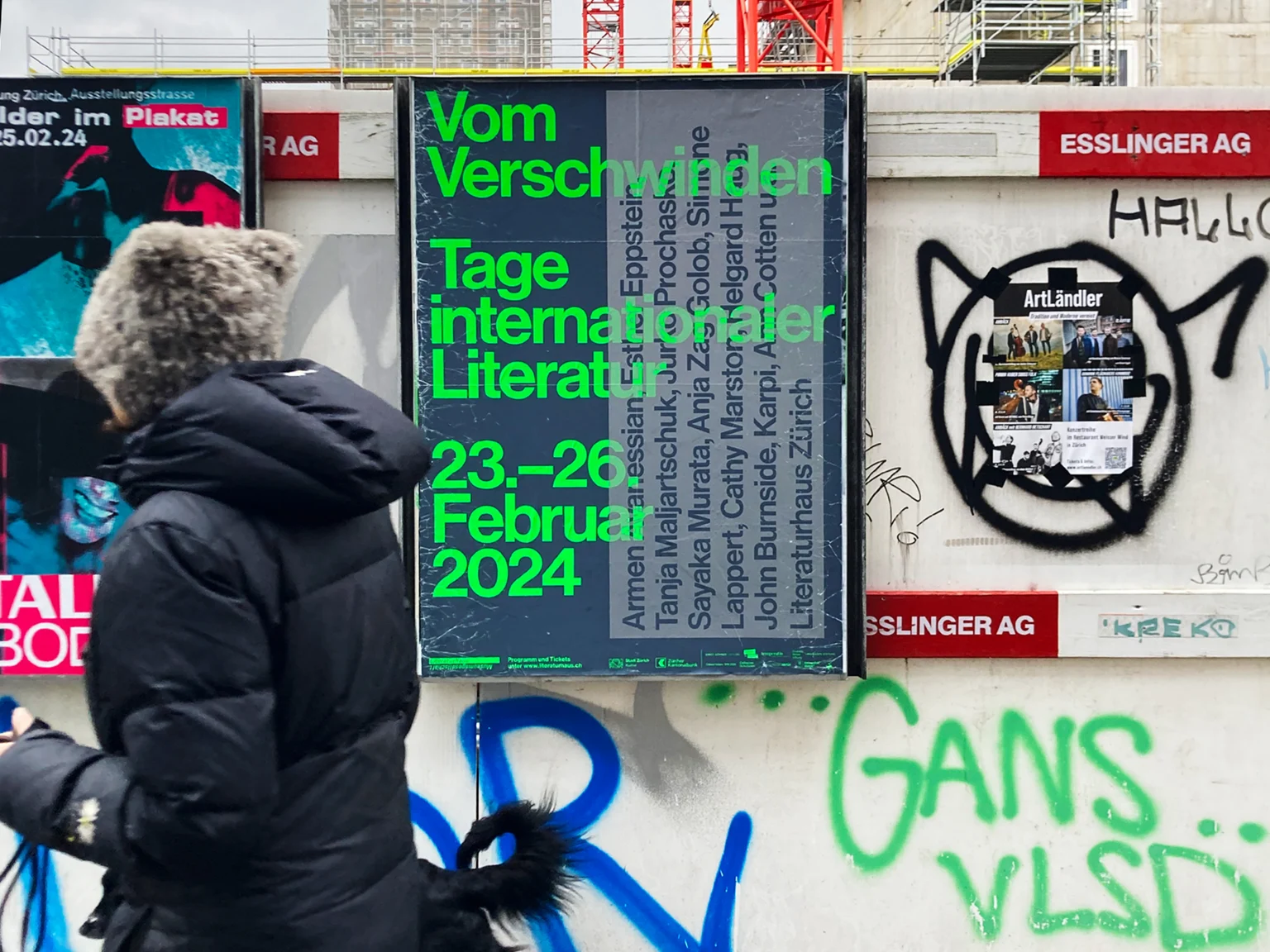
Literaturhaus Zürich, visual identity and printed matter
(read moreless)Founded in 1999, Literaturhaus Zurich is an institution promoting literature in a broad sense, hosting lectures, round table discussions, writing competitions and performative interventions. Language is at the center of both the program and the visual identity.
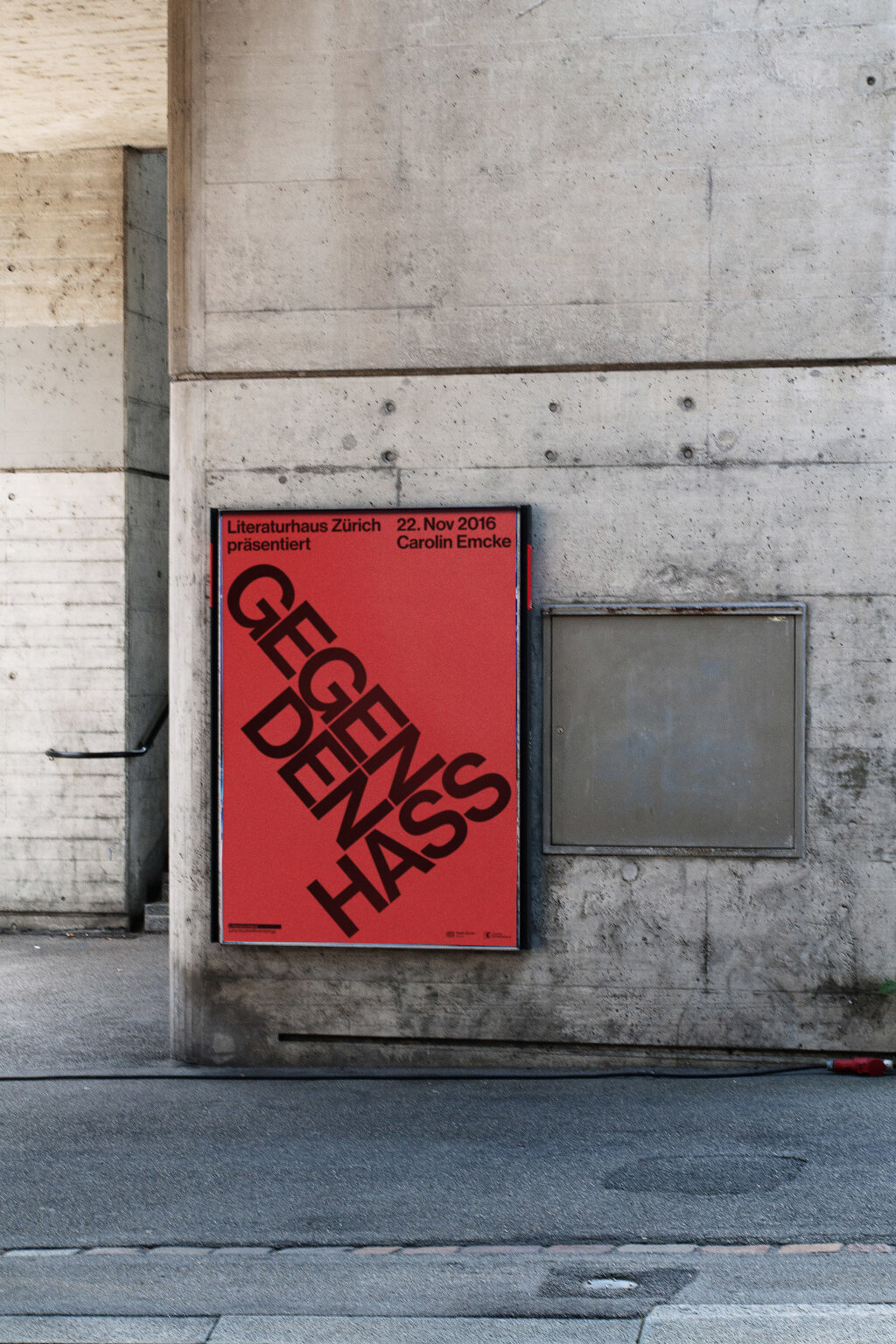
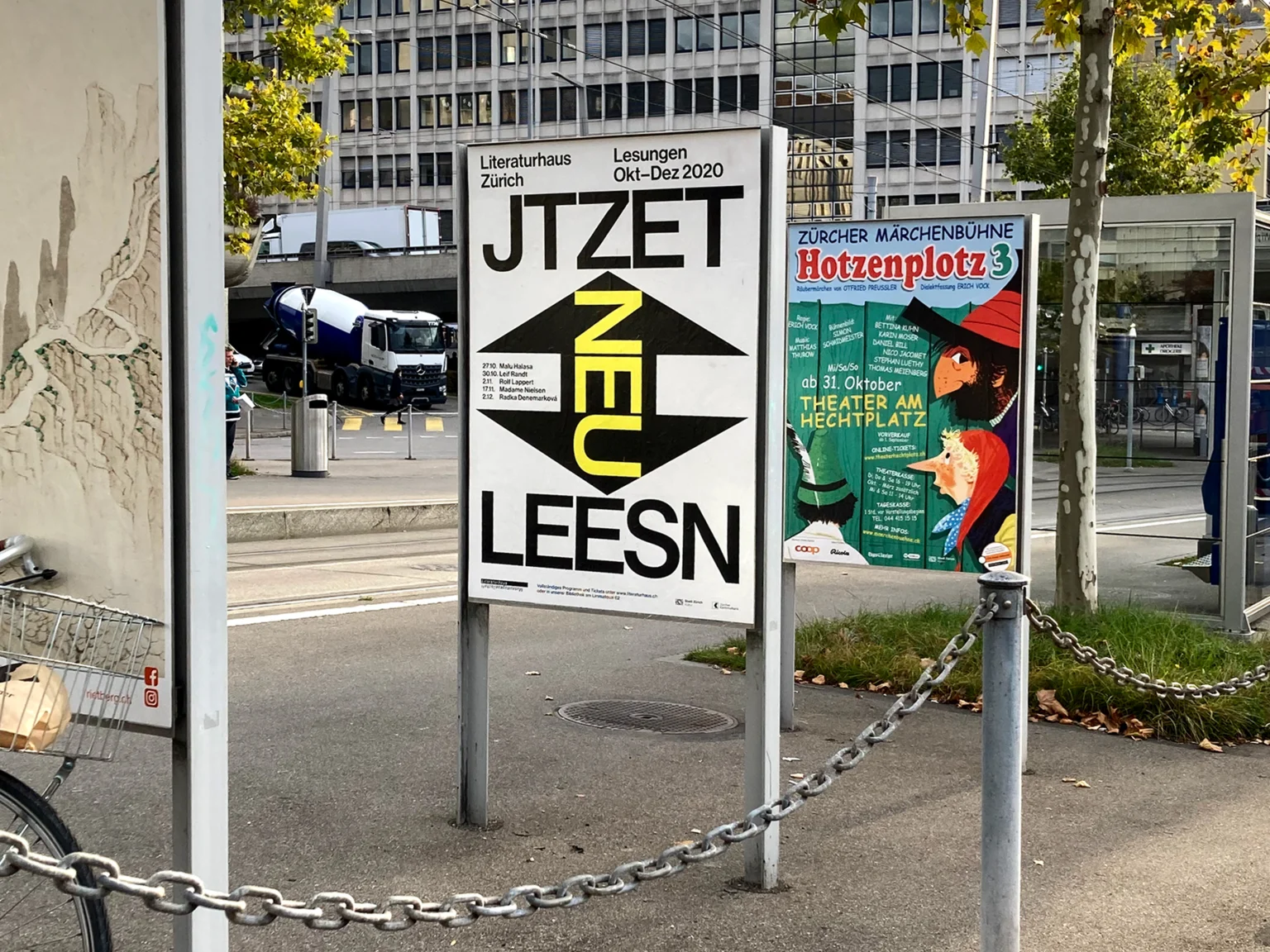
Literaturhaus Zürich, visual identity and printed matter
(read moreless)Founded in 1999, Literaturhaus Zurich is an institution promoting literature in a broad sense, hosting lectures, round table discussions, writing competitions and performative interventions. Language is at the center of both the program and the visual identity.
Founded in 2011, Atlas Studio is the collective graphic design practice of Martin Andereggen, Claudio Gasser and Jonas Wandeler. Rooted in the fields of arts and culture, the studio has continuously expanded its field of expertise, combining a print oriented background with new technologies, embracing the possibilities of the digital age. Atlas Studio sees analog and digital products as equal and is especially interested in creating powerful symbioses between all media.
Atlas Studio has been awarded in the competitions of the Most Beautiful Swiss Books, The Most Beautiful German Books, The Best Dutch Book Designs and the Best Book Design from all over the World for their excellence in book design. Furthermore they have received the Swiss Design Award from the Swiss Federal Office of Culture and have been designers in residence in New York and Tehran.
Atlas Studio, Zürich
Hohlstrasse 400
CH–8048 Zurich
info@atlasstudio.ch
+41 77 496 99 72
Atlas Studio, Basel
Klybeckstrasse 141/K024
CH–4057 Basel
info@atlasstudio.ch
Follow Atlas Studio on instagram
Teaching
Besides their common practice, members of Atlas Studio have been involved in several teaching activities over the years, including:
Visiting professors at the ECAL/Ecole cantonale d’art de Lausanne (2012–2022), ZHdK/Zurich University of the Arts (2016–2020) and HSLU/Lucerne University of Applied Sciences and Arts (ongoing)
Workshops at A School, A Park summer school/Montreal, Bezalel Academy of Arts and Design/Jerusalem, ECAL/Ecole cantonale d’art de Lausanne, F+F Schule für Design und Kunst/Zurich, HyperWerk/University of Applied Sciences and Arts/Basel, ZHdK/Zurich University of the Arts.
Lectures at Bezalel Academy of Arts and Design/Jerusalem, International Design School/St. Petersburg, Nabshi Center/Teheran, Parsons School of Design/New York, Centre Culturel Suisse/Paris, Redo Design Conference/Pristina, Yale University/New Haven, ECAL/Ecole cantonale d’art de Lausanne, F+F Schule für Design und Kunst/Zurich, ZhdK/Zurich University of the Arts.
Selected Clients
Aargauer Kunsthaus, Annex14, Ausstellungsraum Klingental, Dario Wohler Architektur, Denkstatt, Eloise C. Baumann Architektur, Felippi Wissen Architekten, Galerie Tschudi, Gallery Bob van Orsouw, Giuliani/Hönger Architekten, Helmhaus Zurich, HyperWerk Basel, ILA–Institute for Landscape Architecture ETH, Kodoji Press, Kunsthalle Basel, Kunsthalle Baselland, Kunstverein Zürich, Lillit Bolliger Architektin, Limmat Verlag, Literaturhaus Zürich, Made In Architects, Merve Verlag, Mille Pages, Müller Mantel Architekten, Neil Logan architect, One Person Cinema, Ortreport, Park Books, Peter Bichsel Fine Books, Pro Helvetia Arts Council Warsaw, Random Institute, Rote Fabrik, Rupf-Stiftung, Scheidegger & Spiess, Stiller Projects, Studio Sintzel, Swiss Federal Office of Culture FOC, Swissnex San Francisco, Tichy Ocean, Tonverein Bad Bonn, USM Haller, Wallimann Reichen Architektur, Winogrond Landscape Architecture, Xenix, Zirkular, Zurich University of the Arts.
Open positions
We do not hire additional graphic designers, nor are we able to offer internships on a regular basis. If you would like to share your work, please feel free to send us a PDF by email, but keep in mind we will most likely not be able to respond to your requests.
Former collaborators
Janosch Perler, Vera Mattmann, Clemens Piontek, Clio Hadjgeorgiou, Timo Tiffert, Nathan Meyer
Imprint
© for all images and texts by Atlas Studio, 2011–2025
